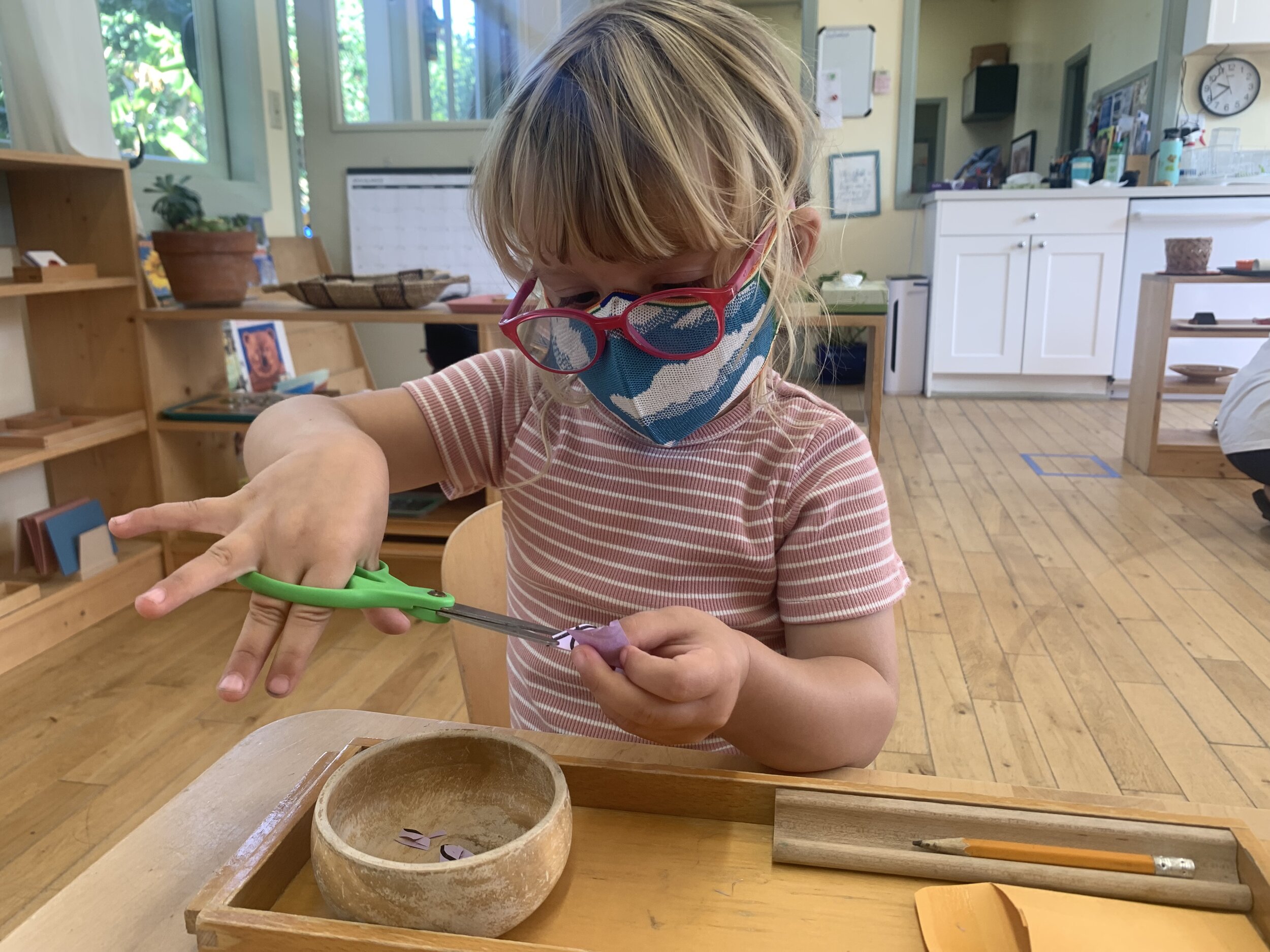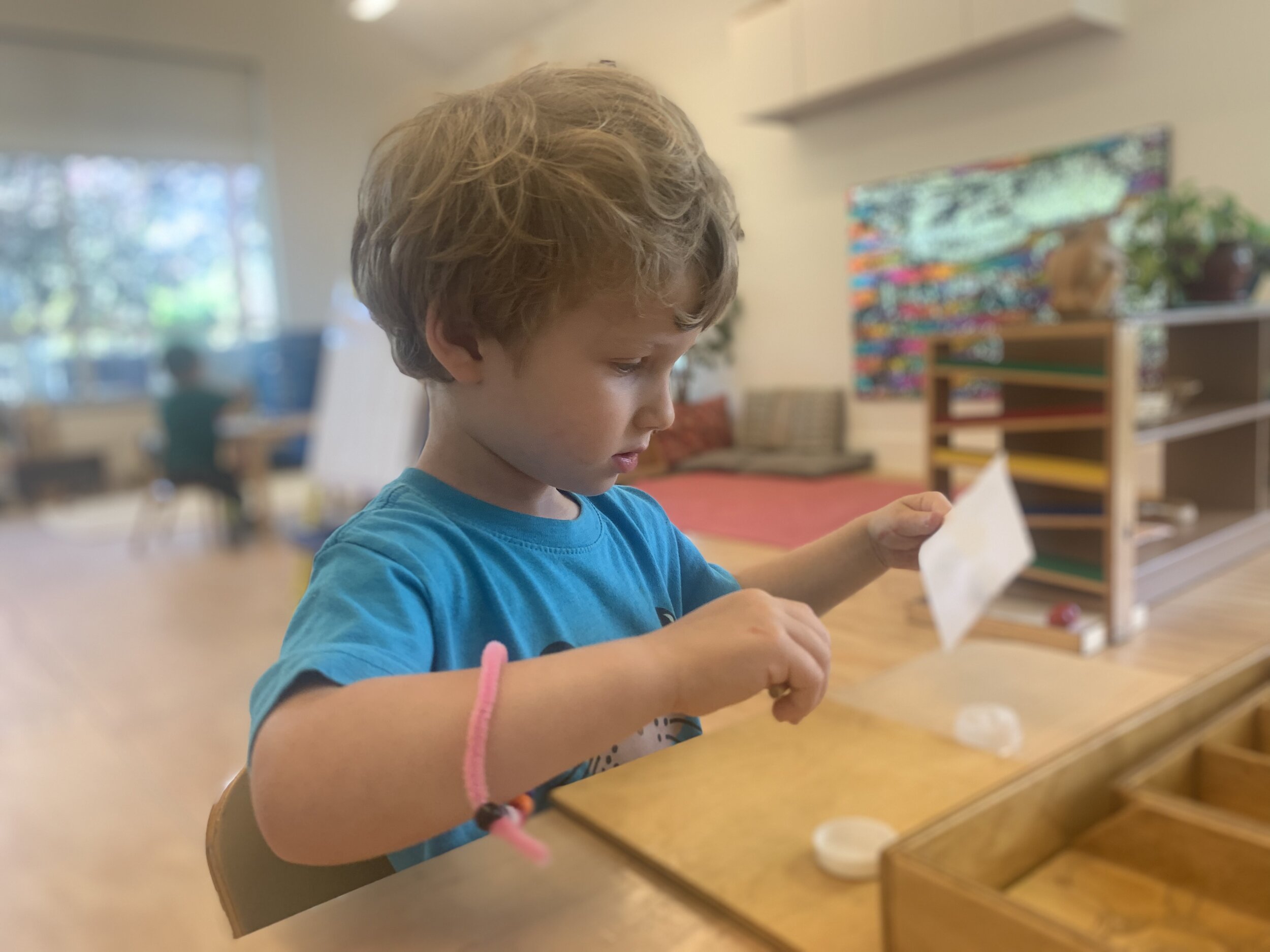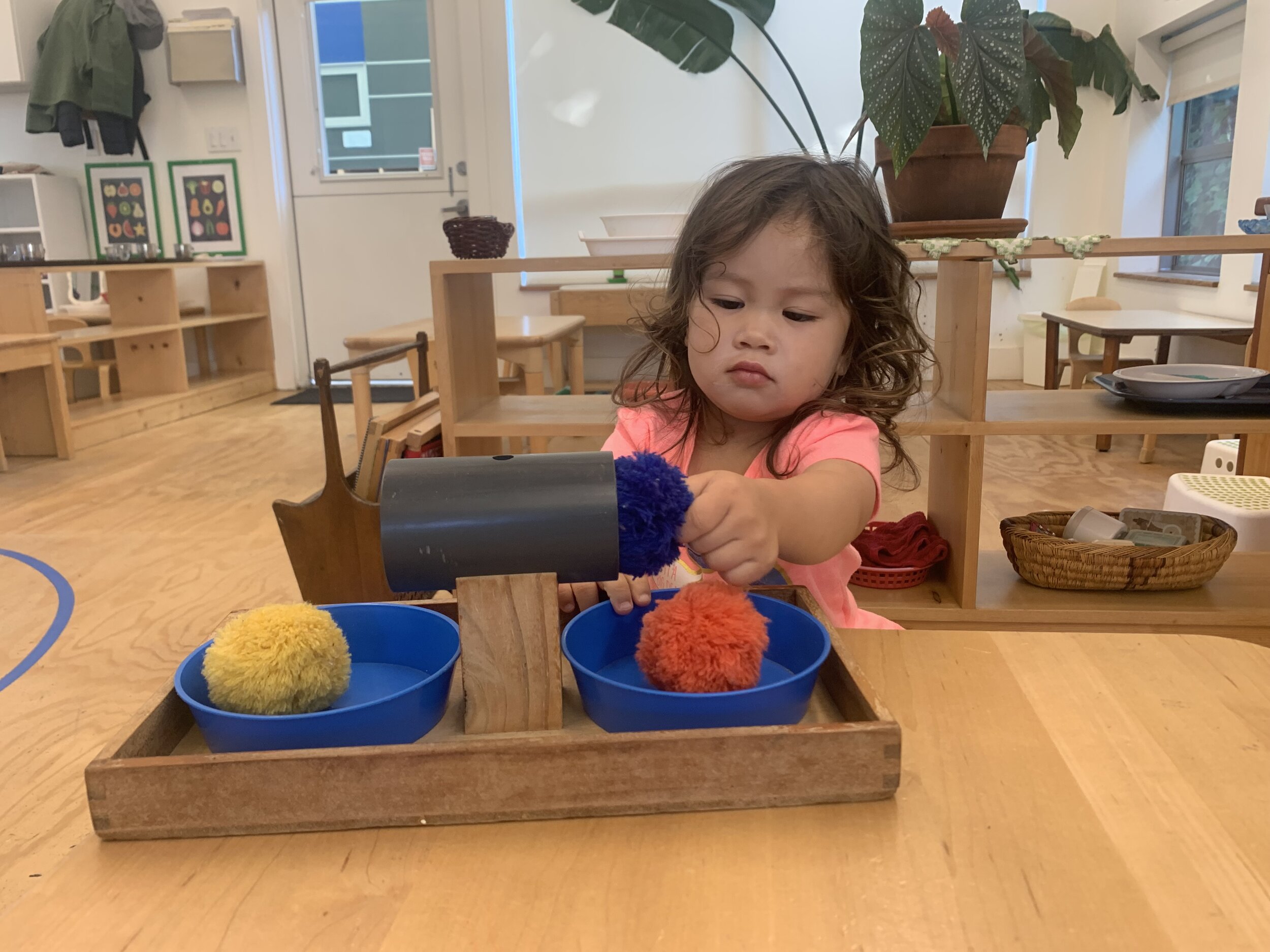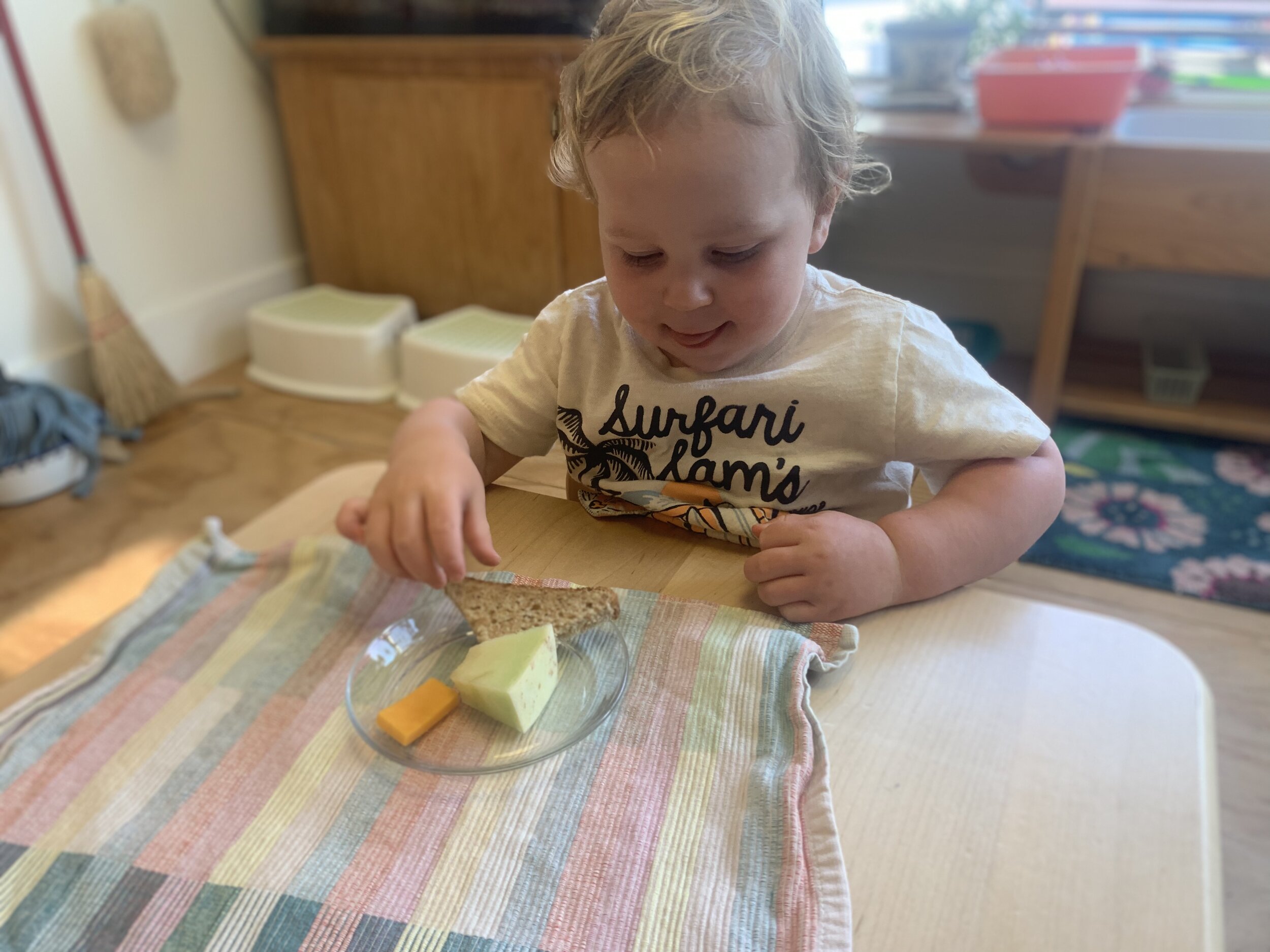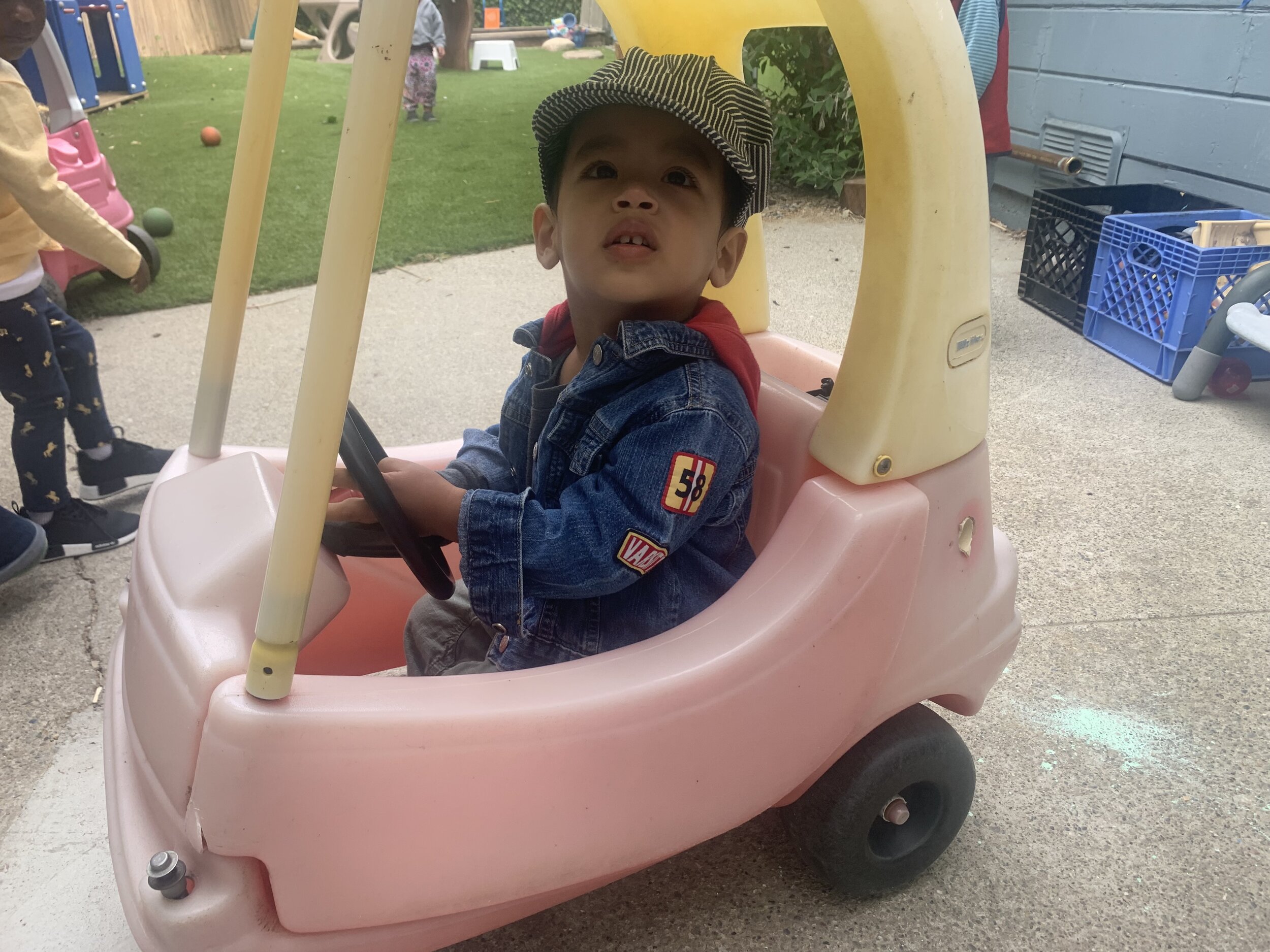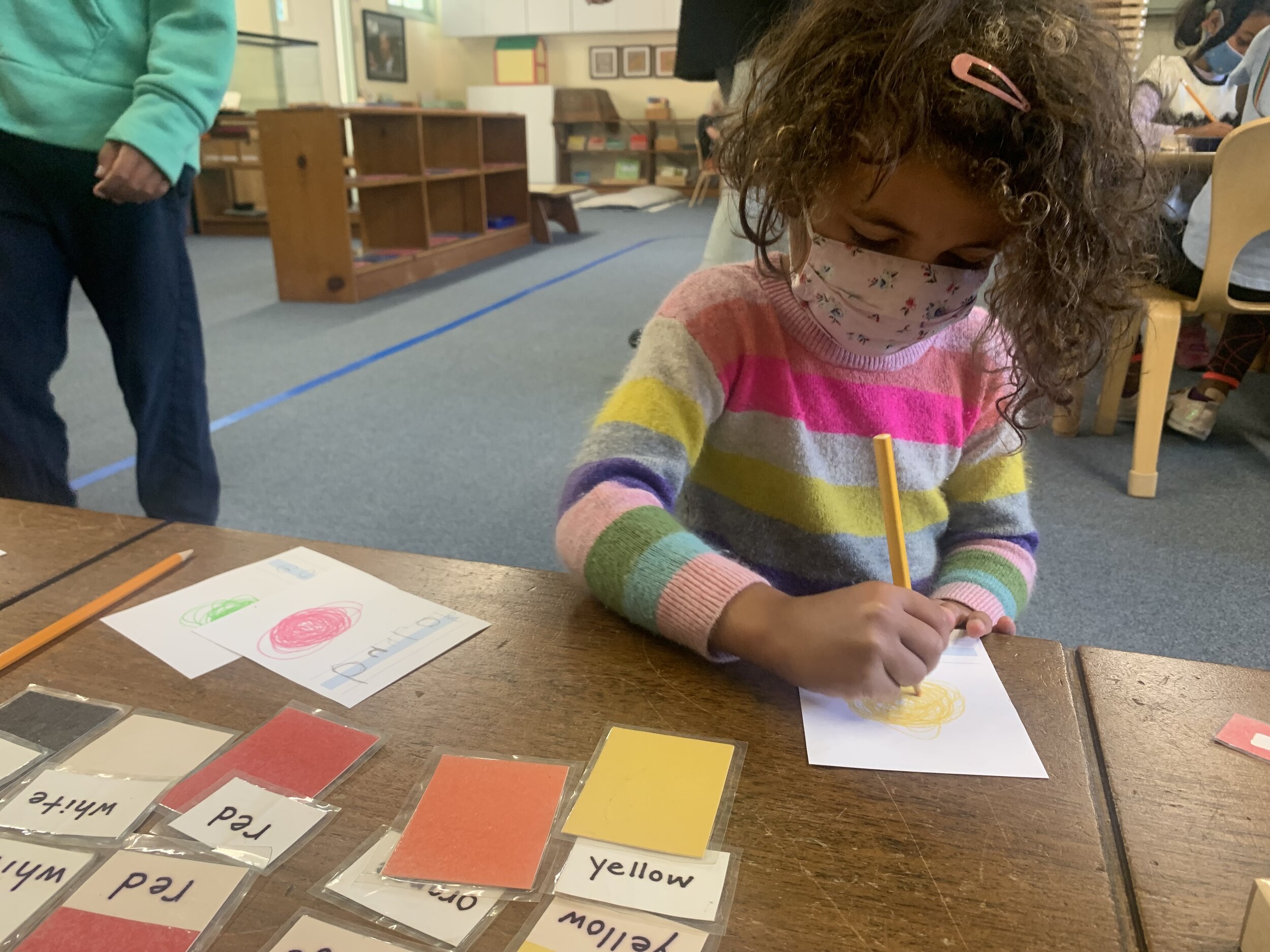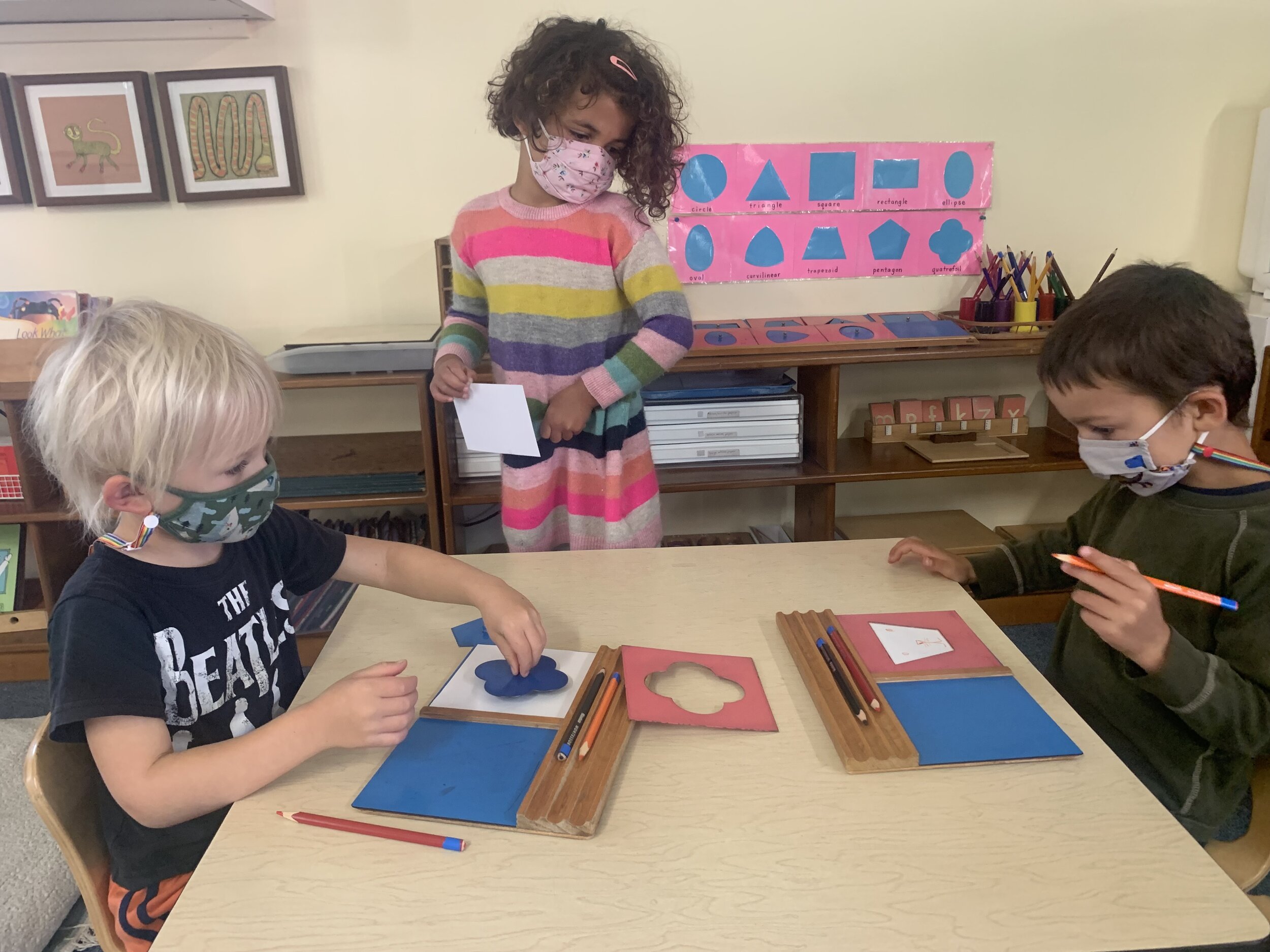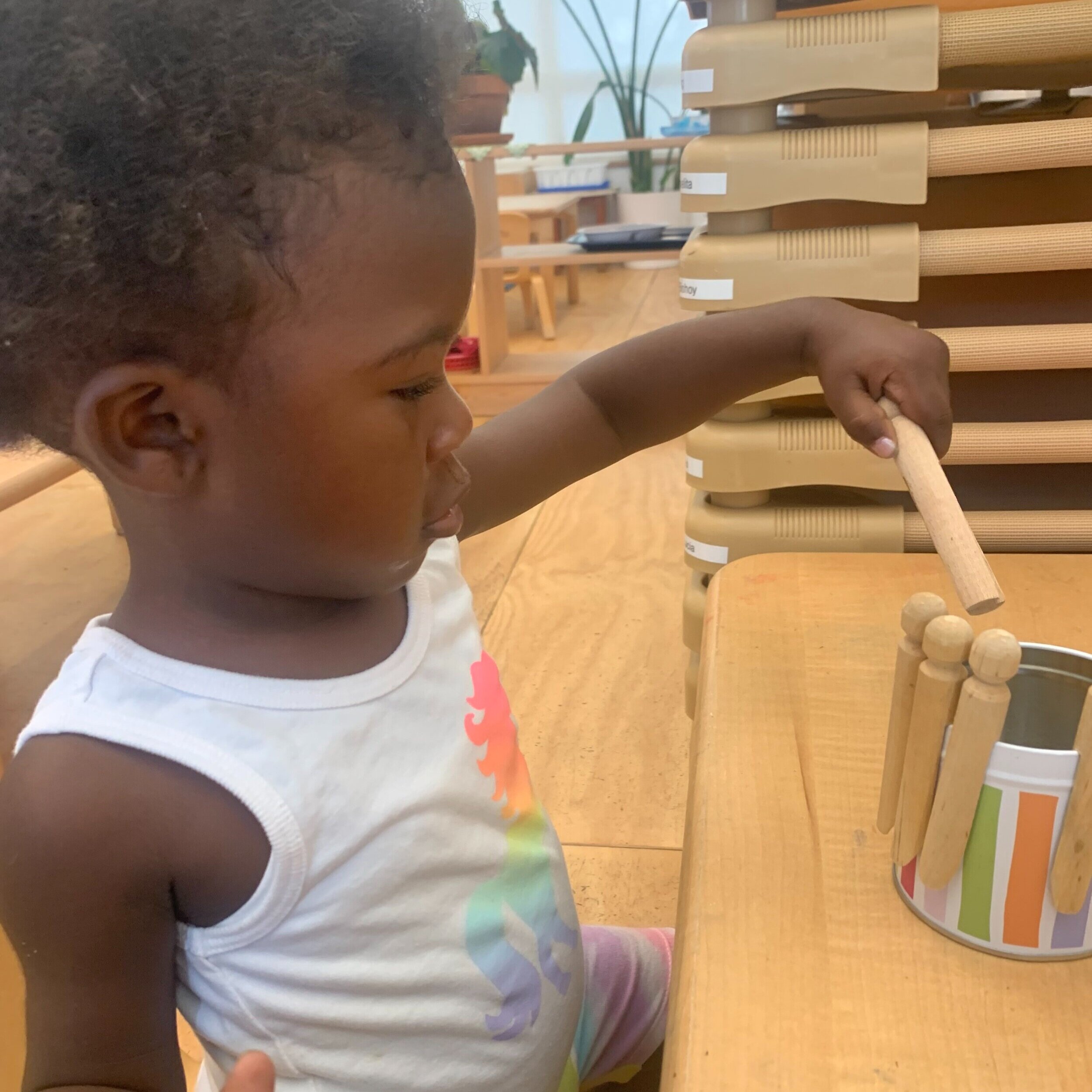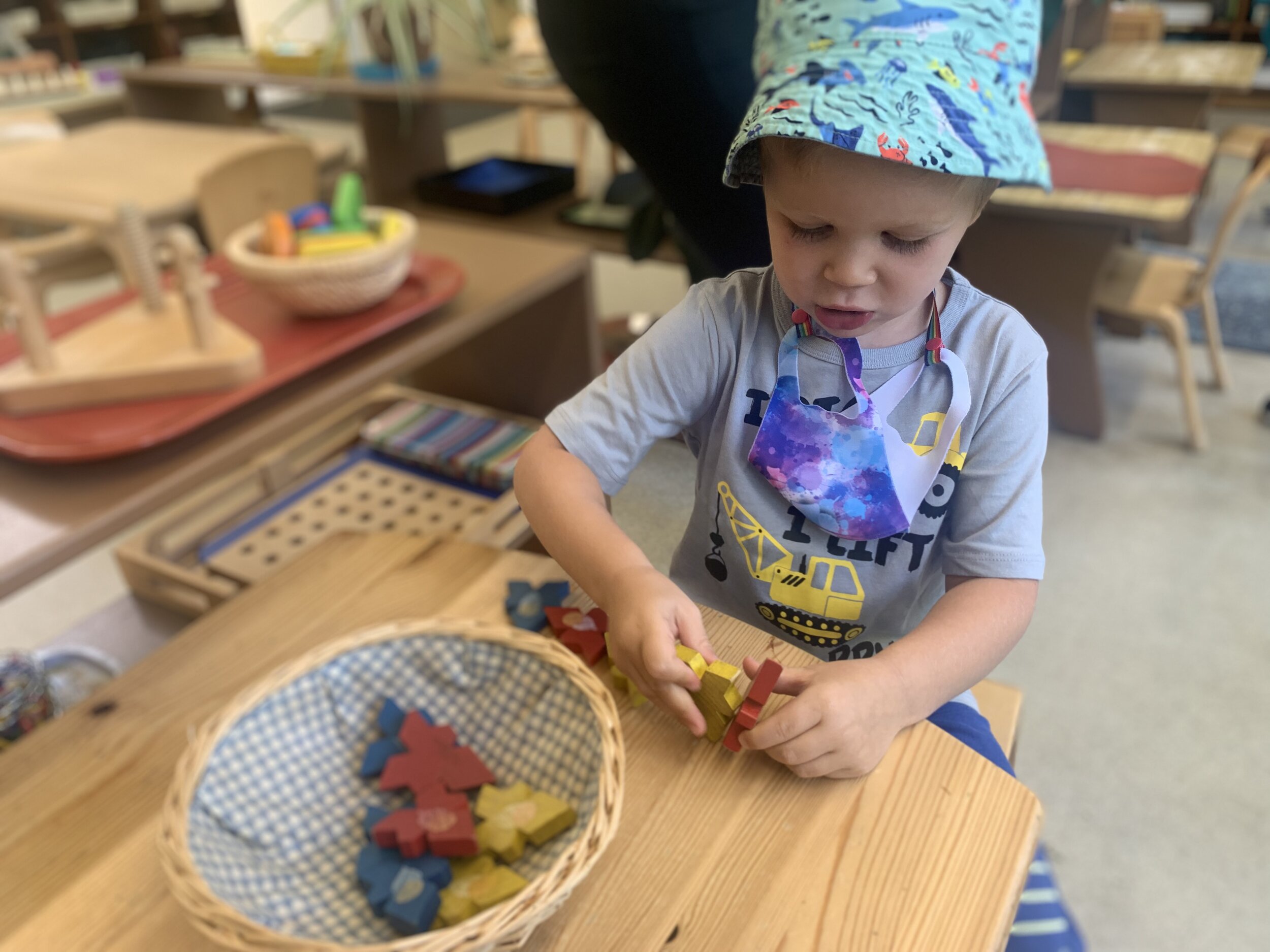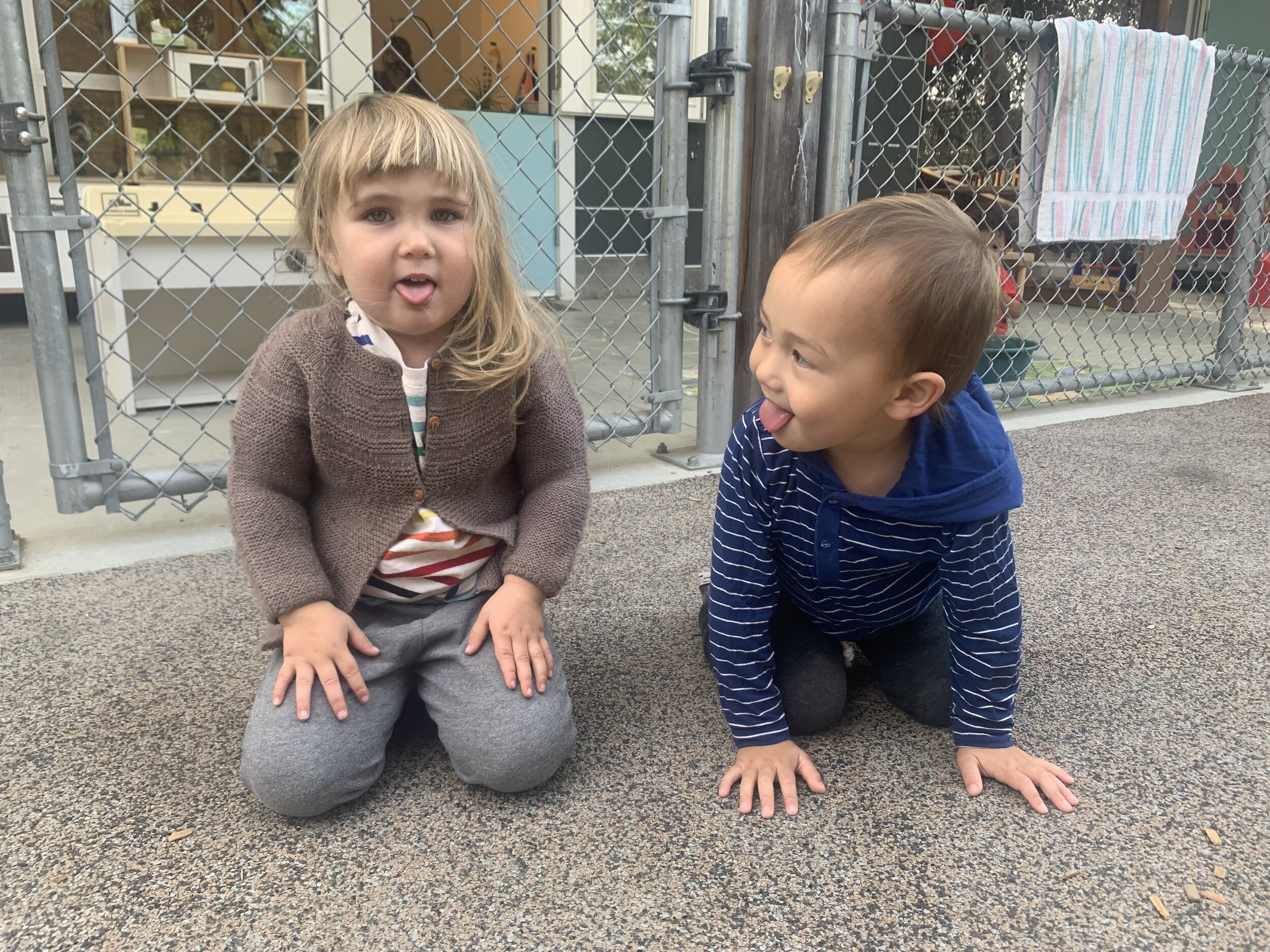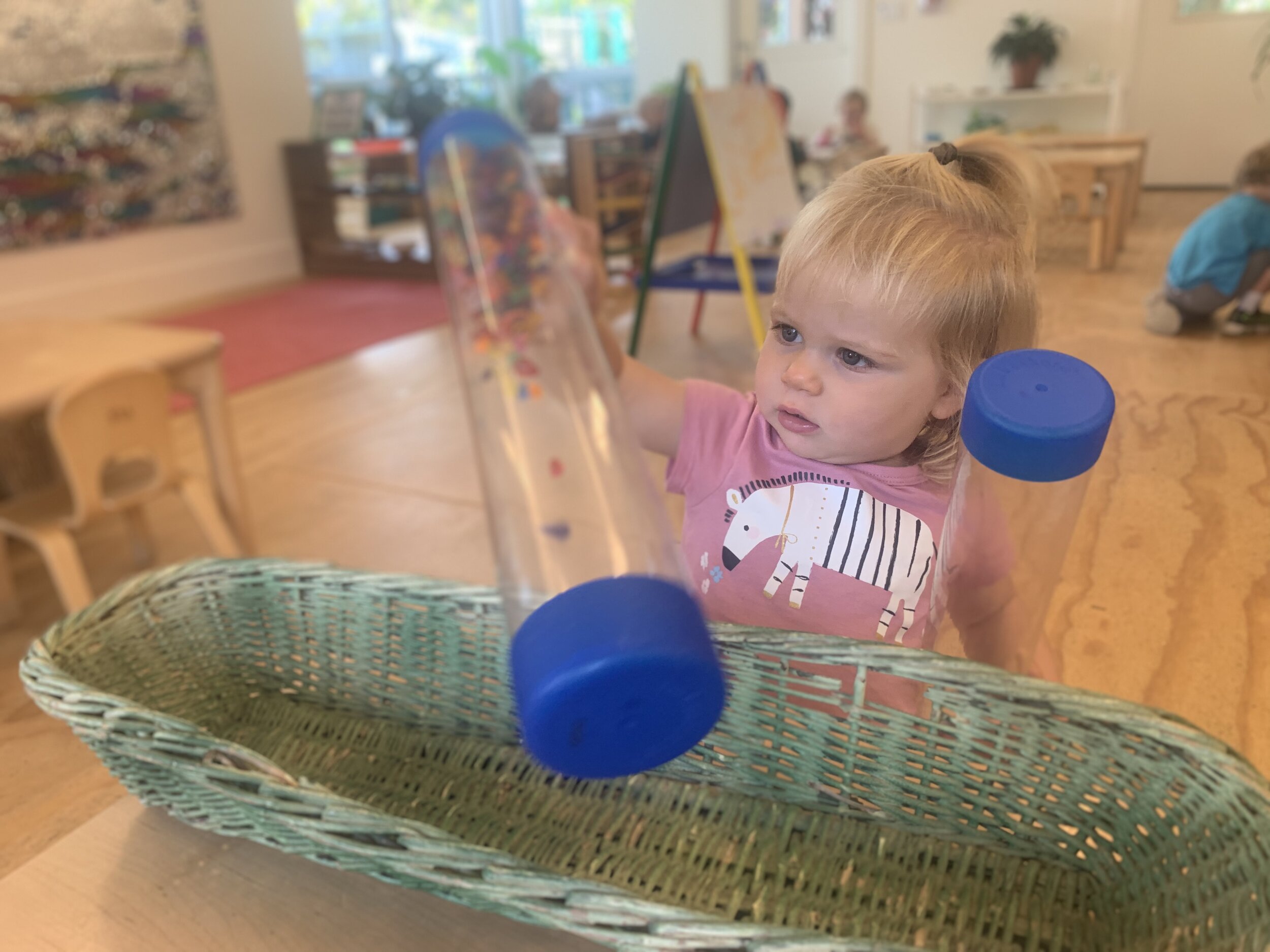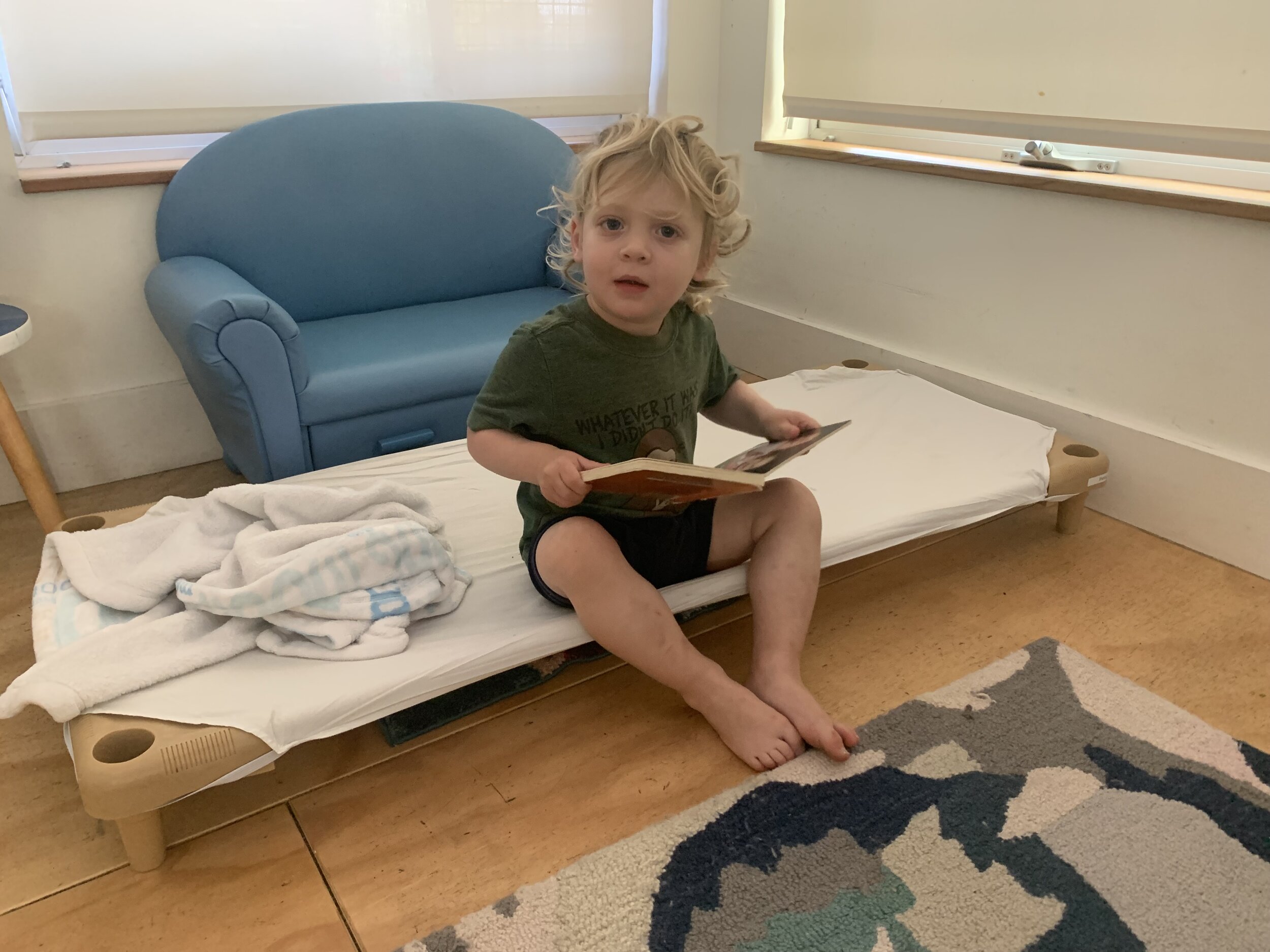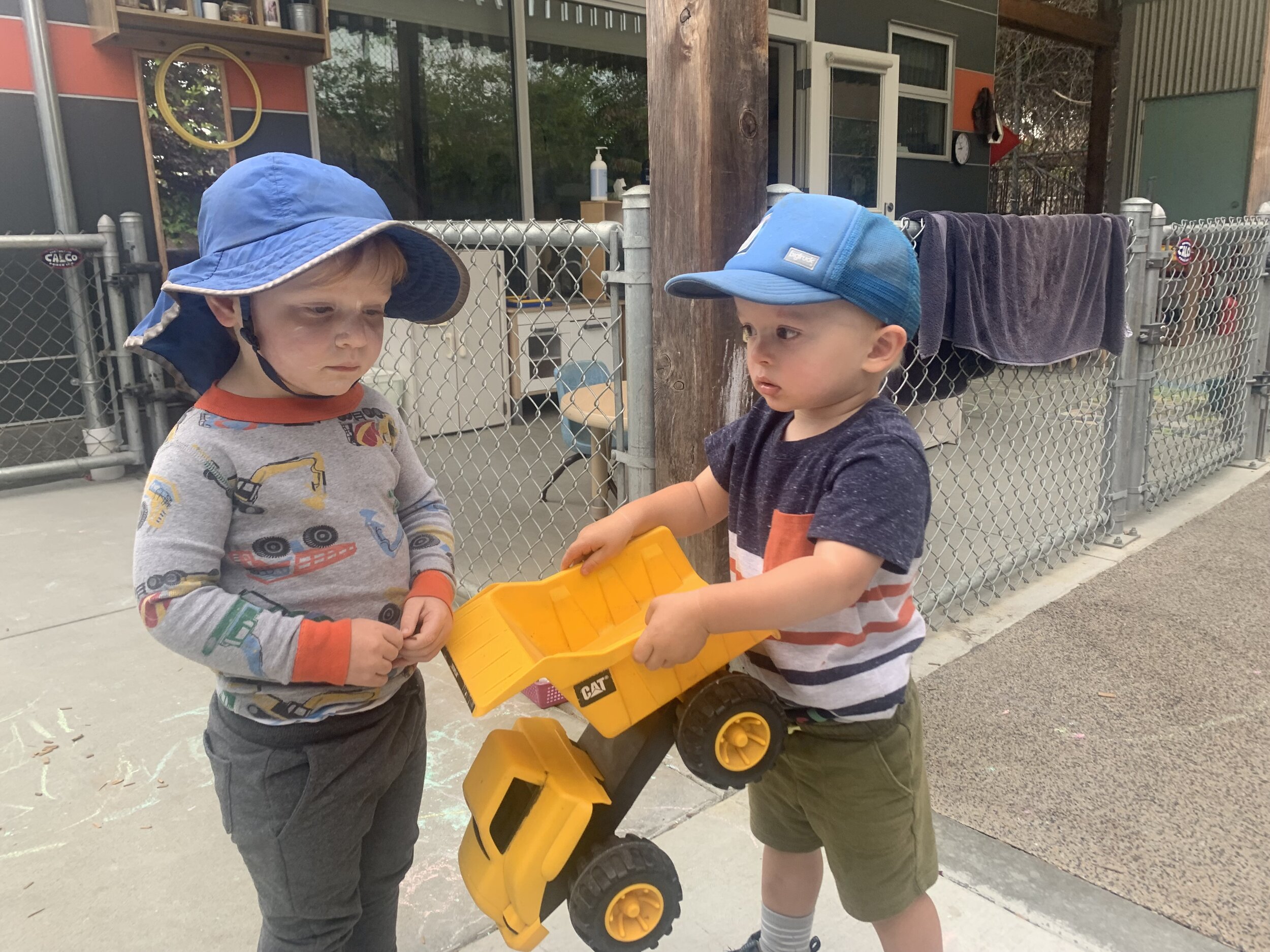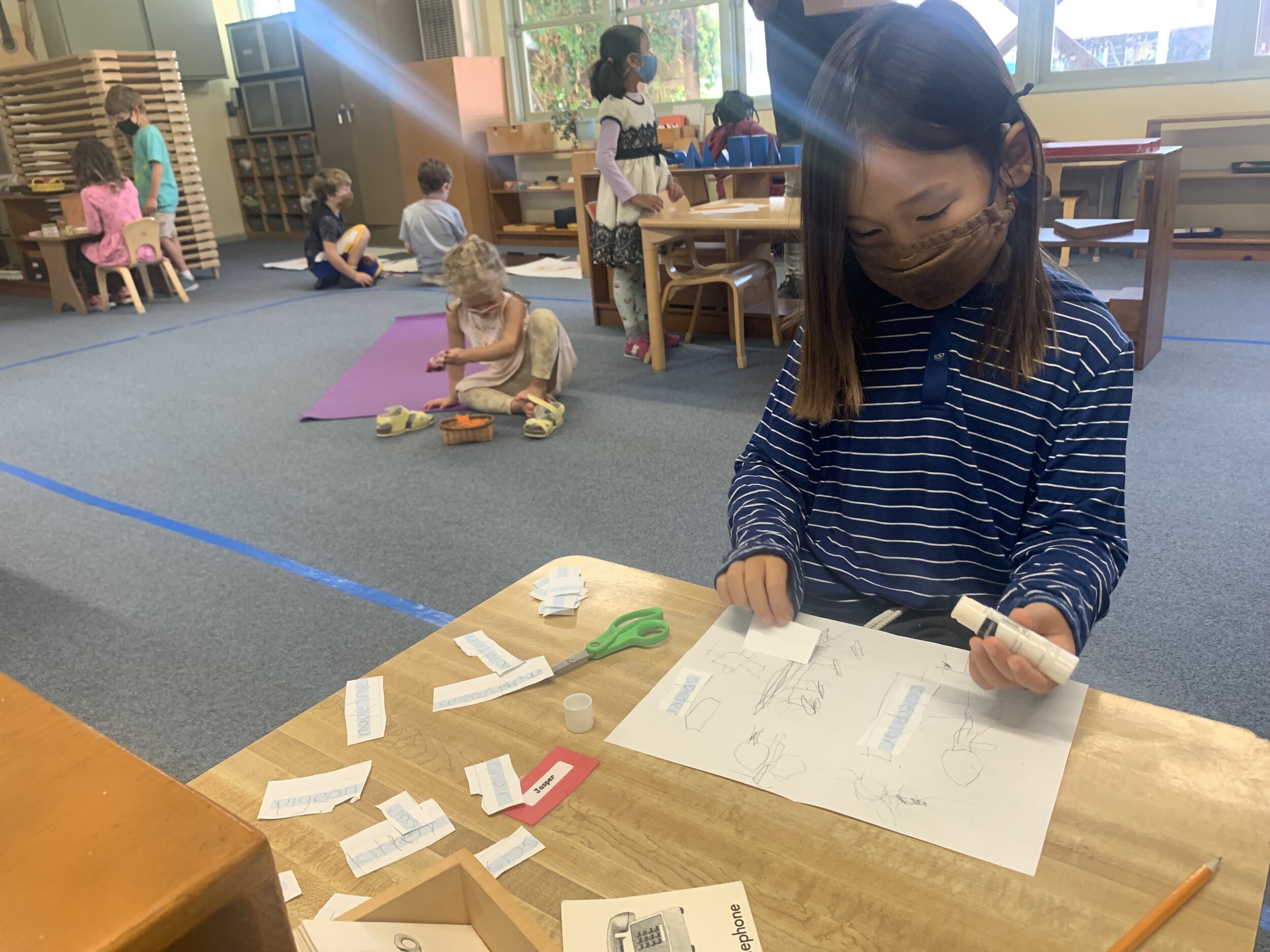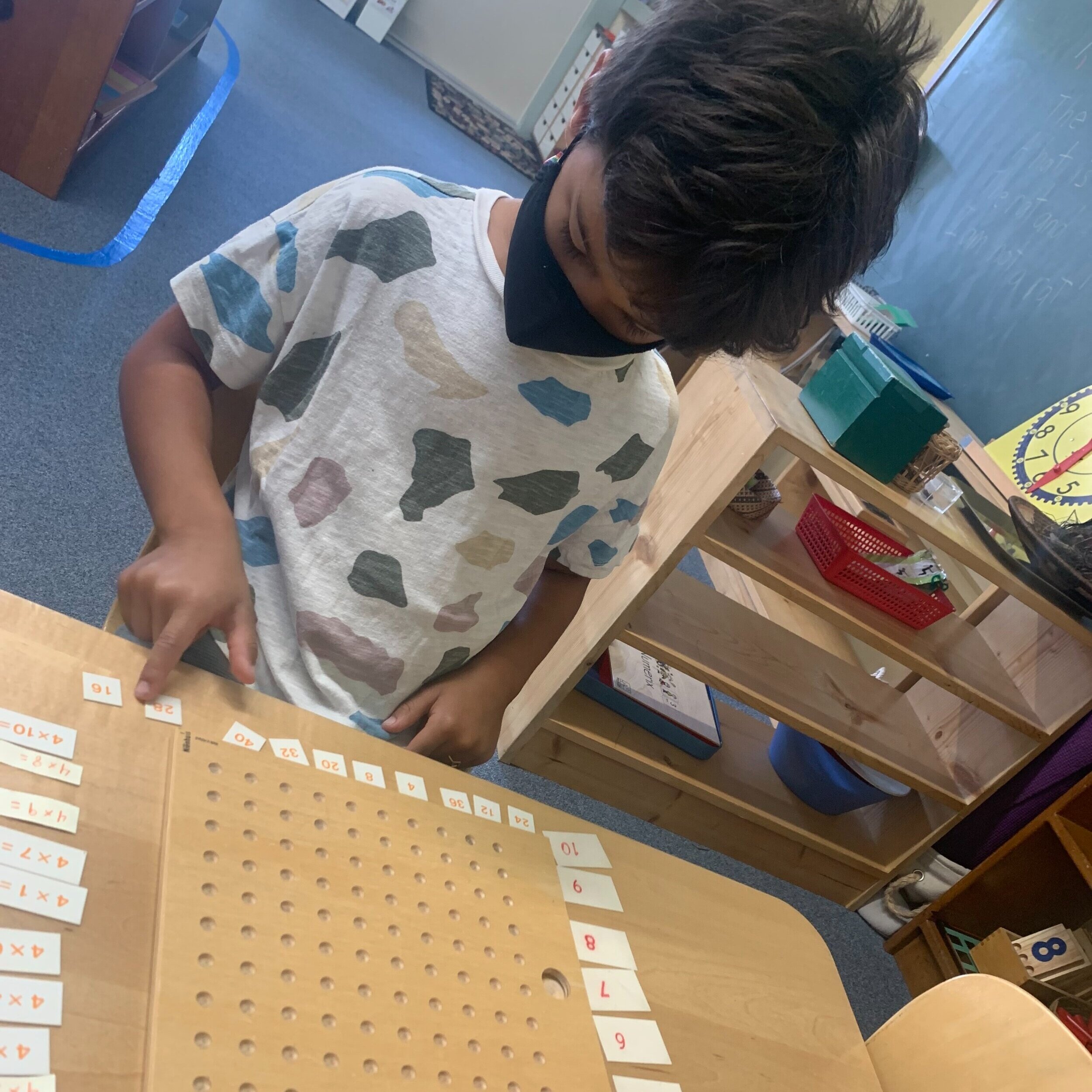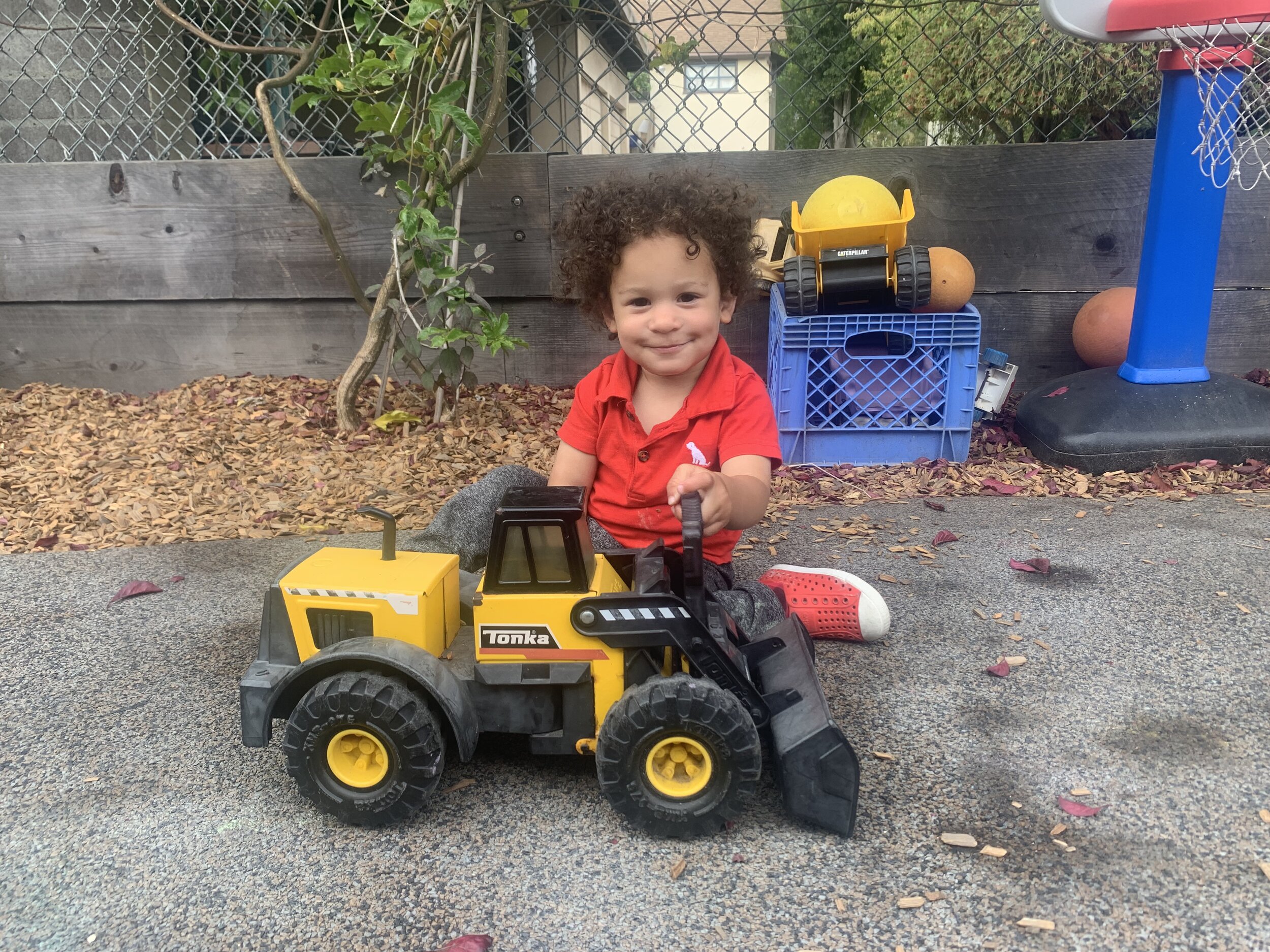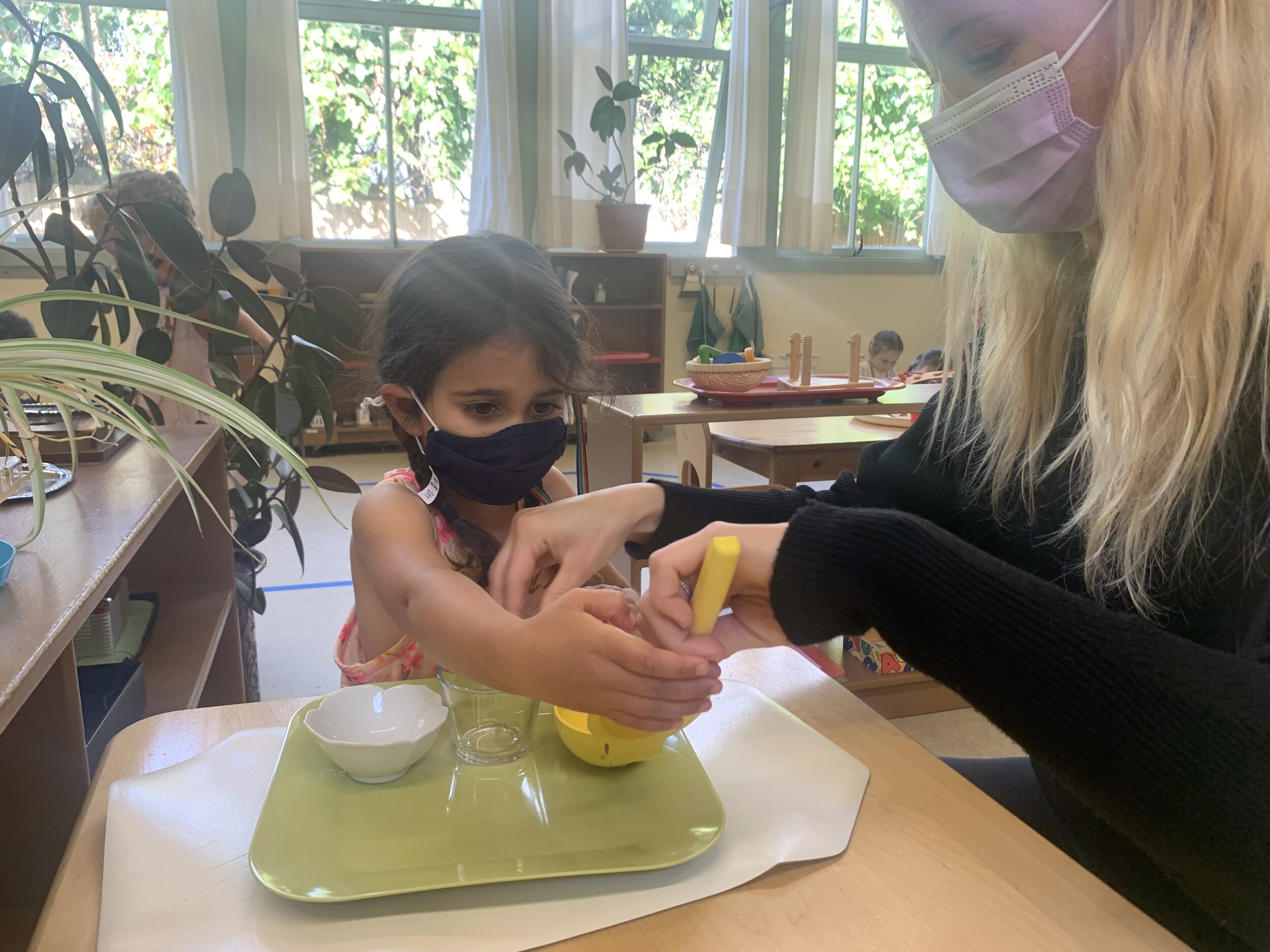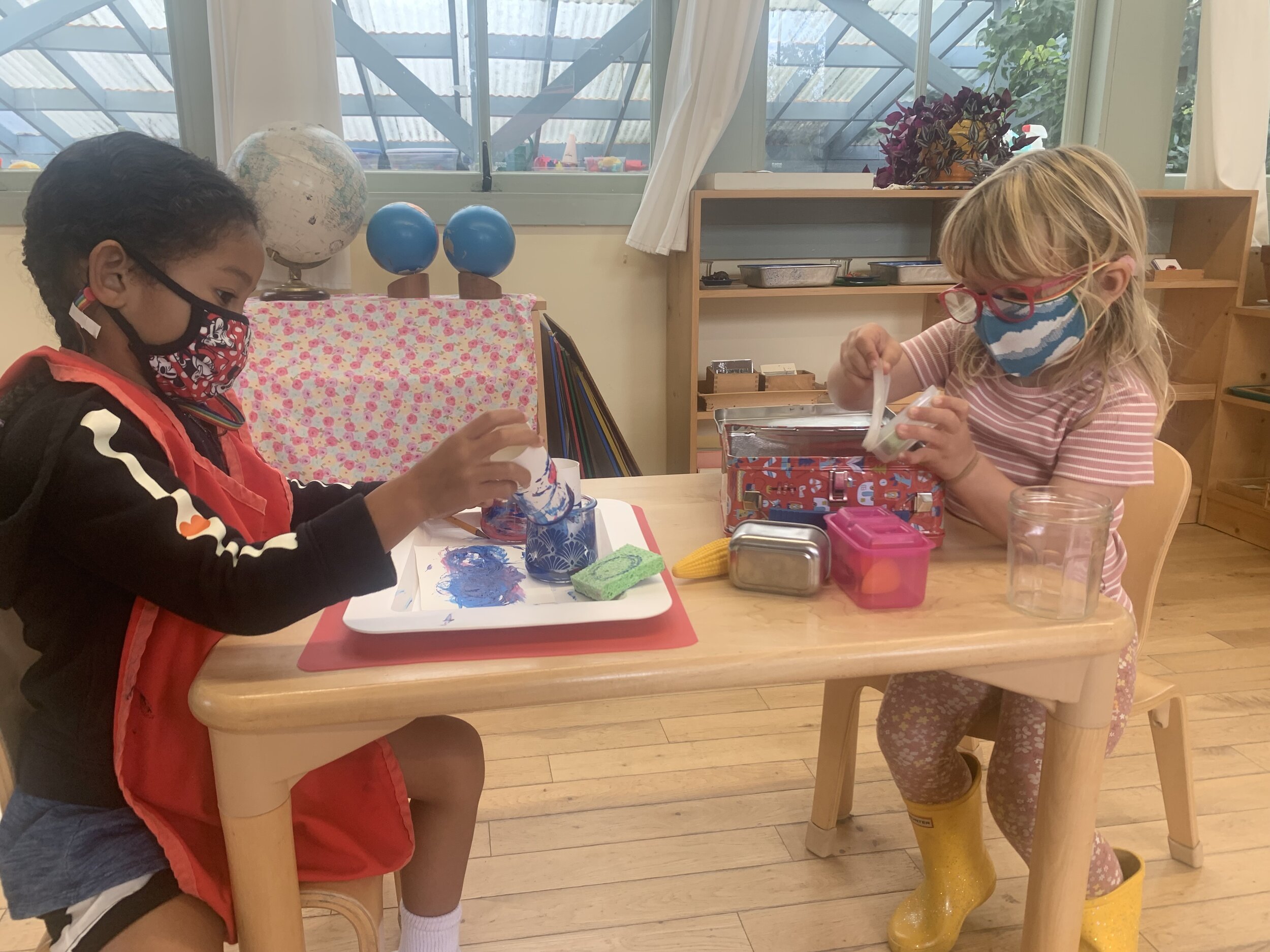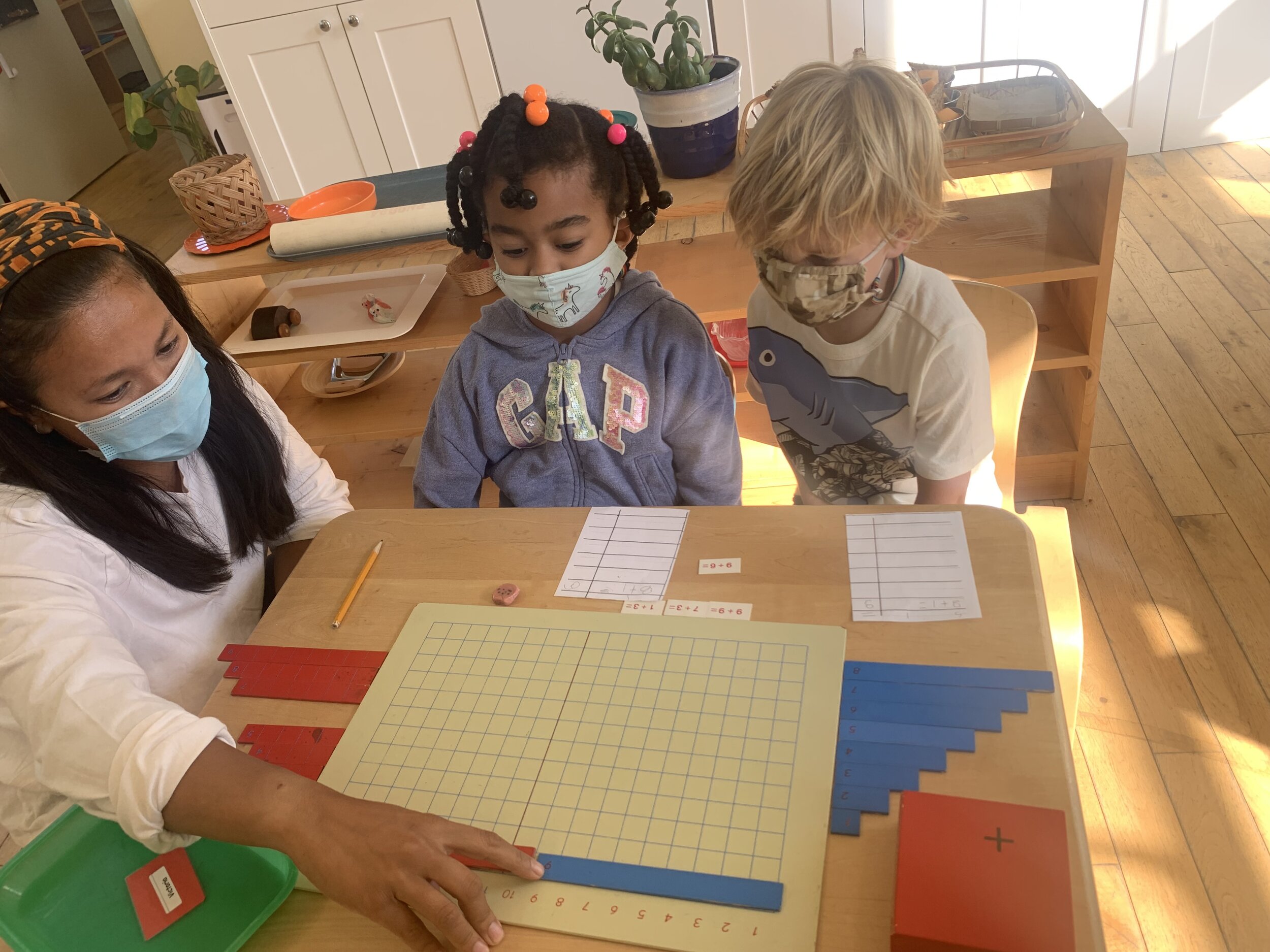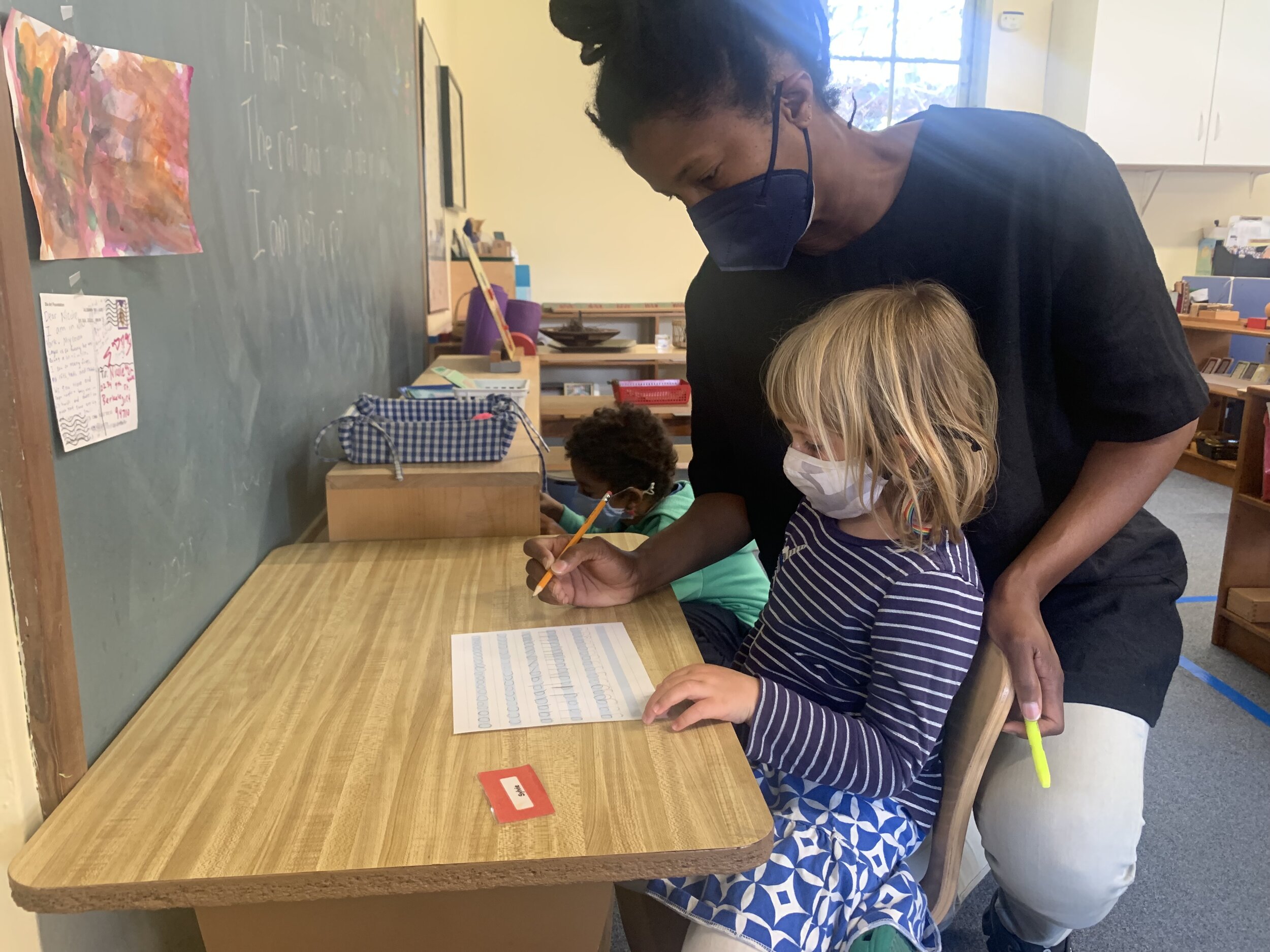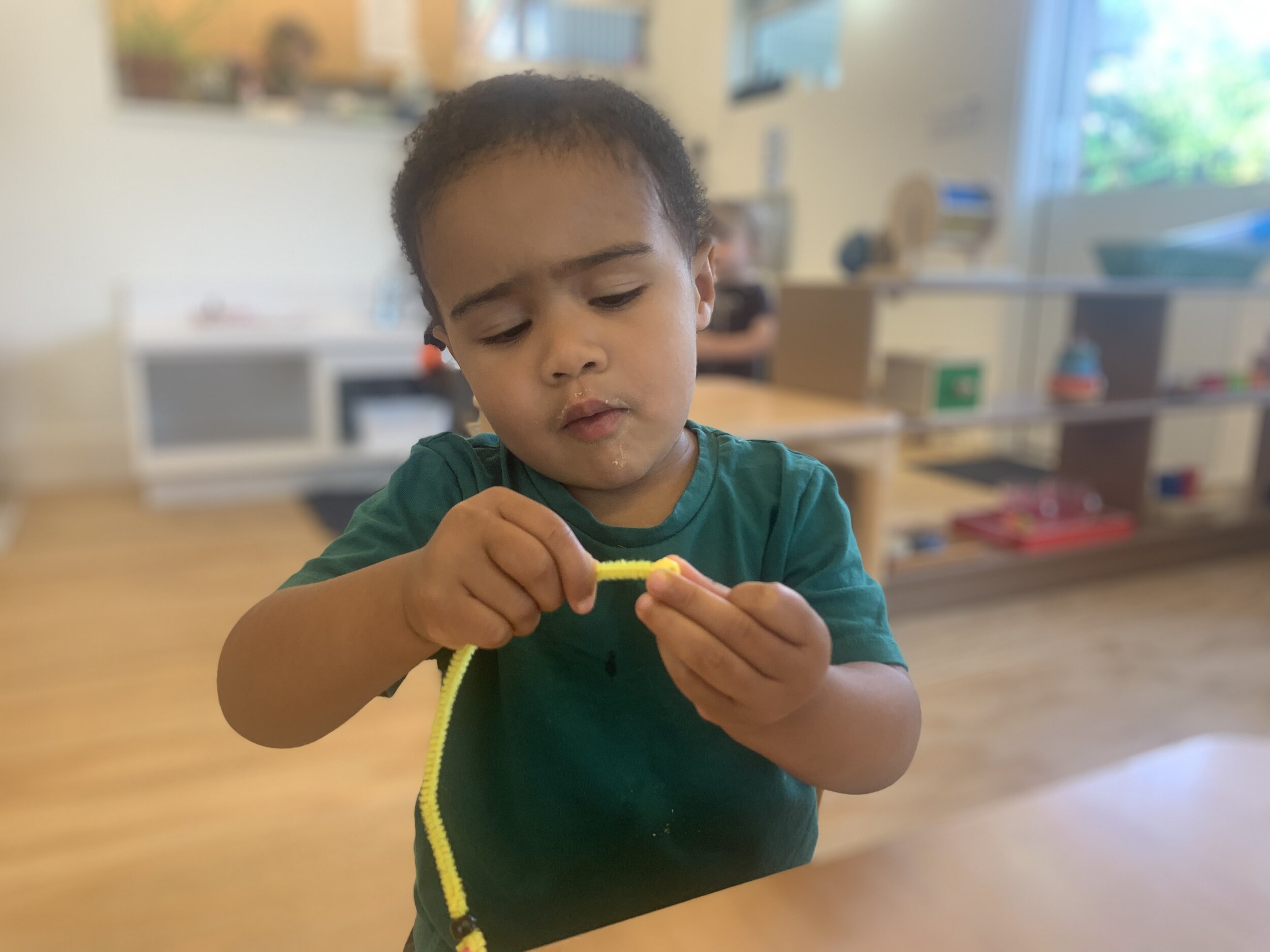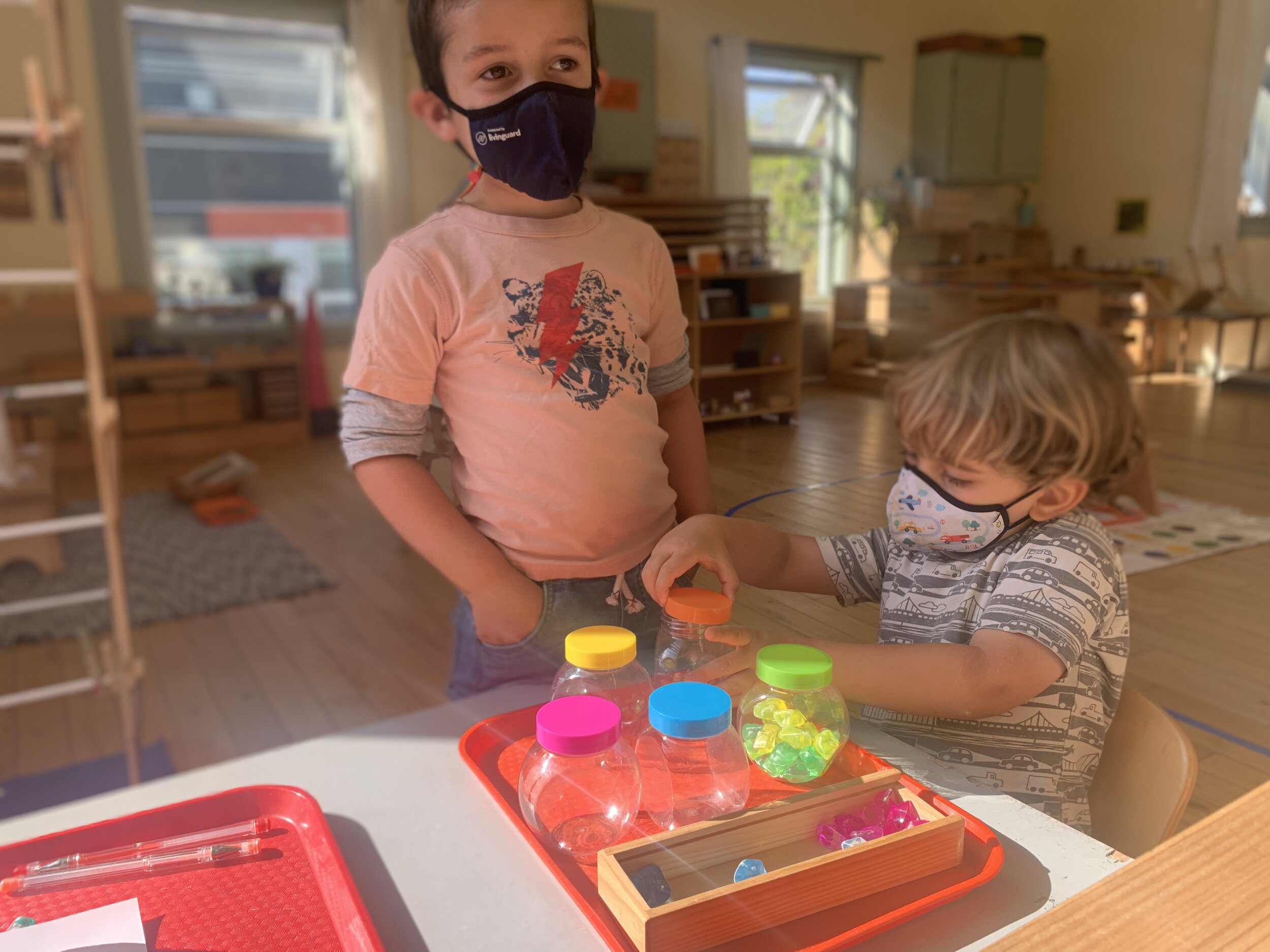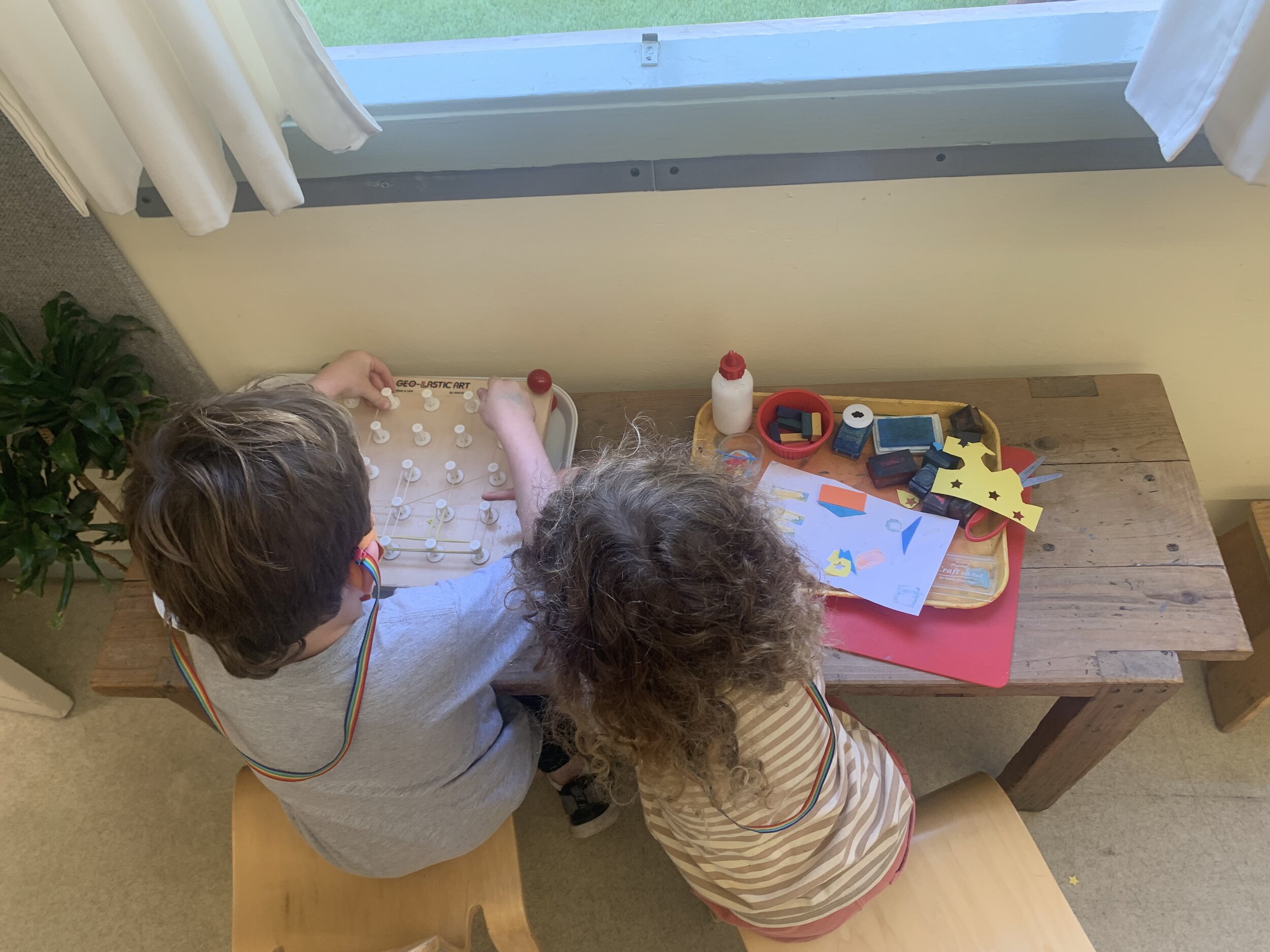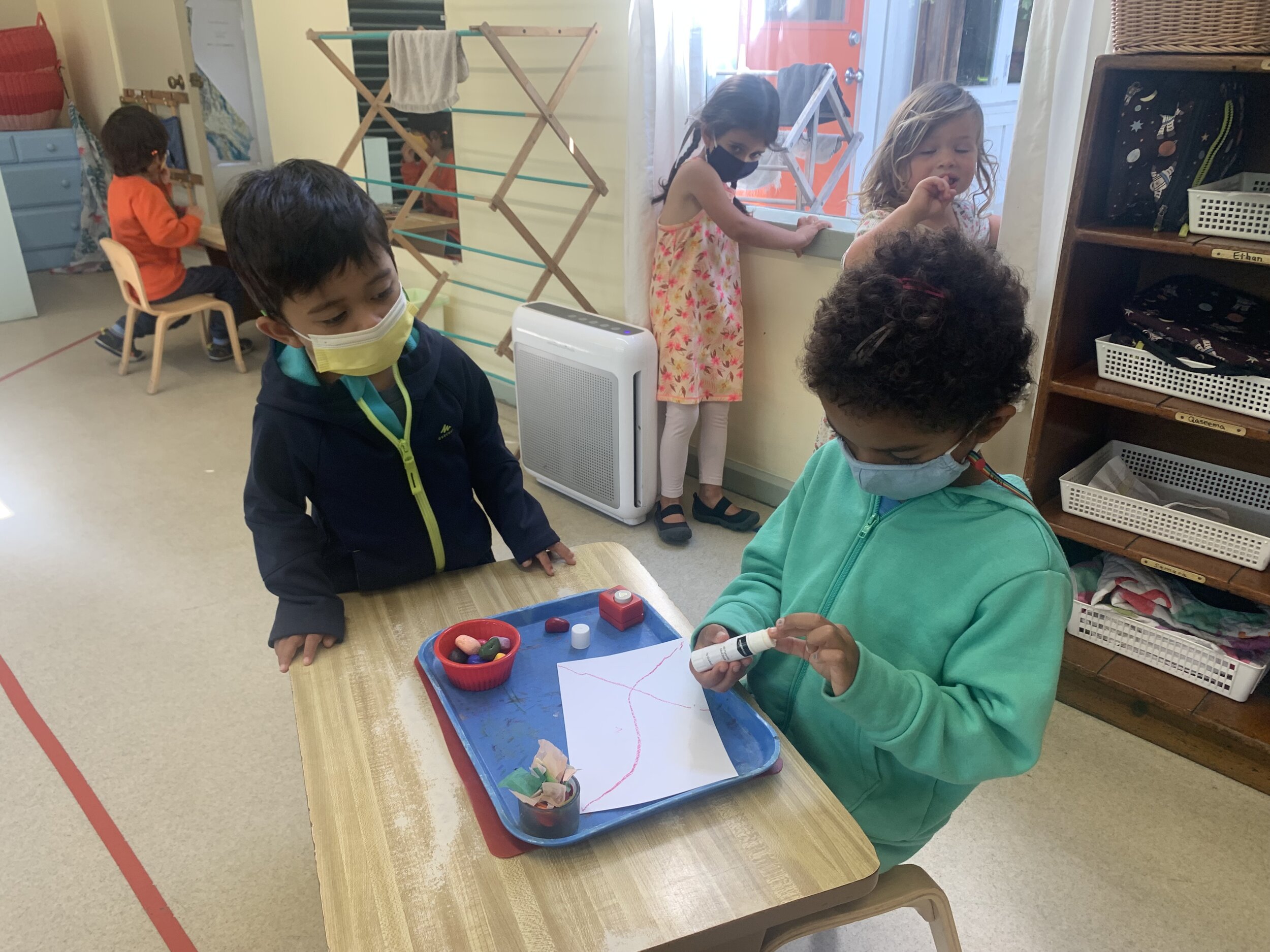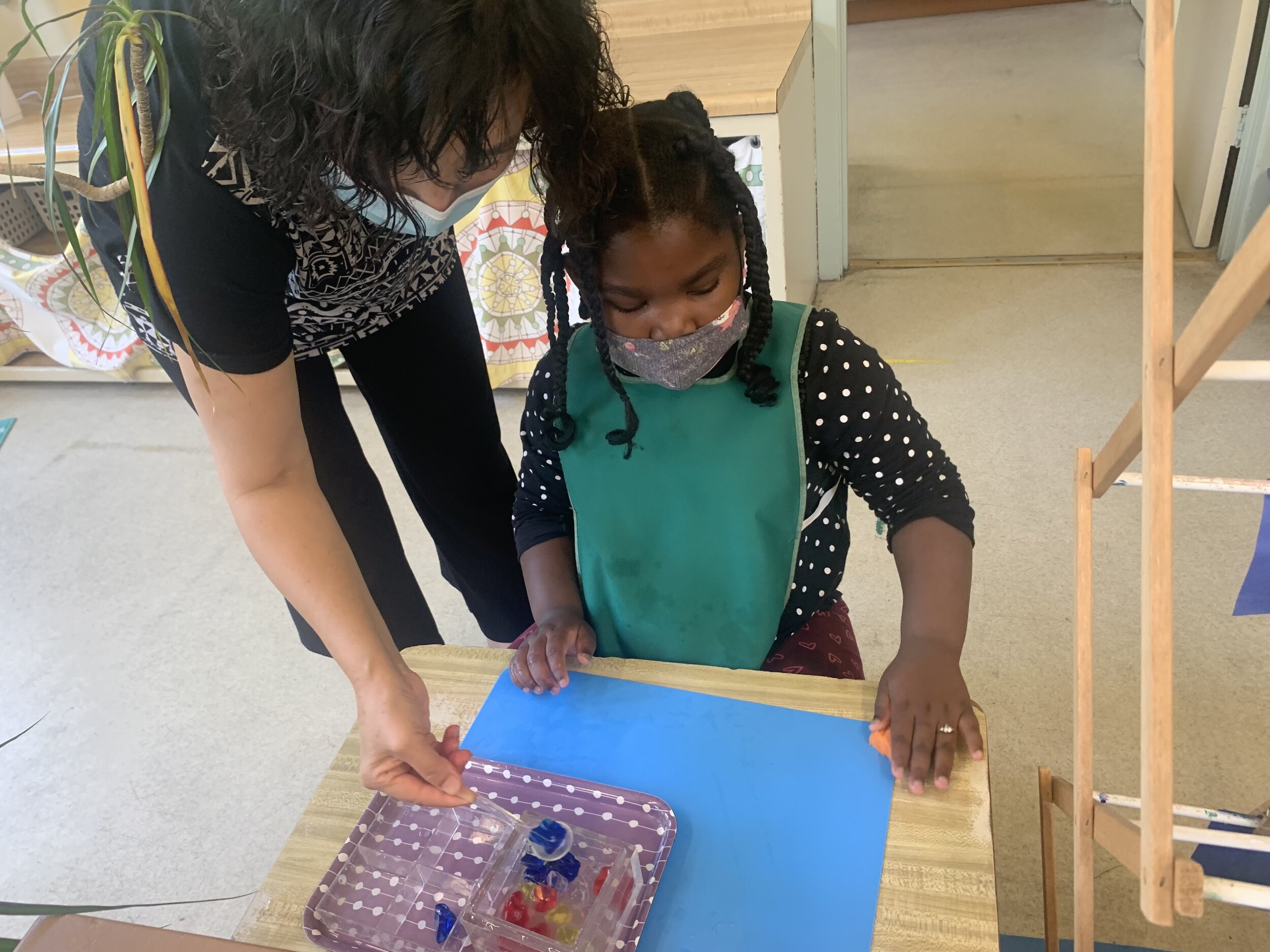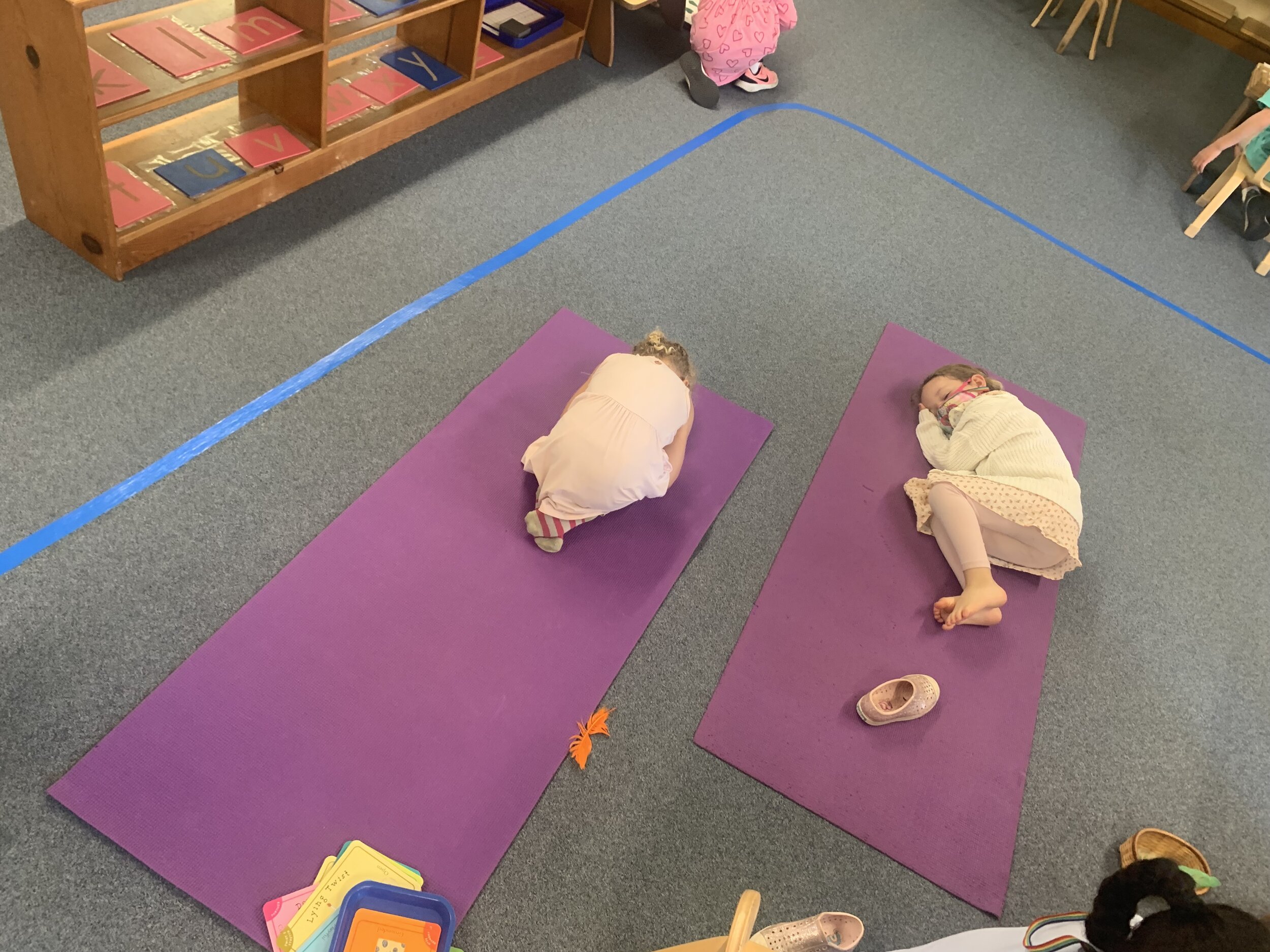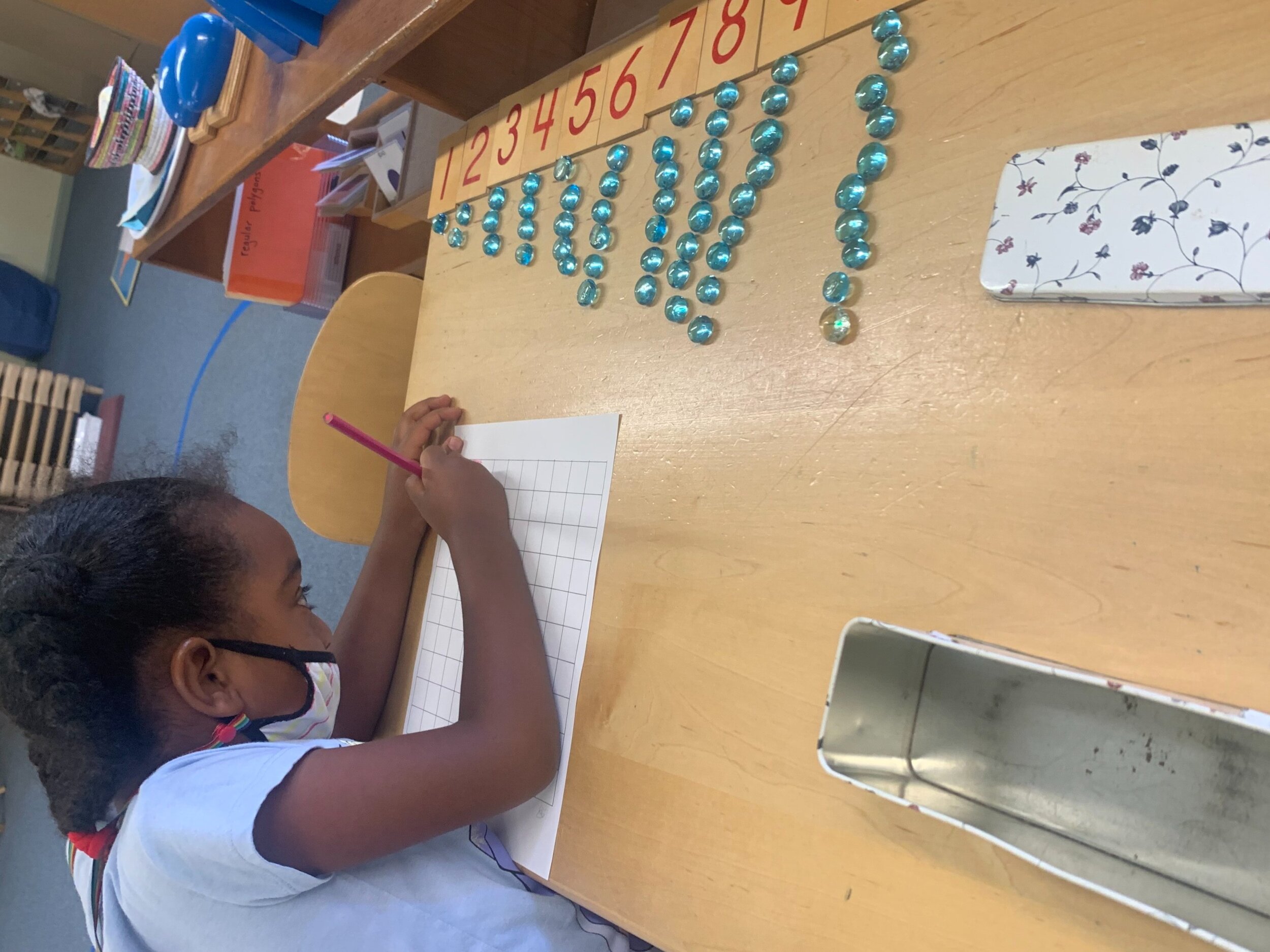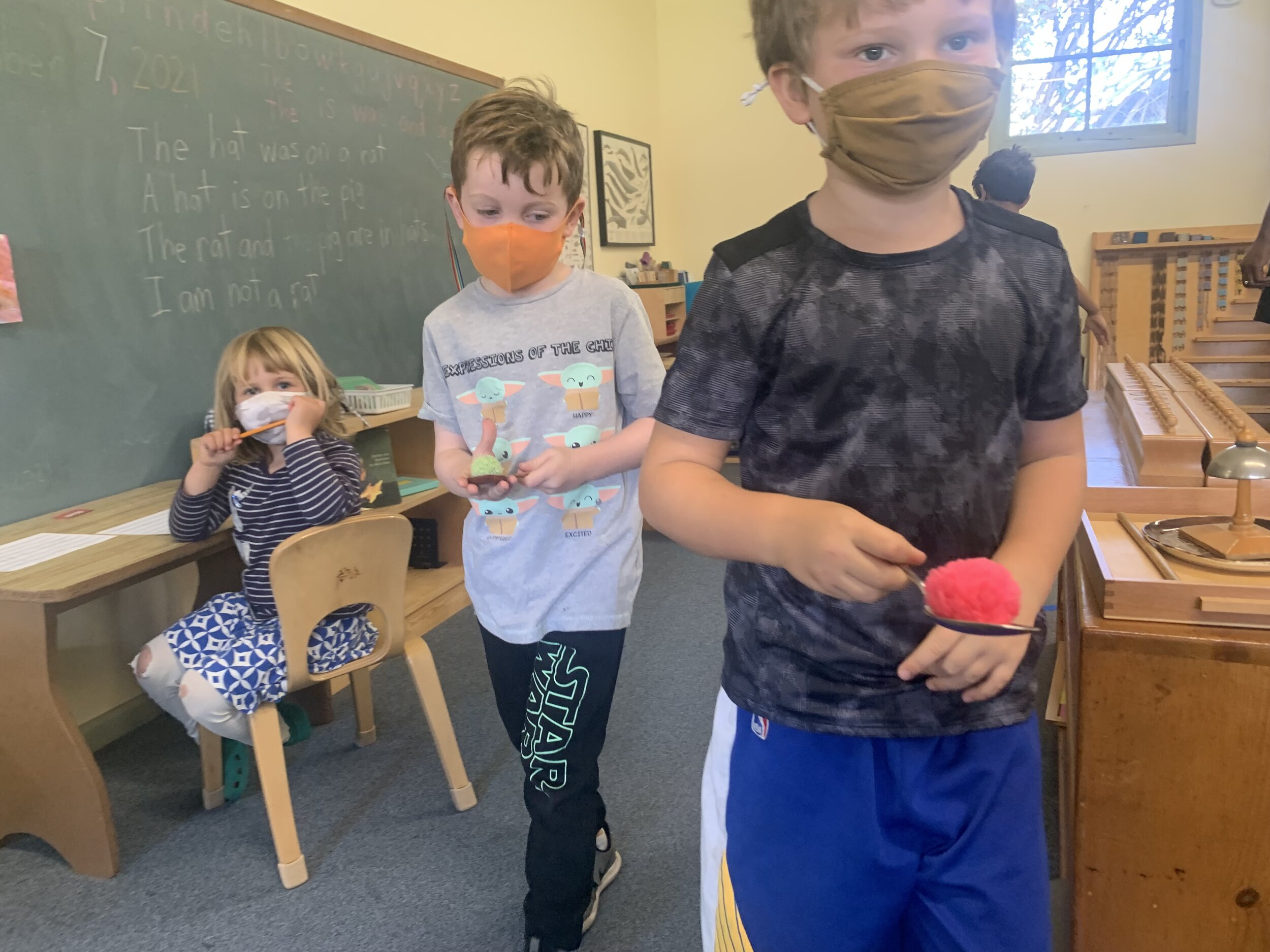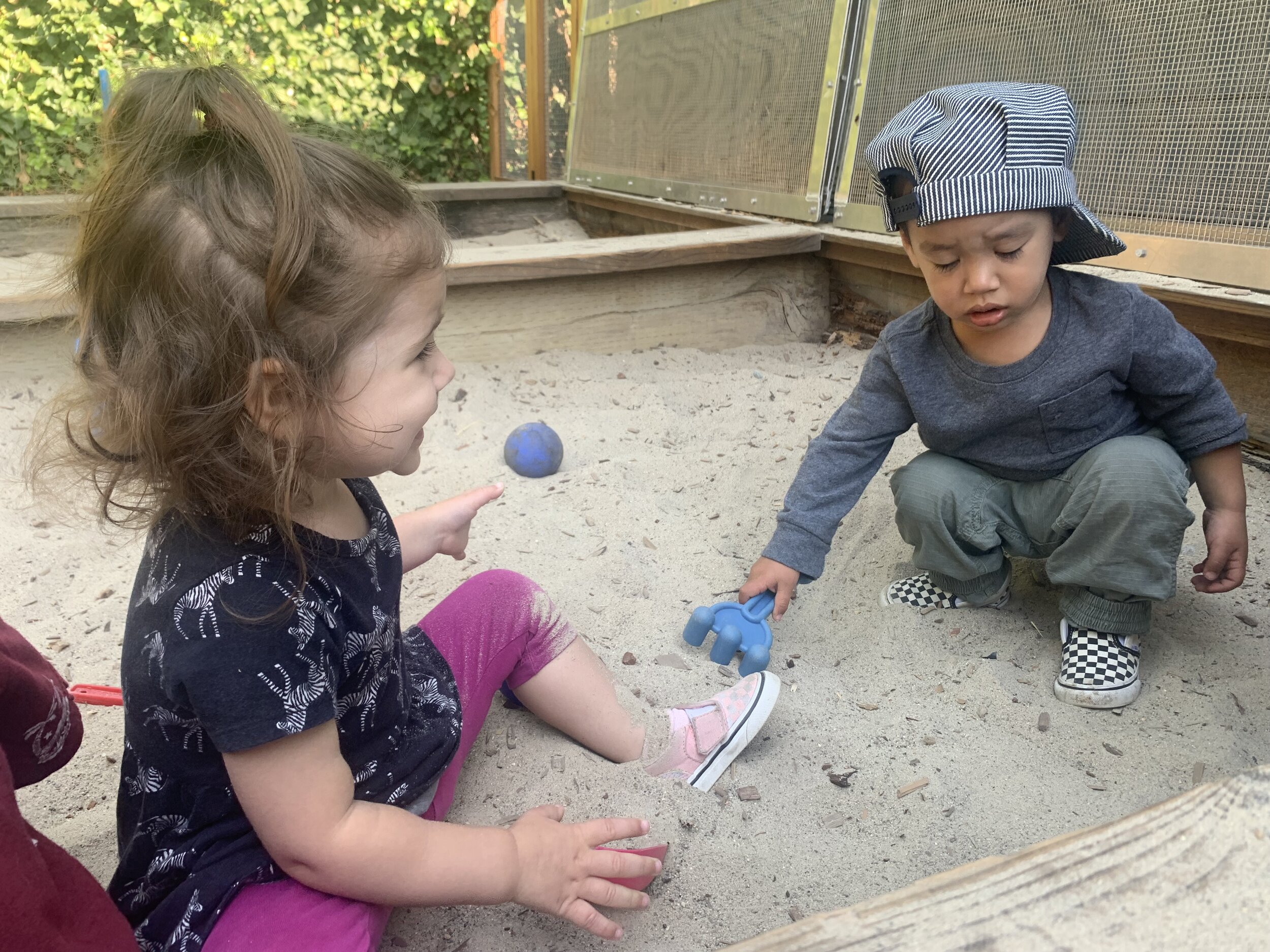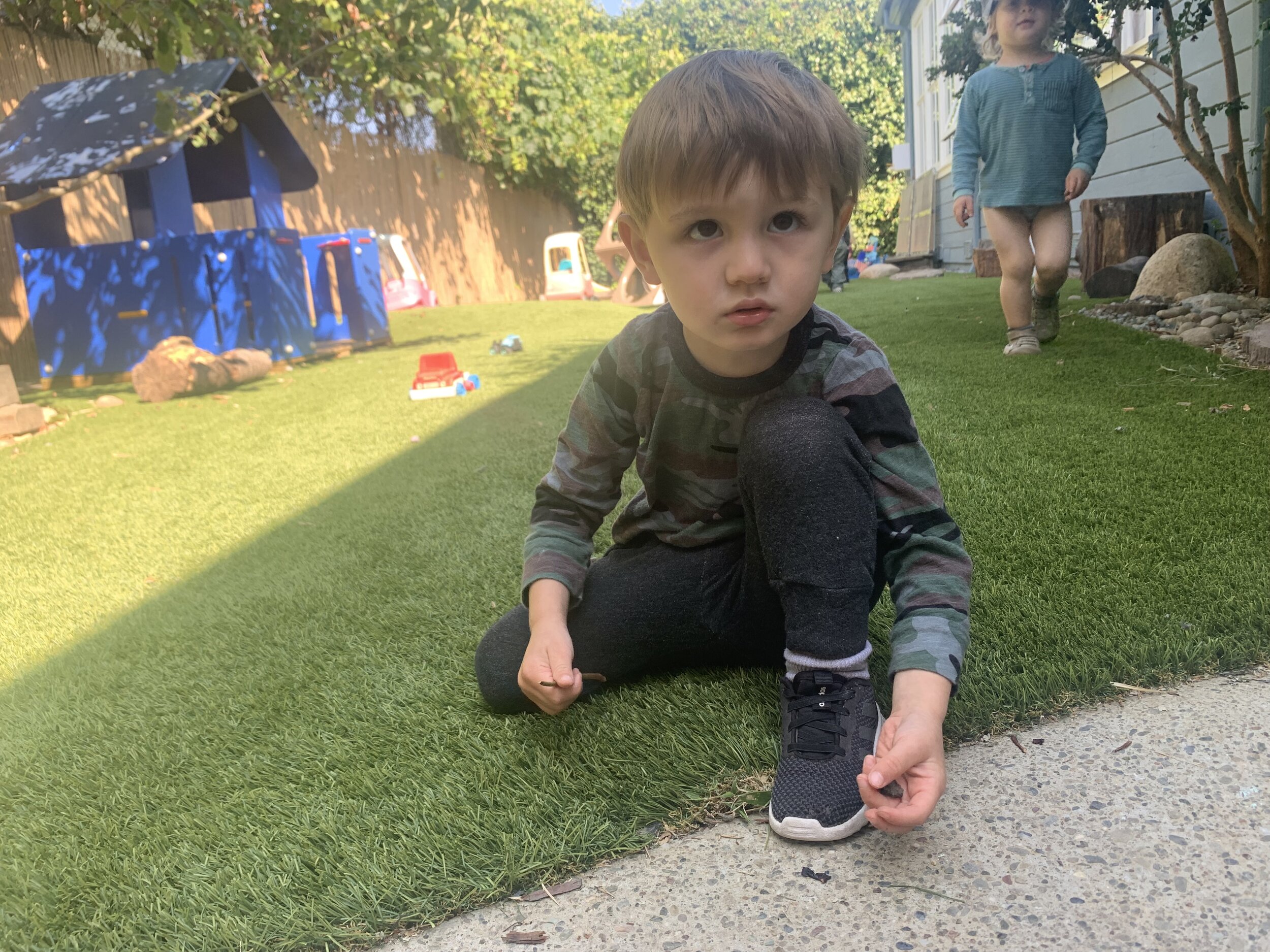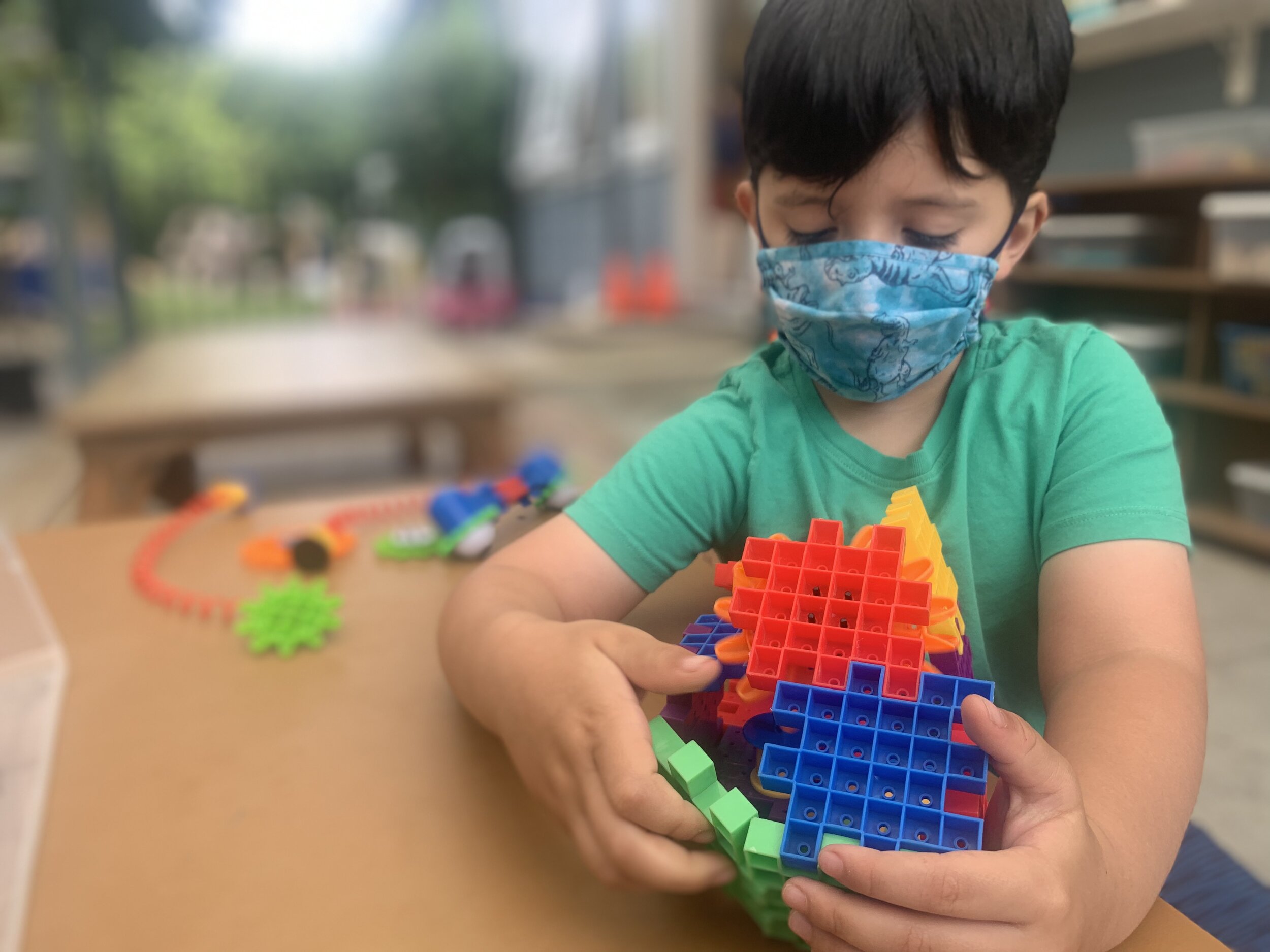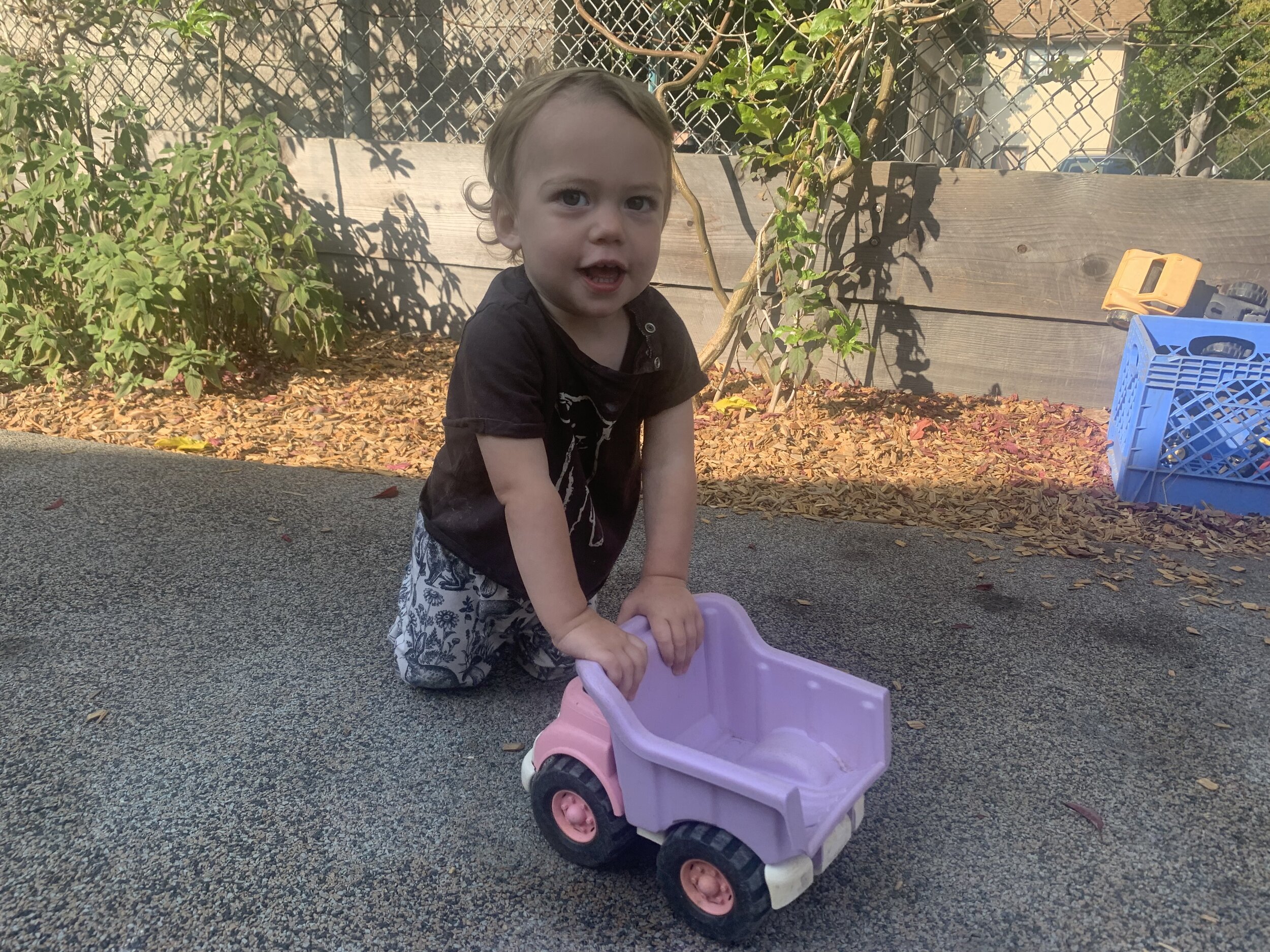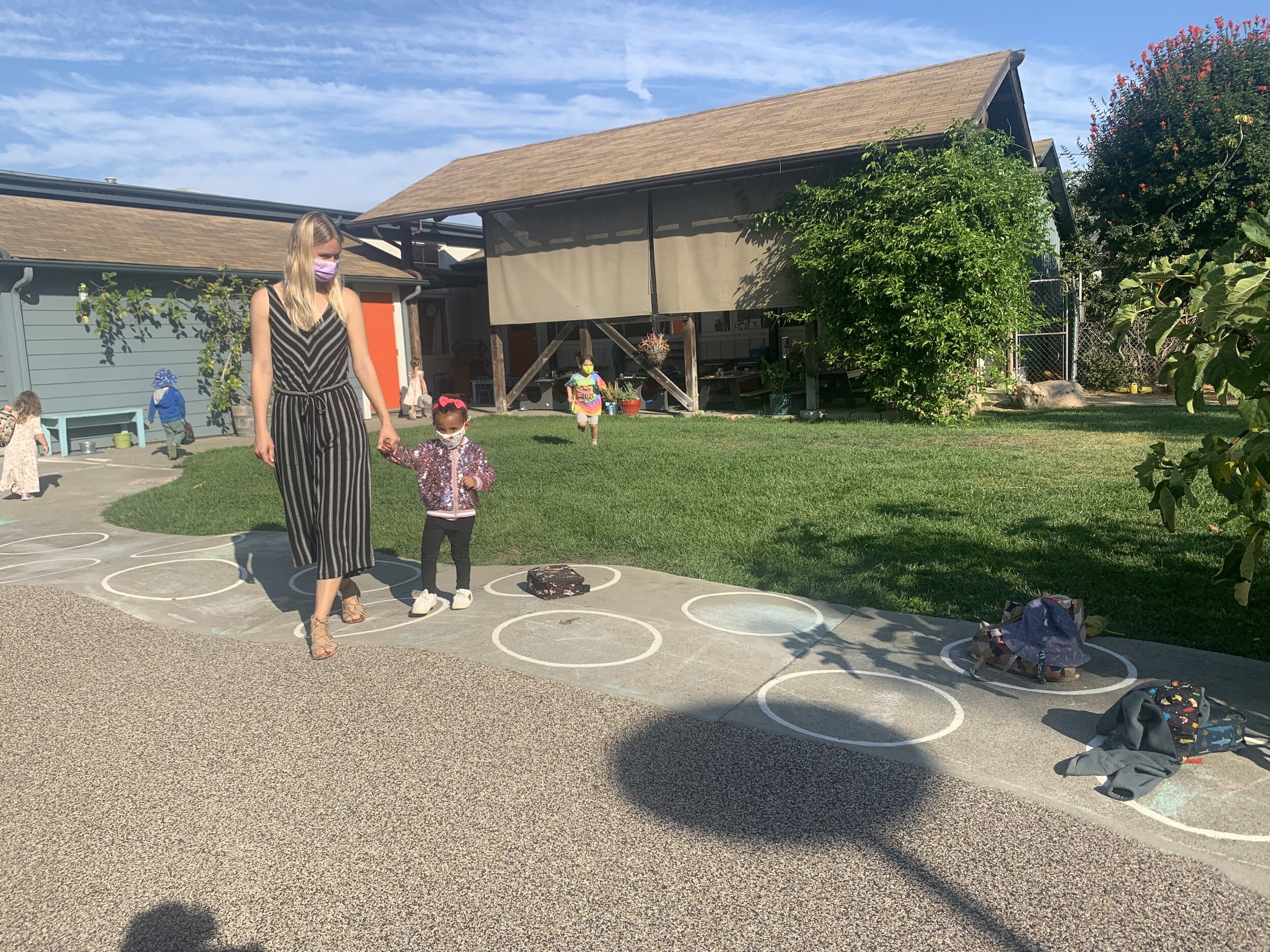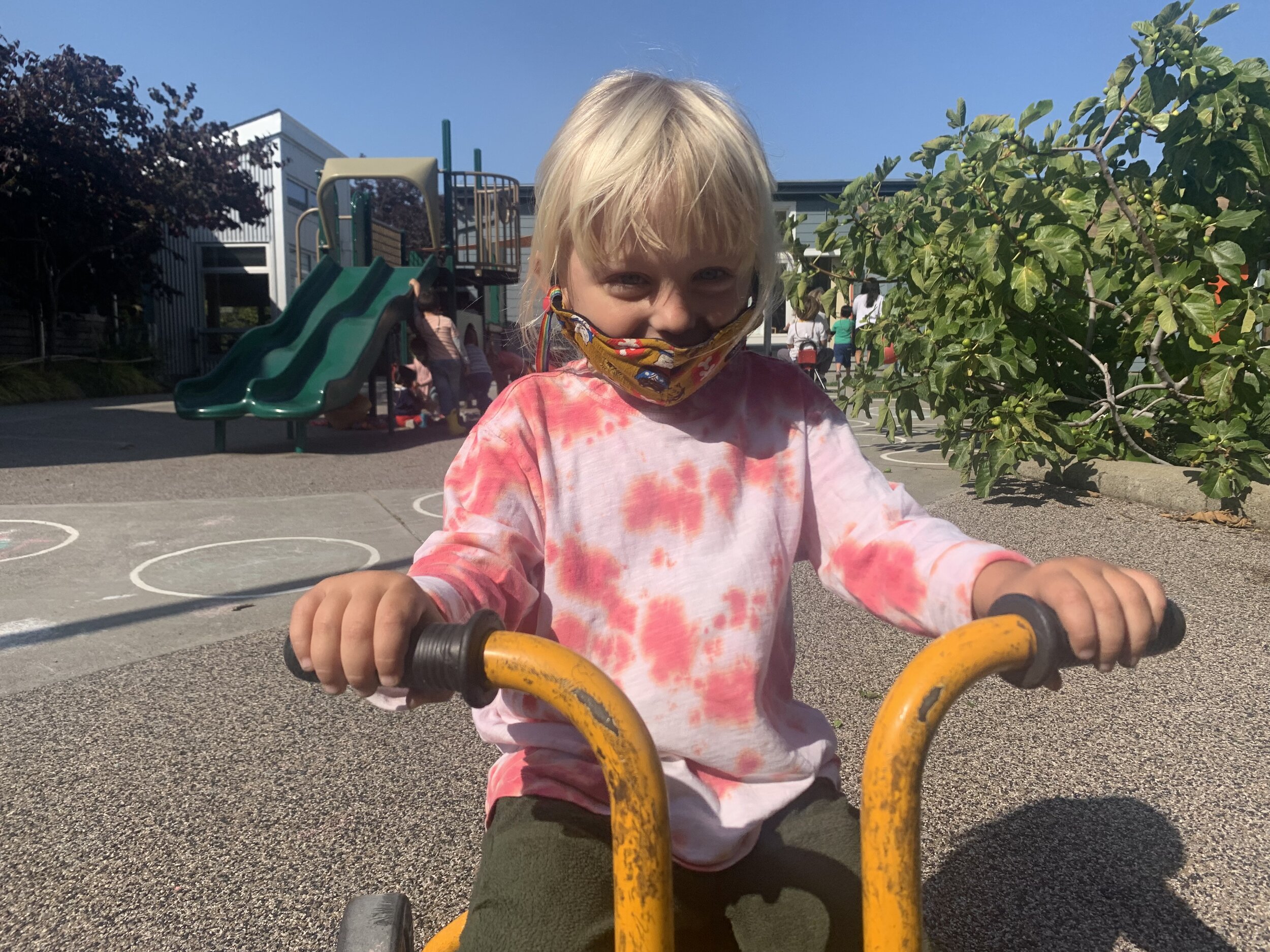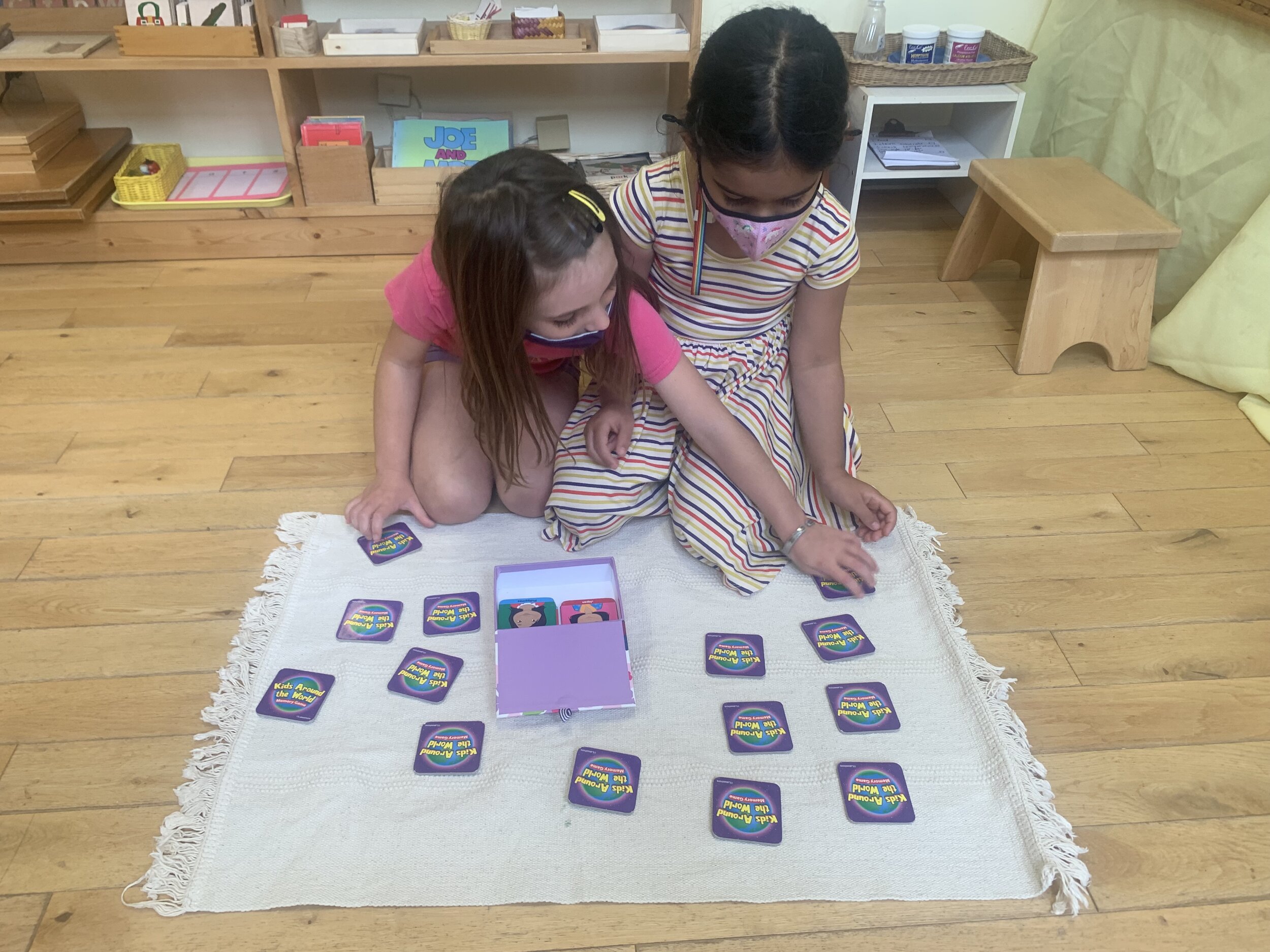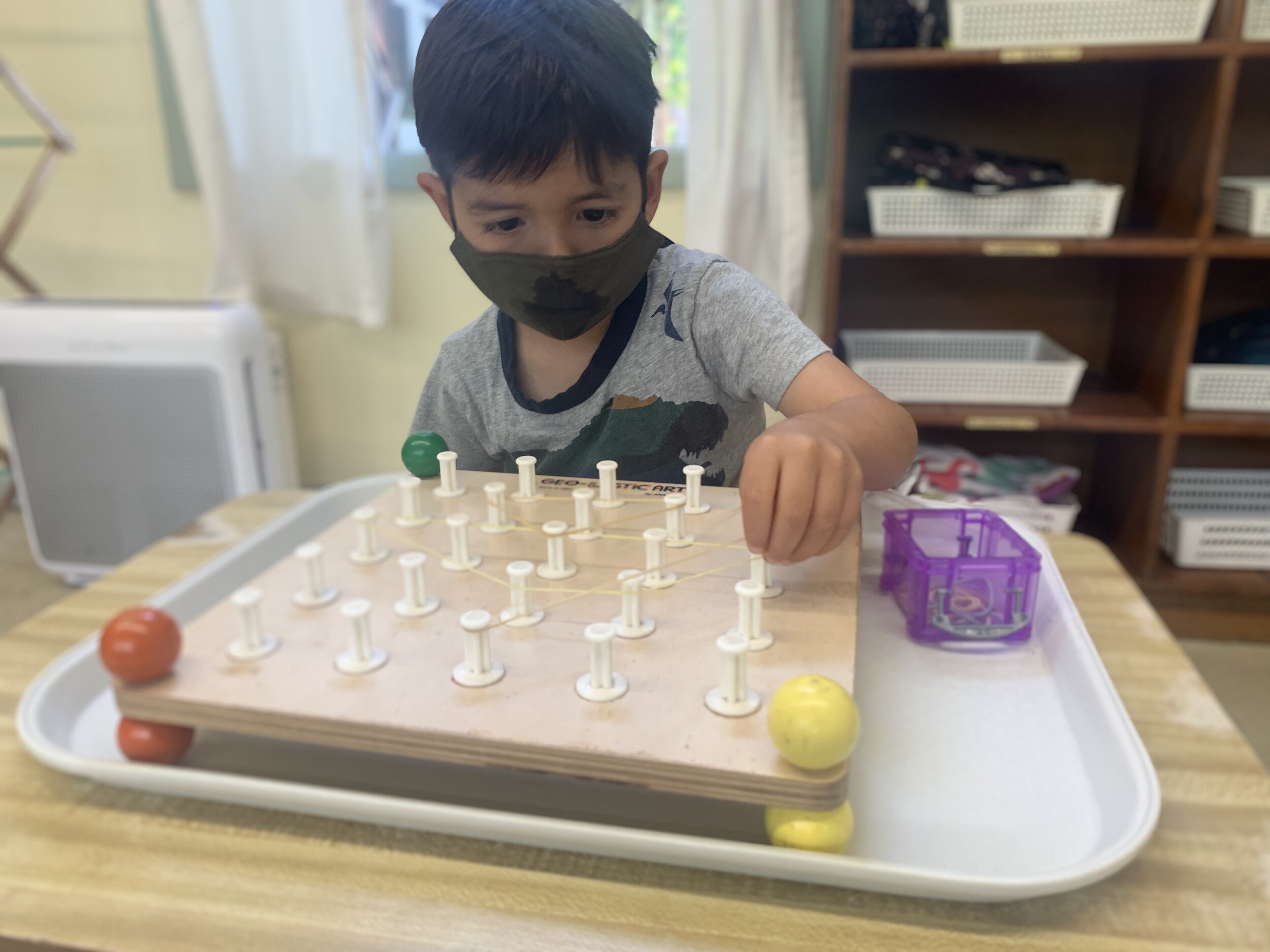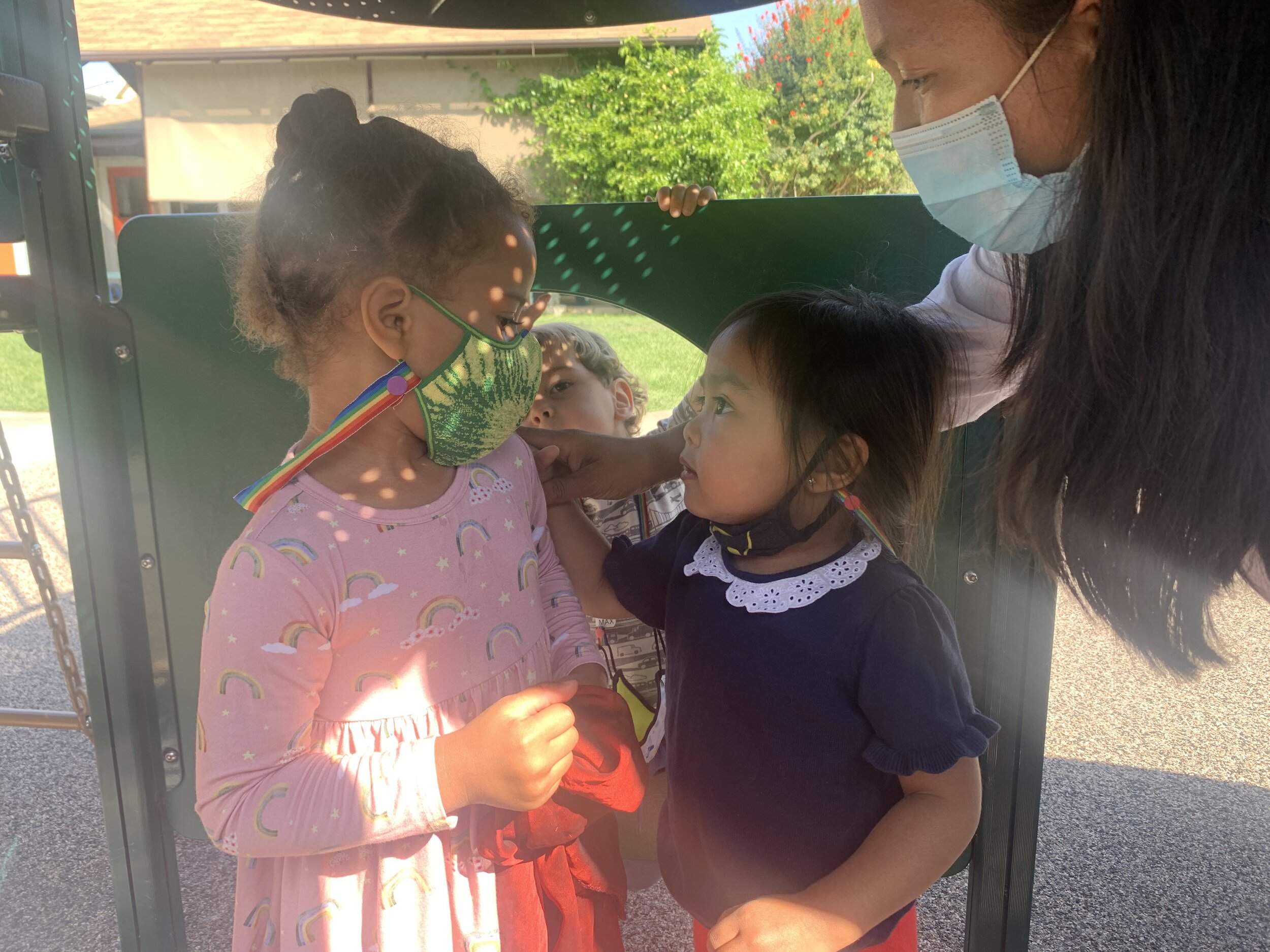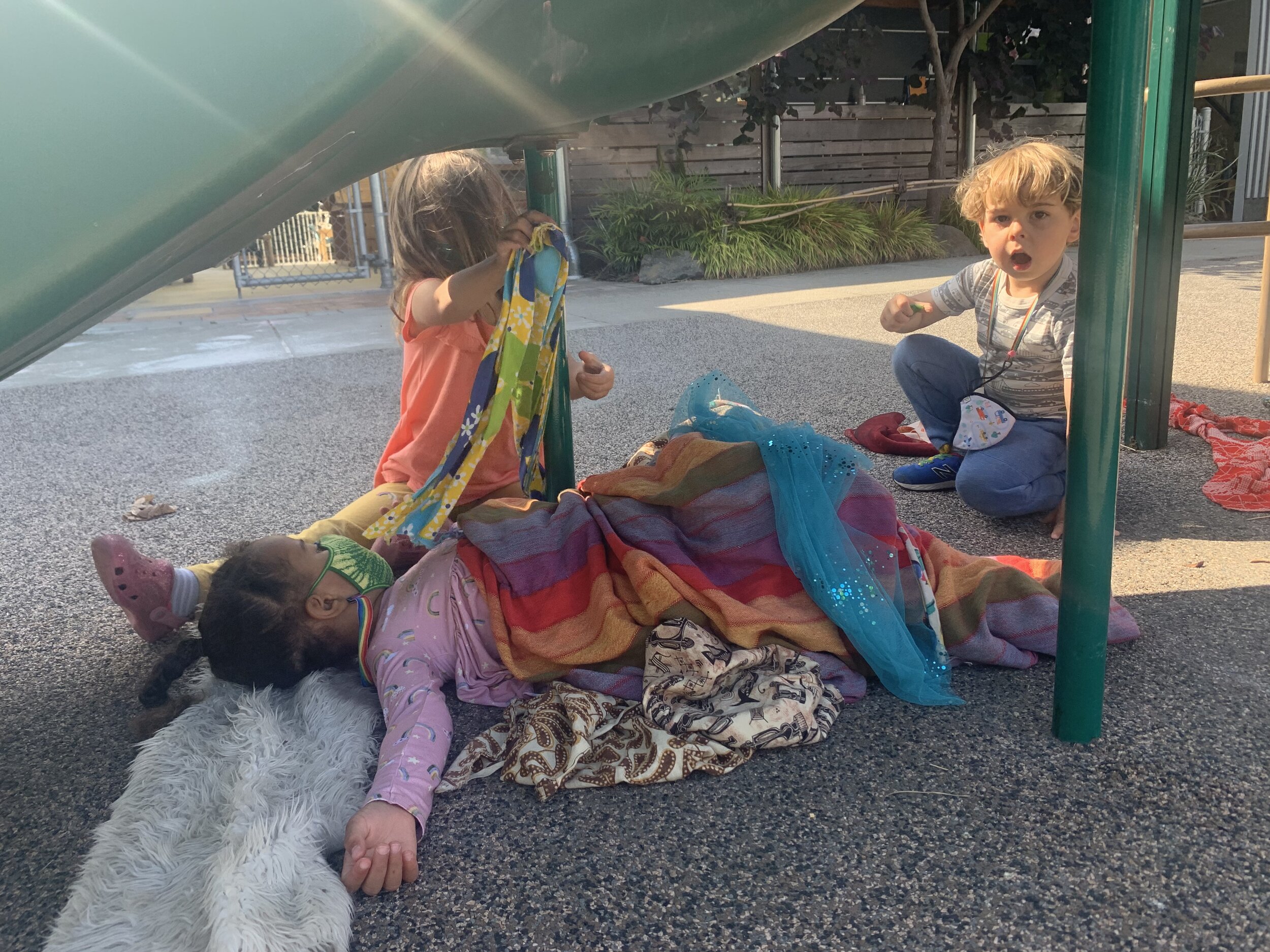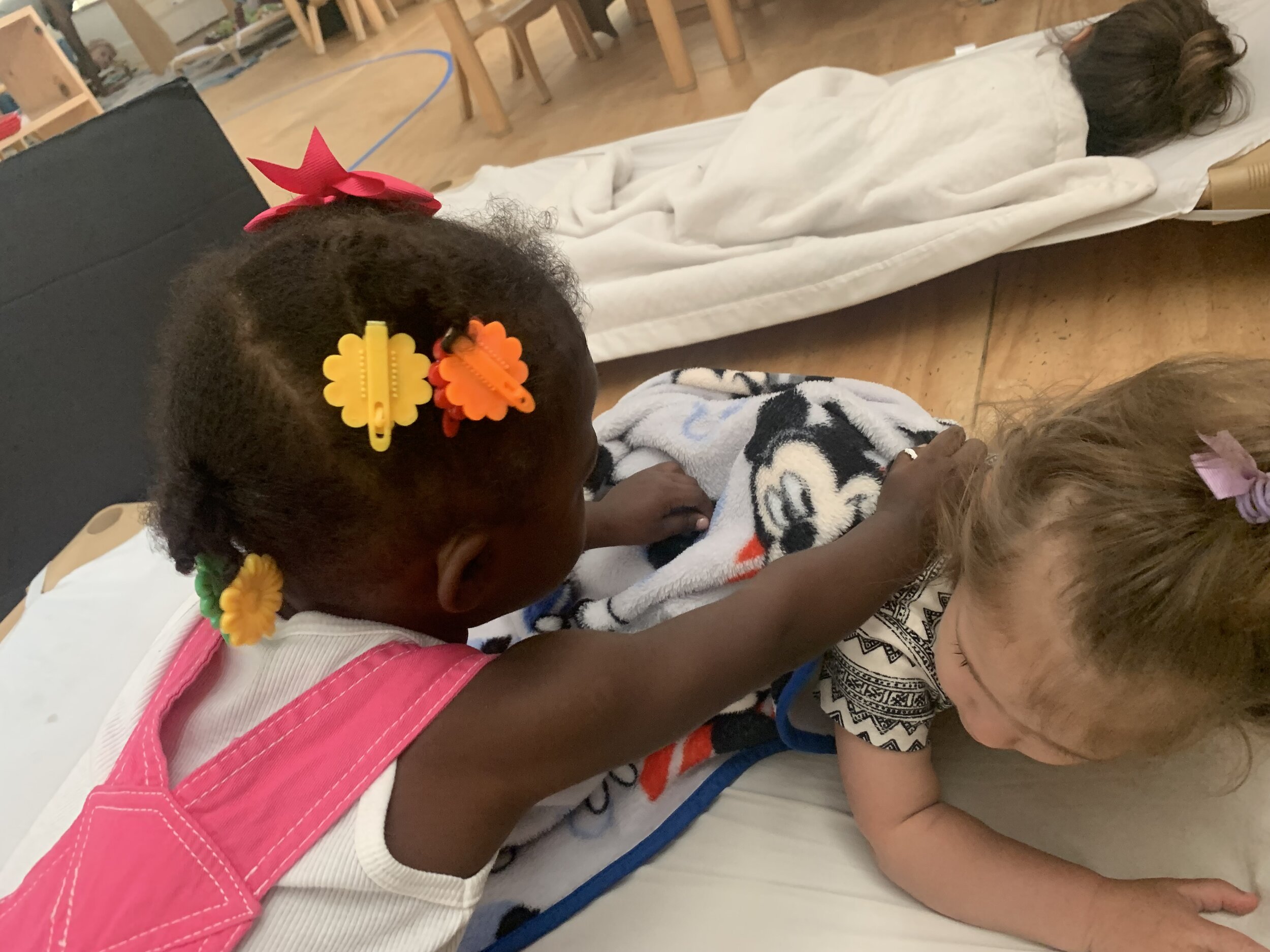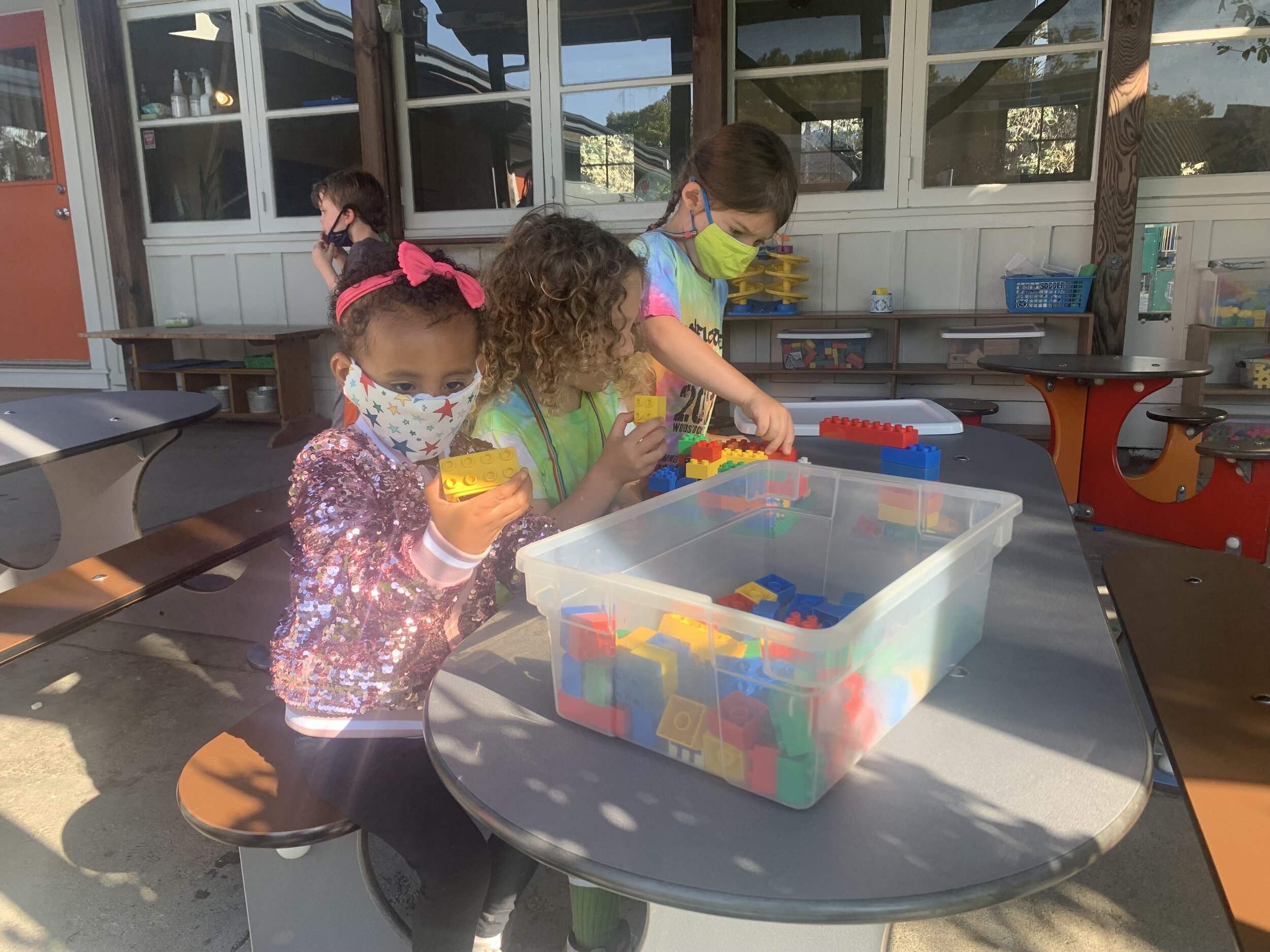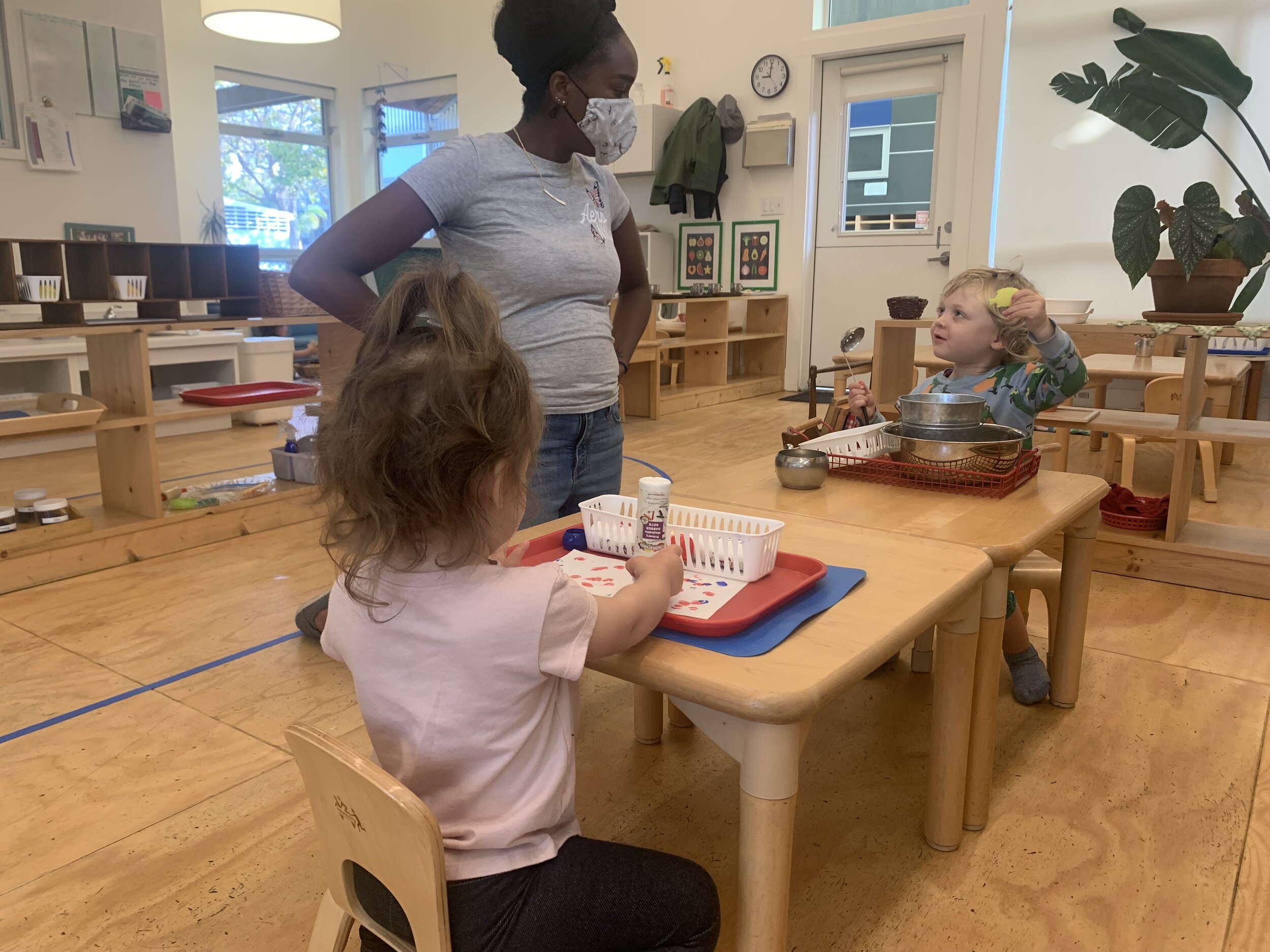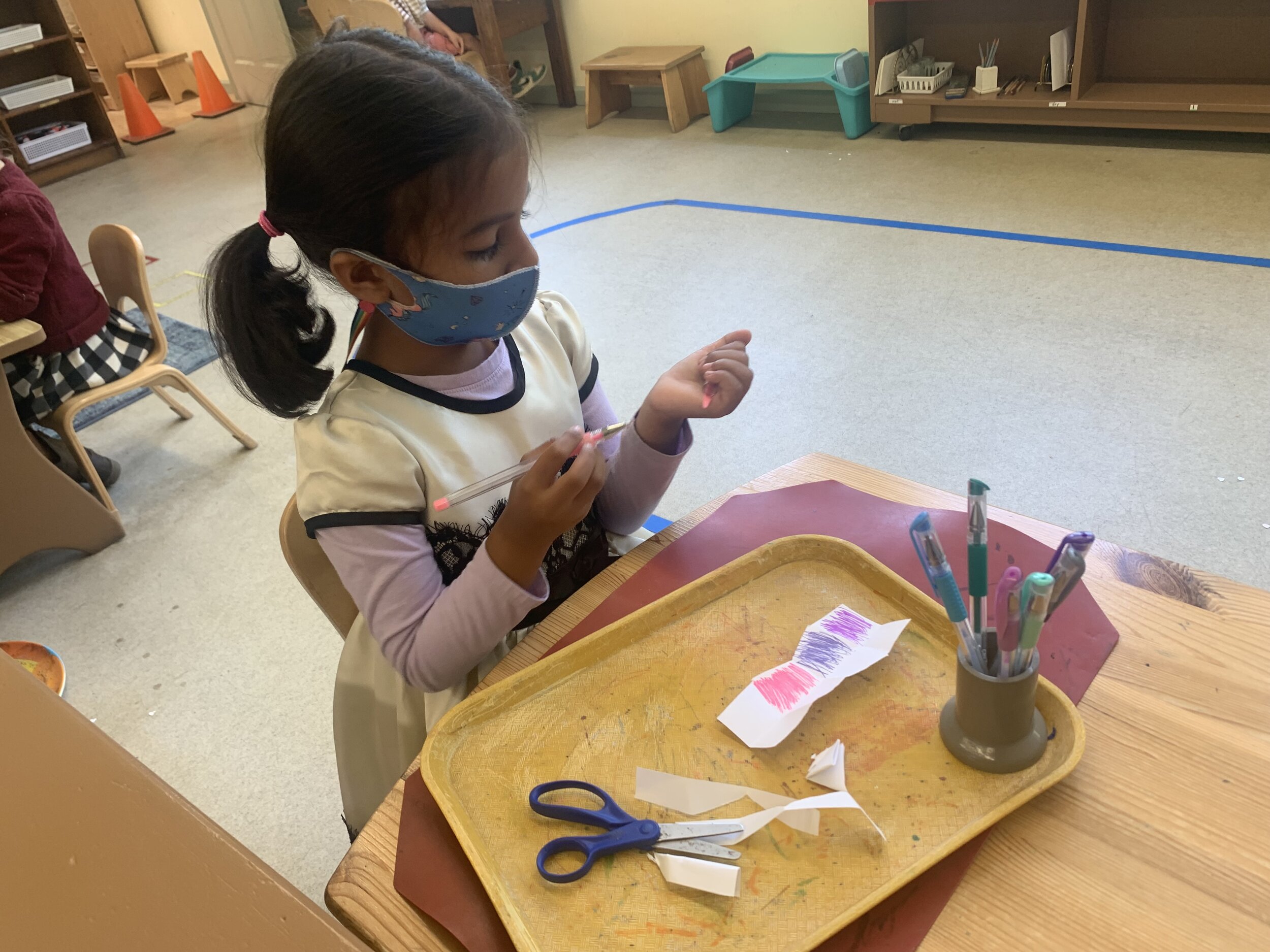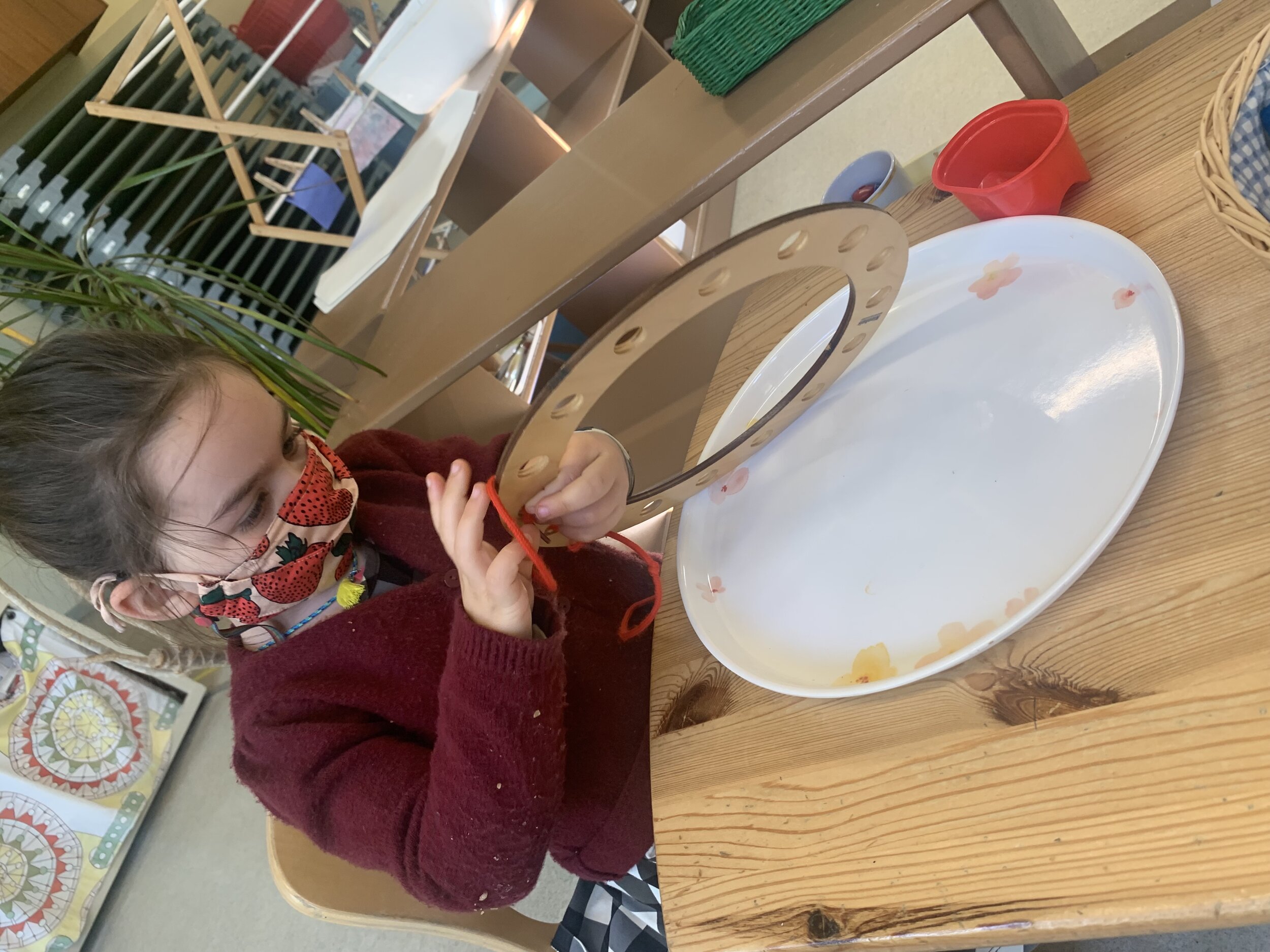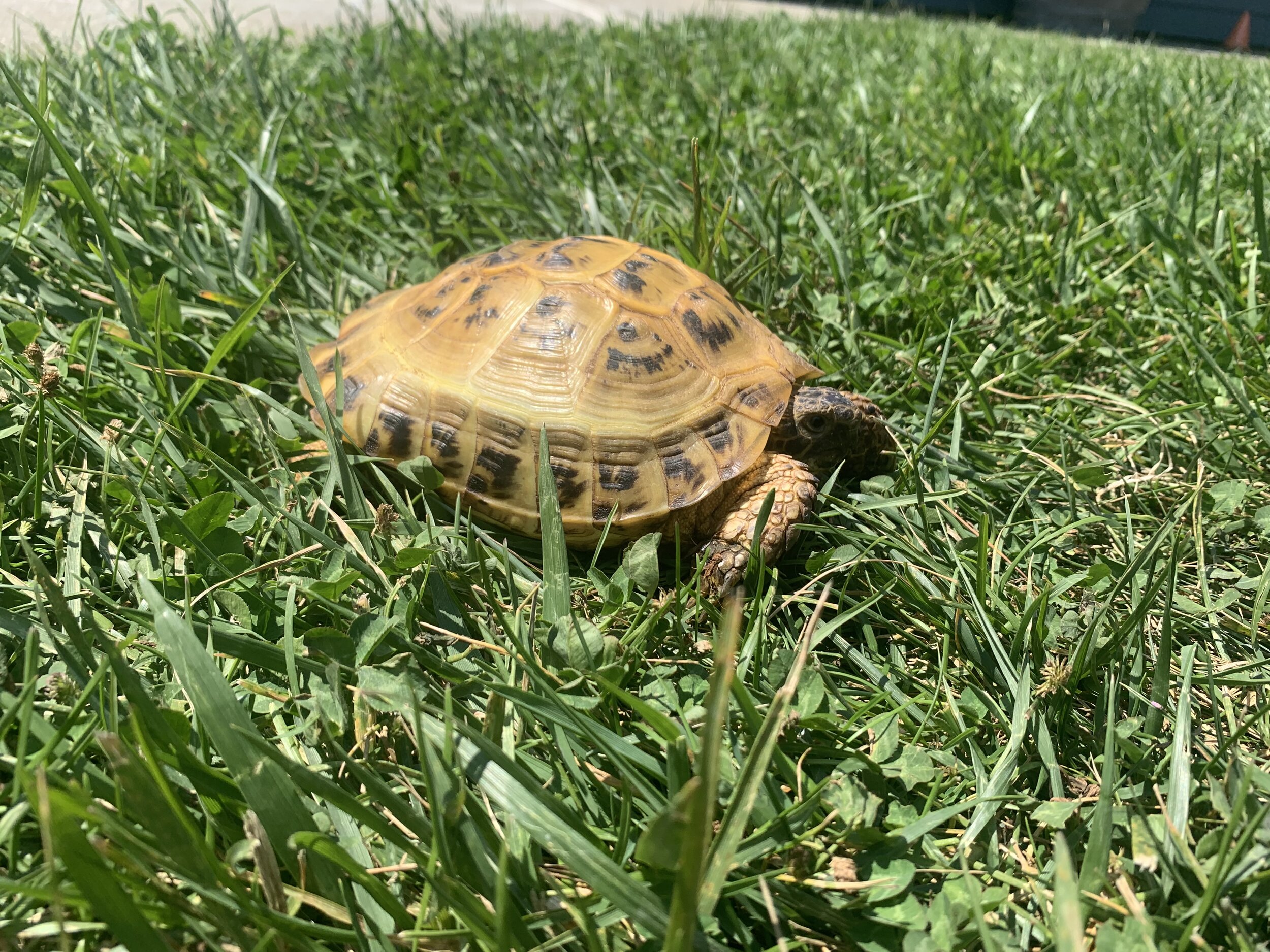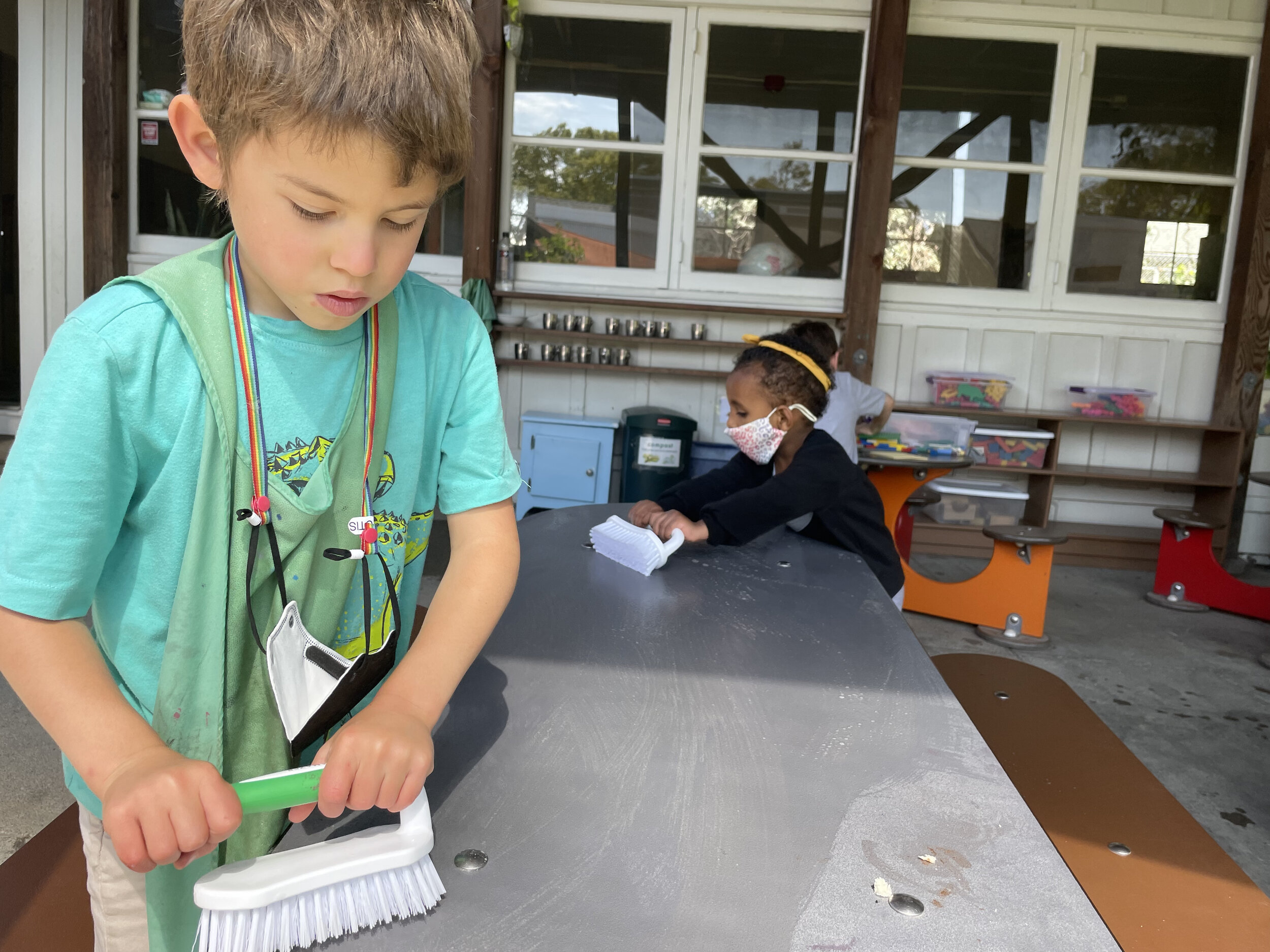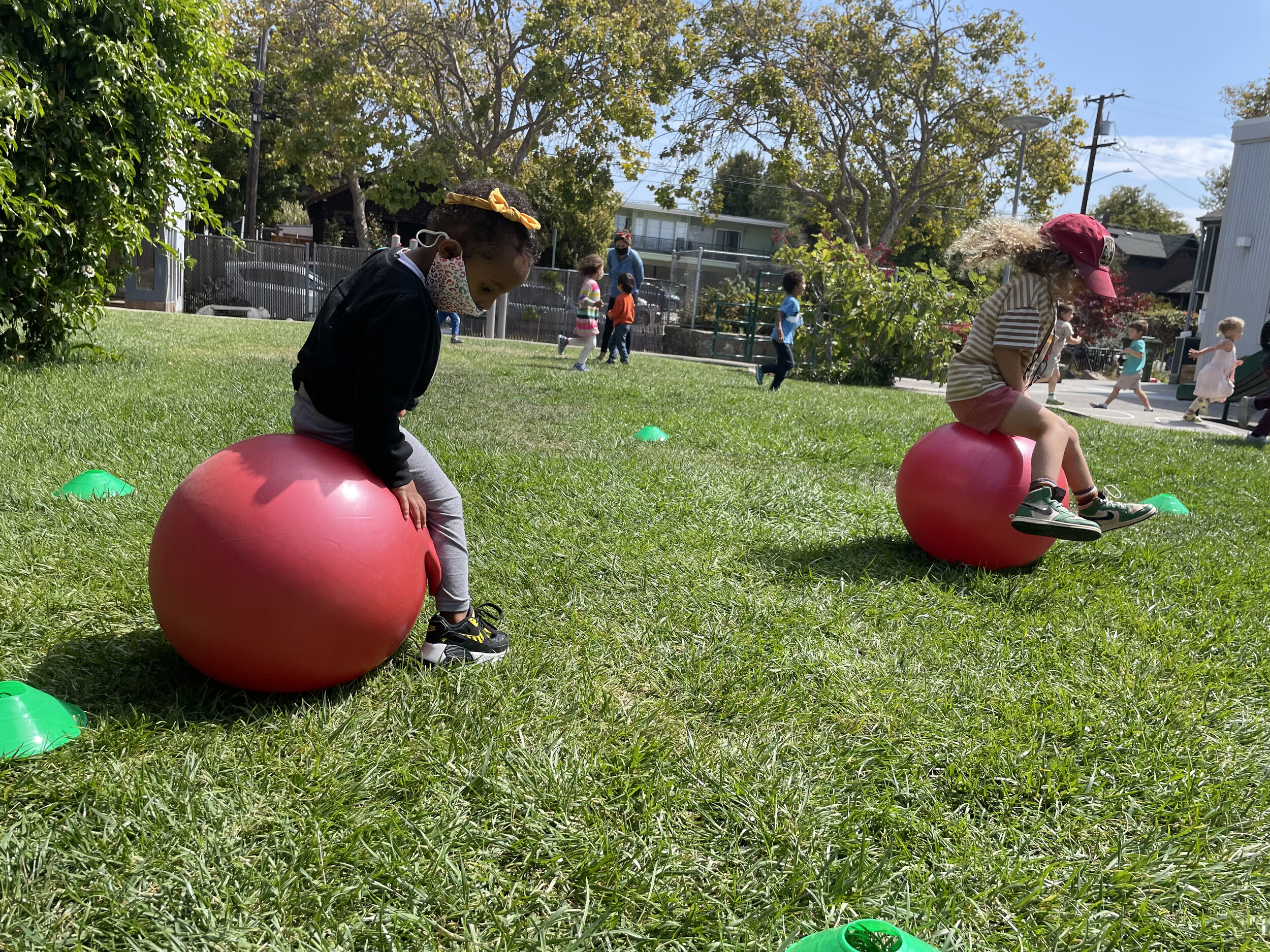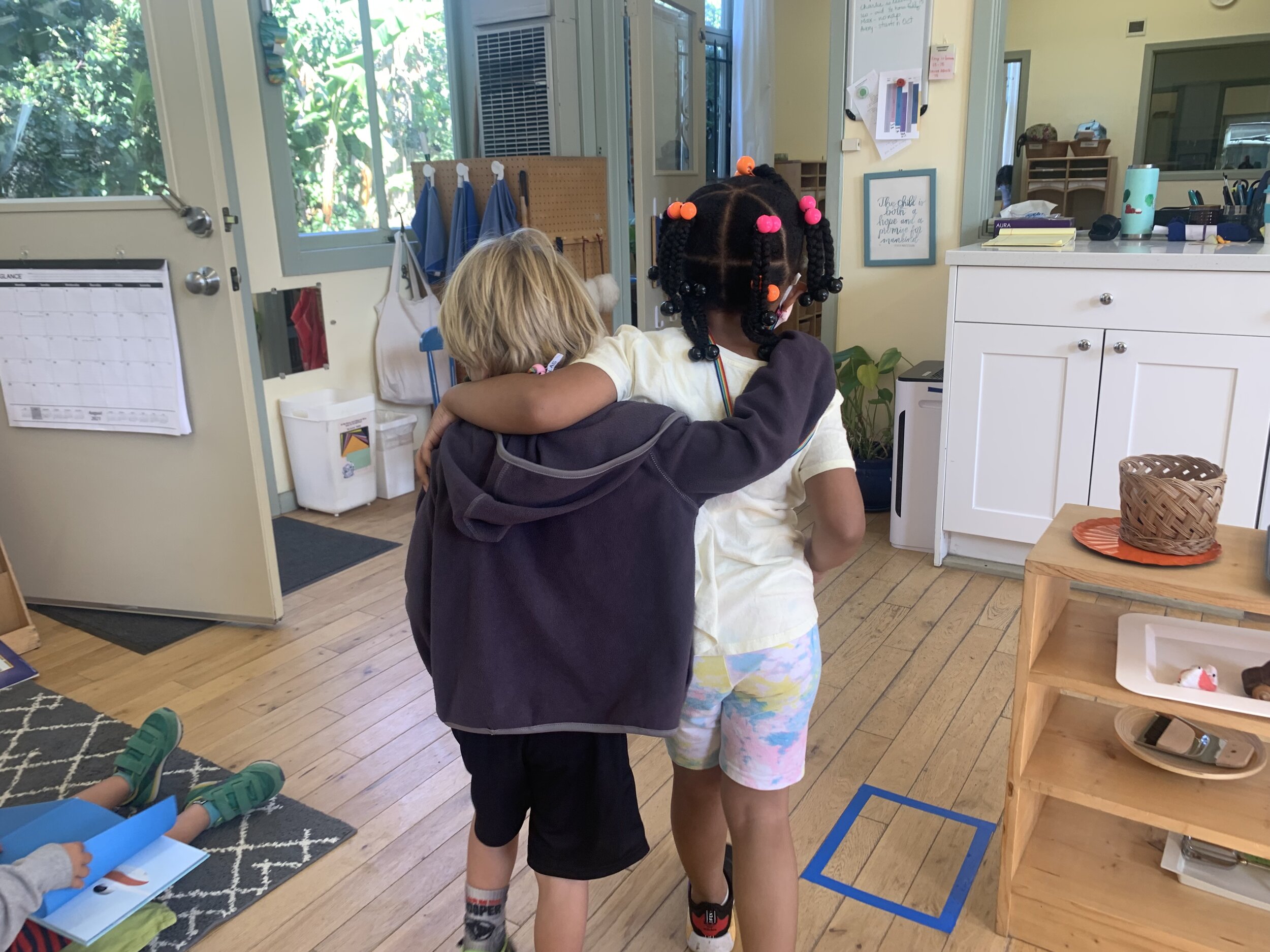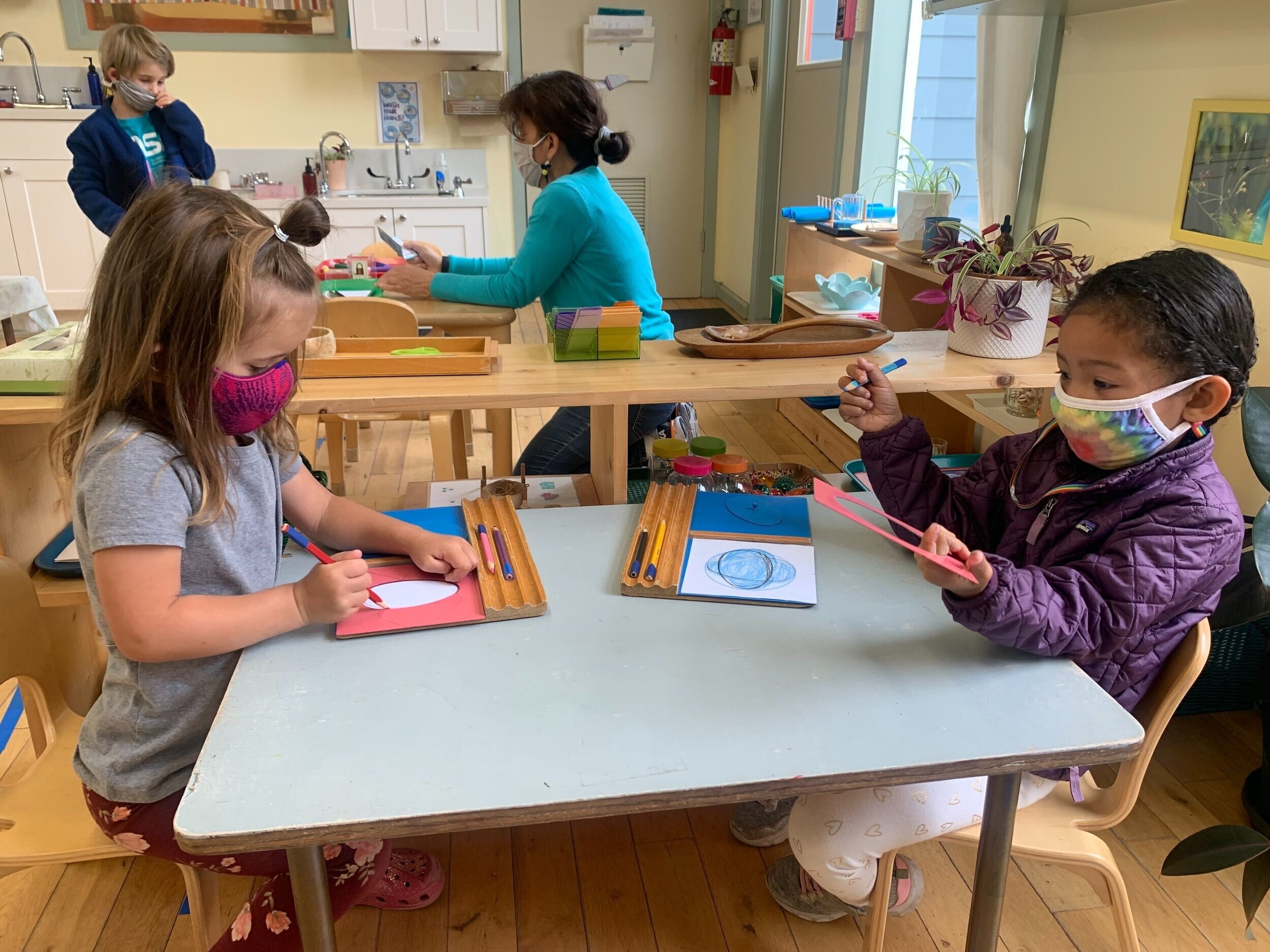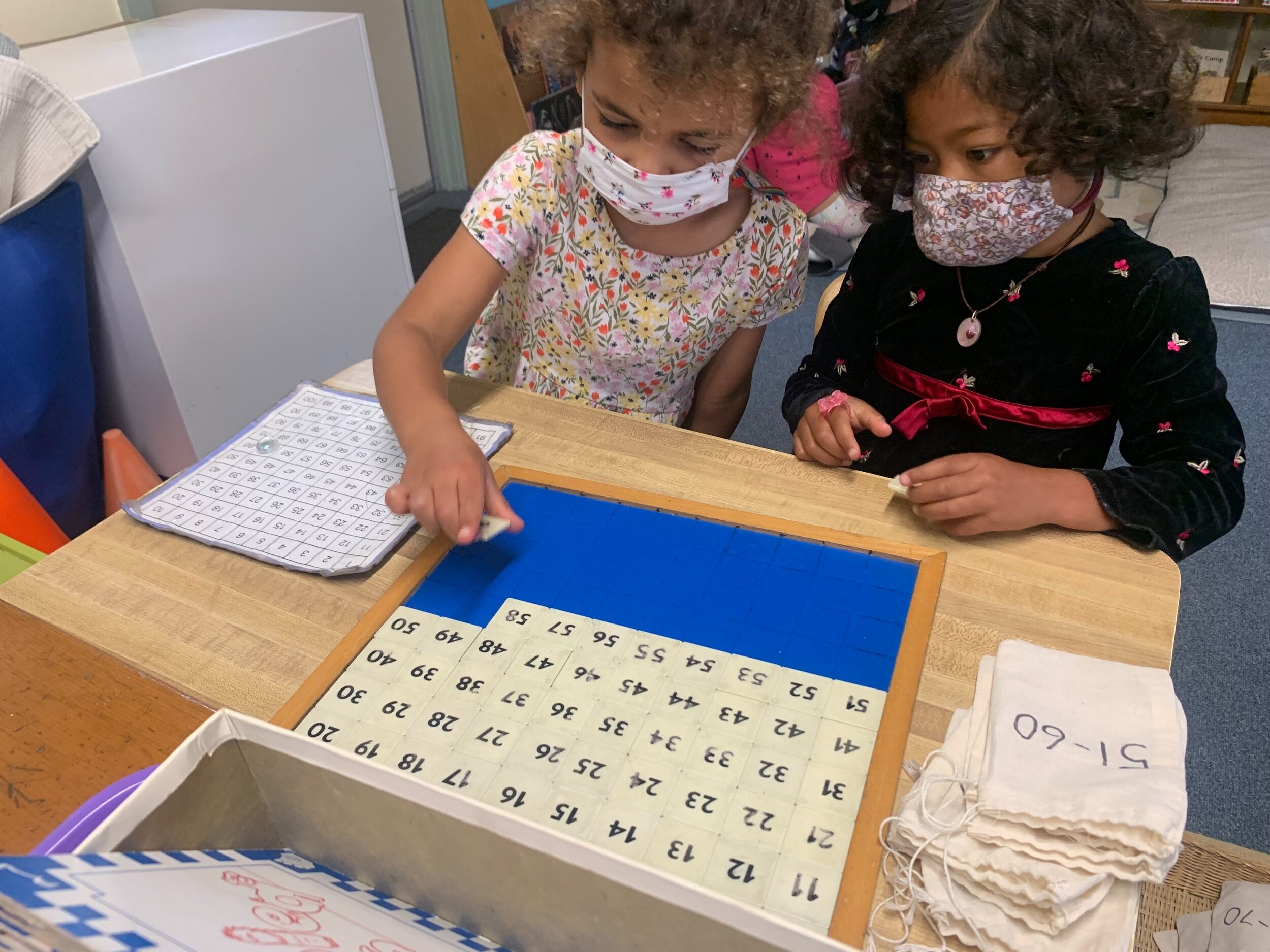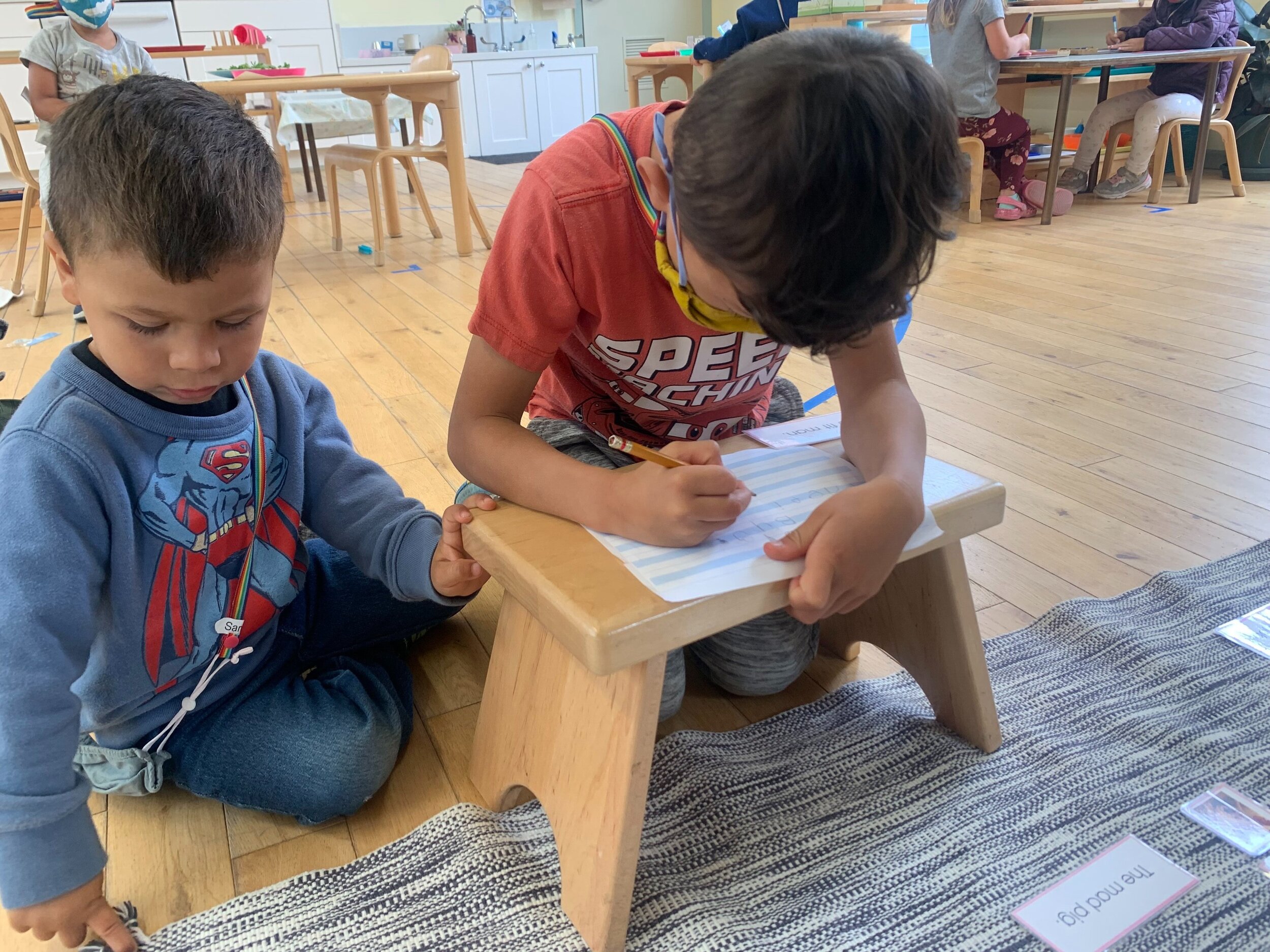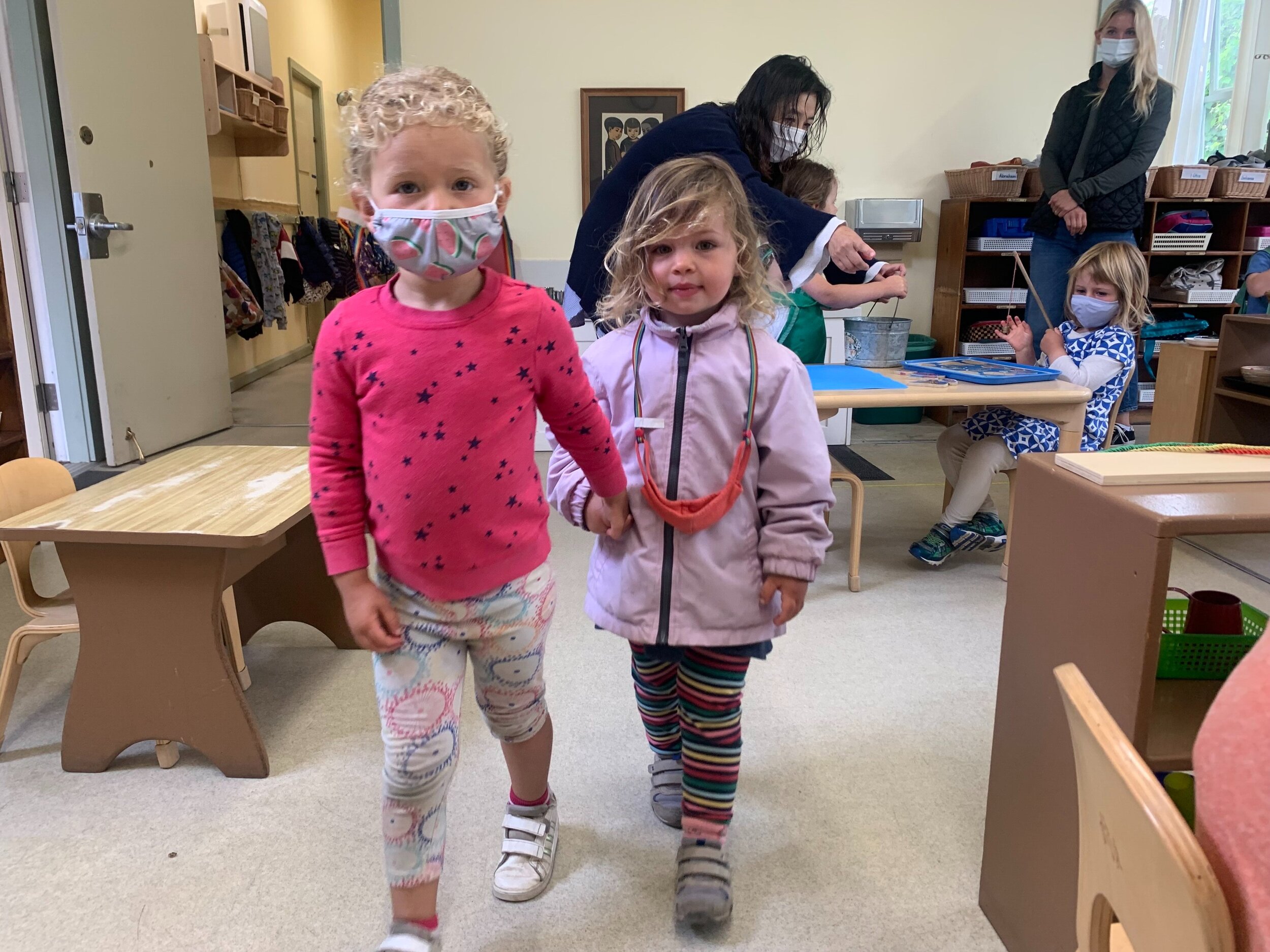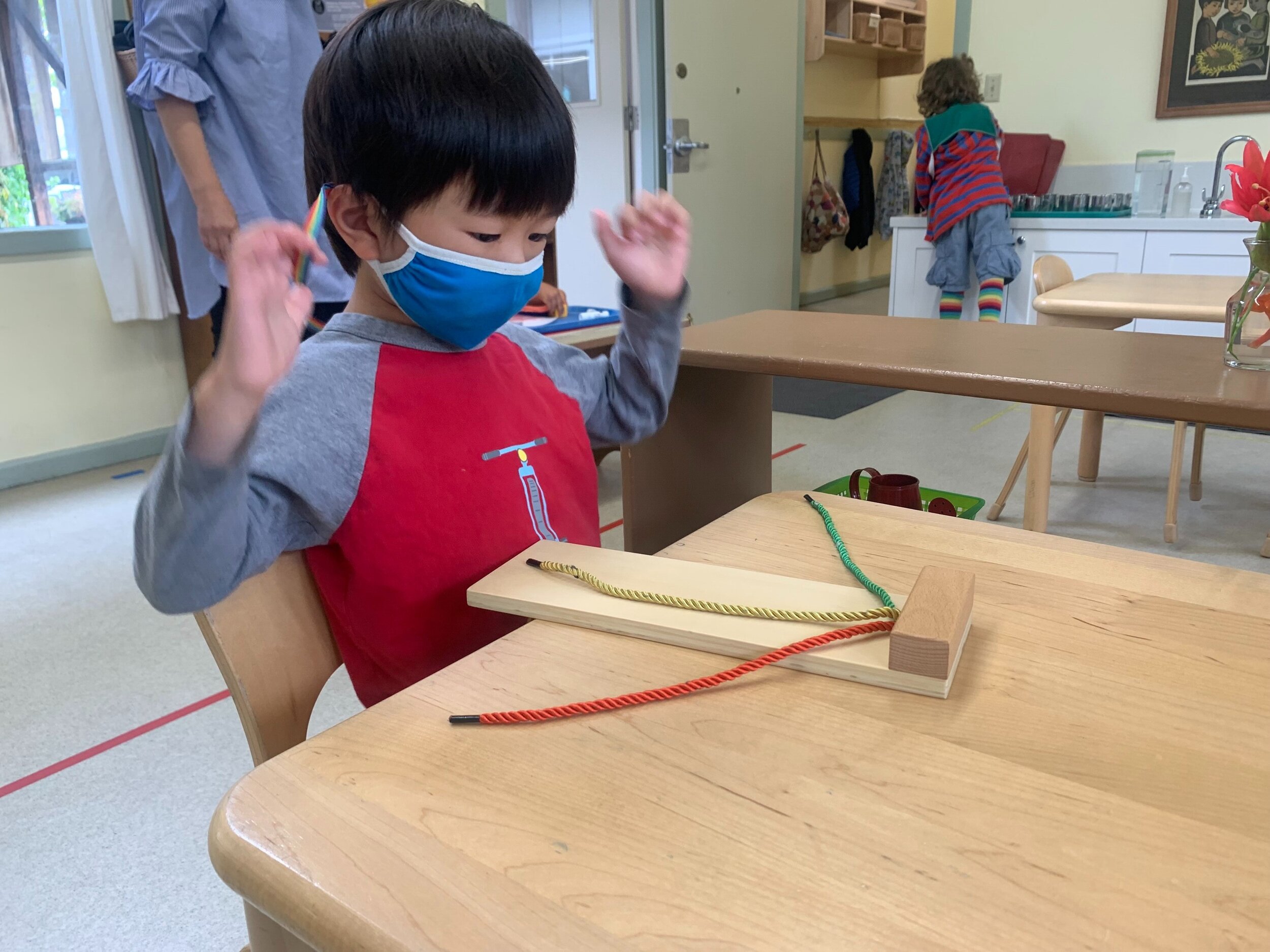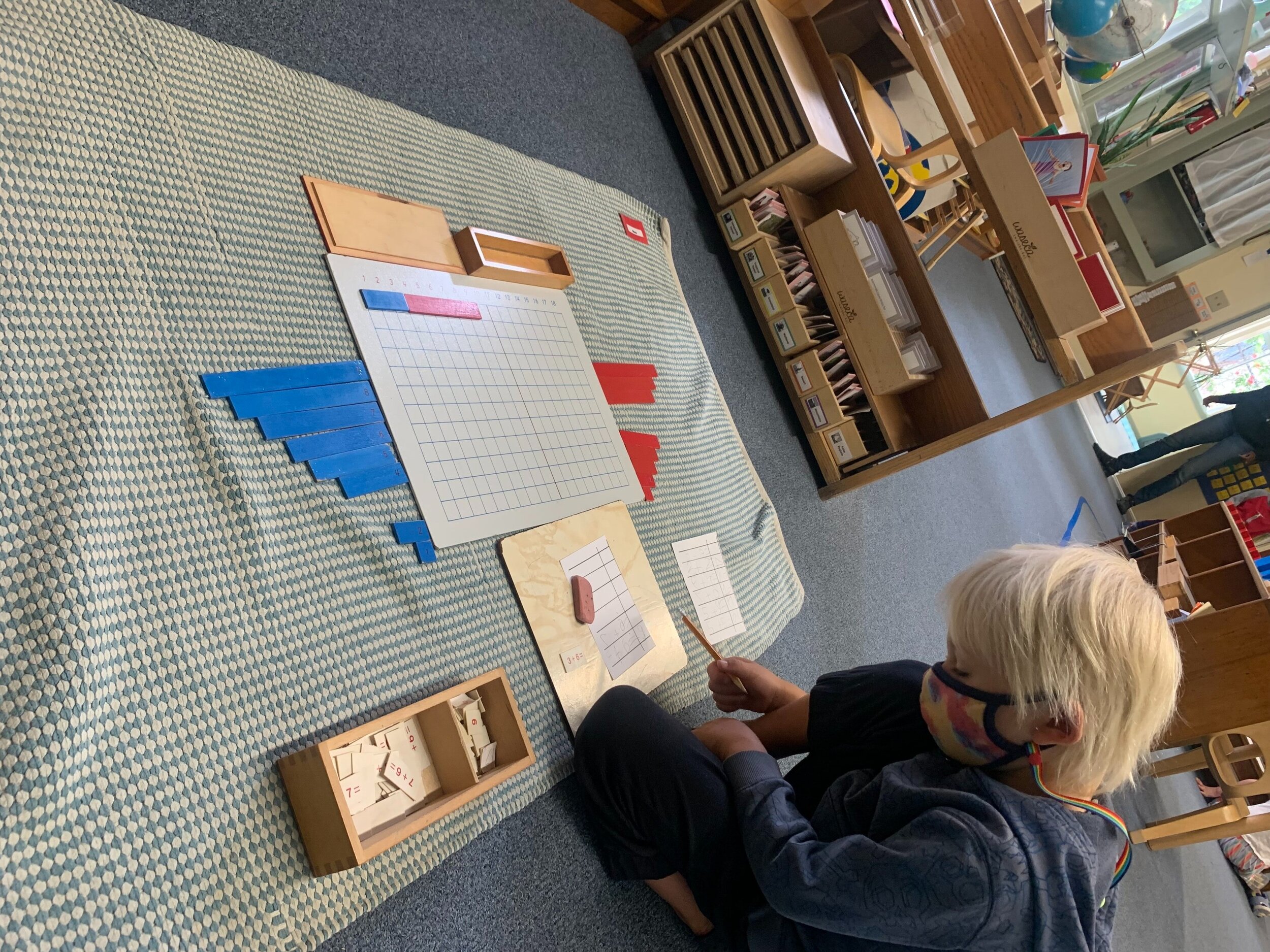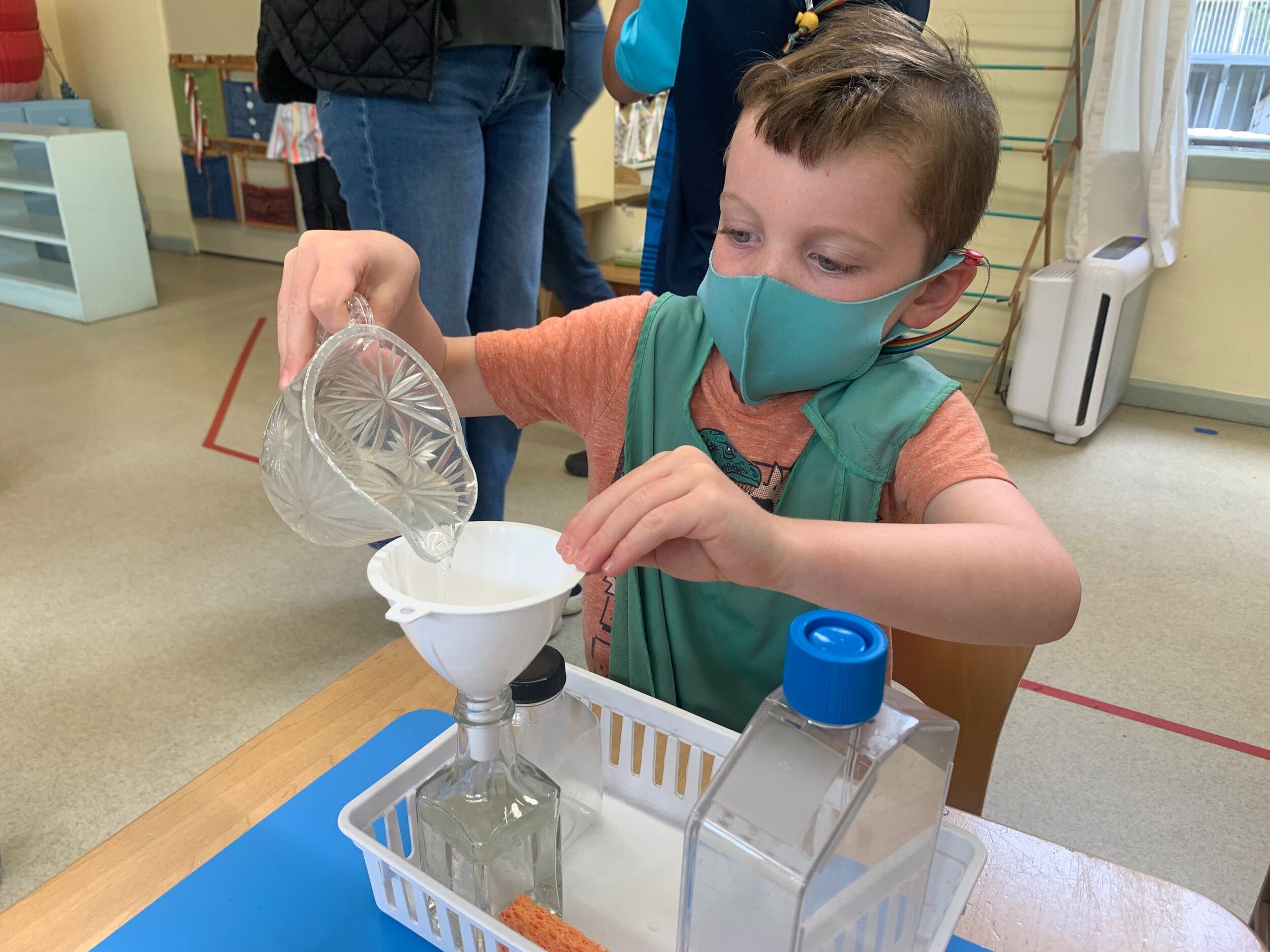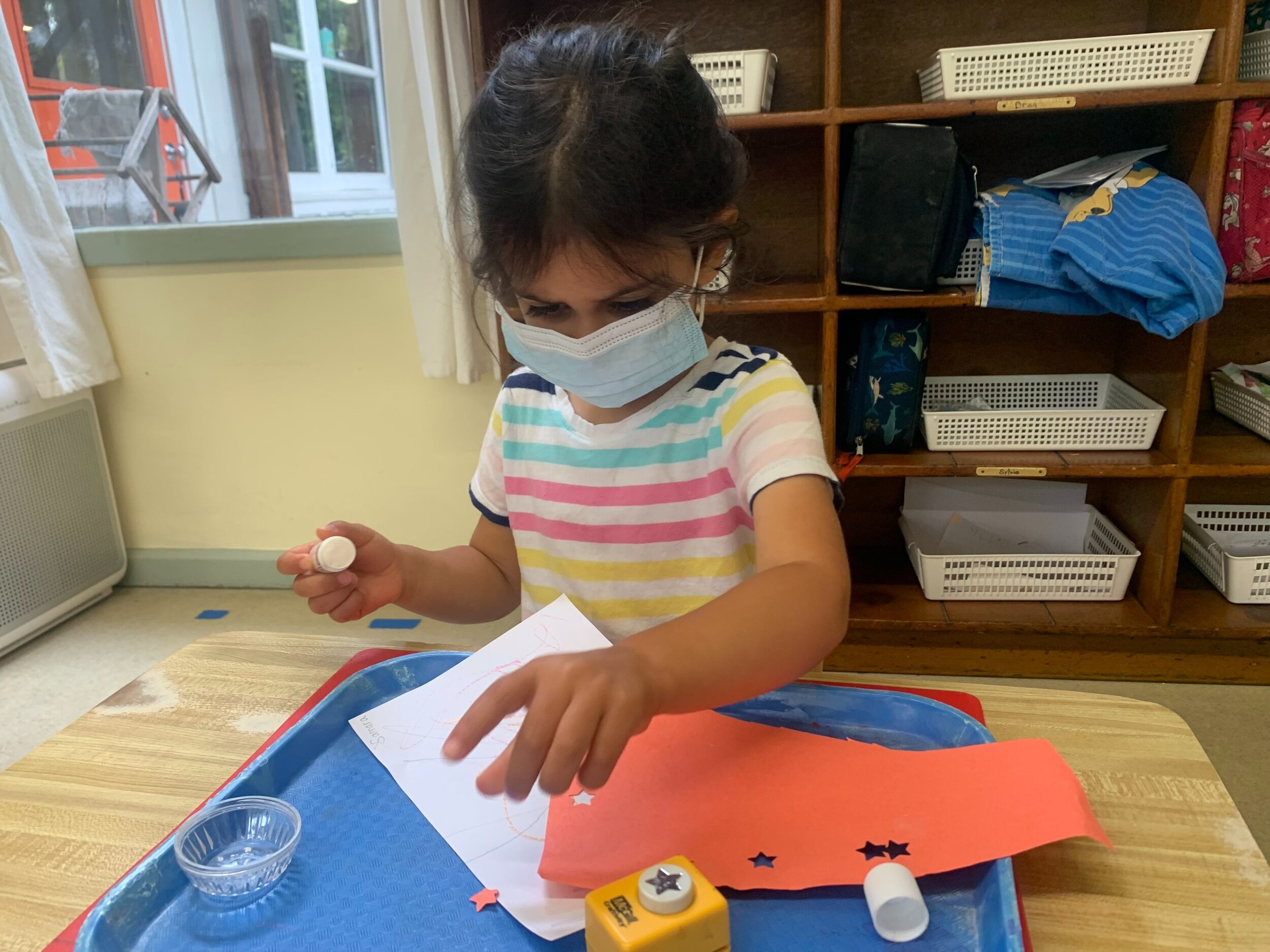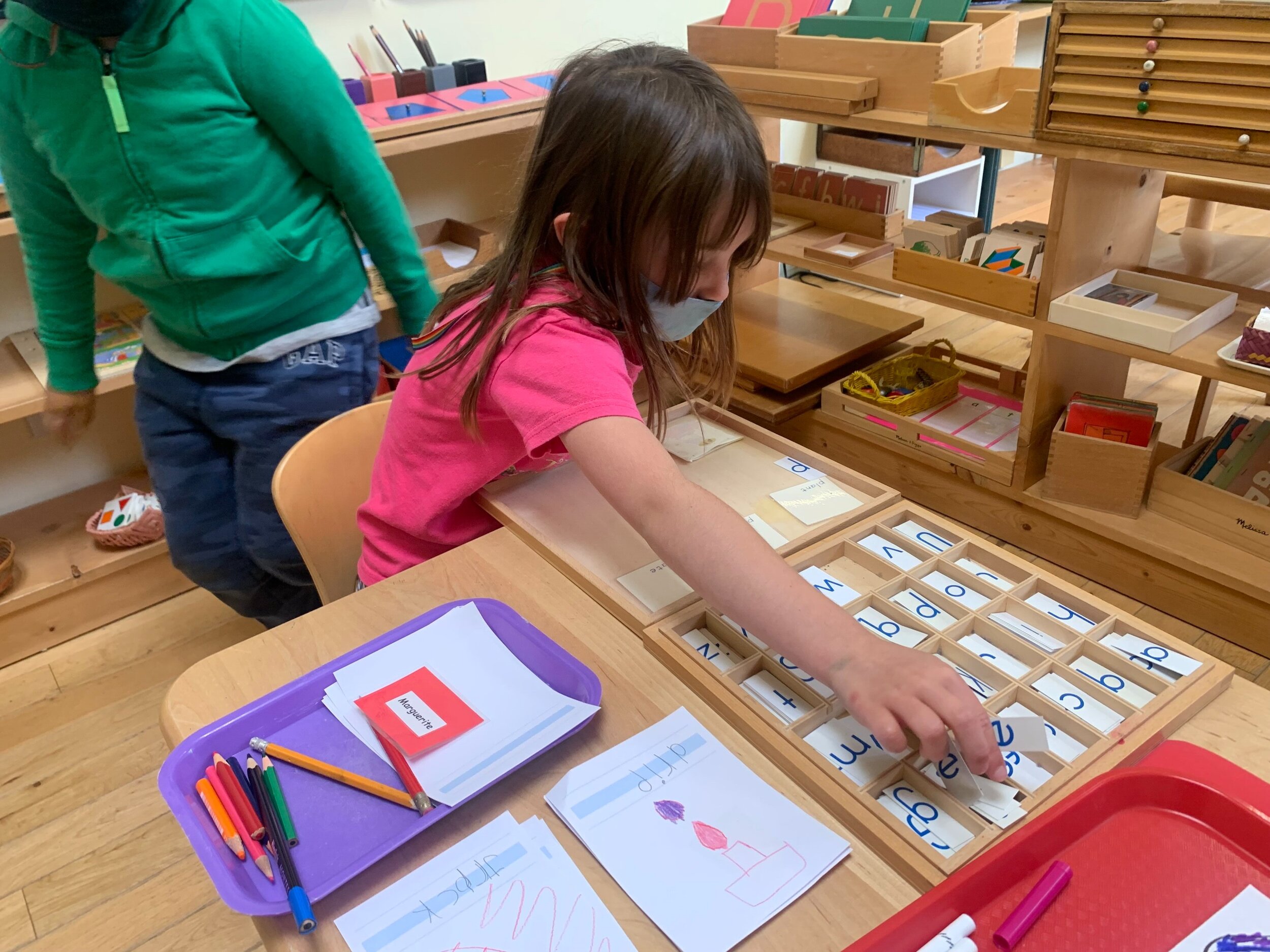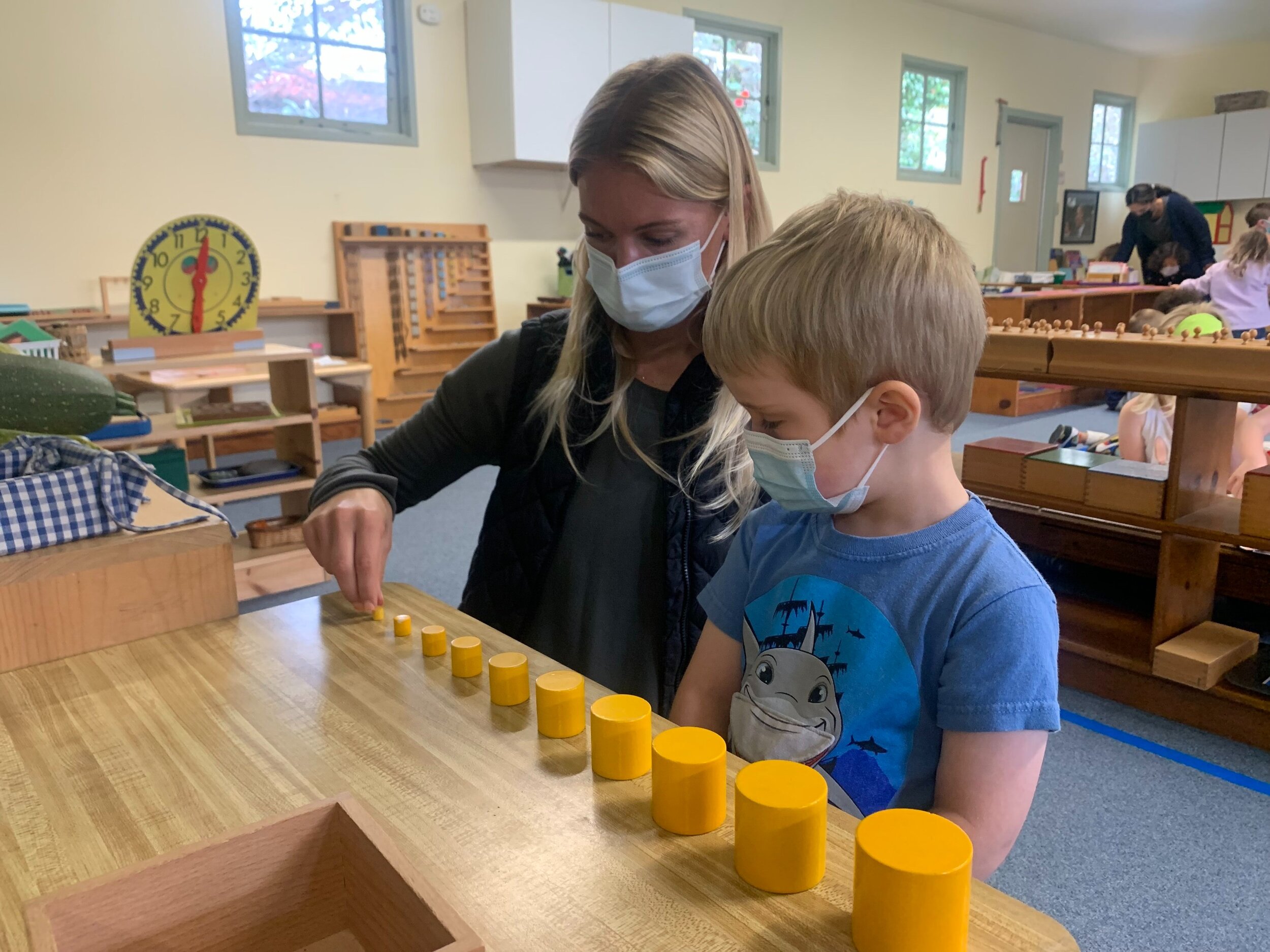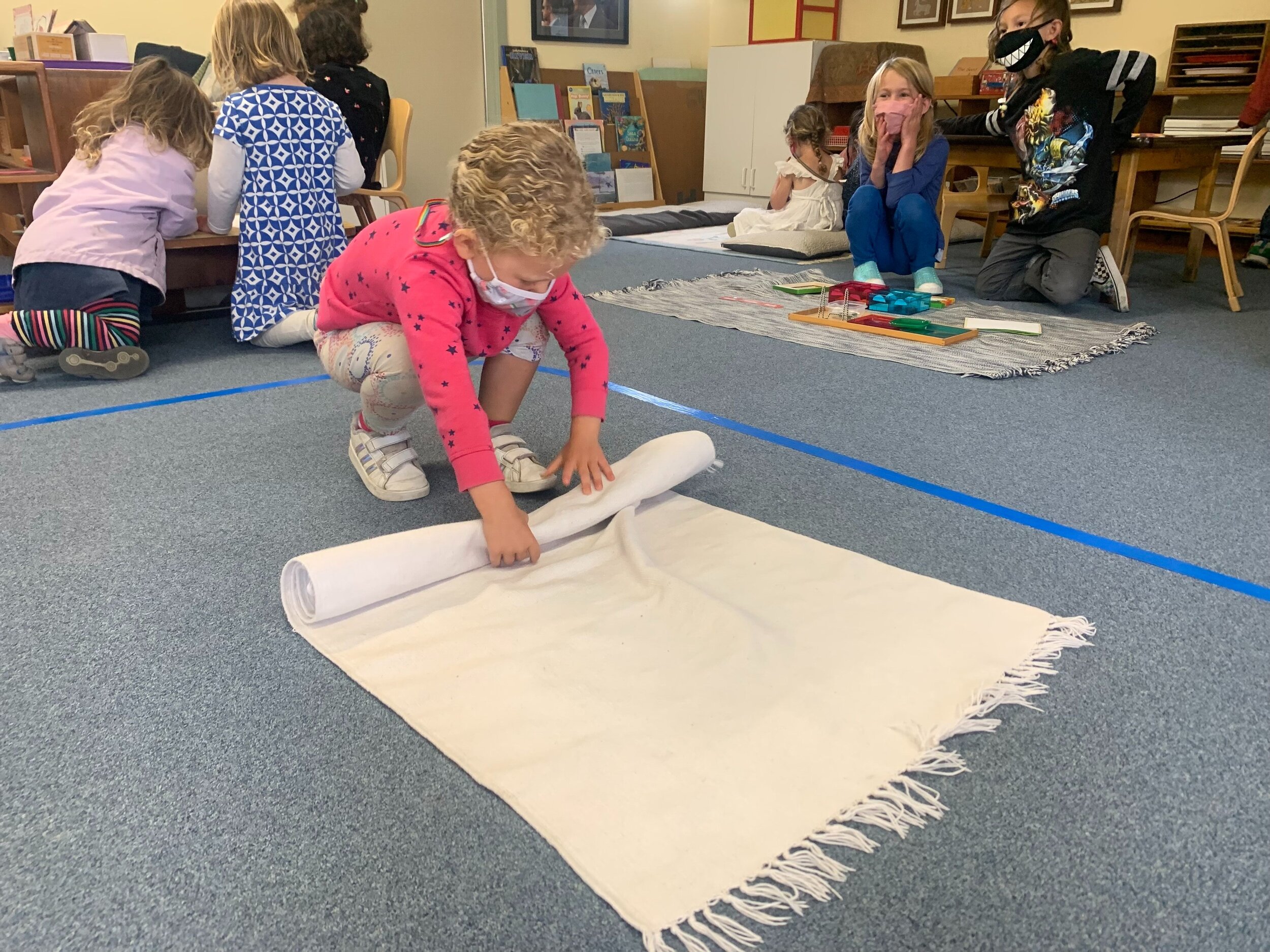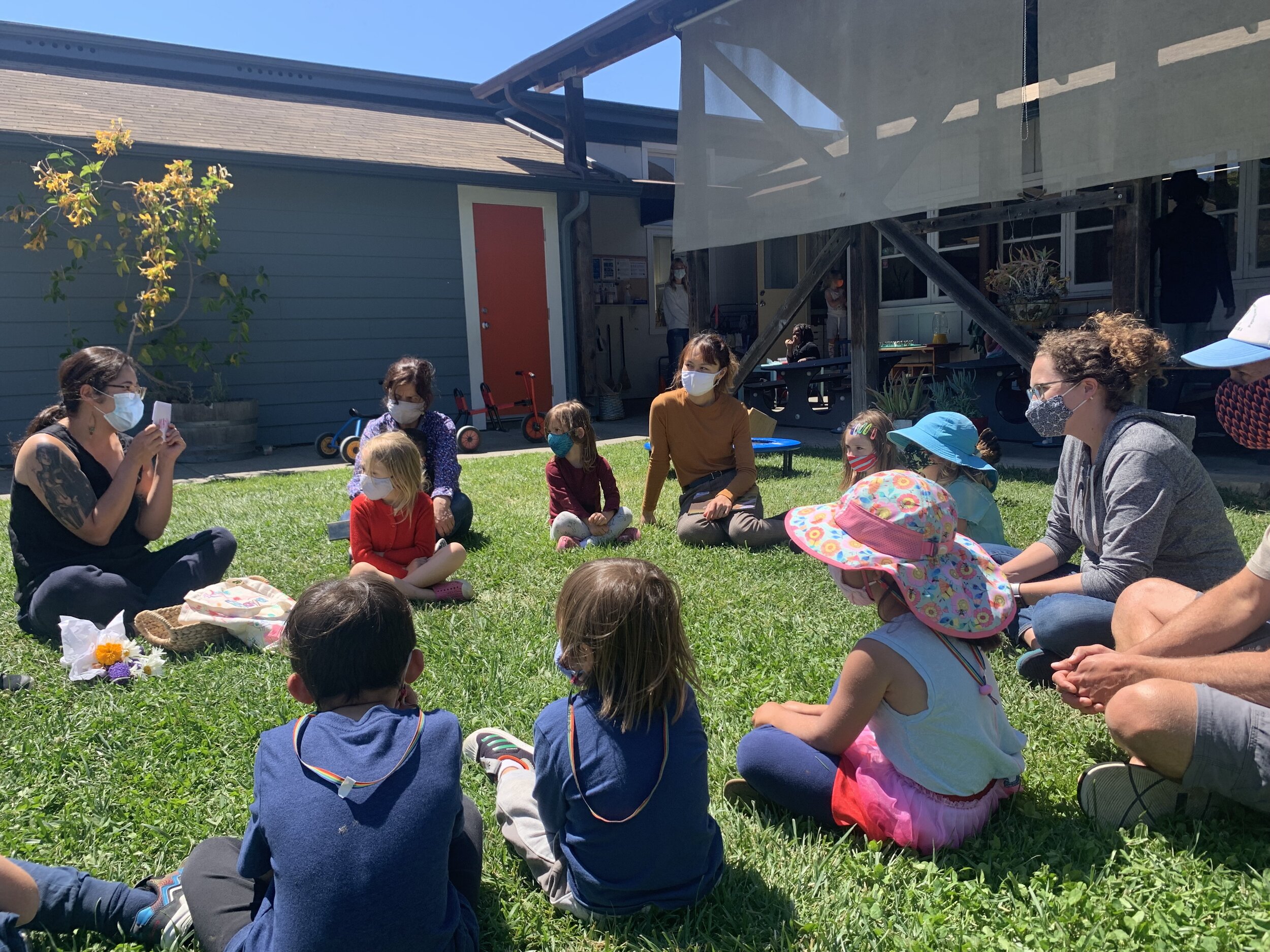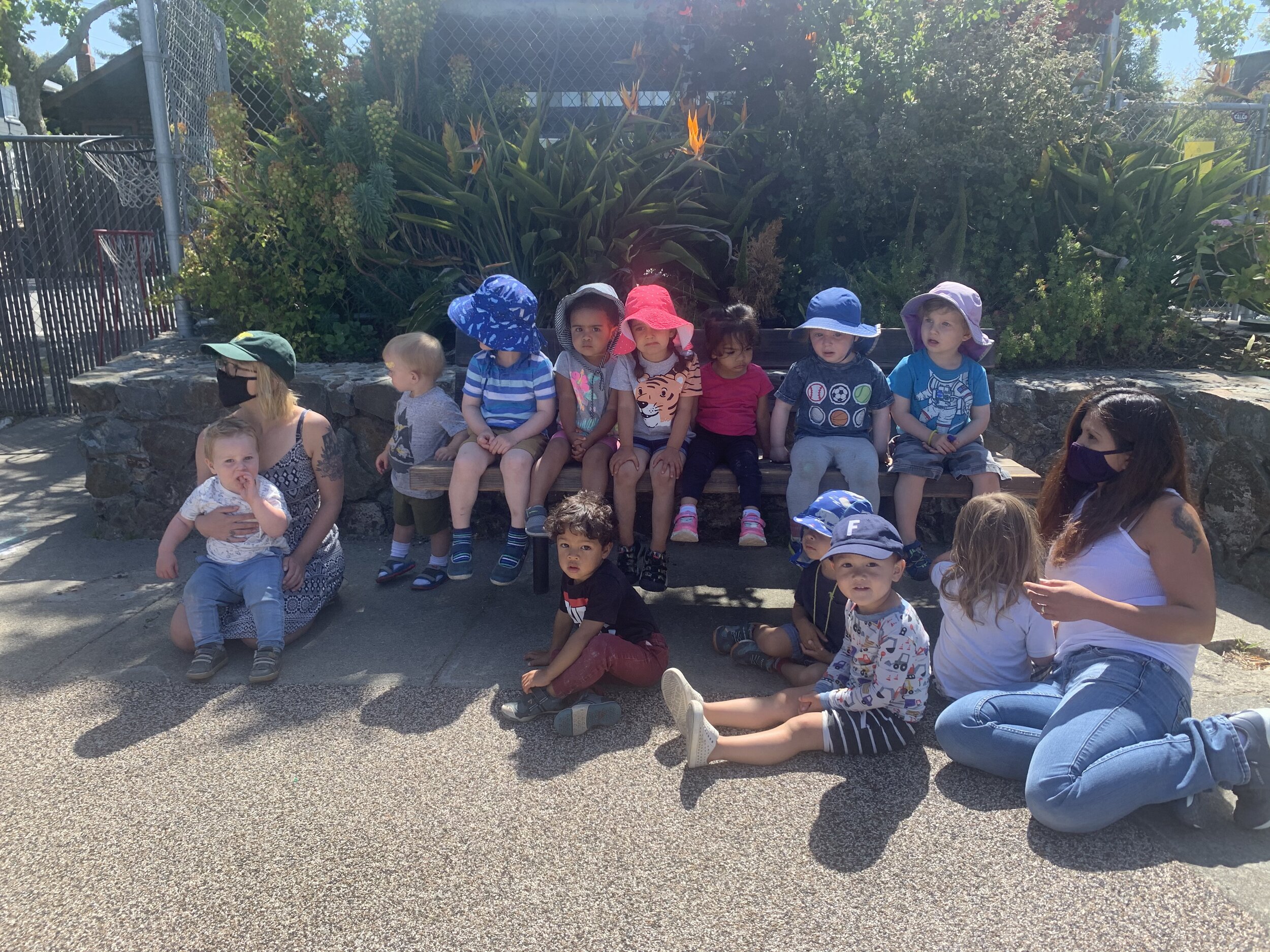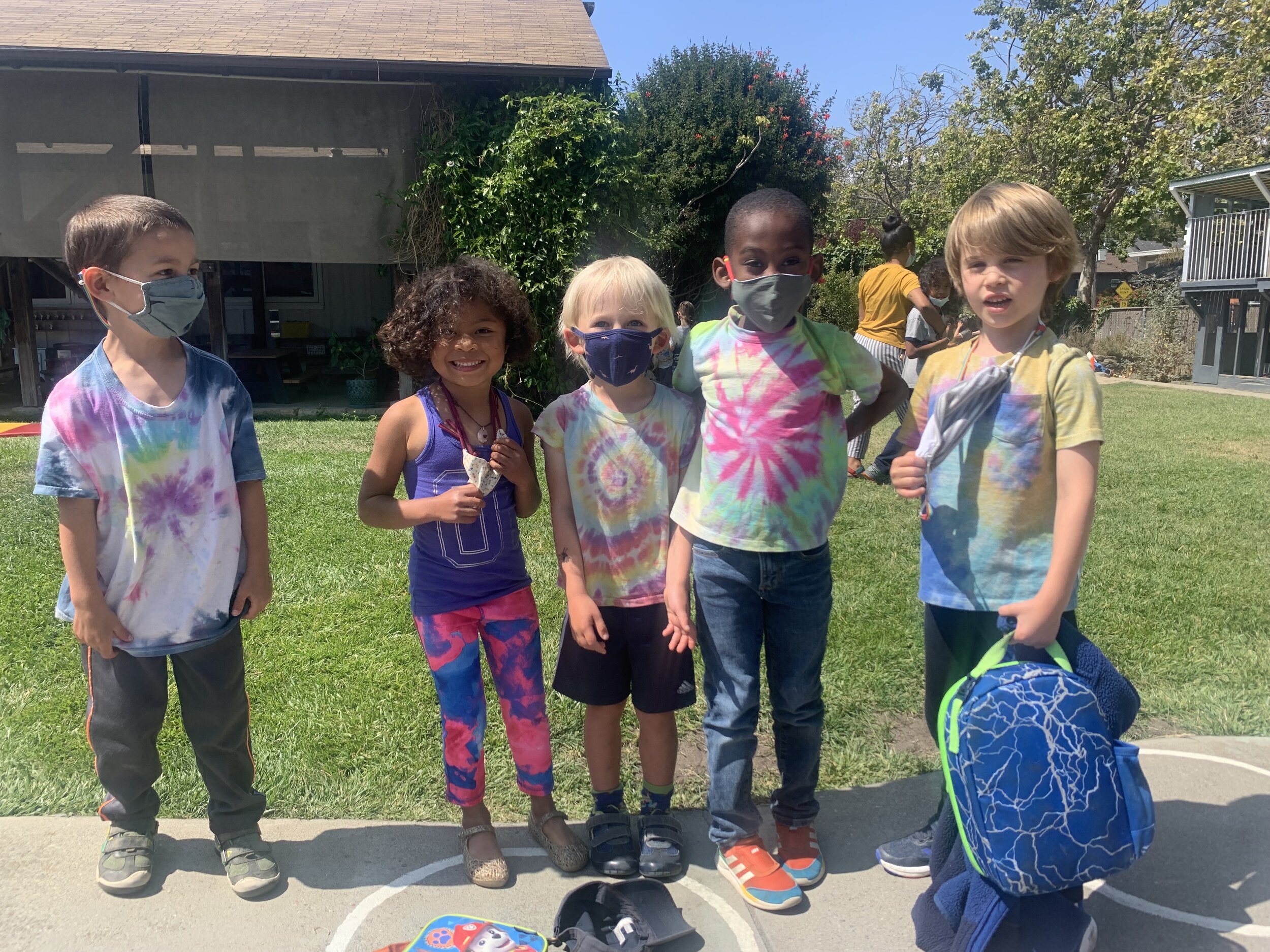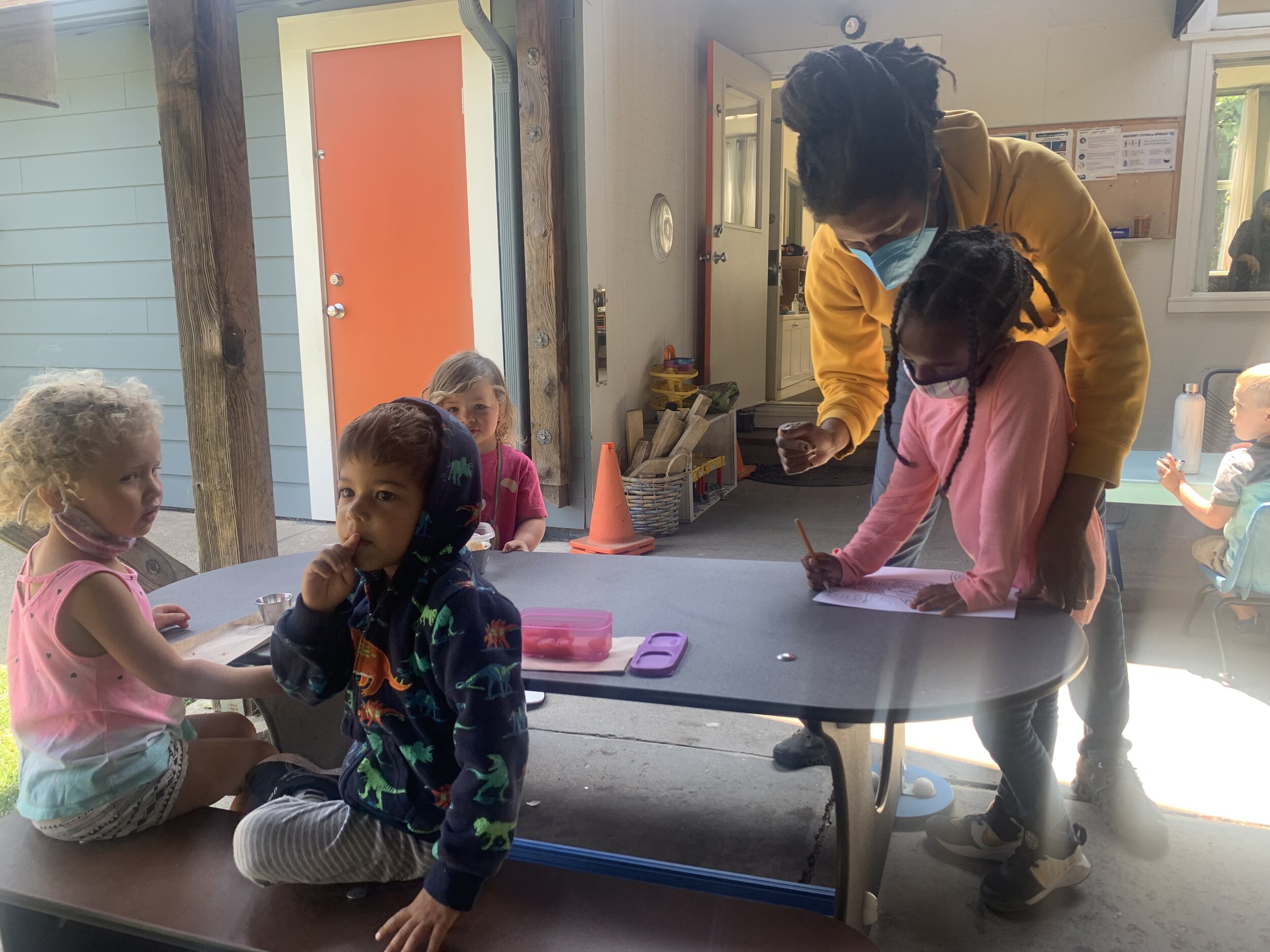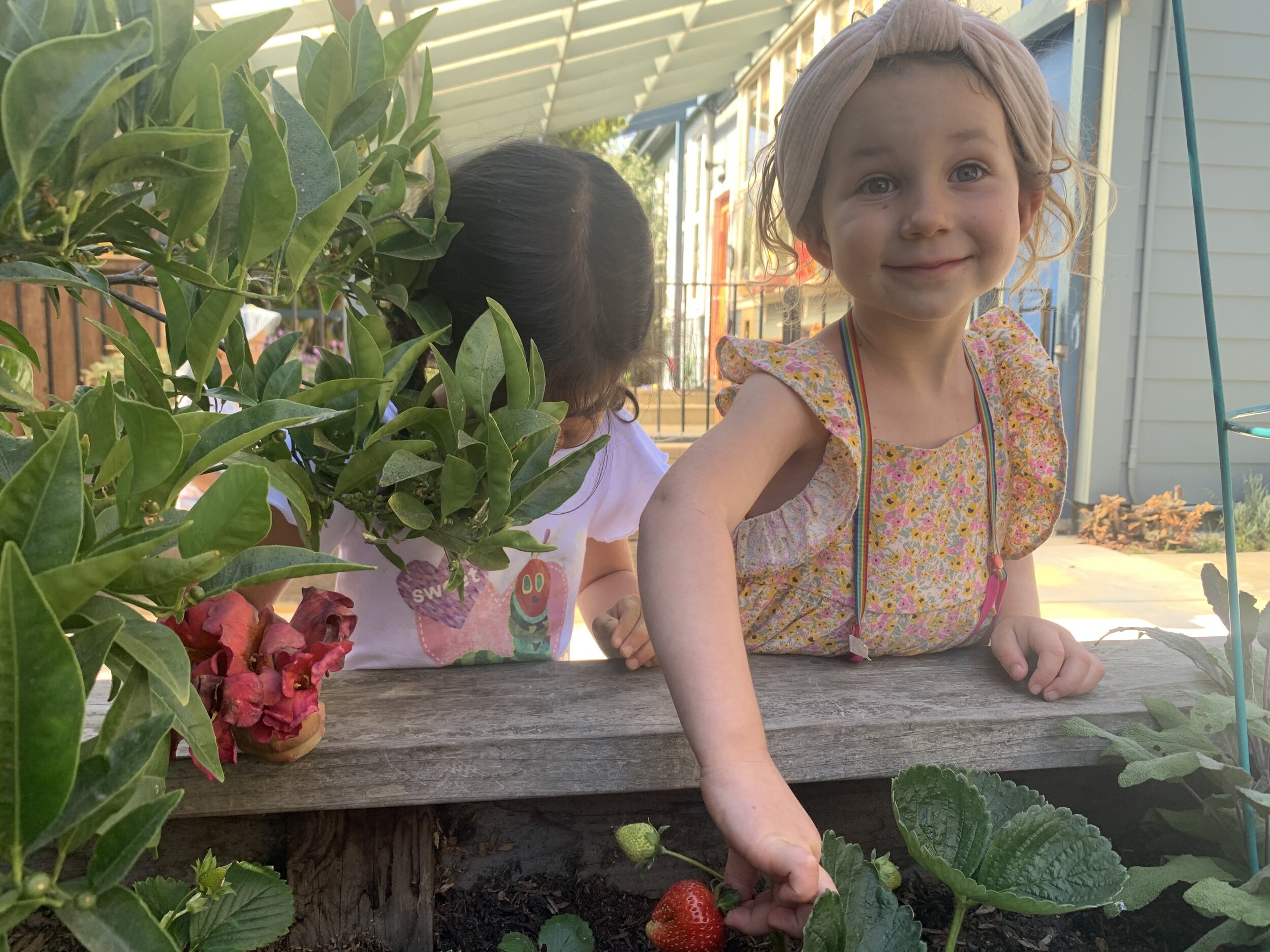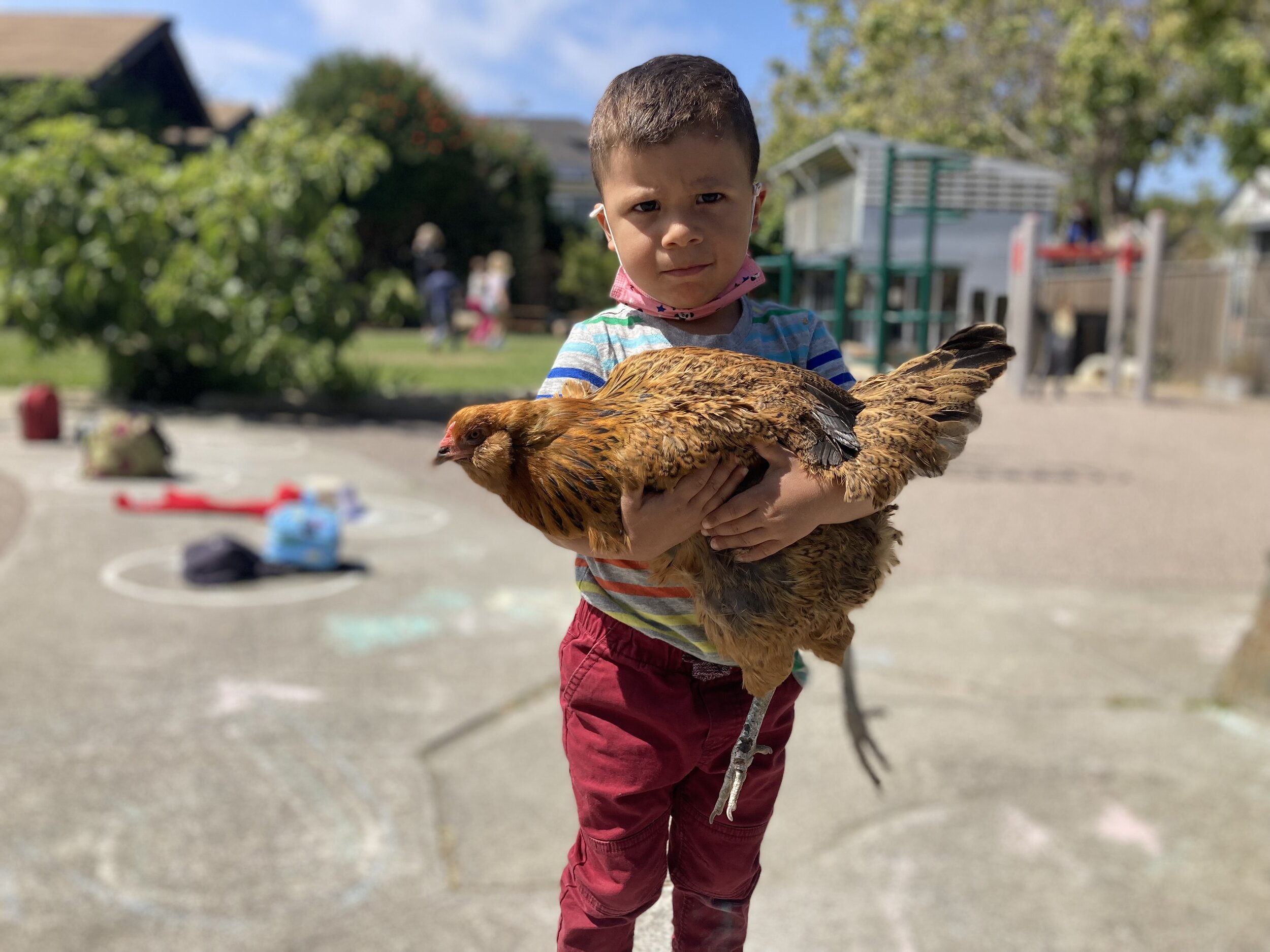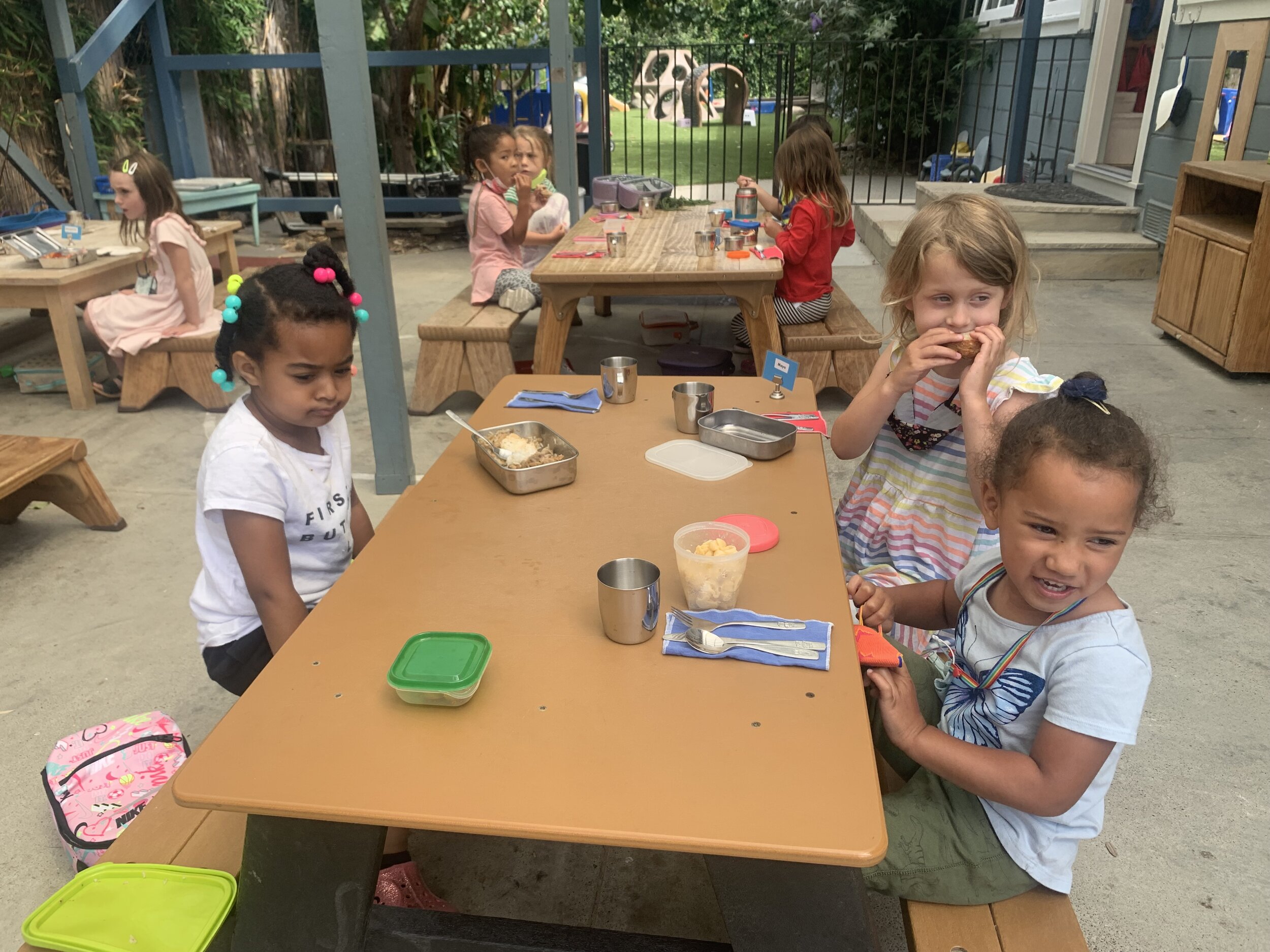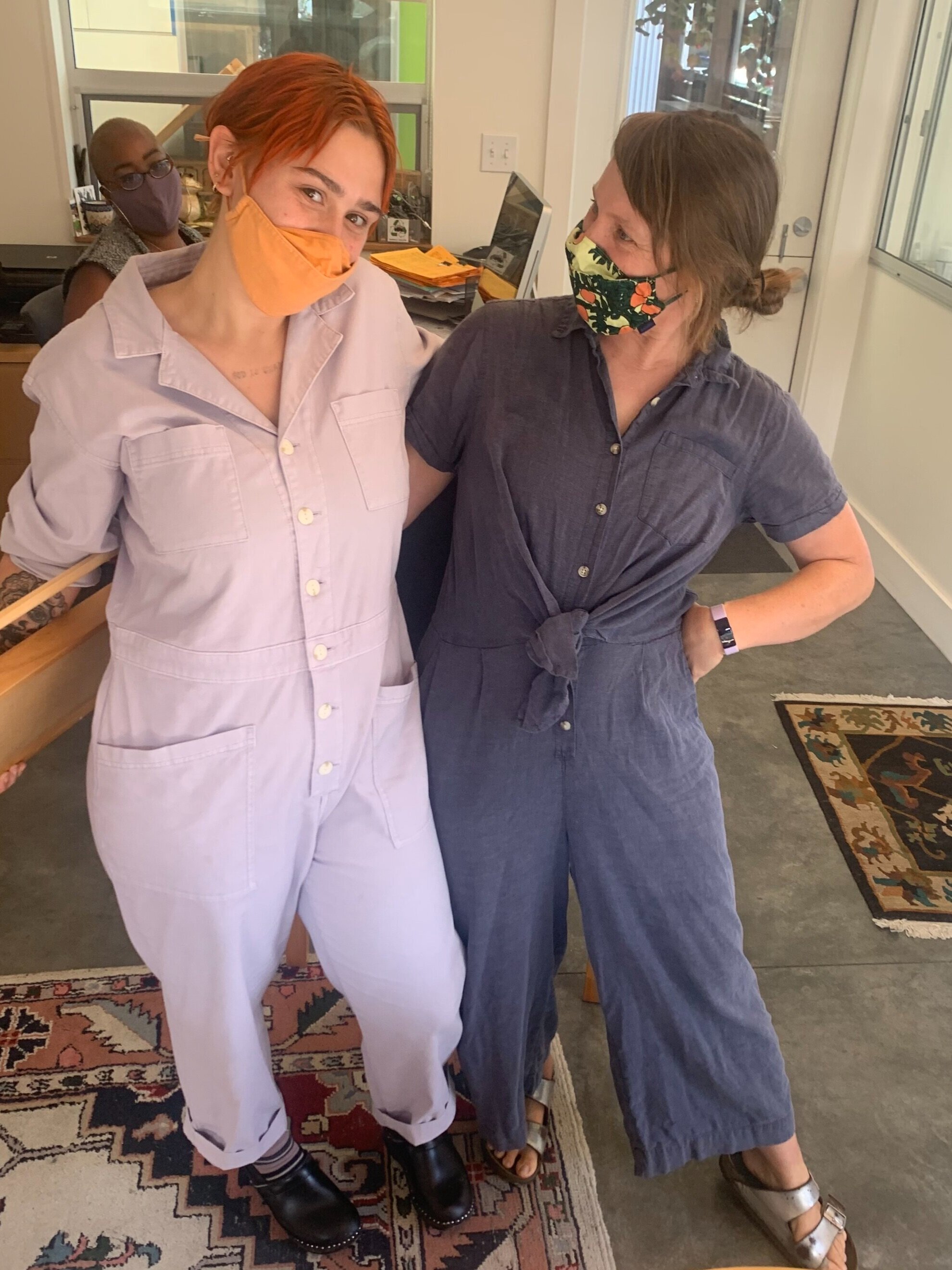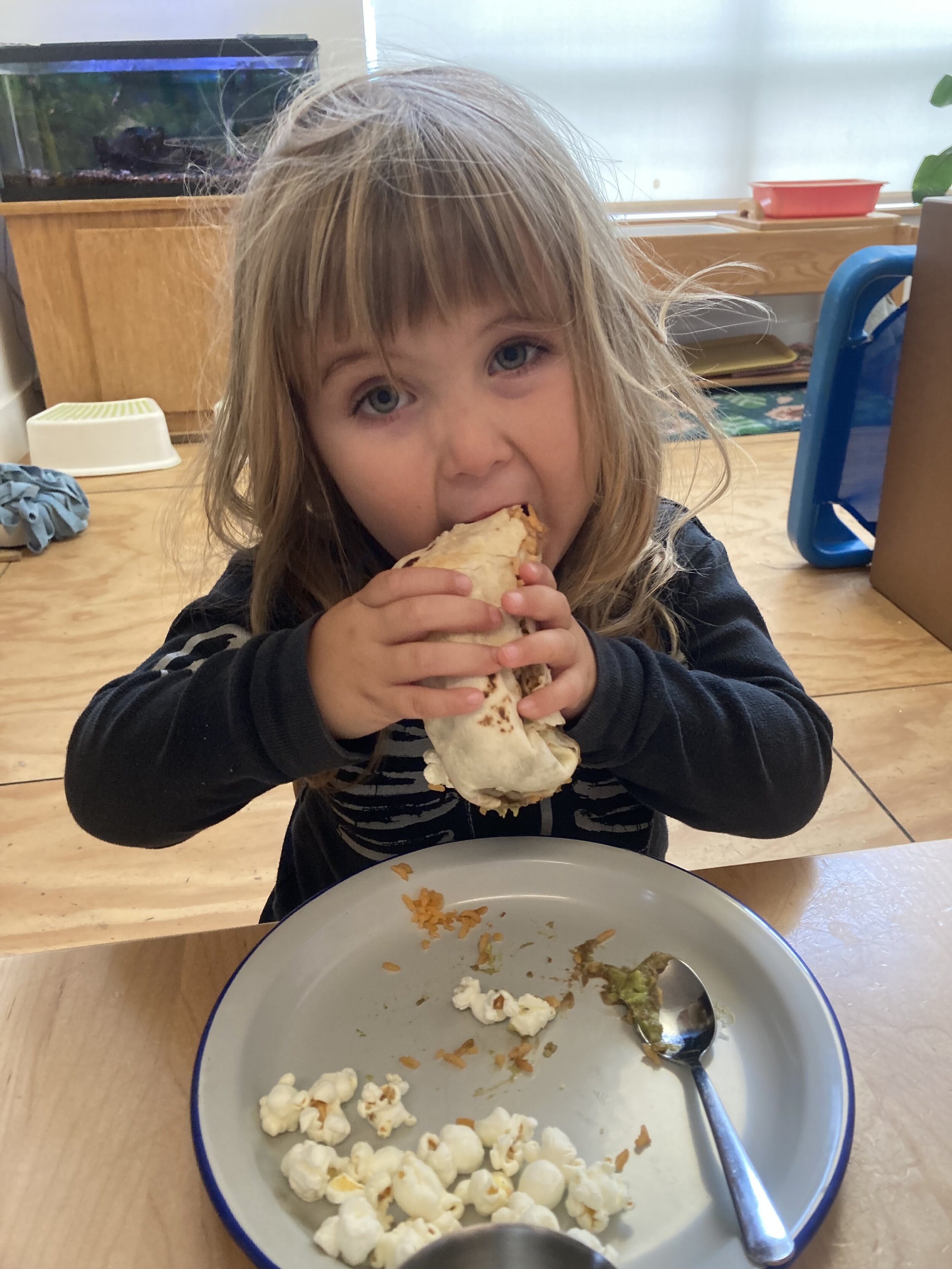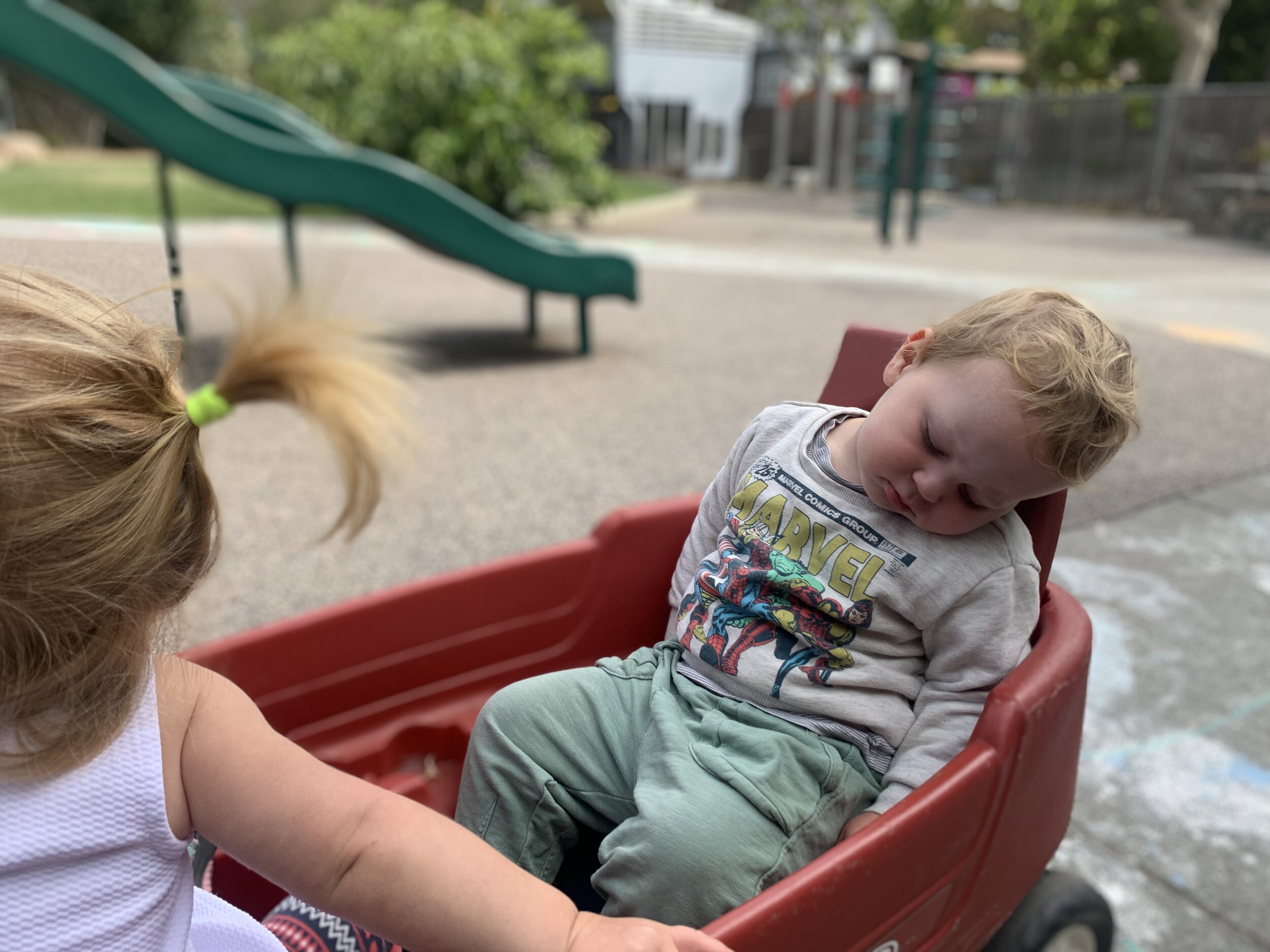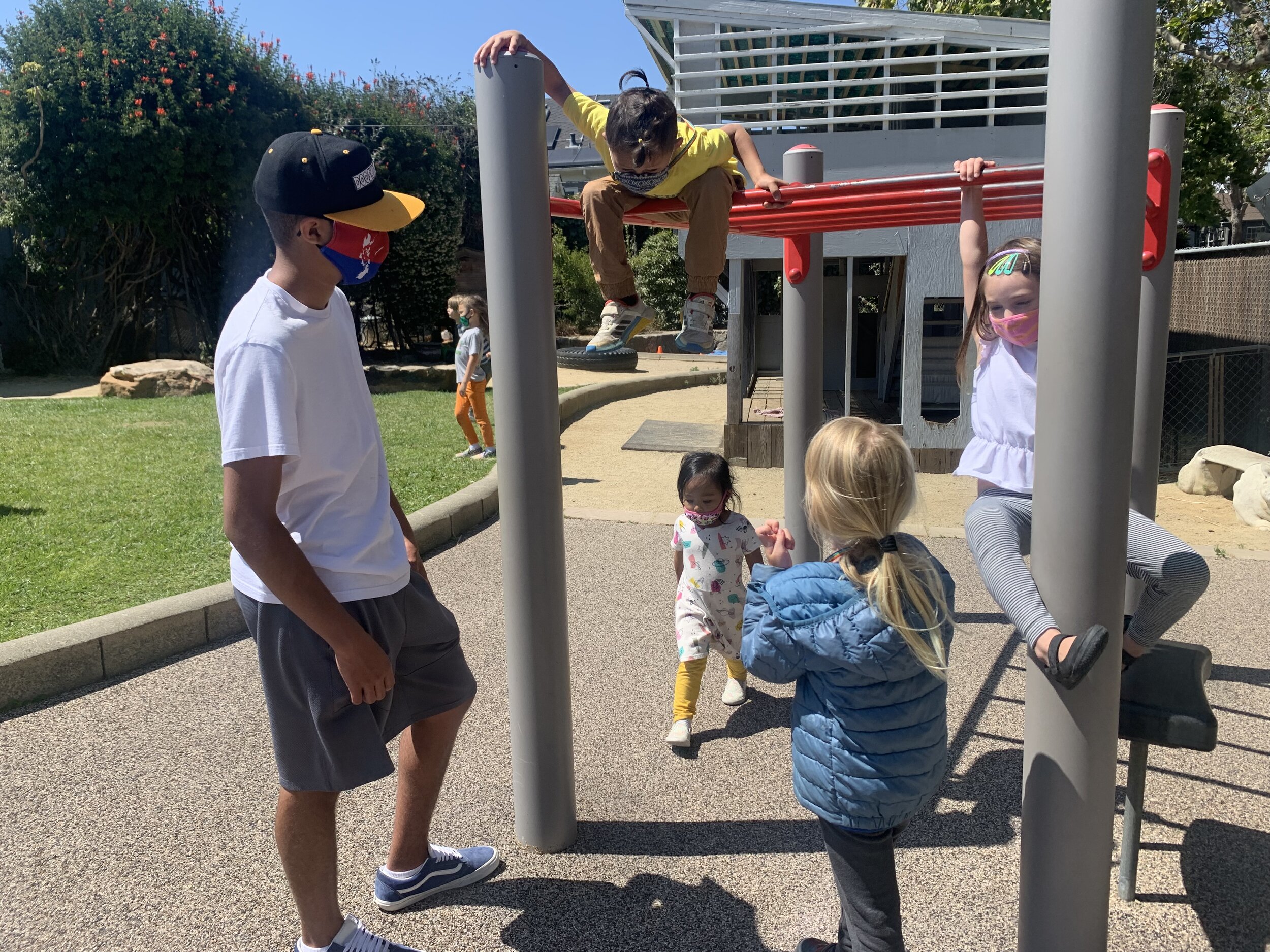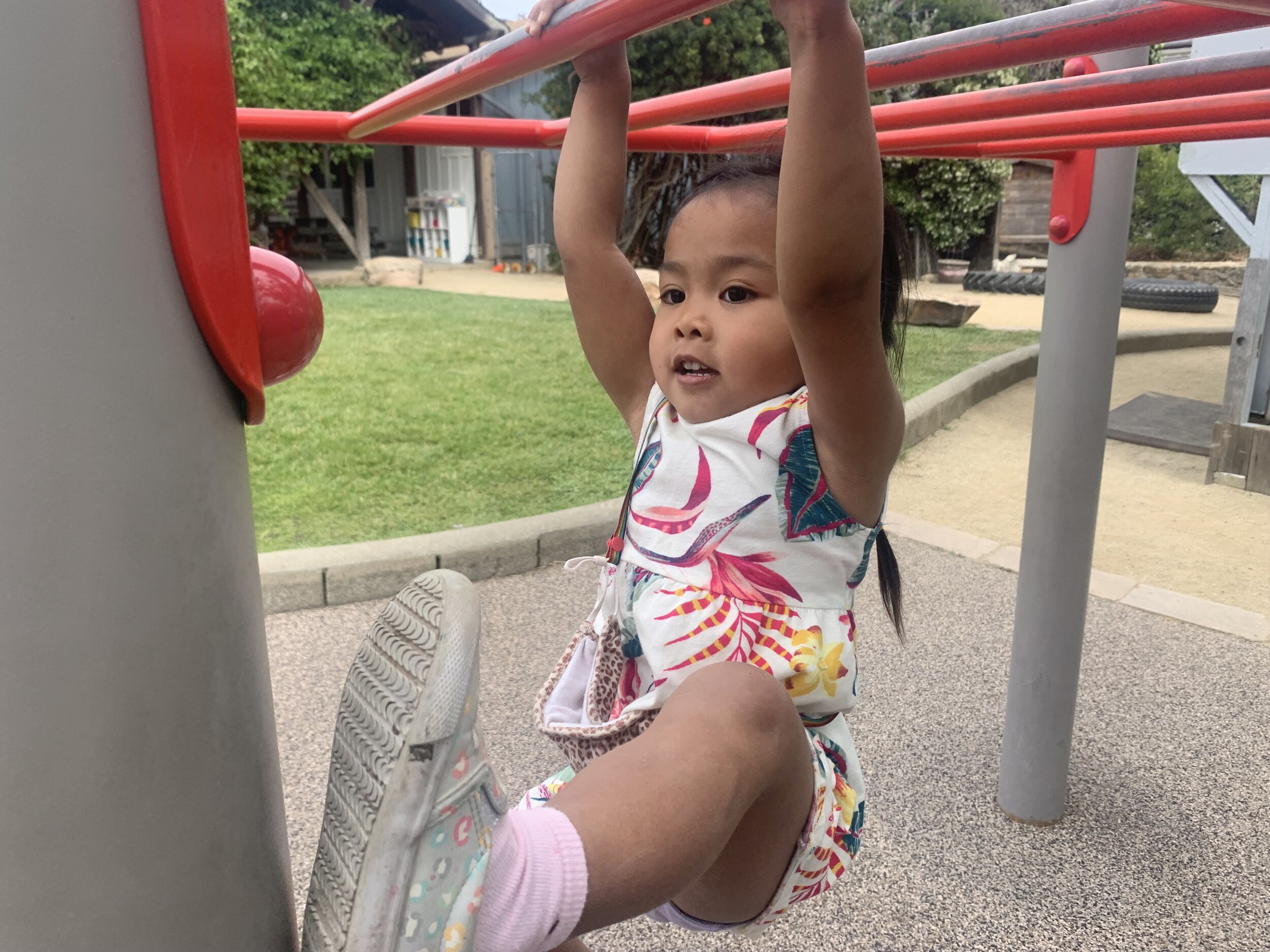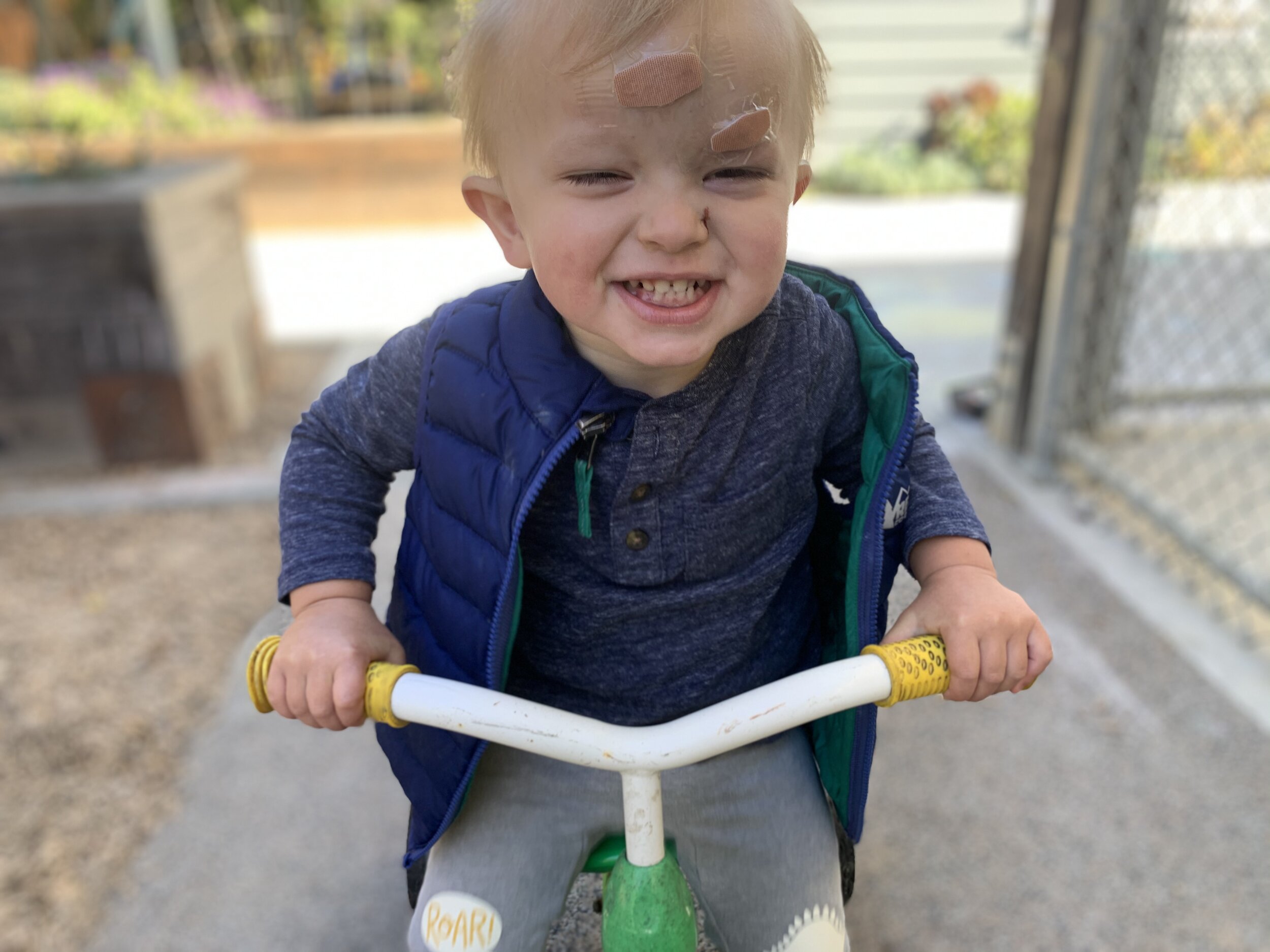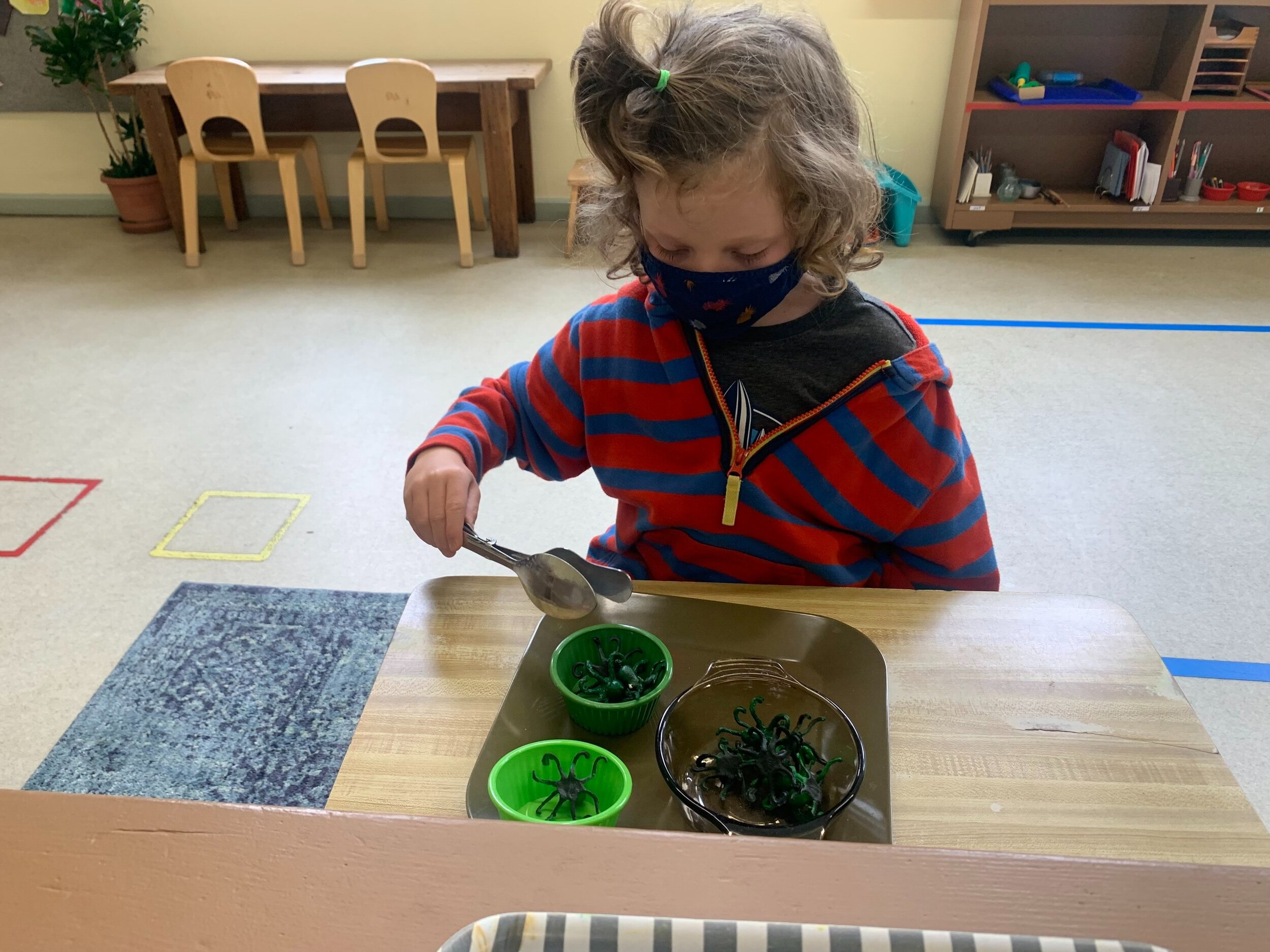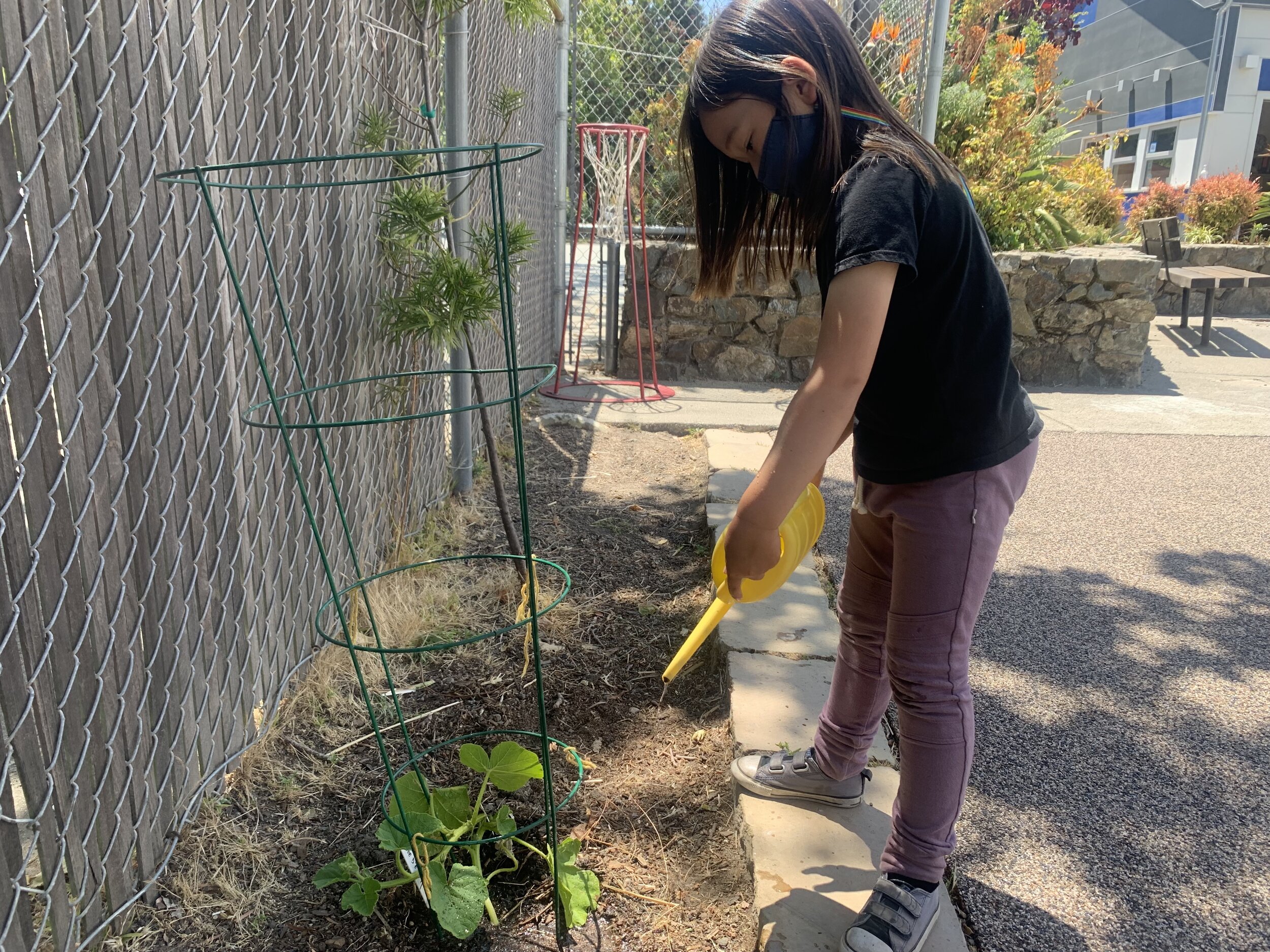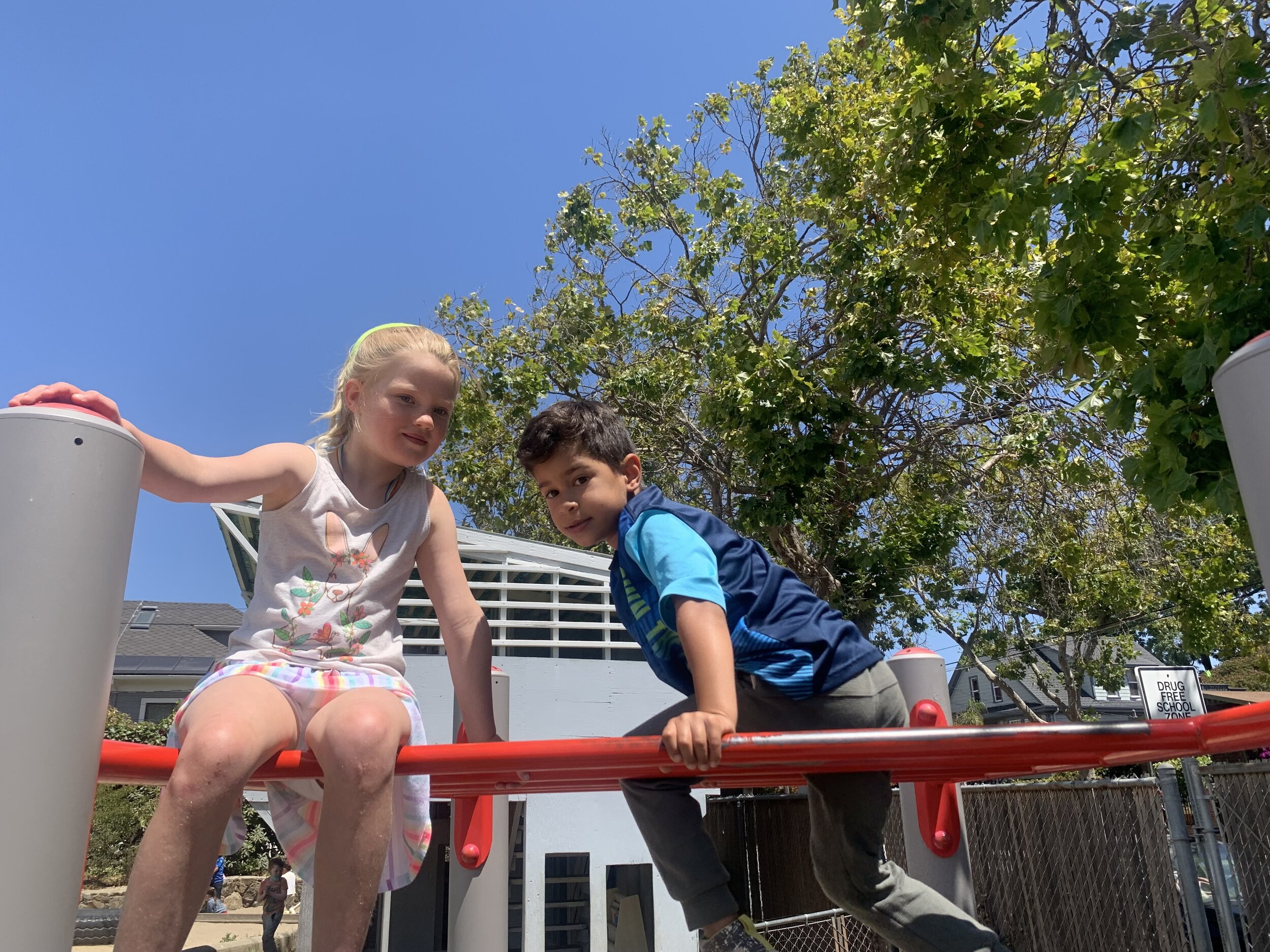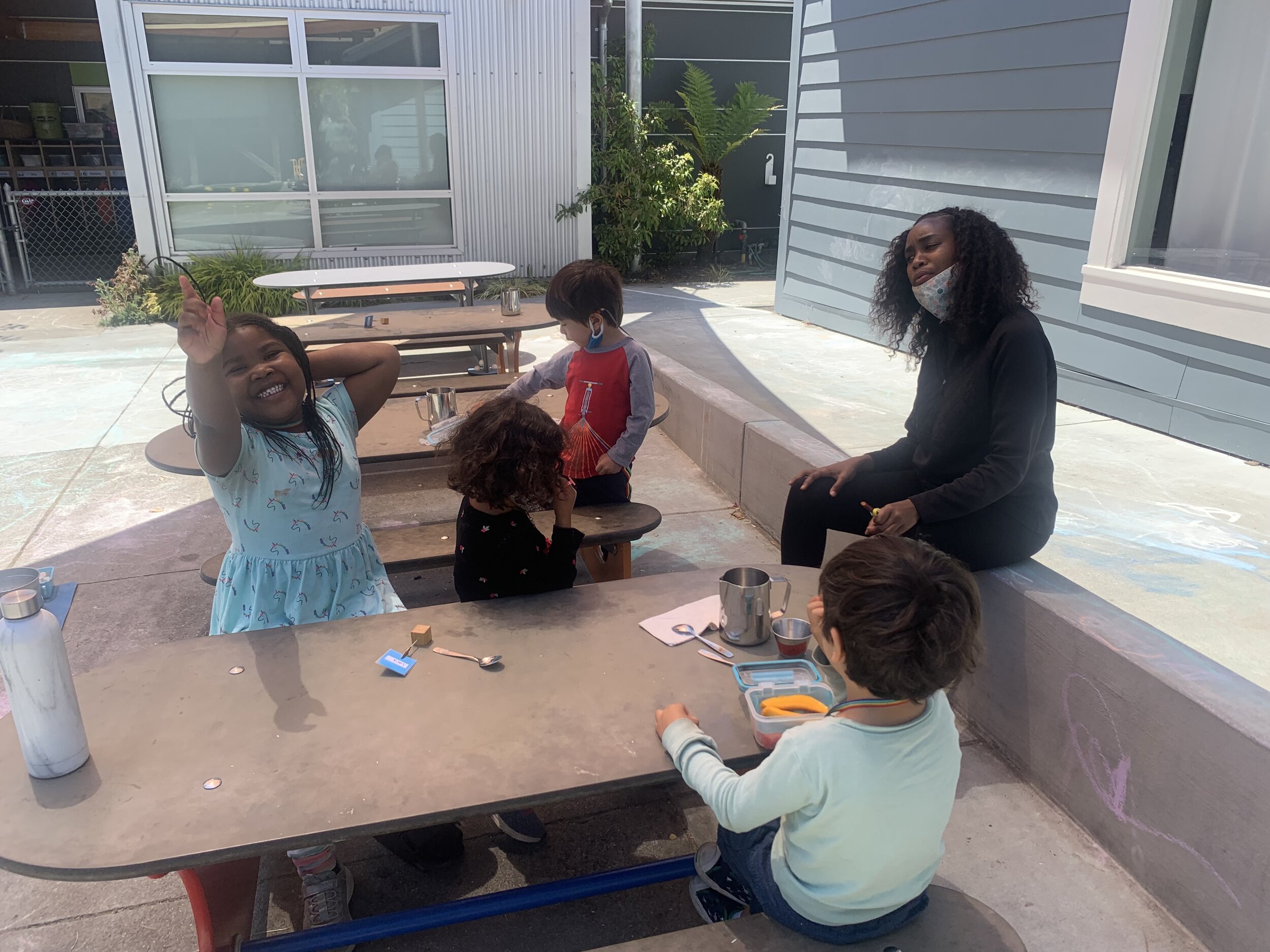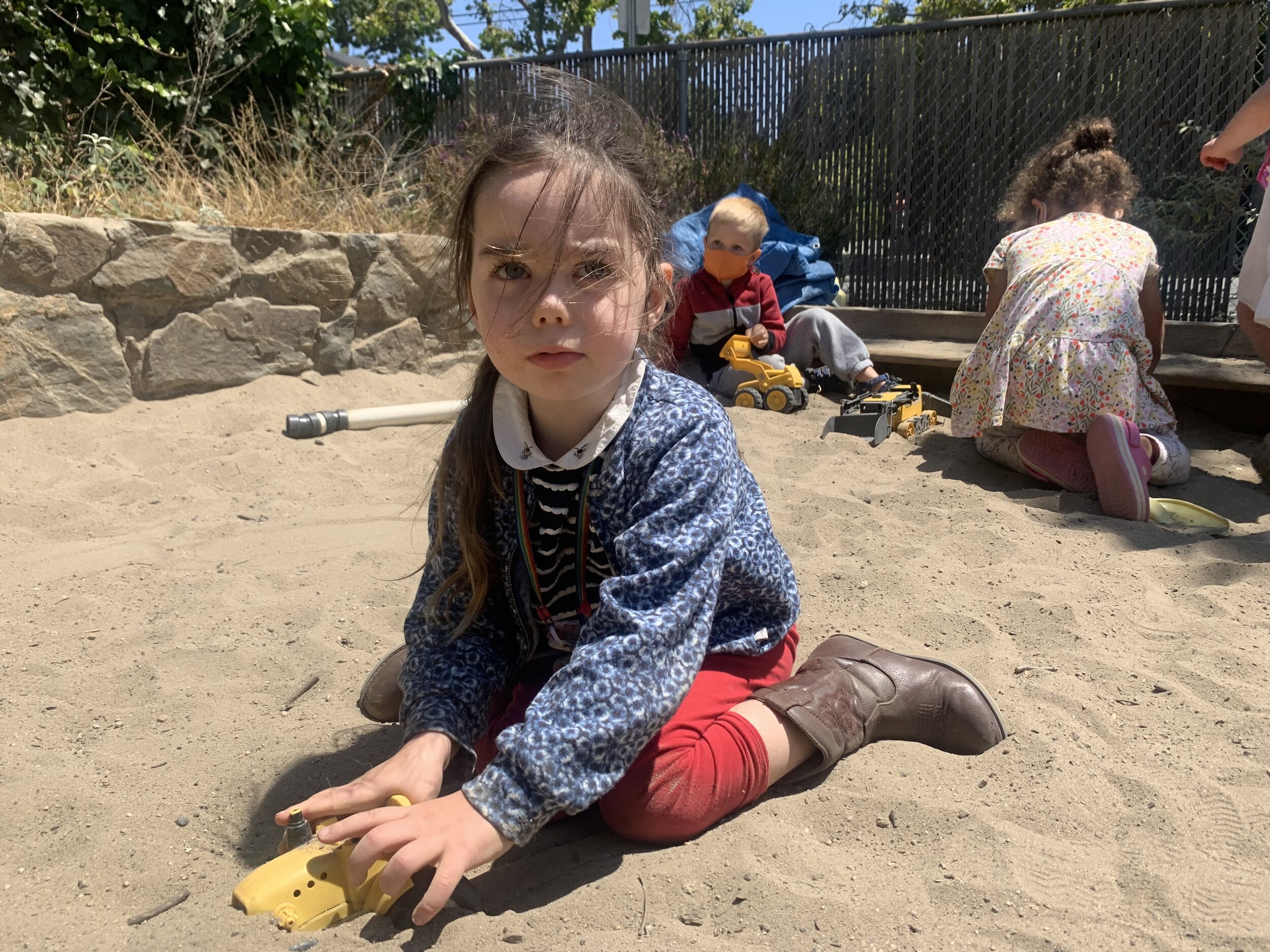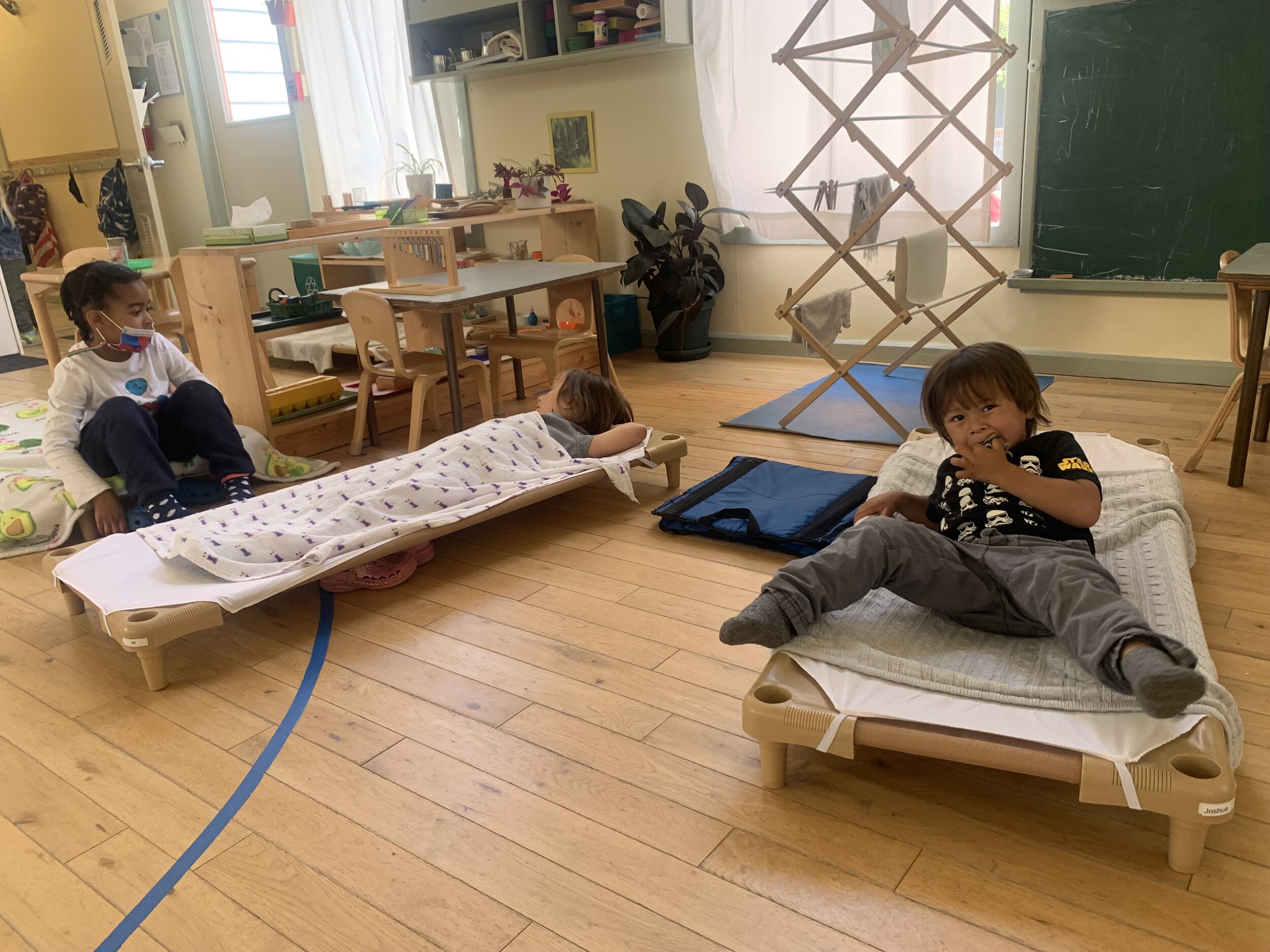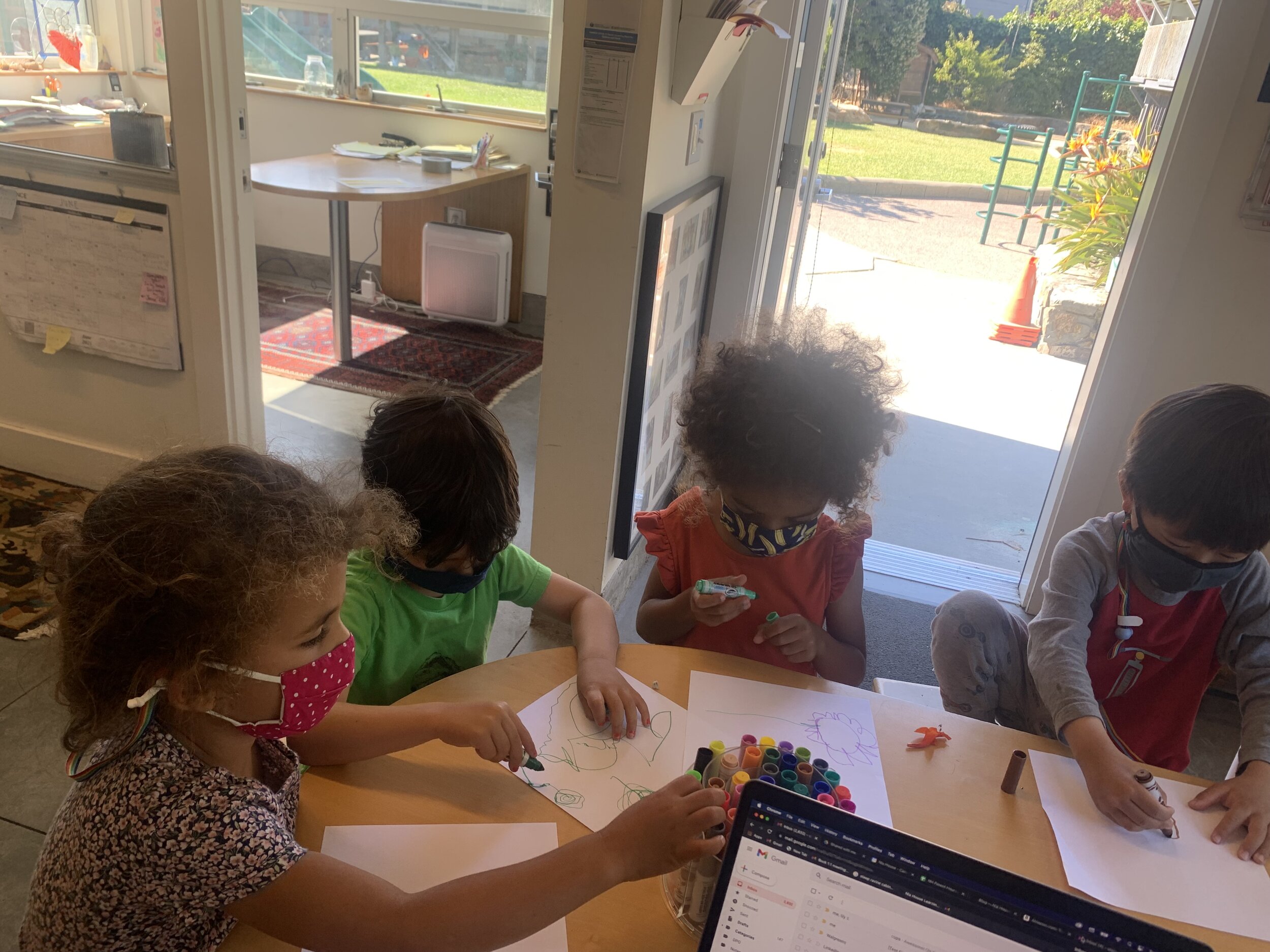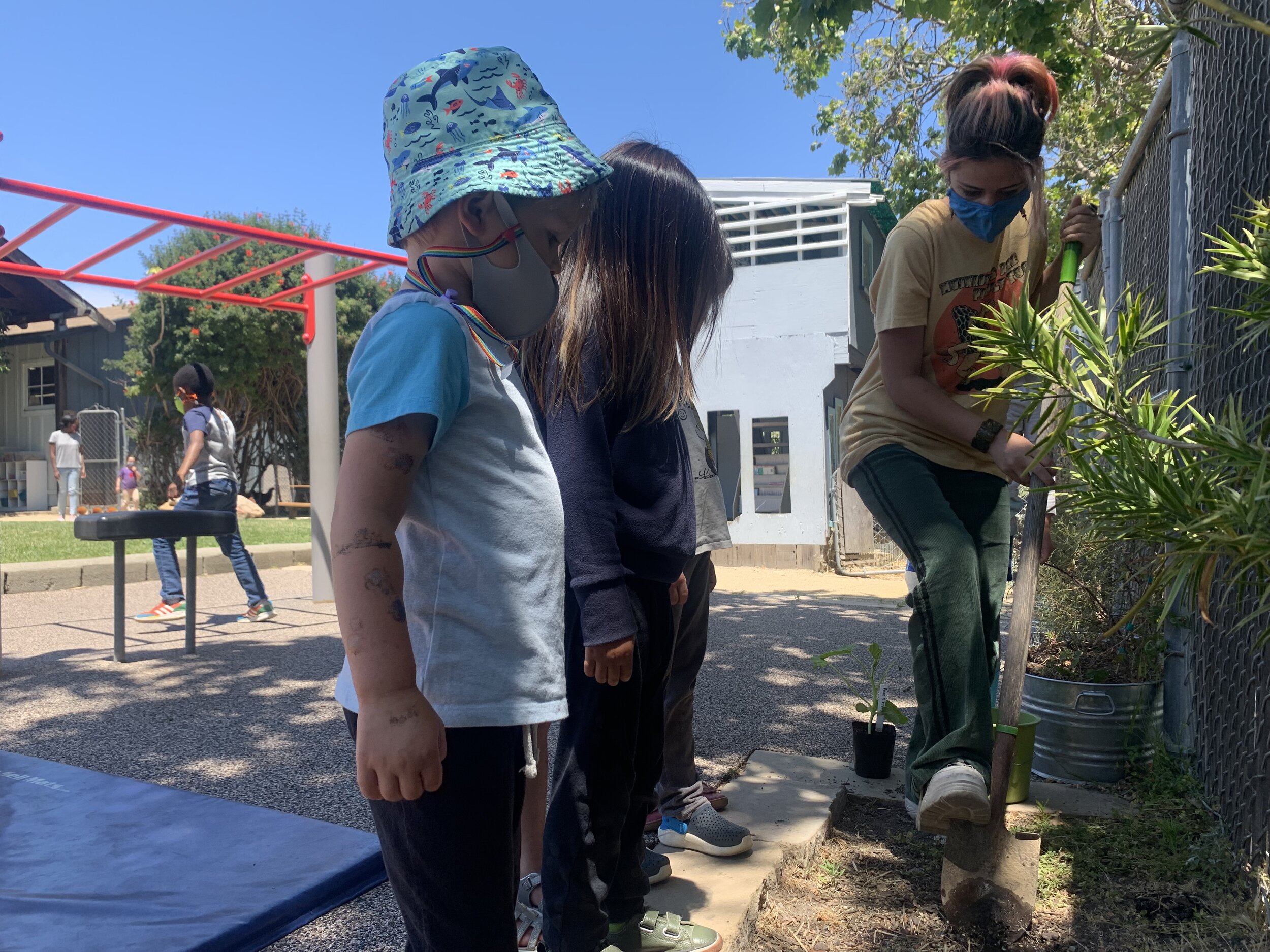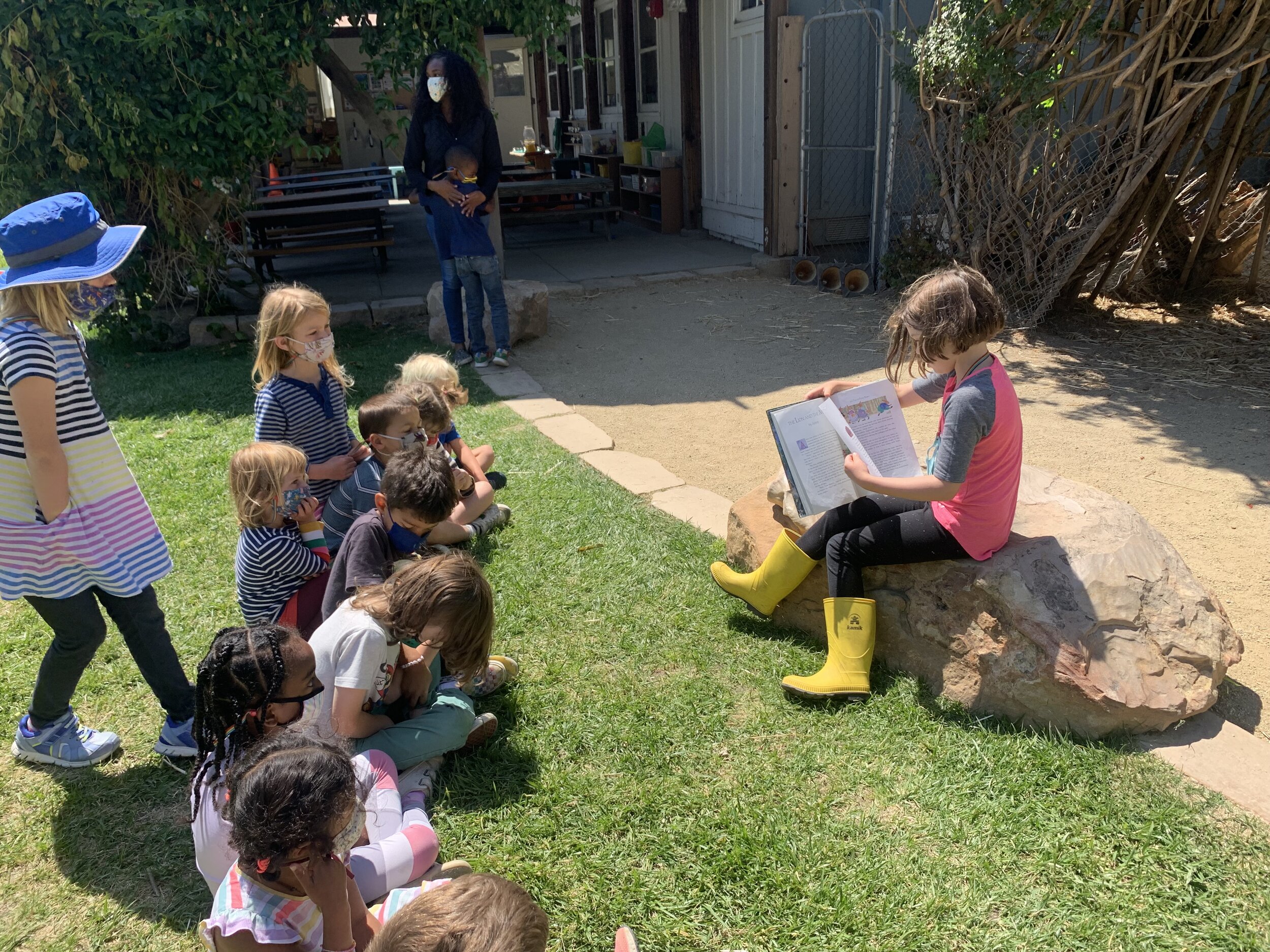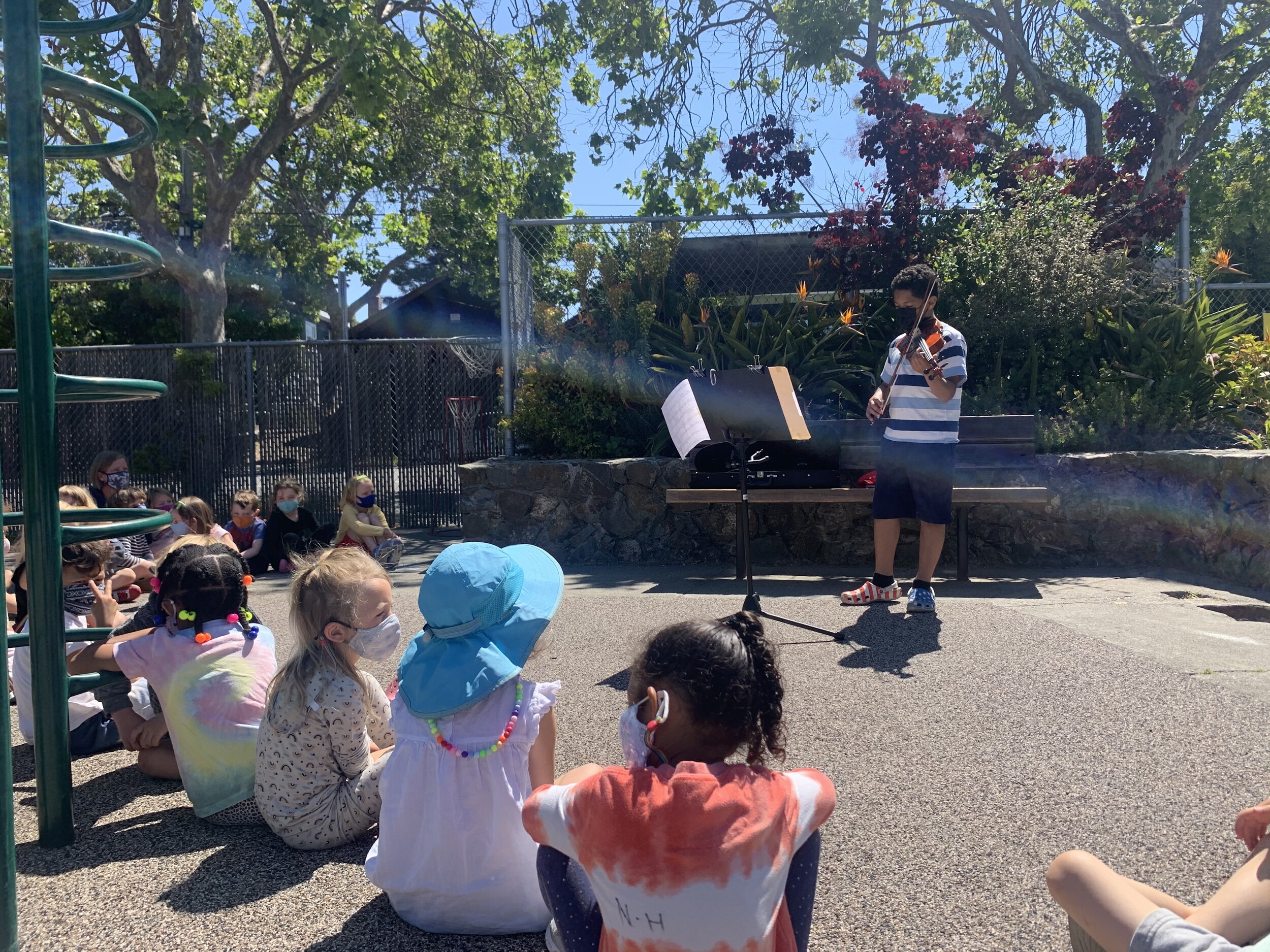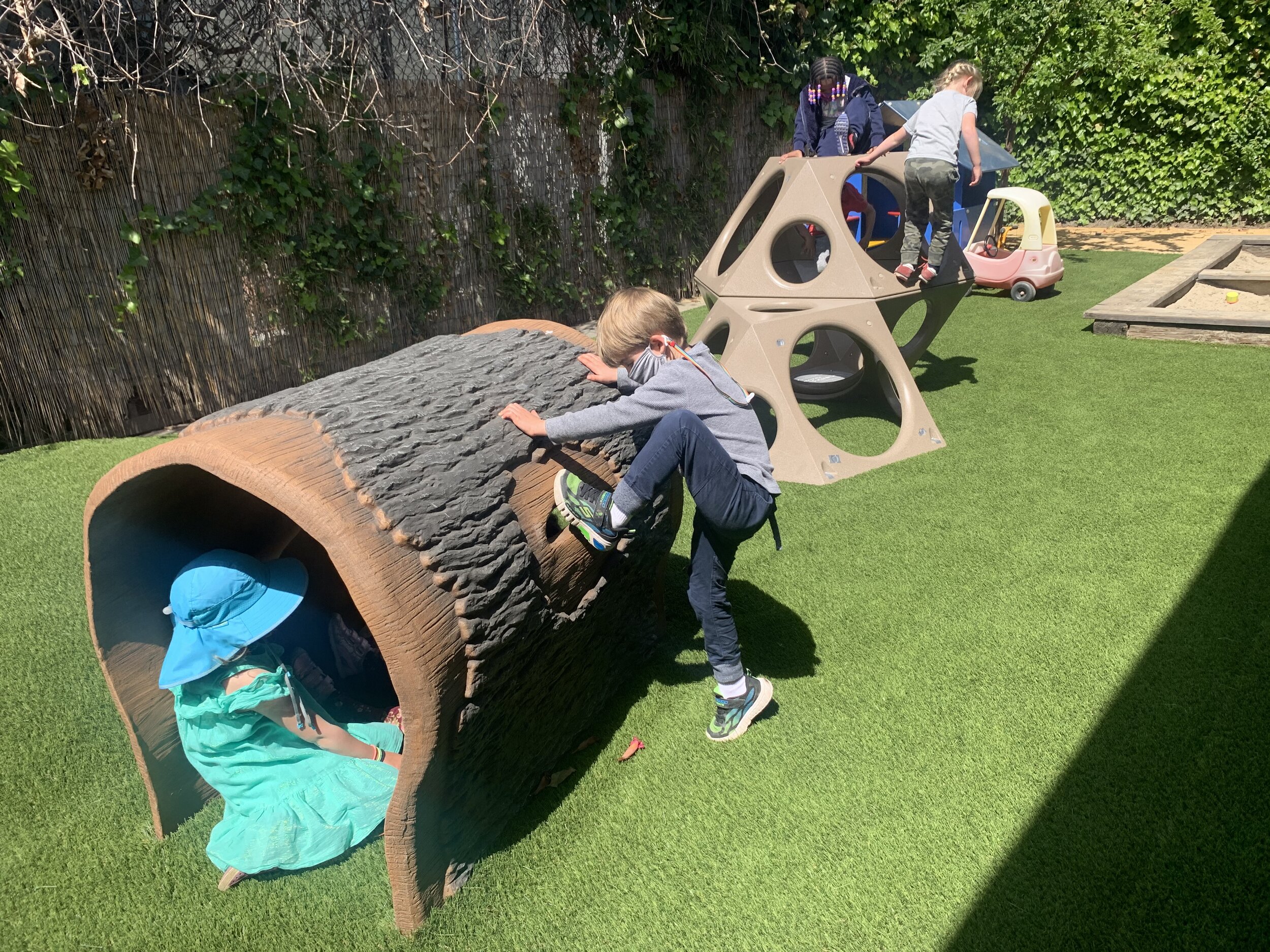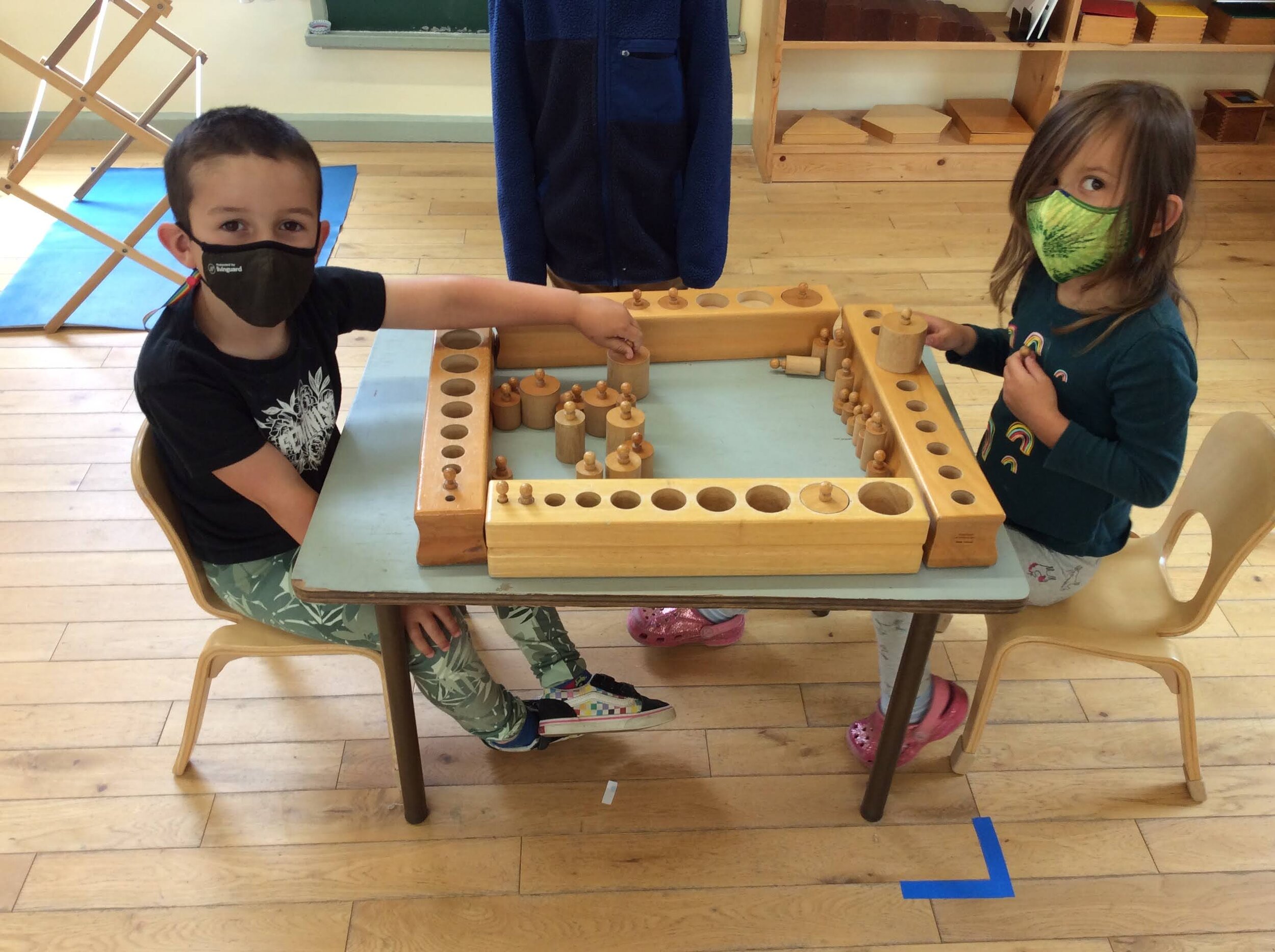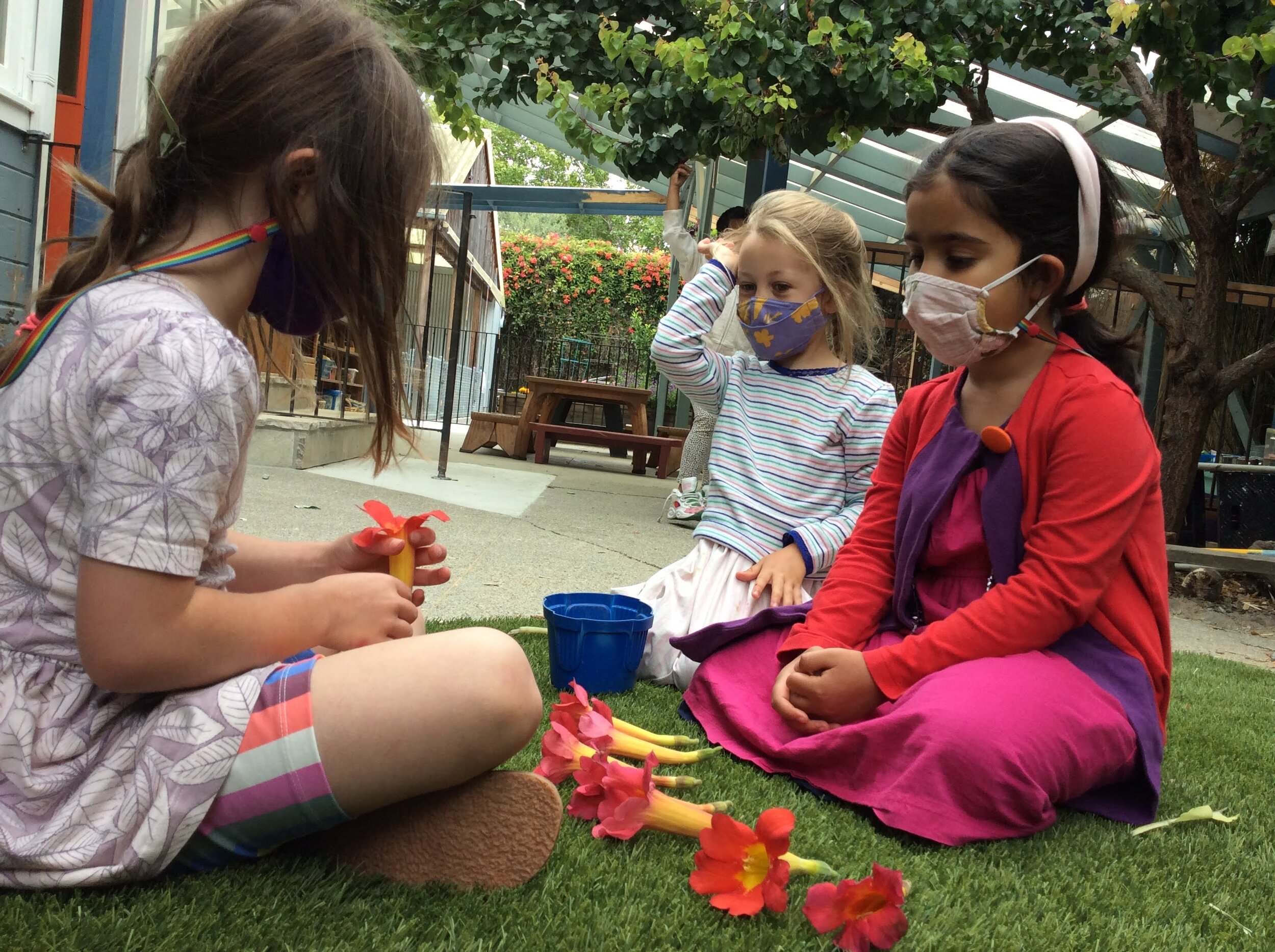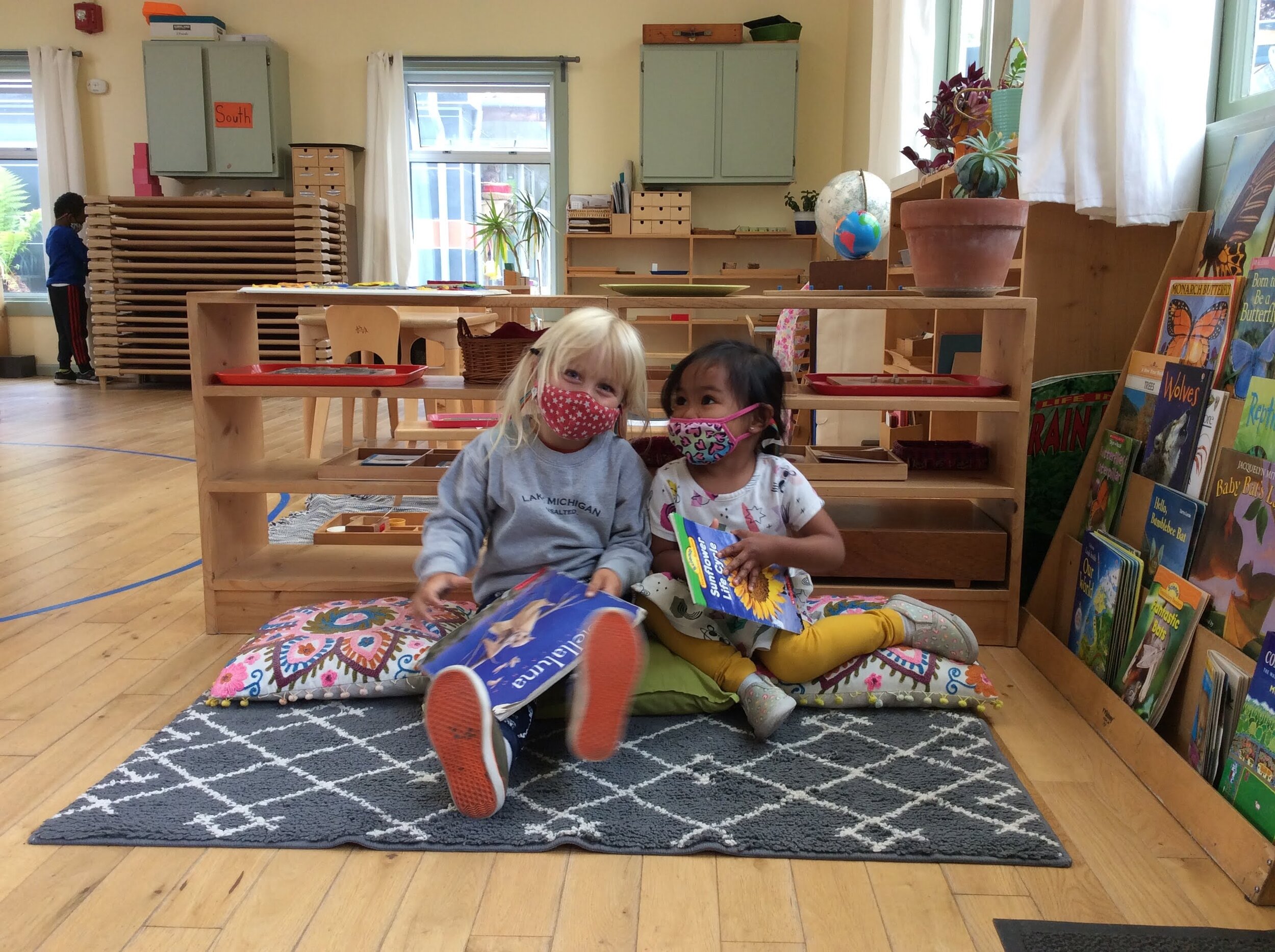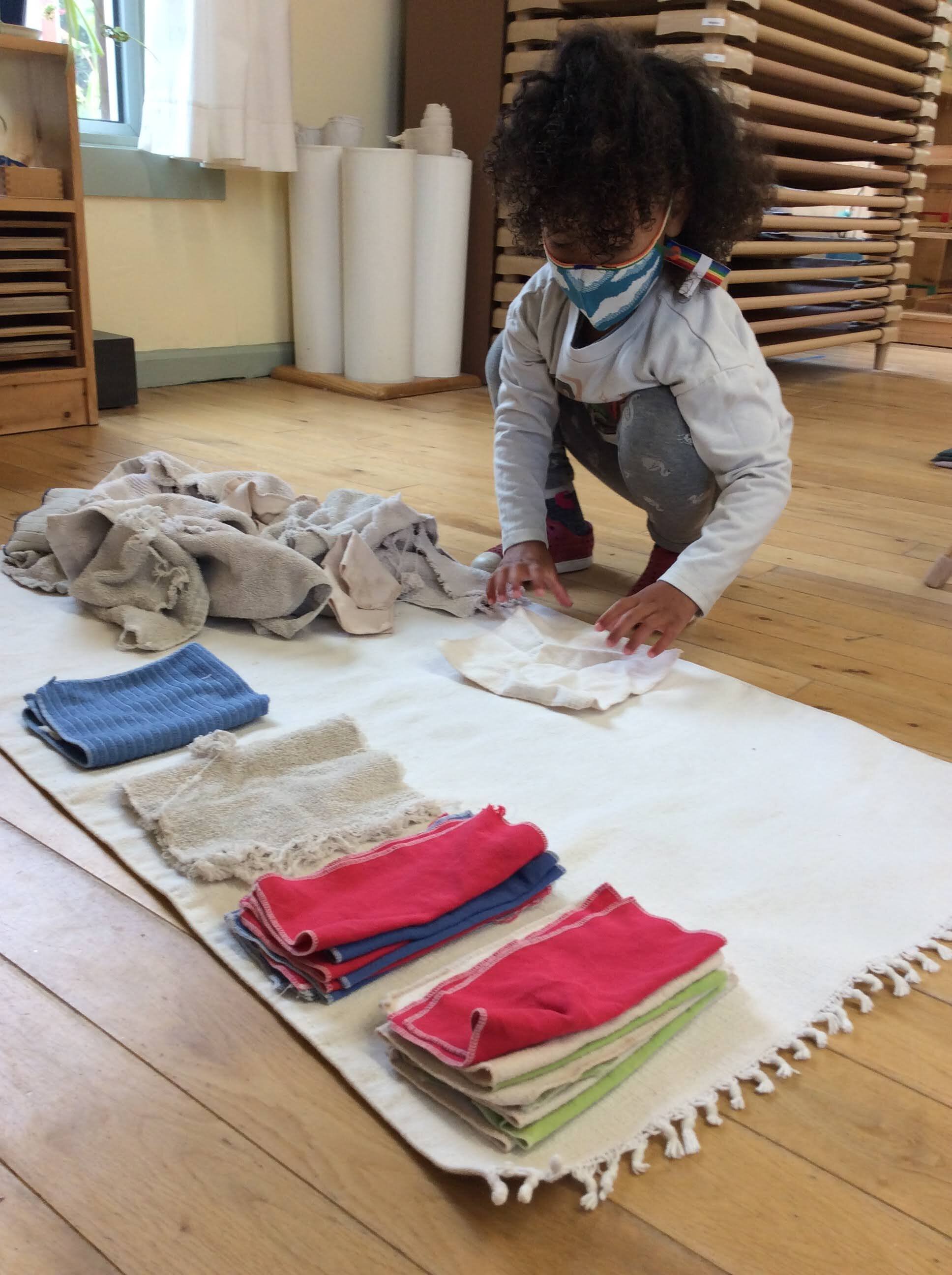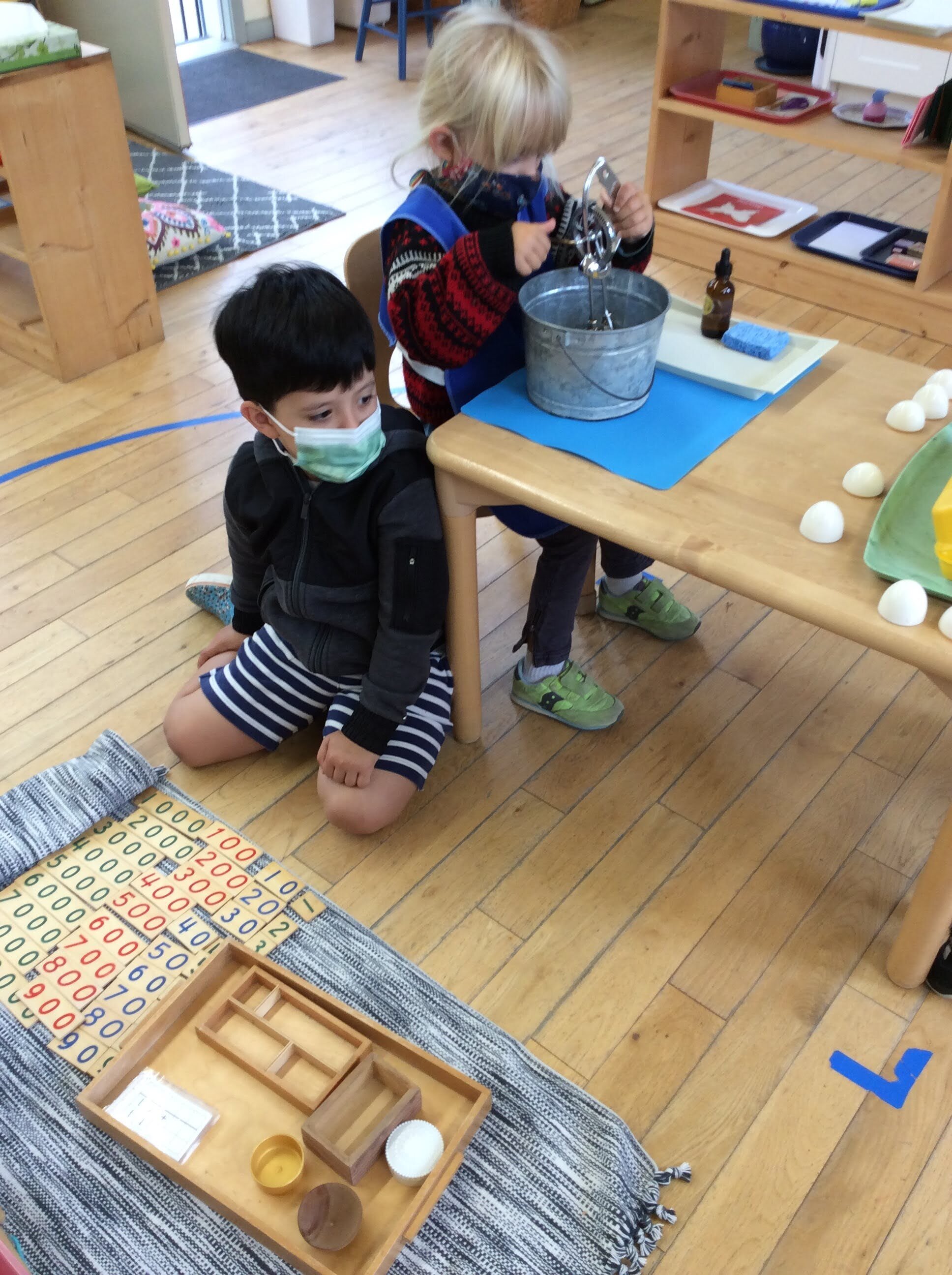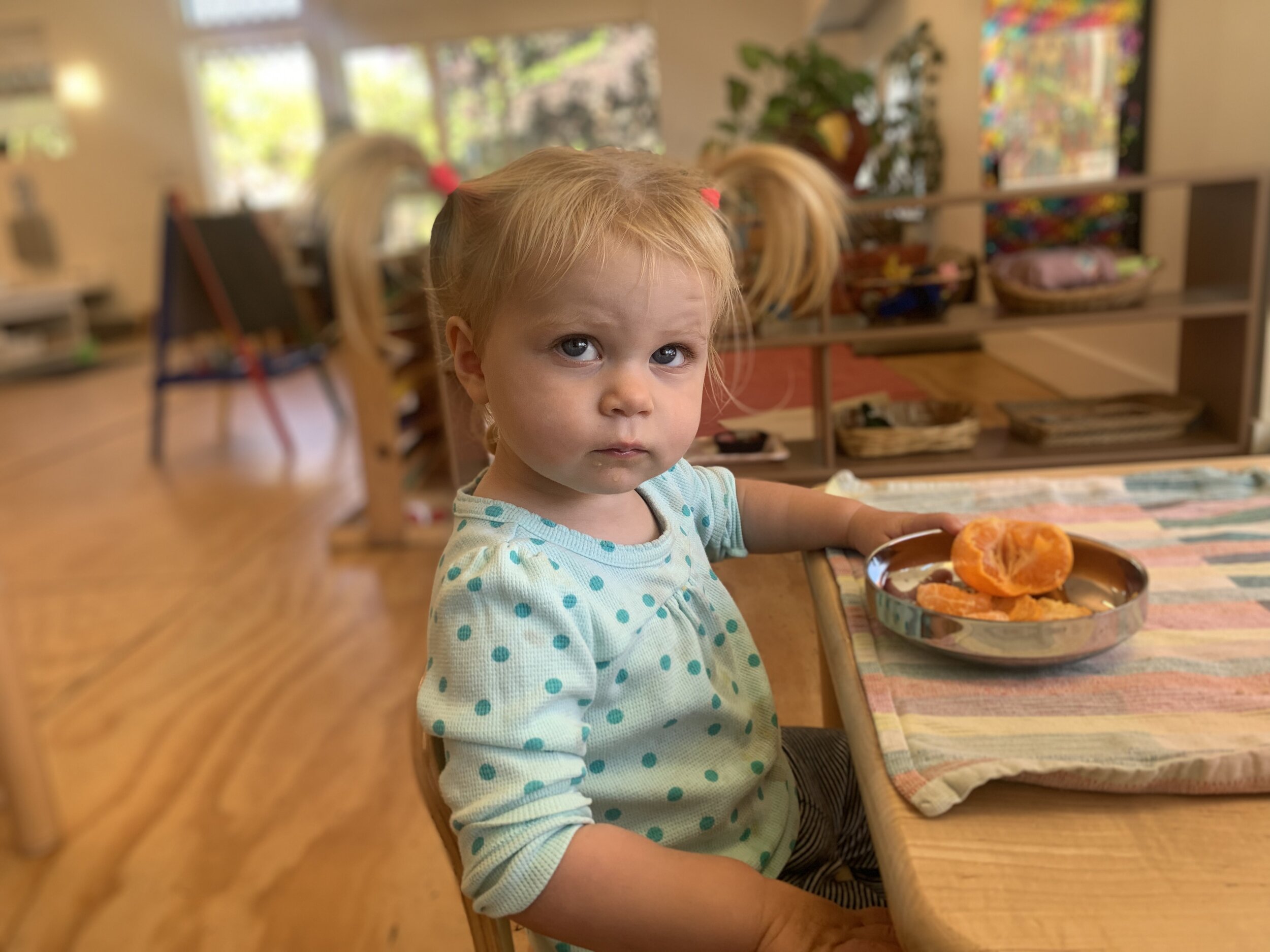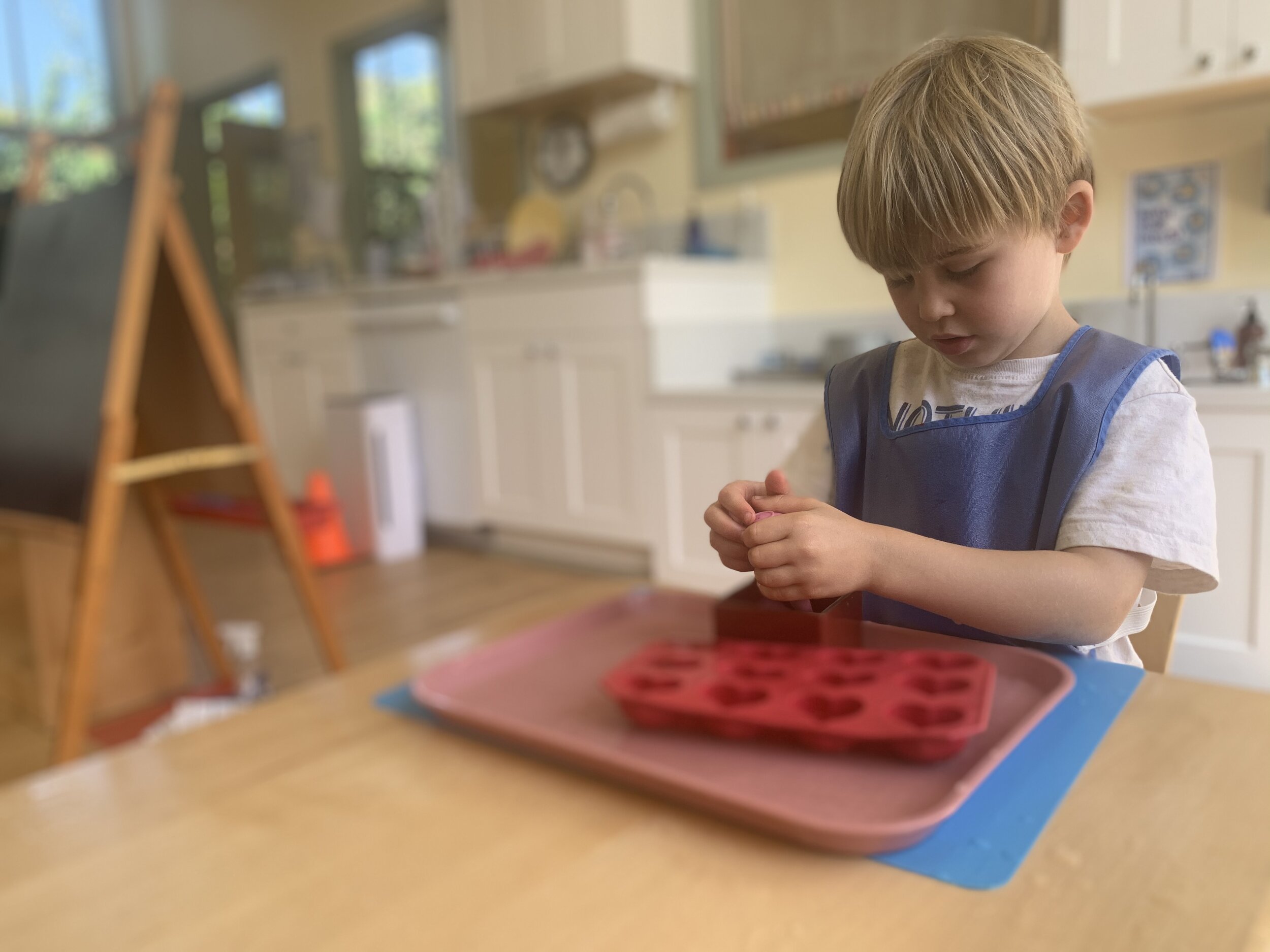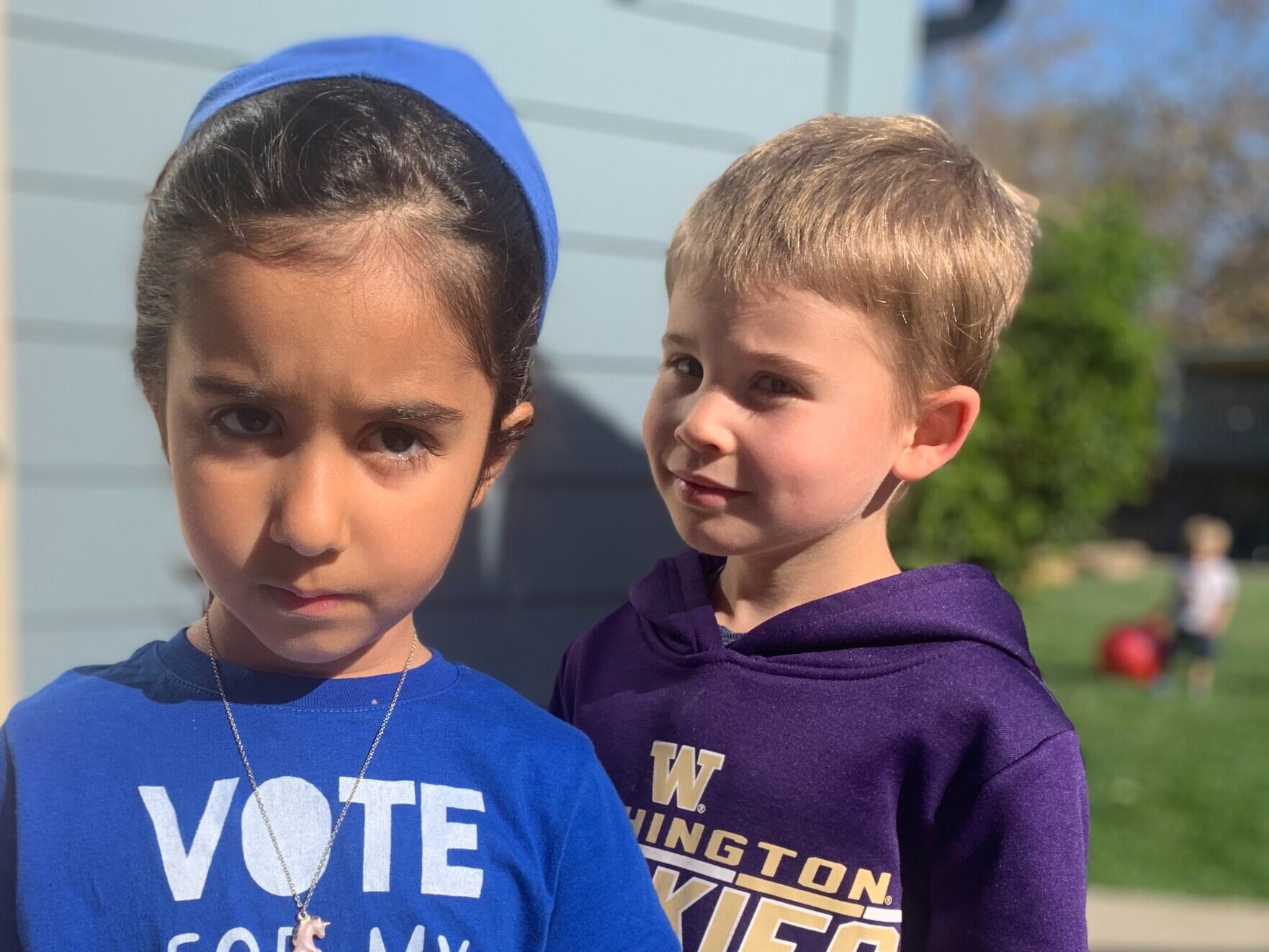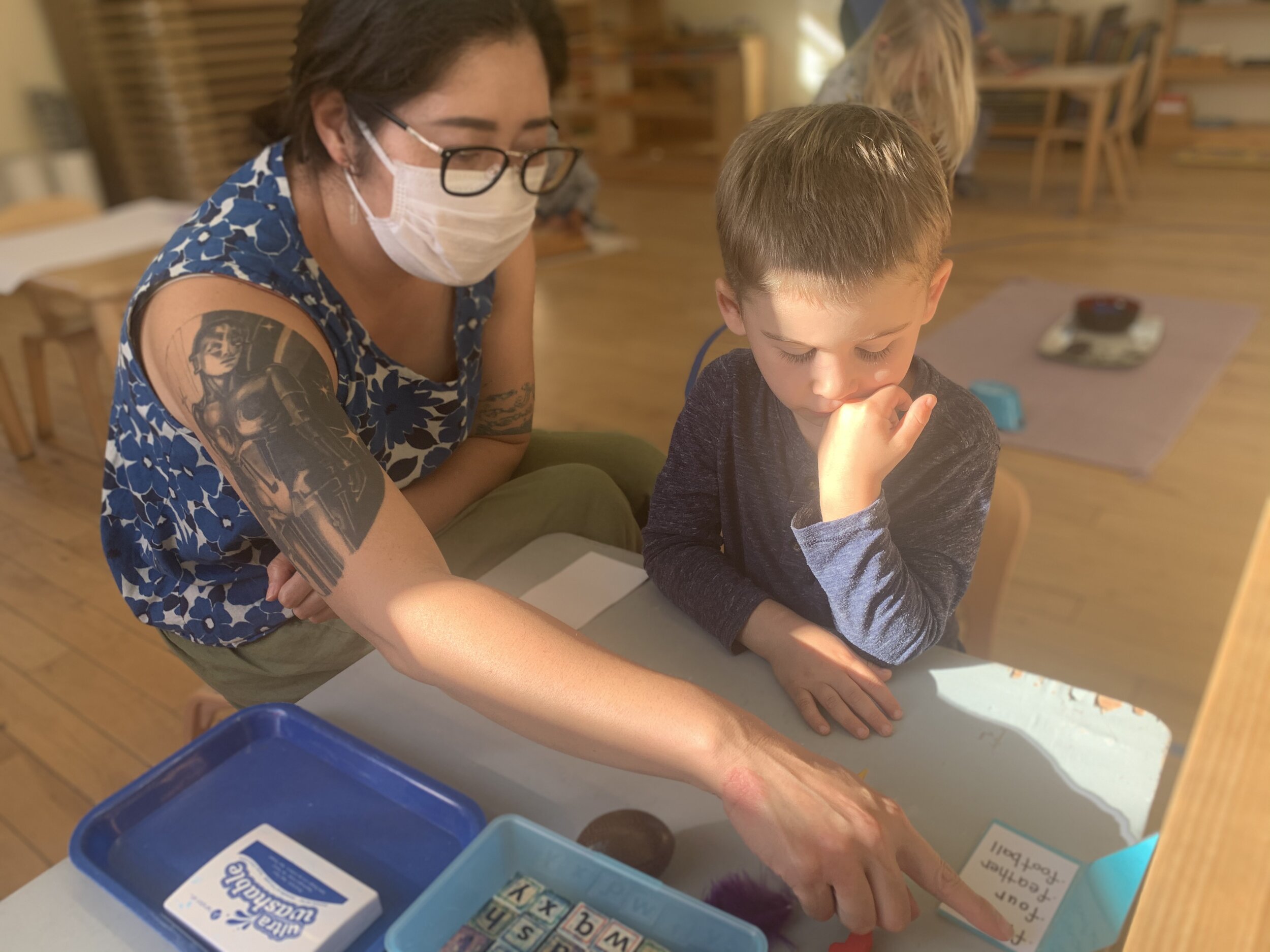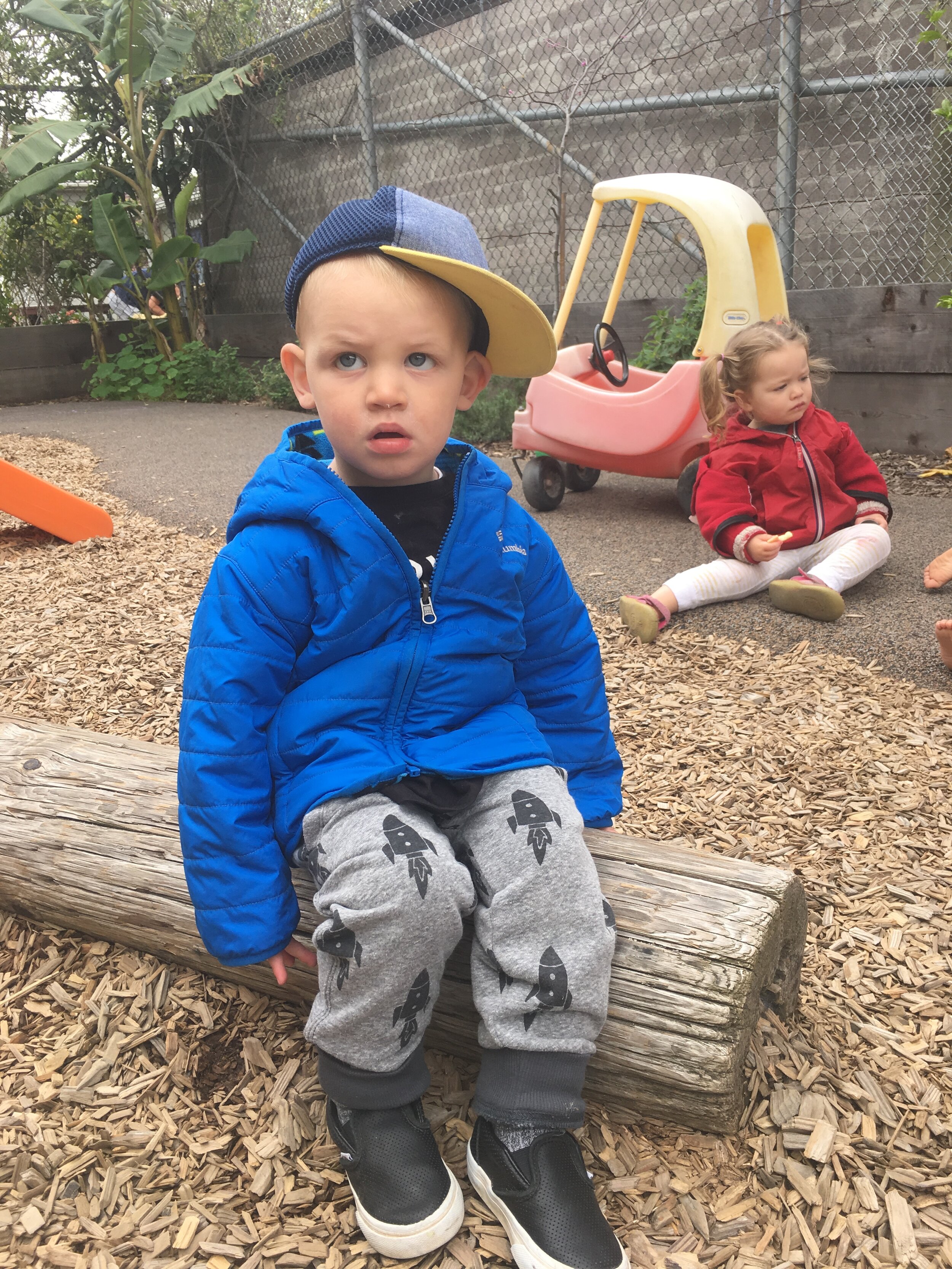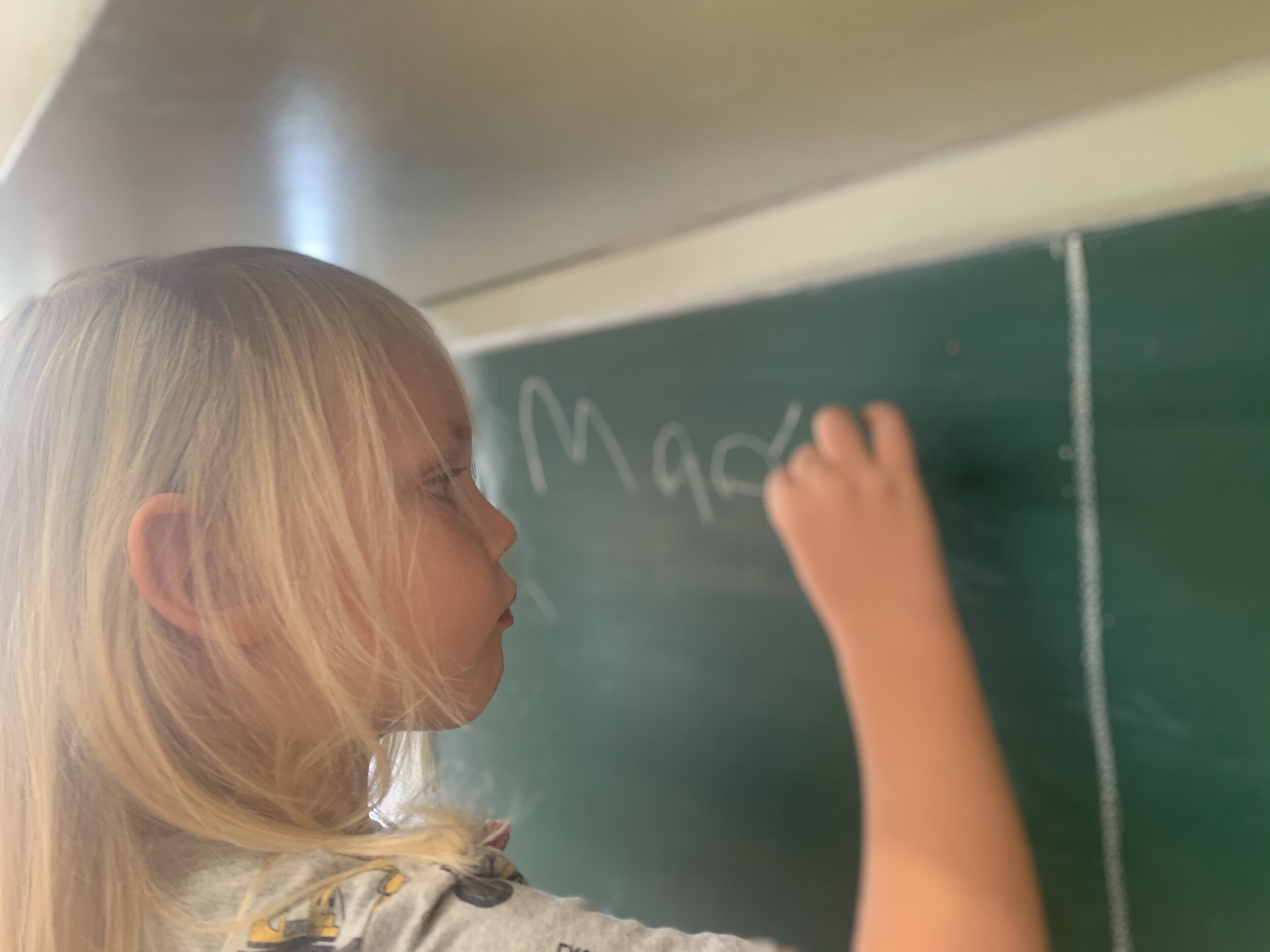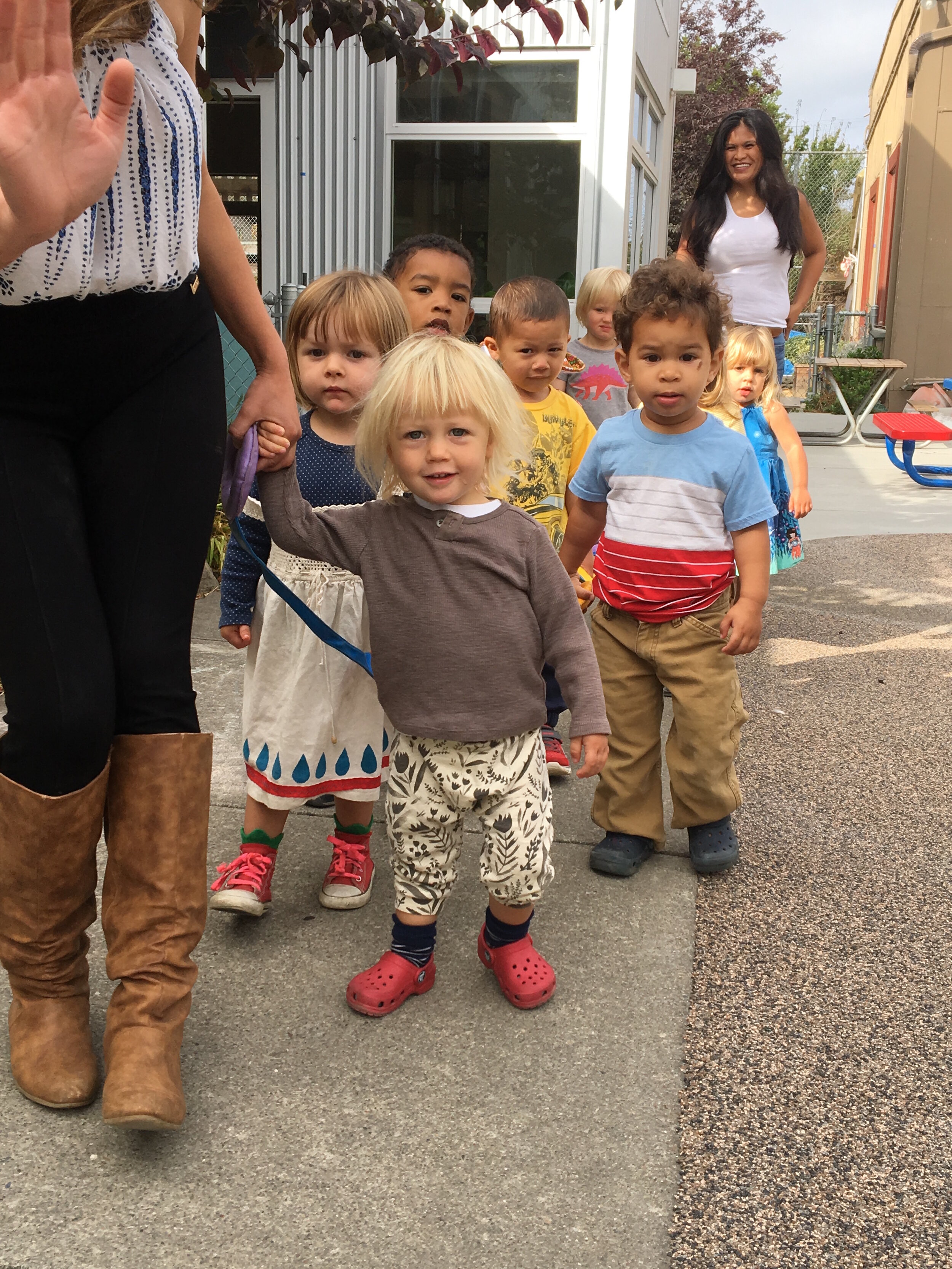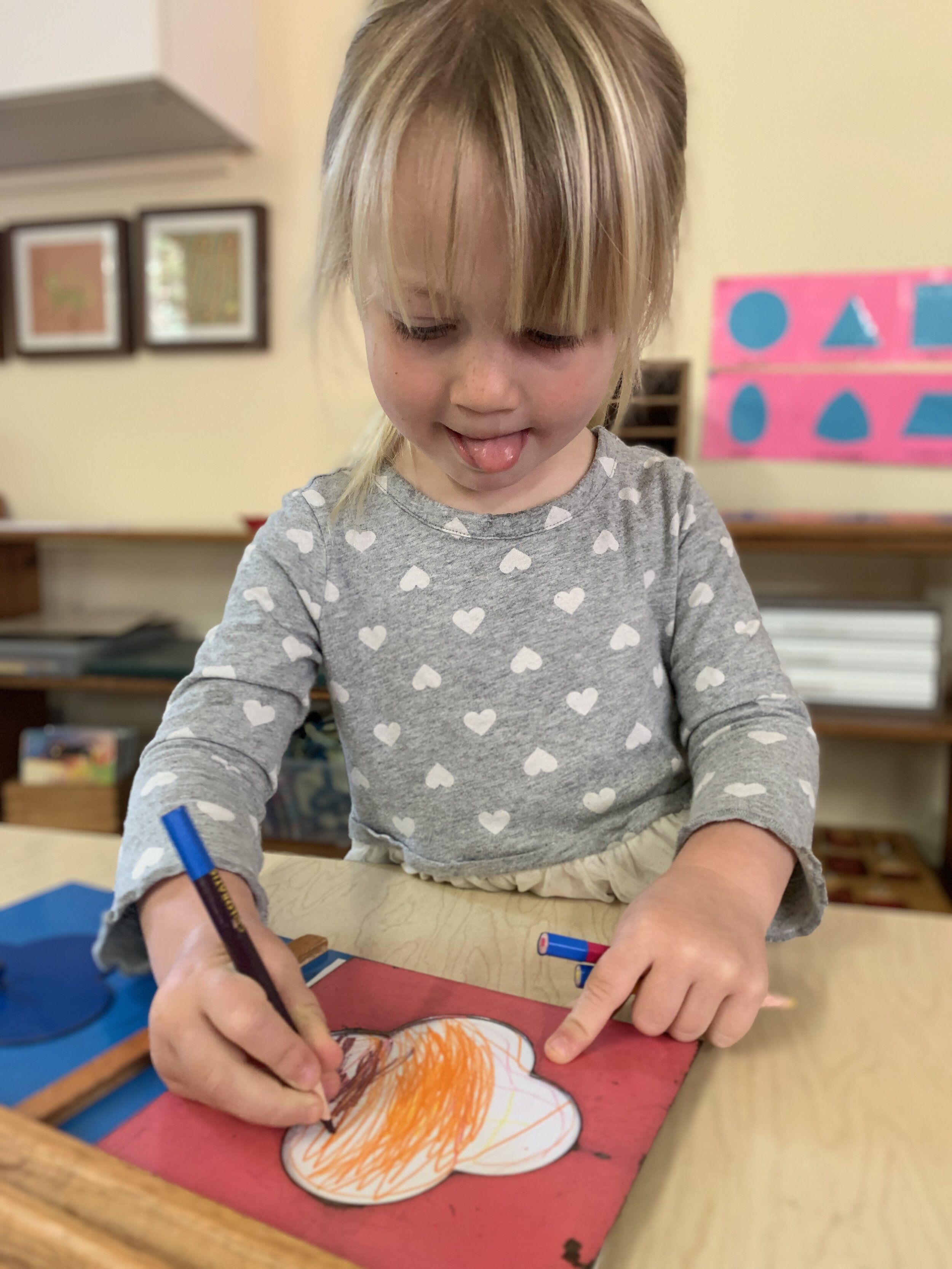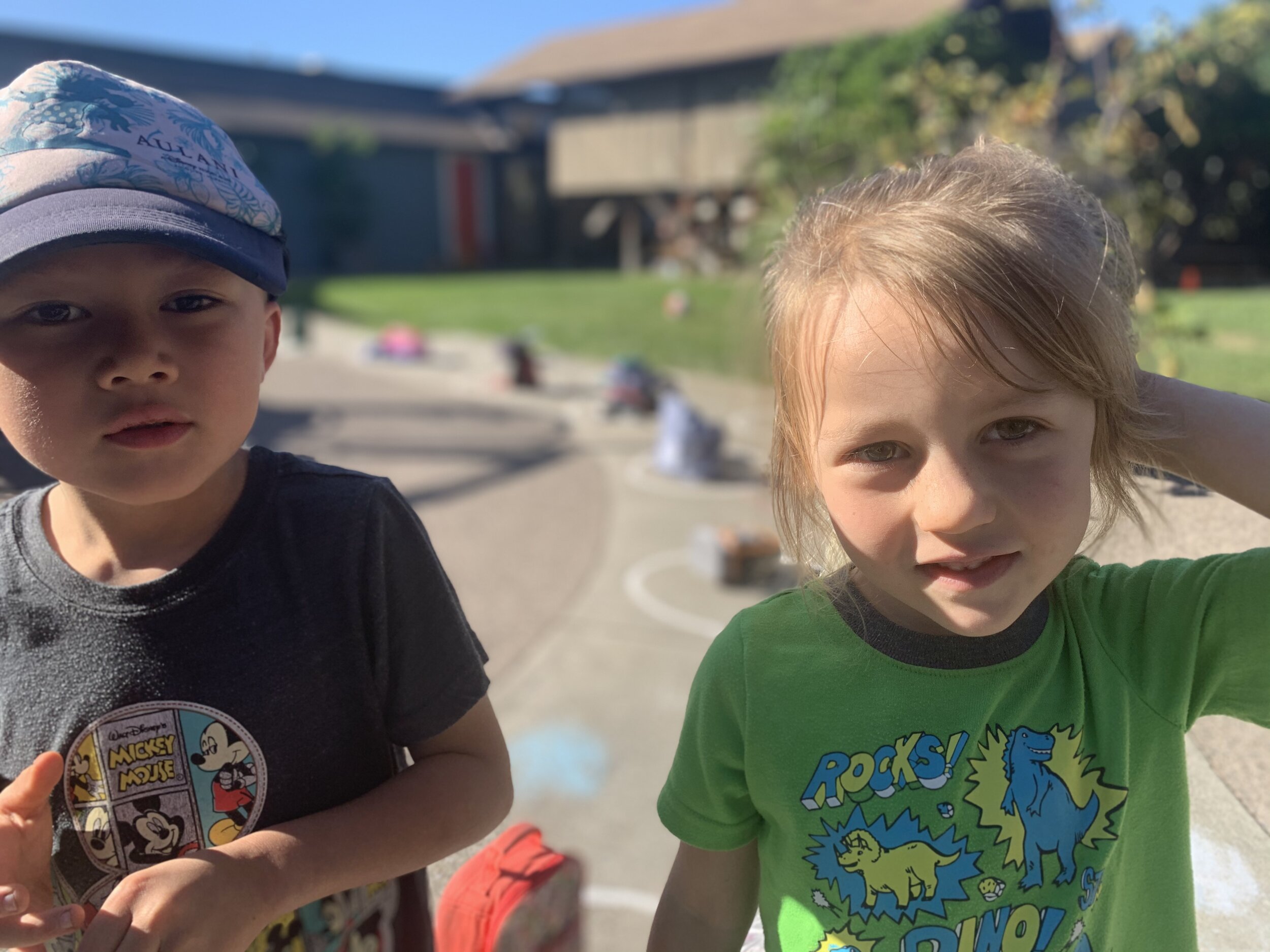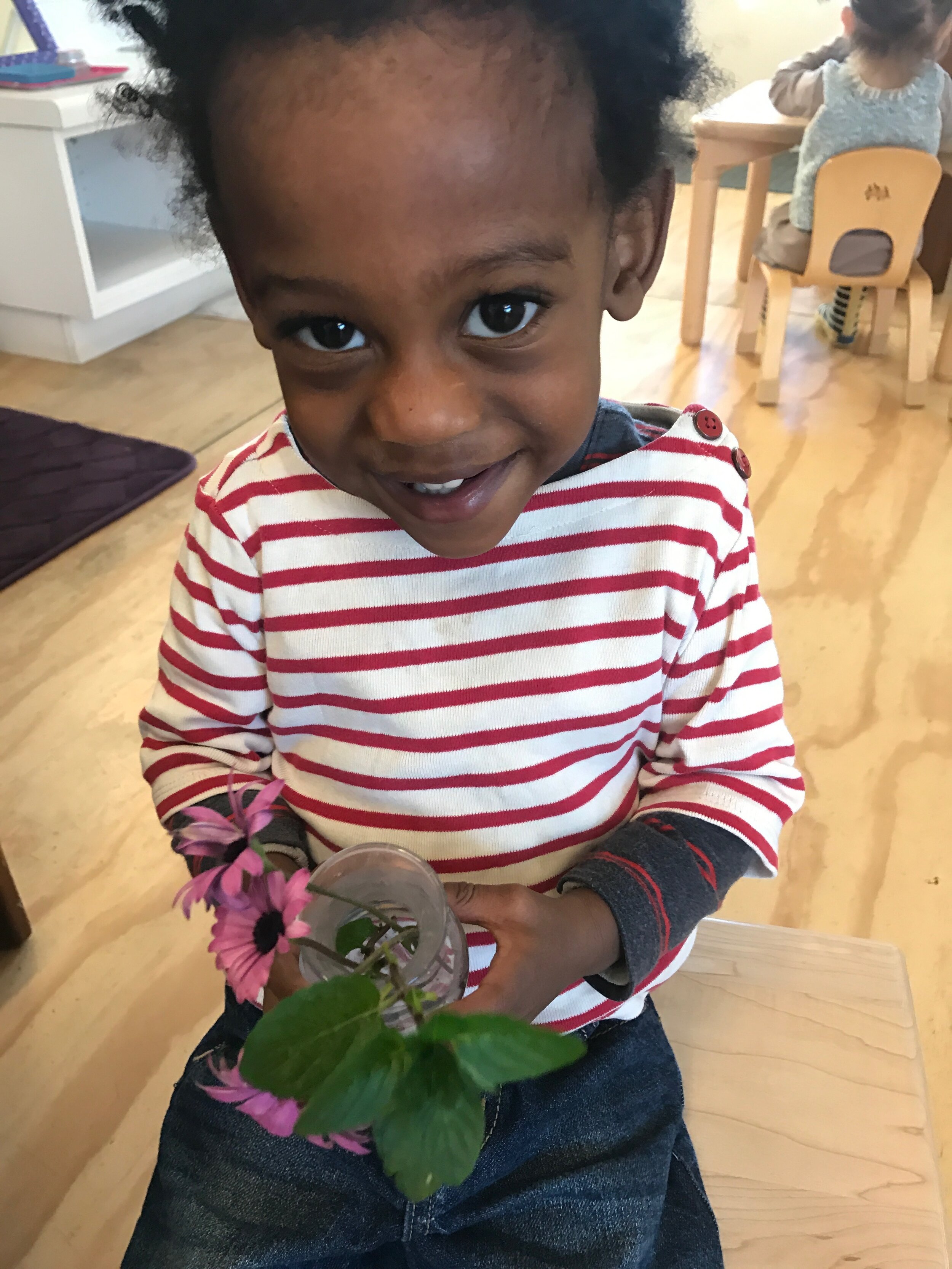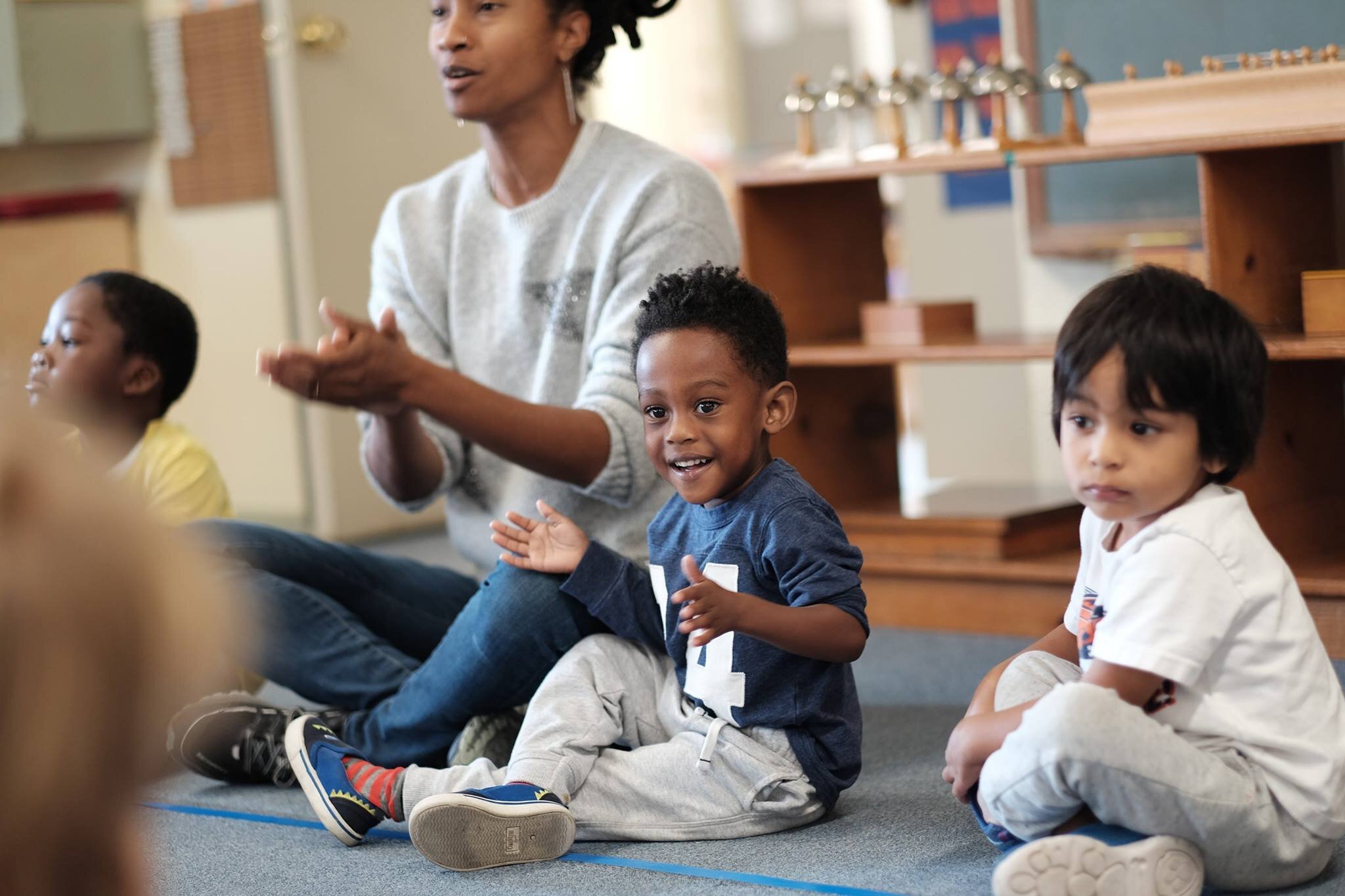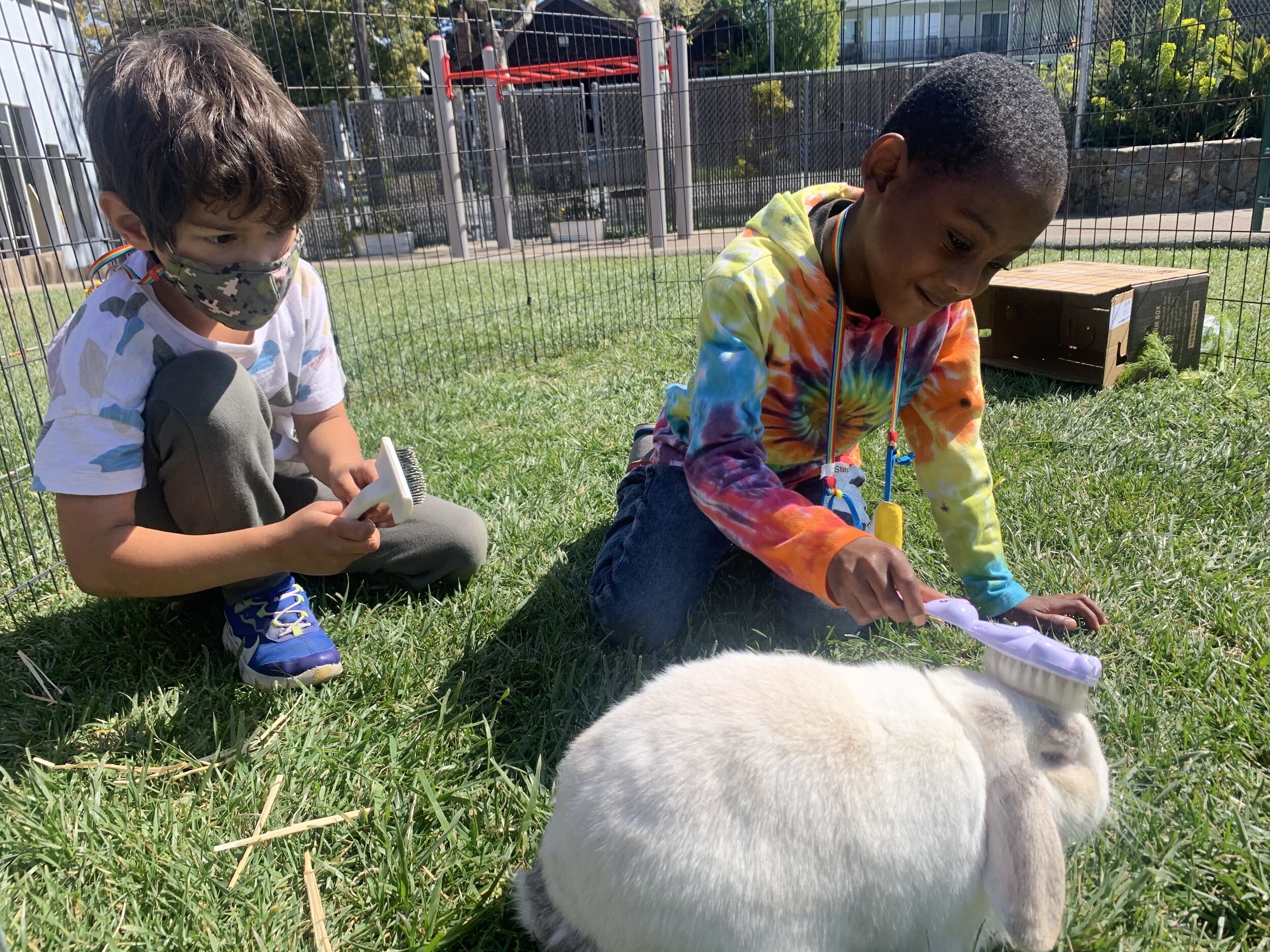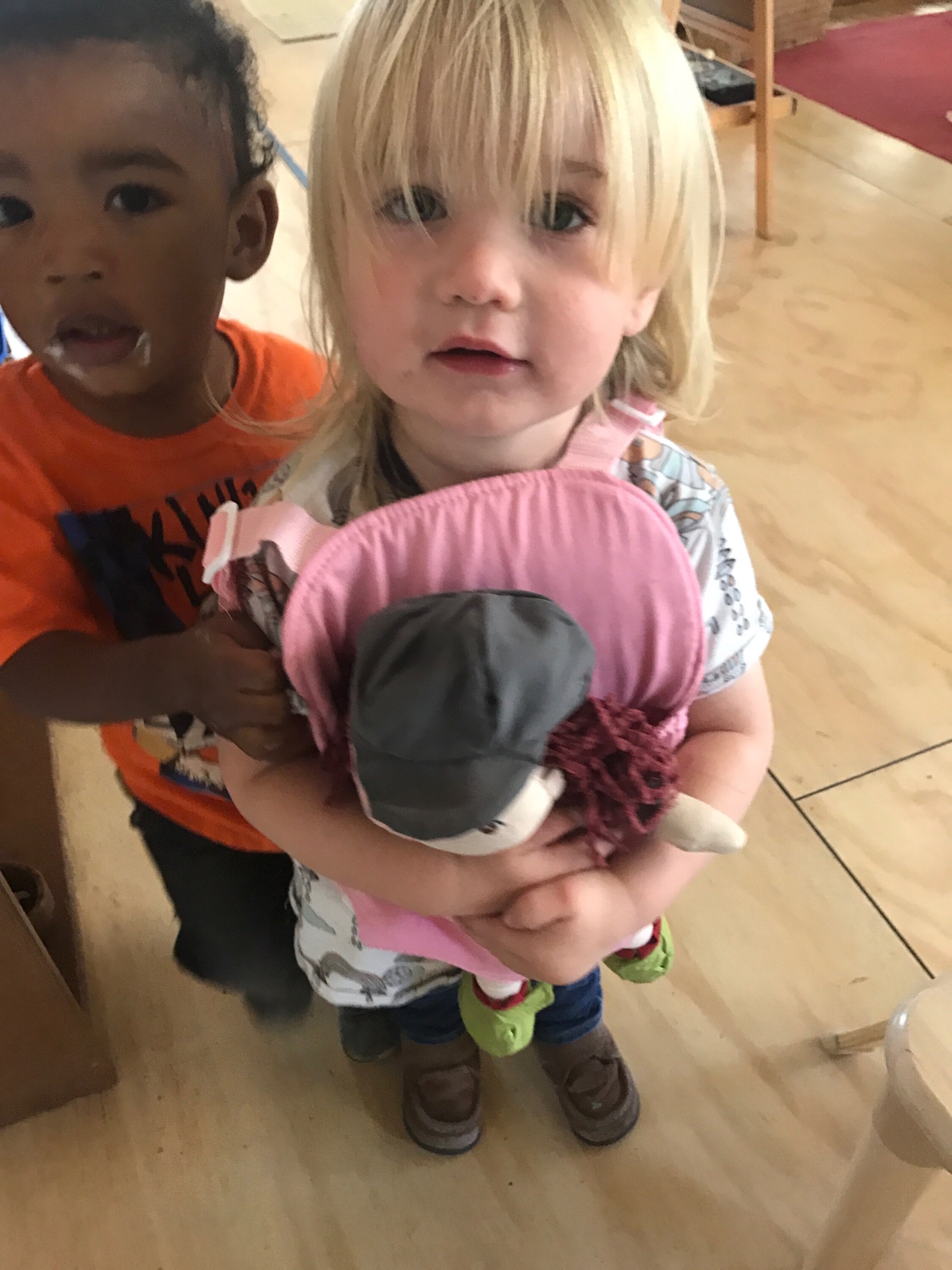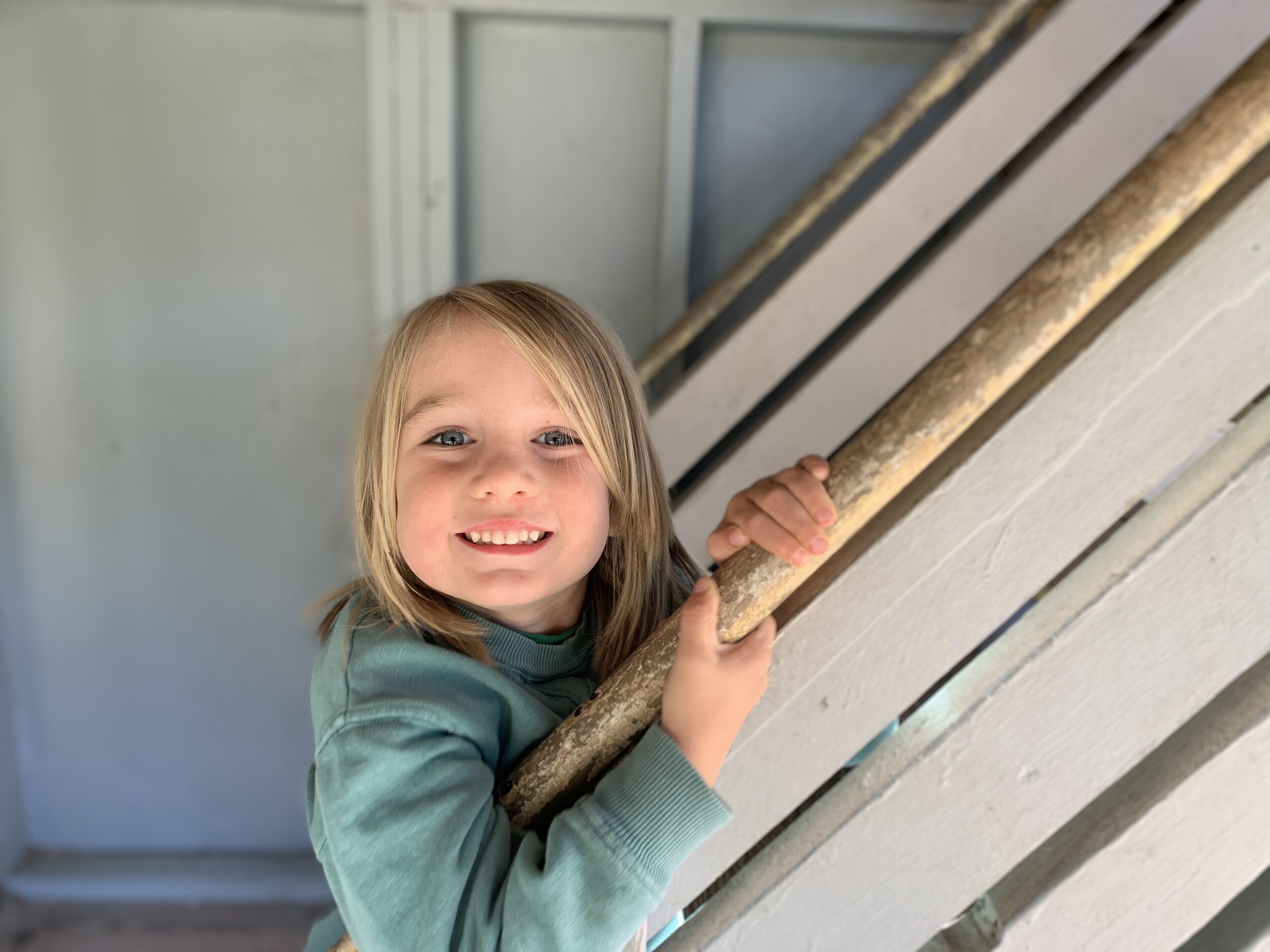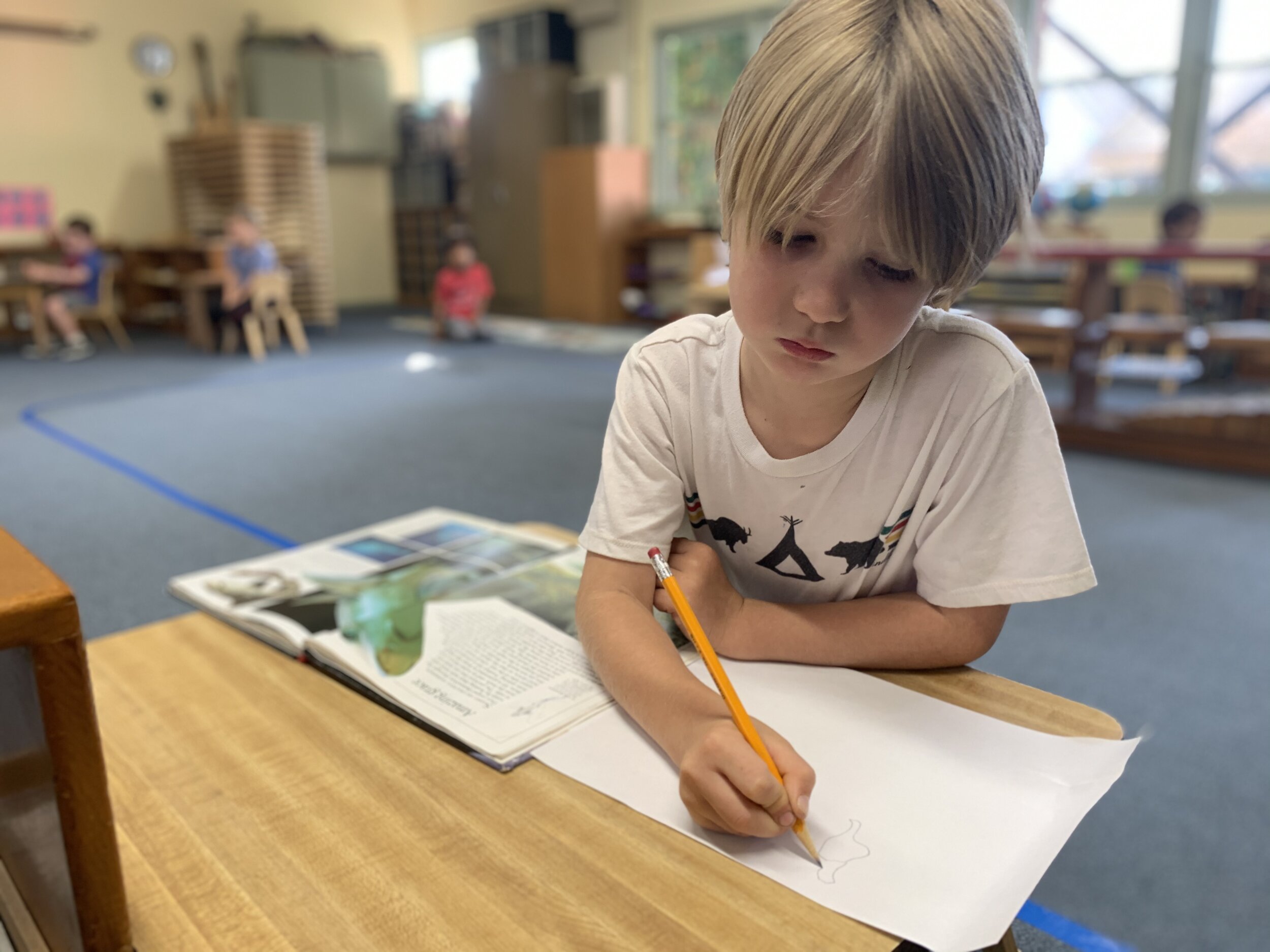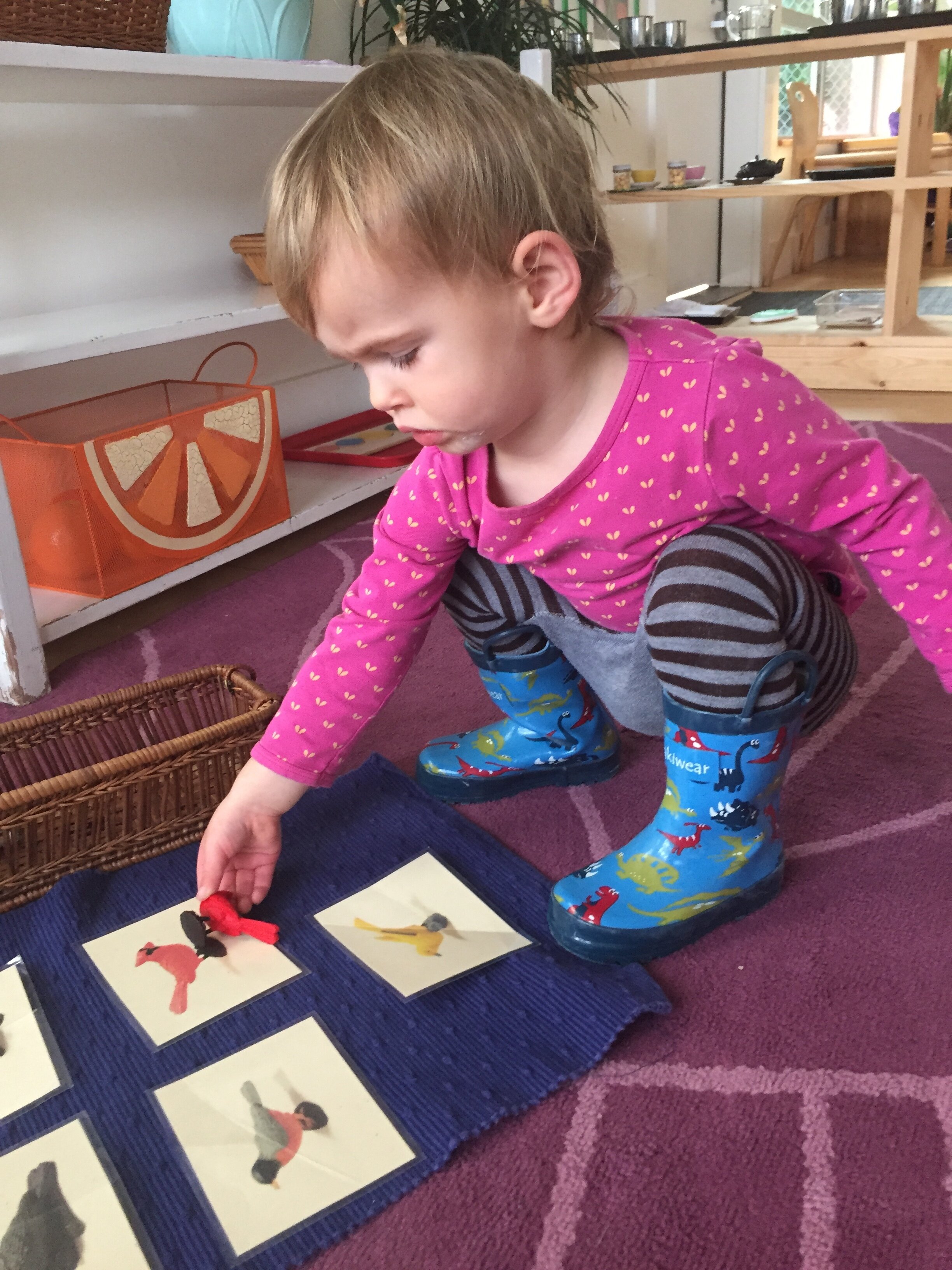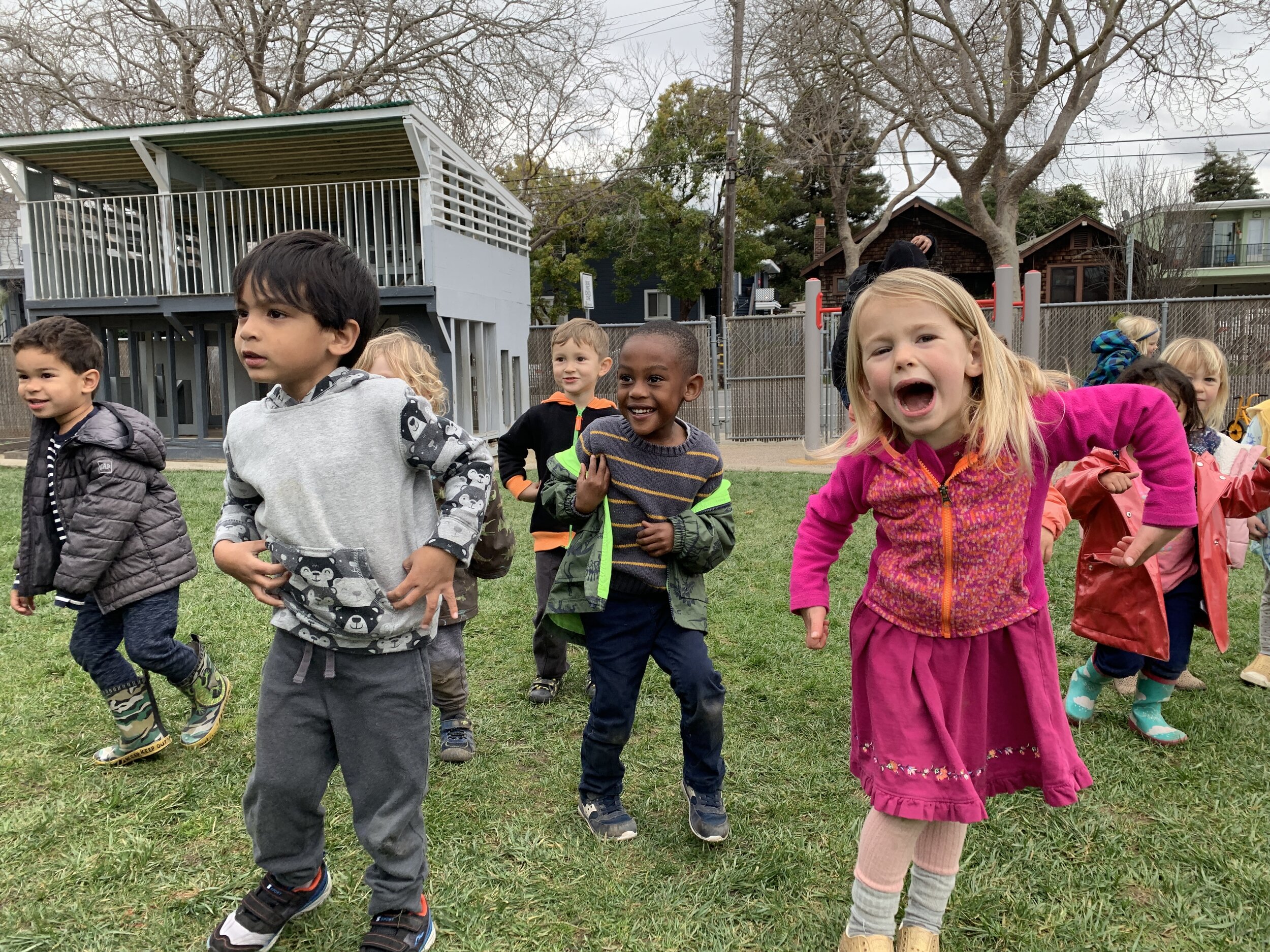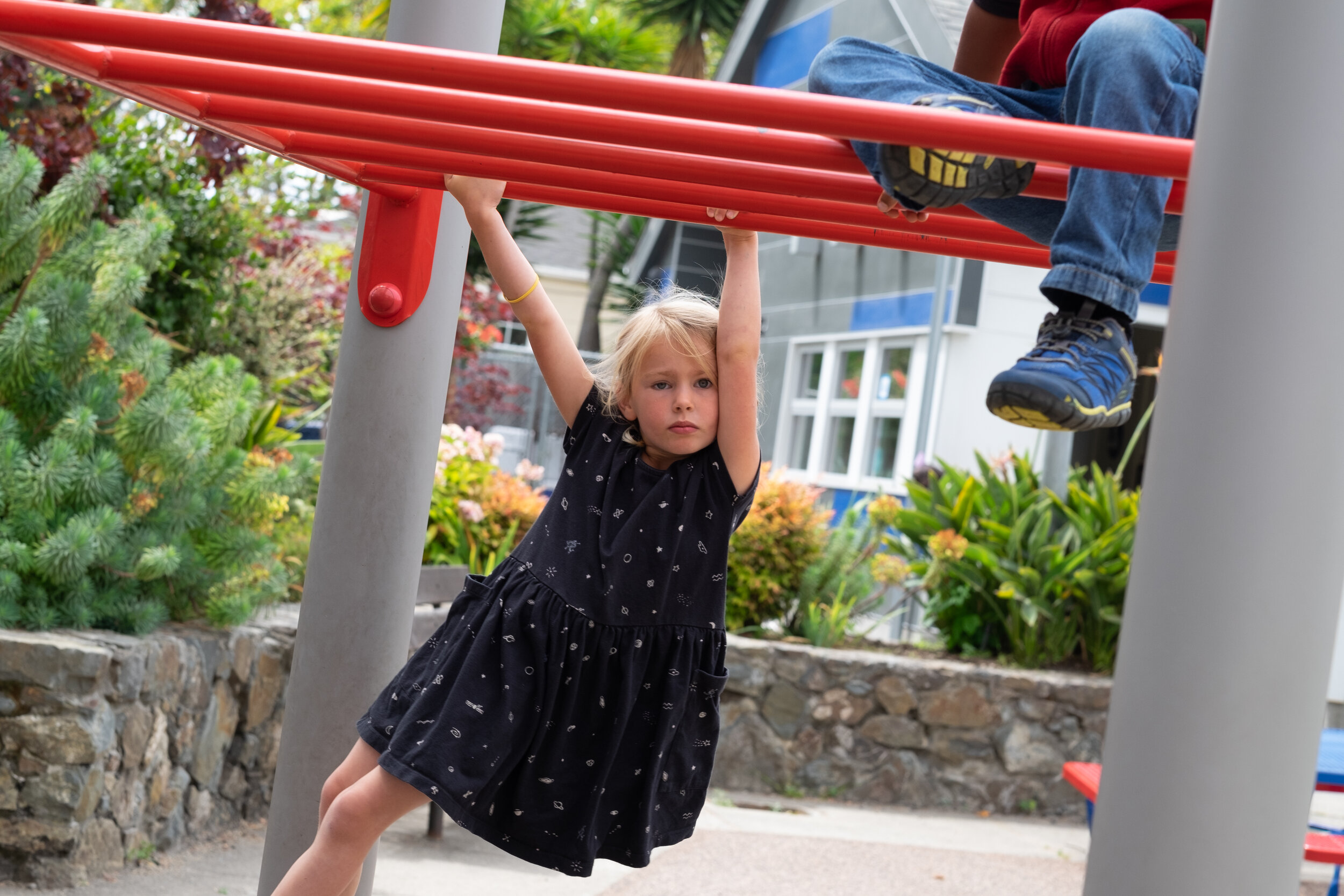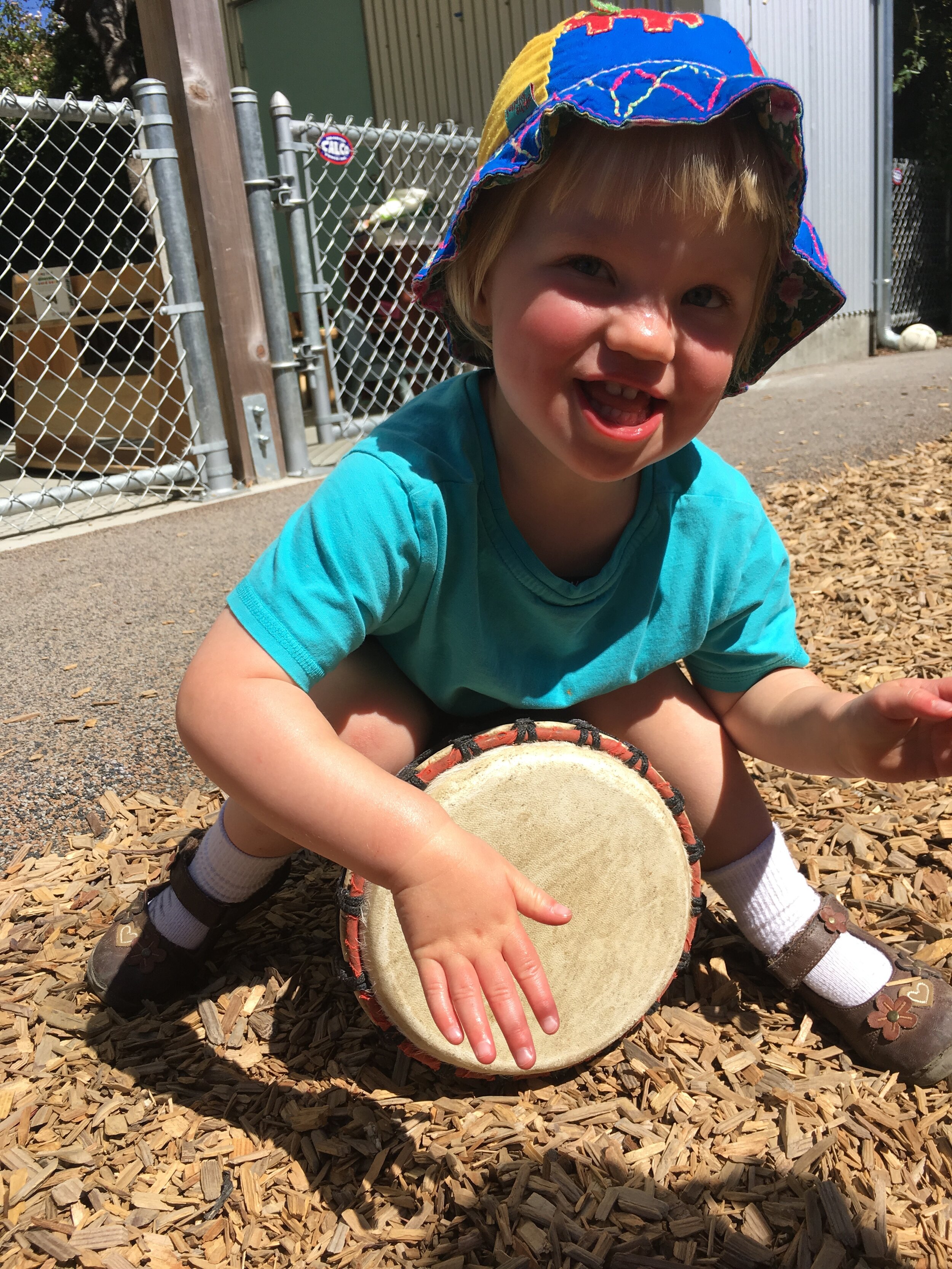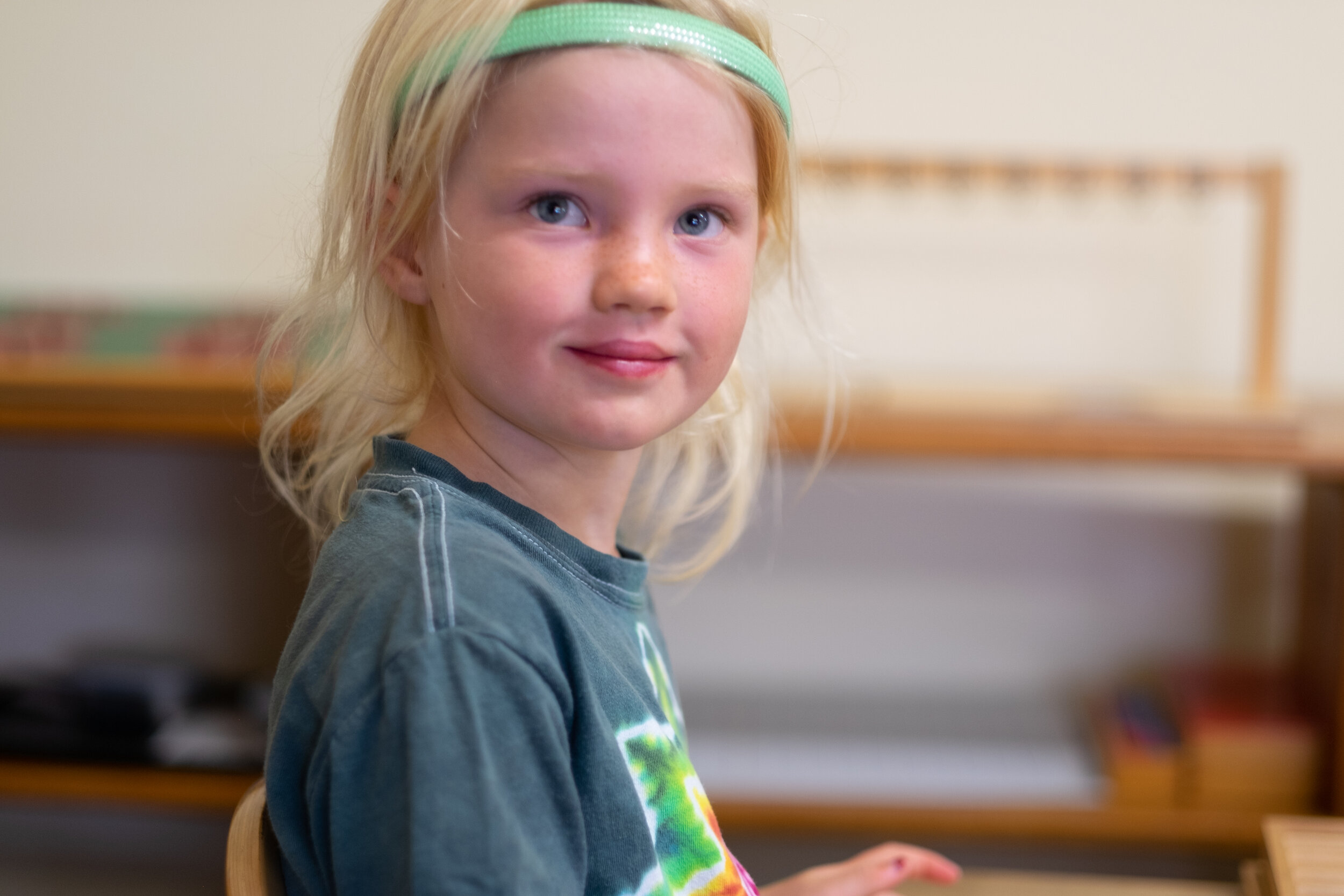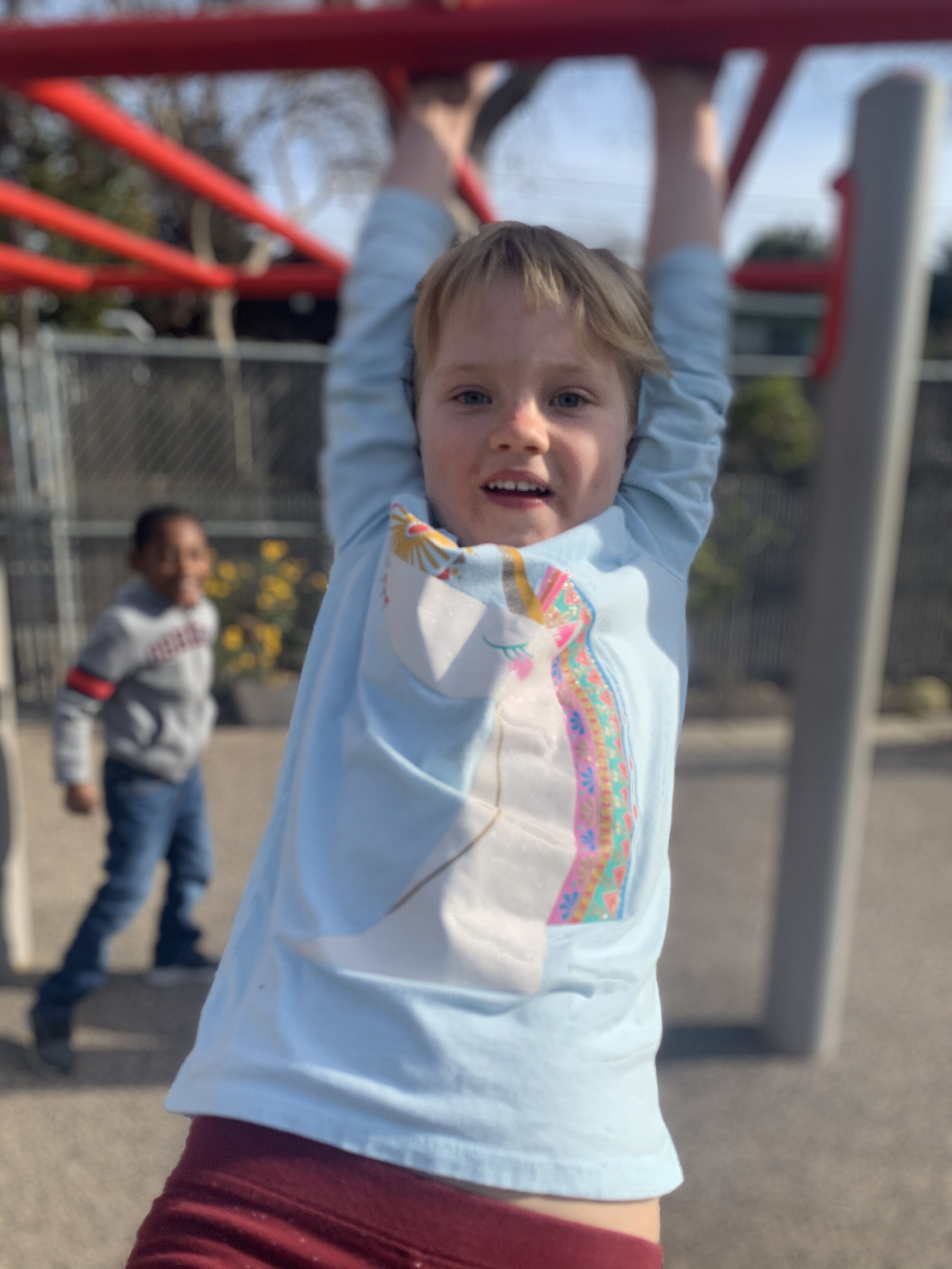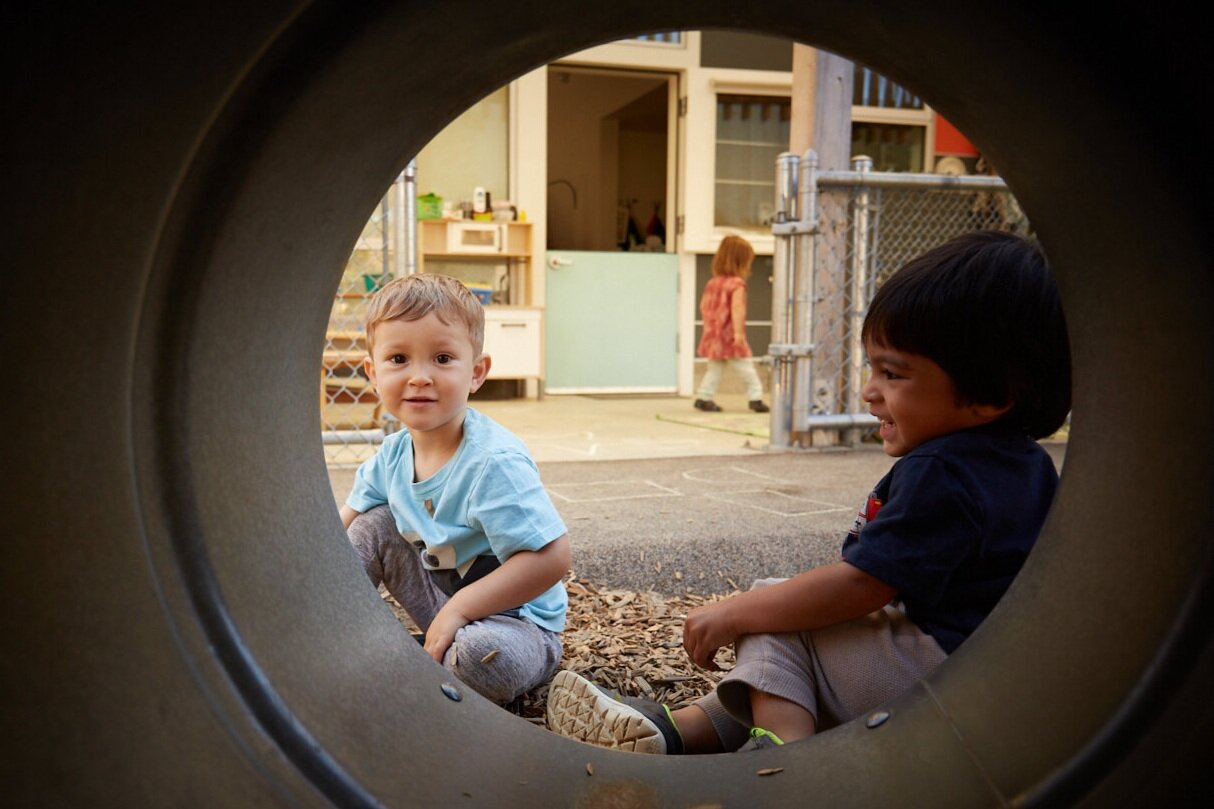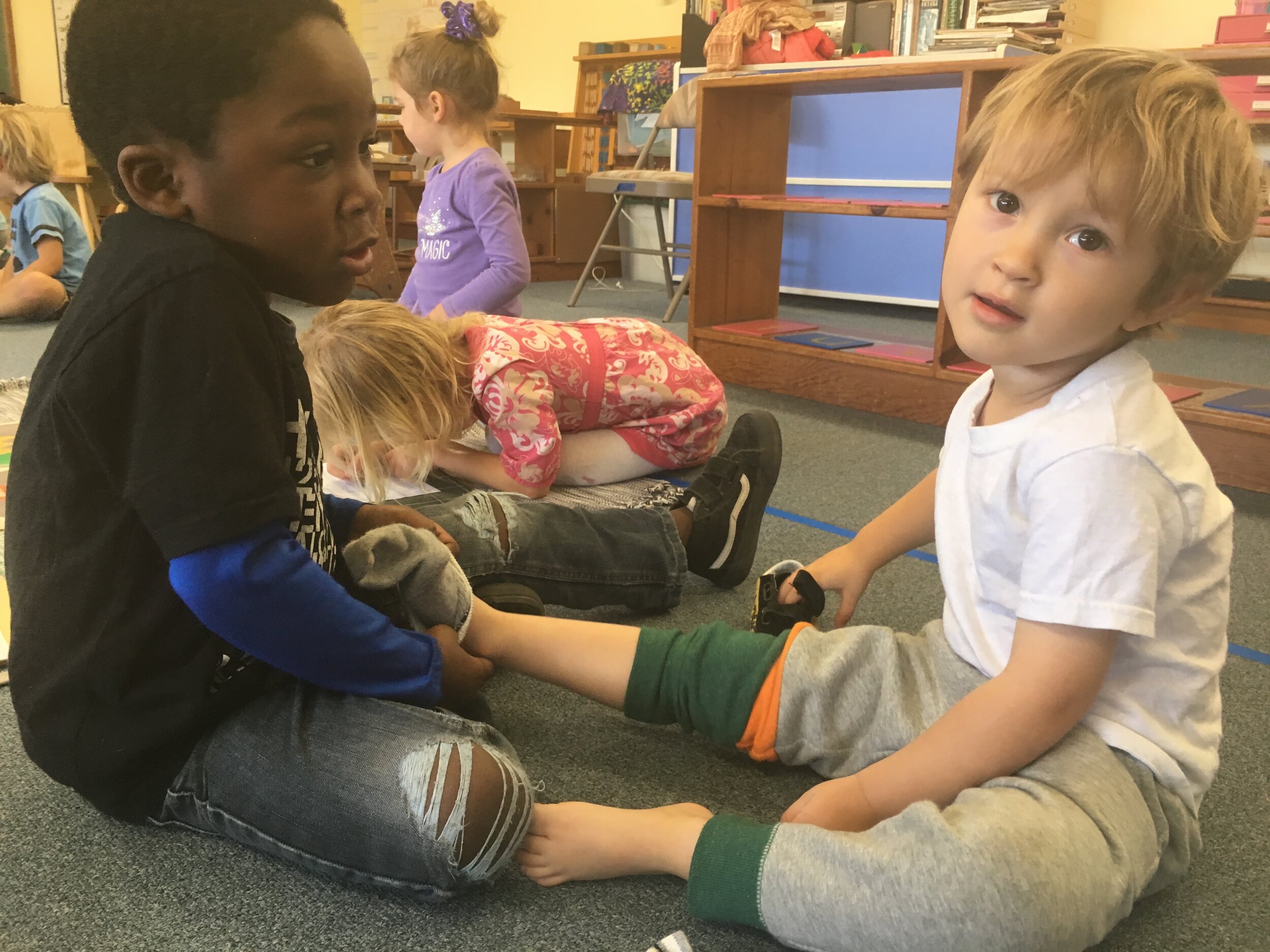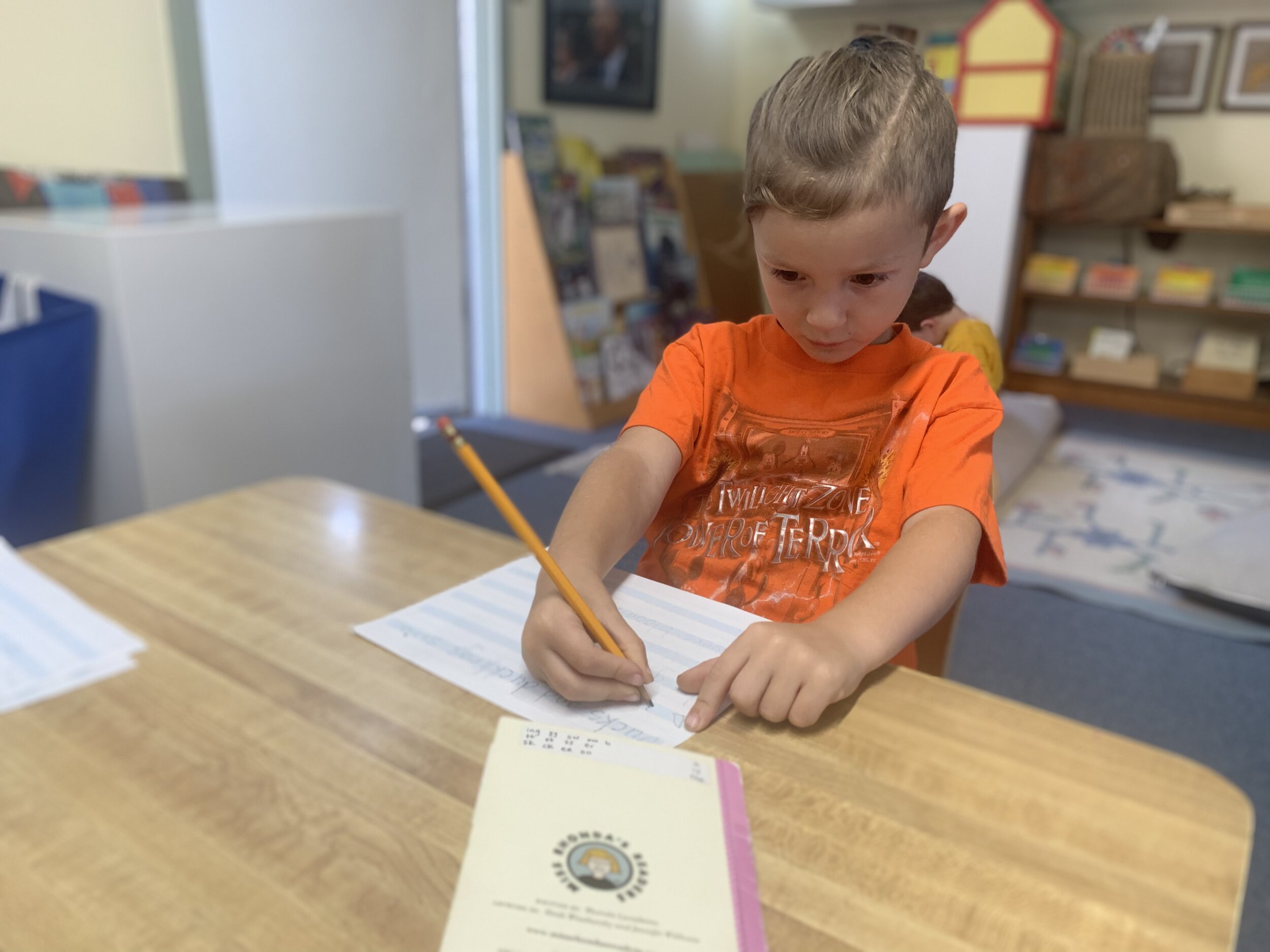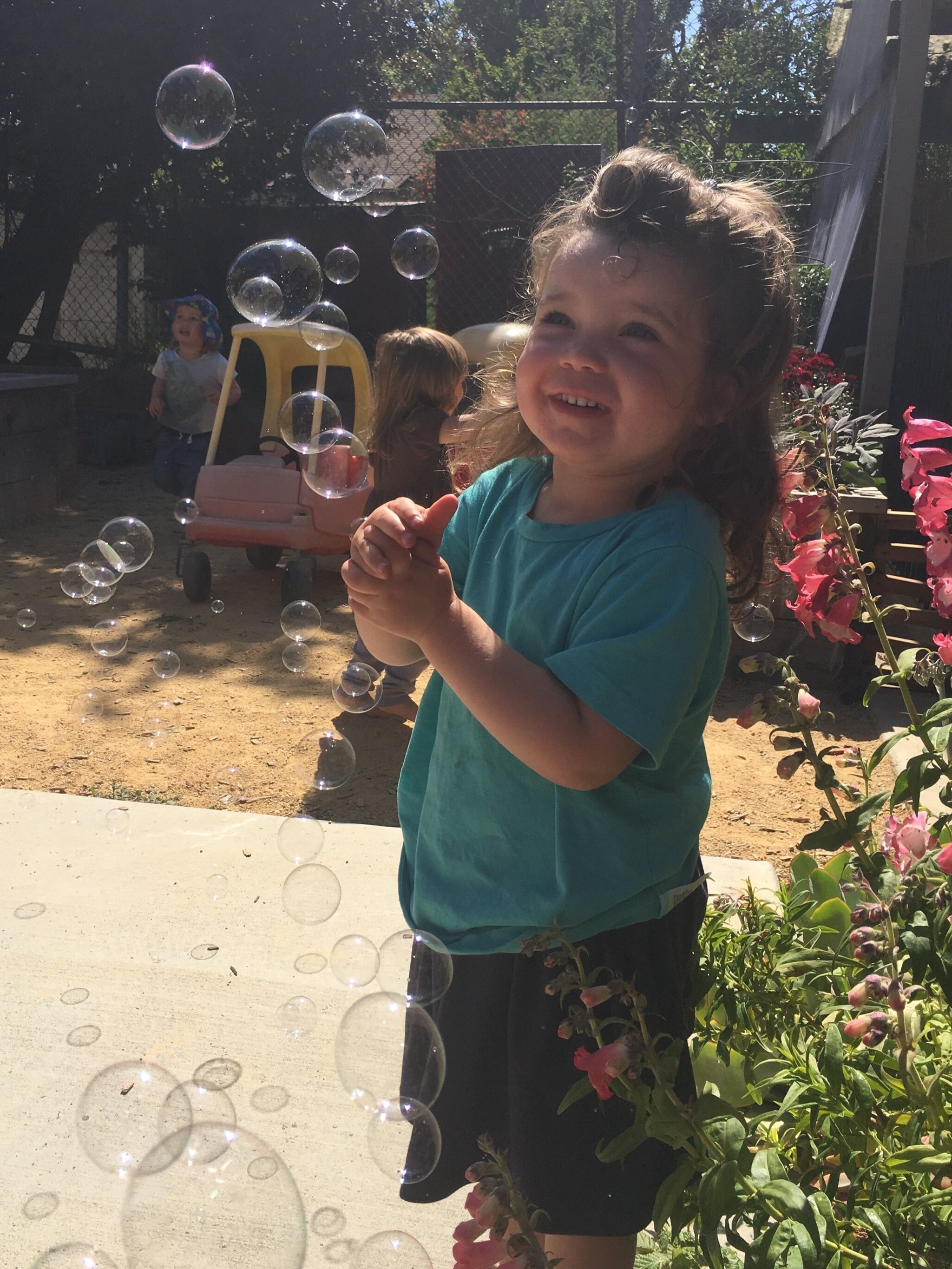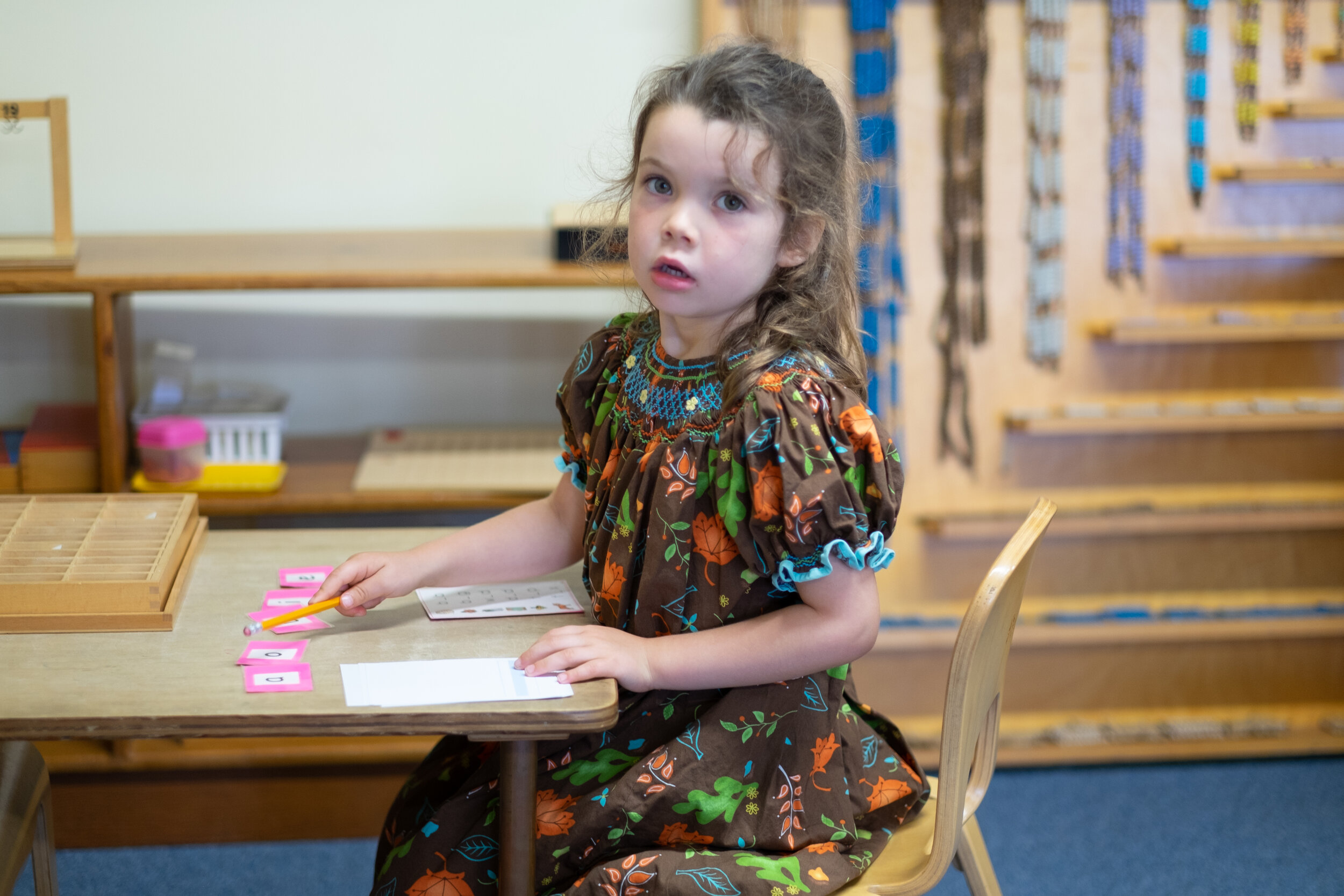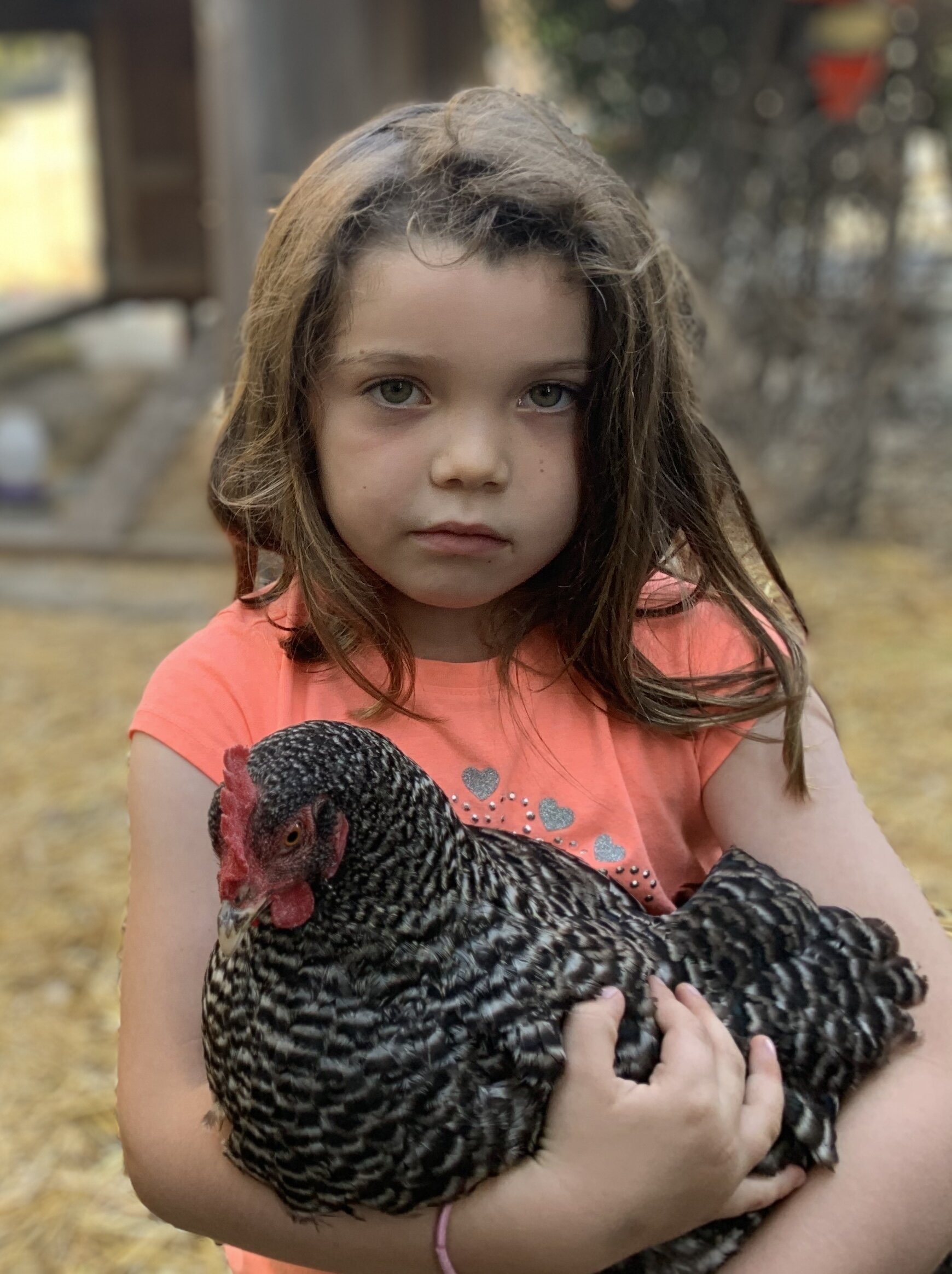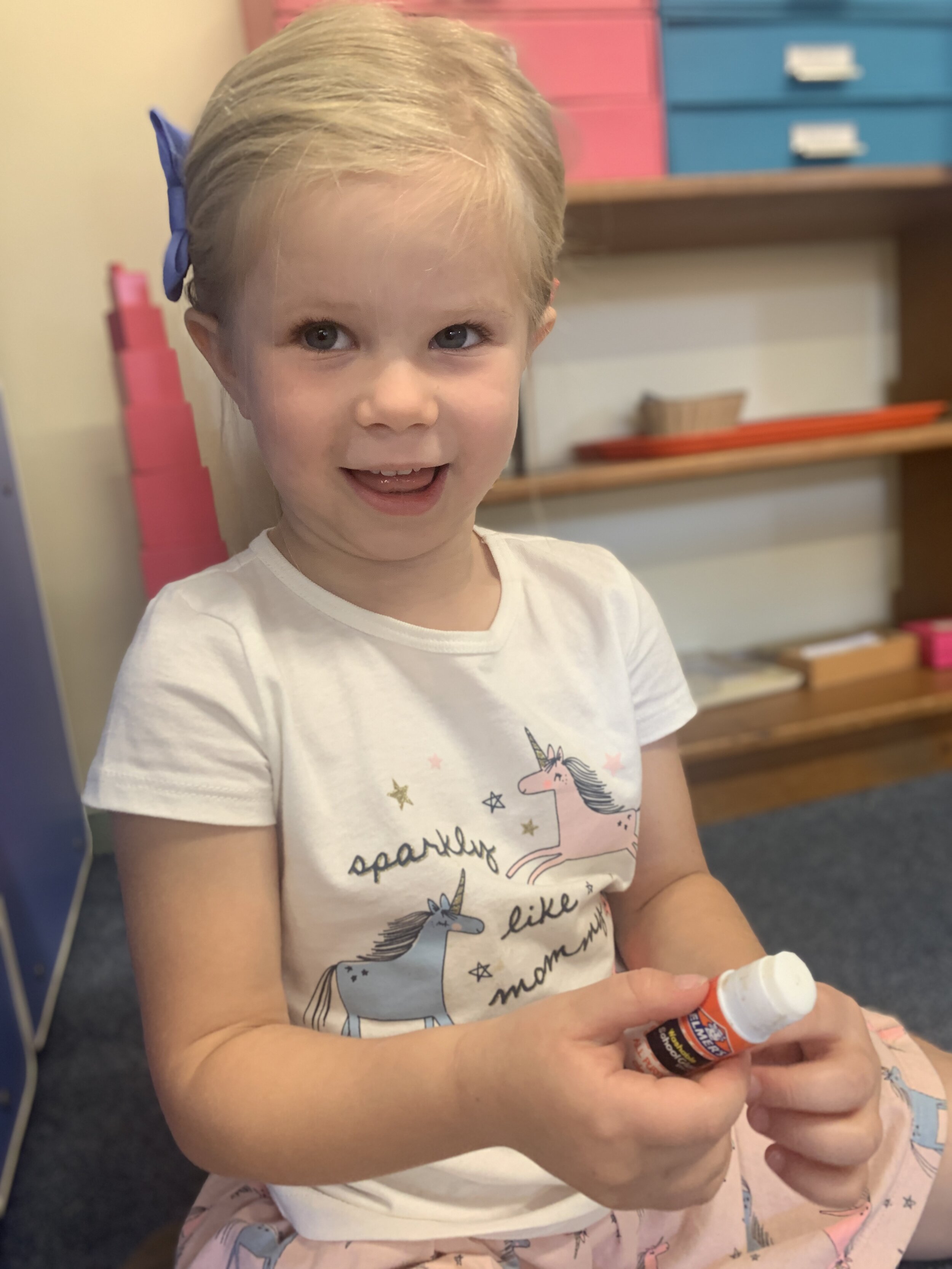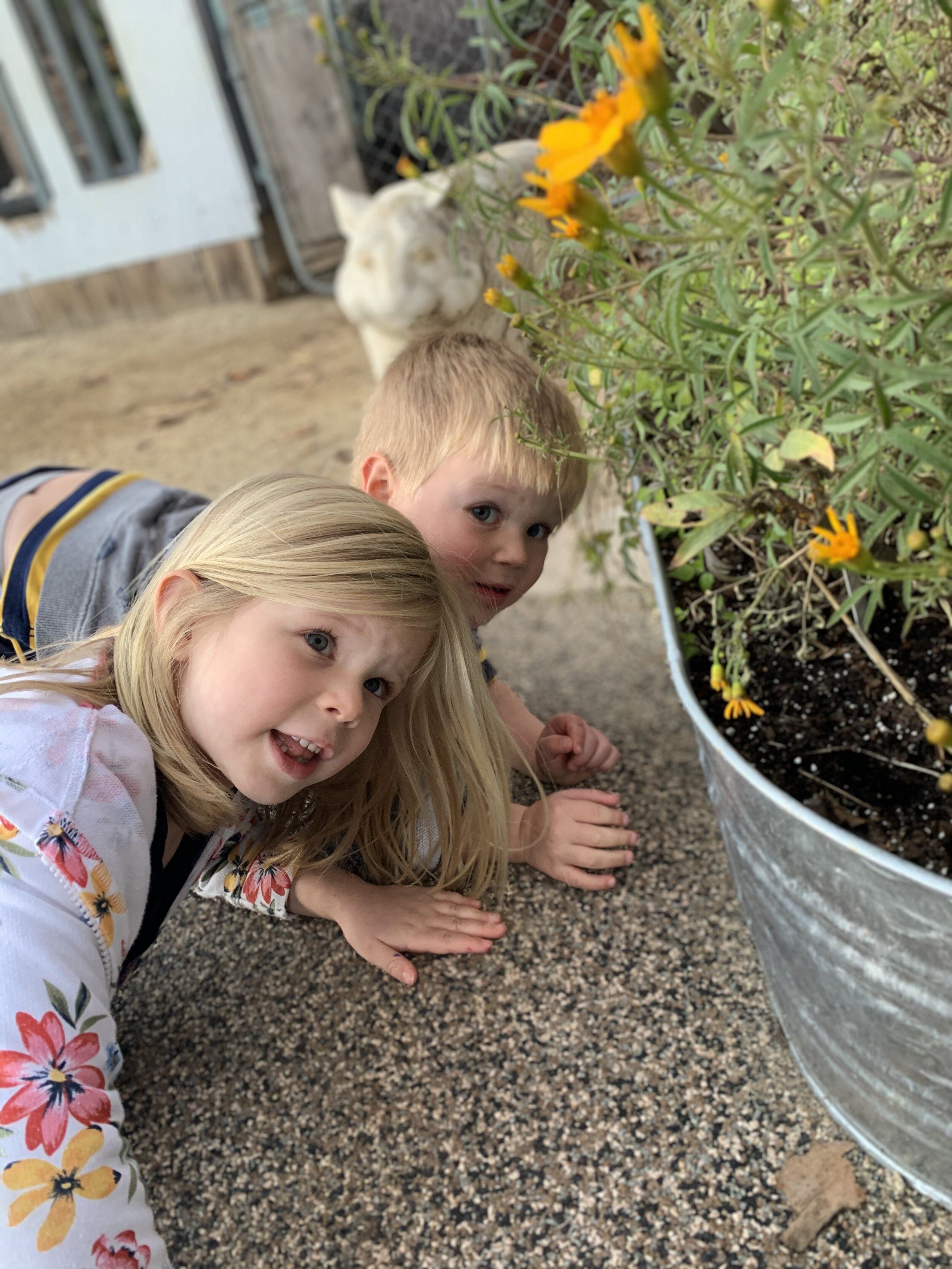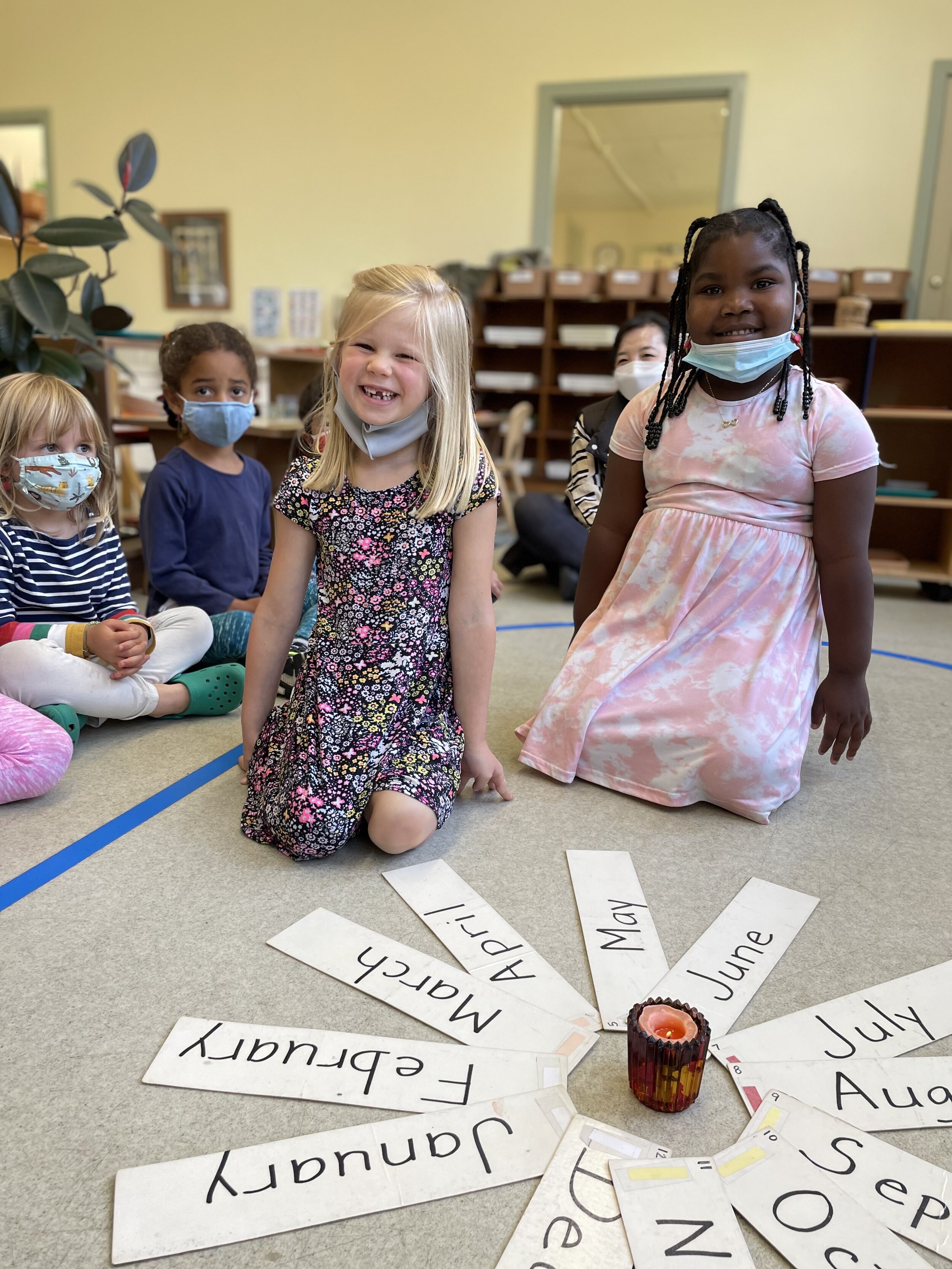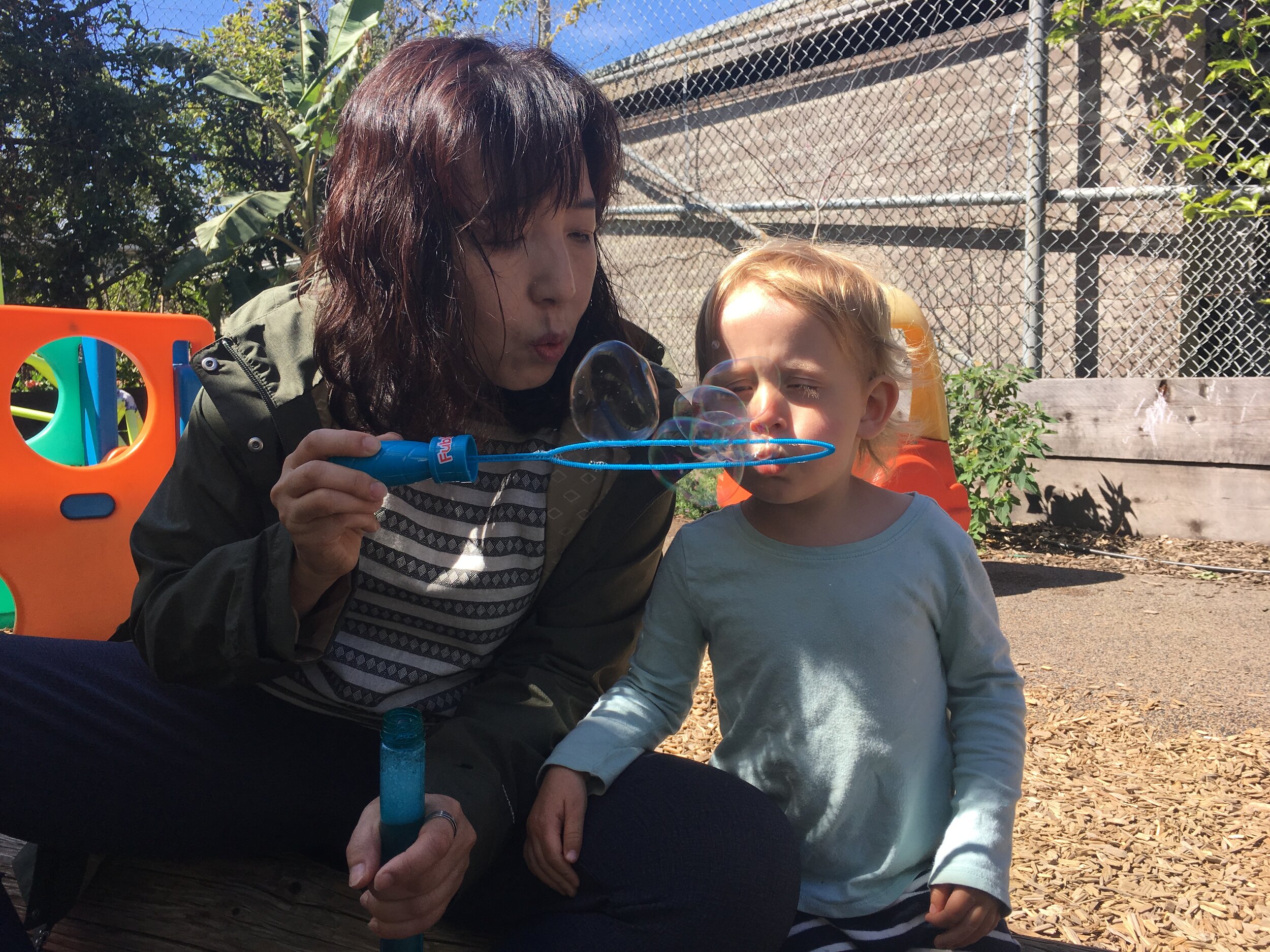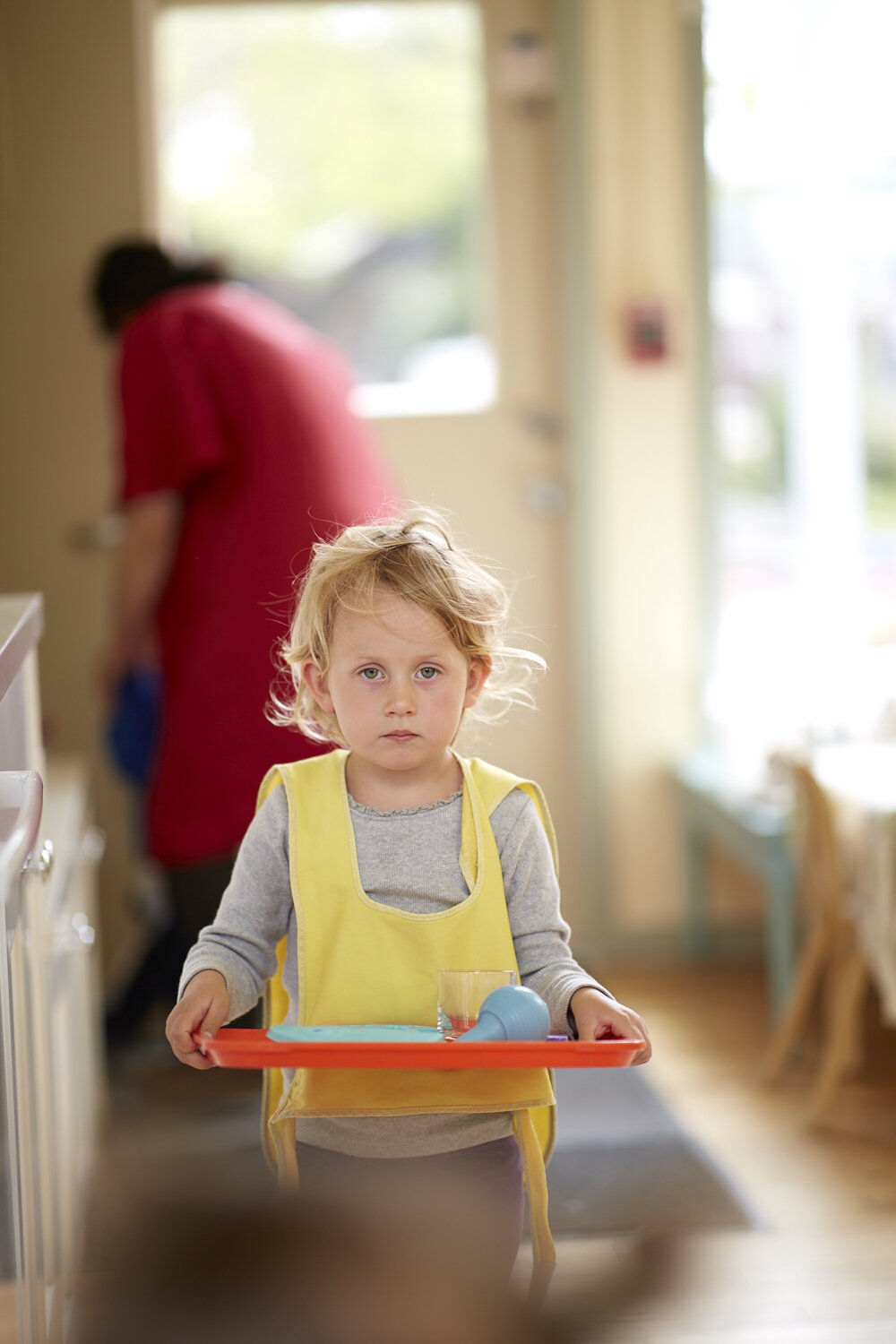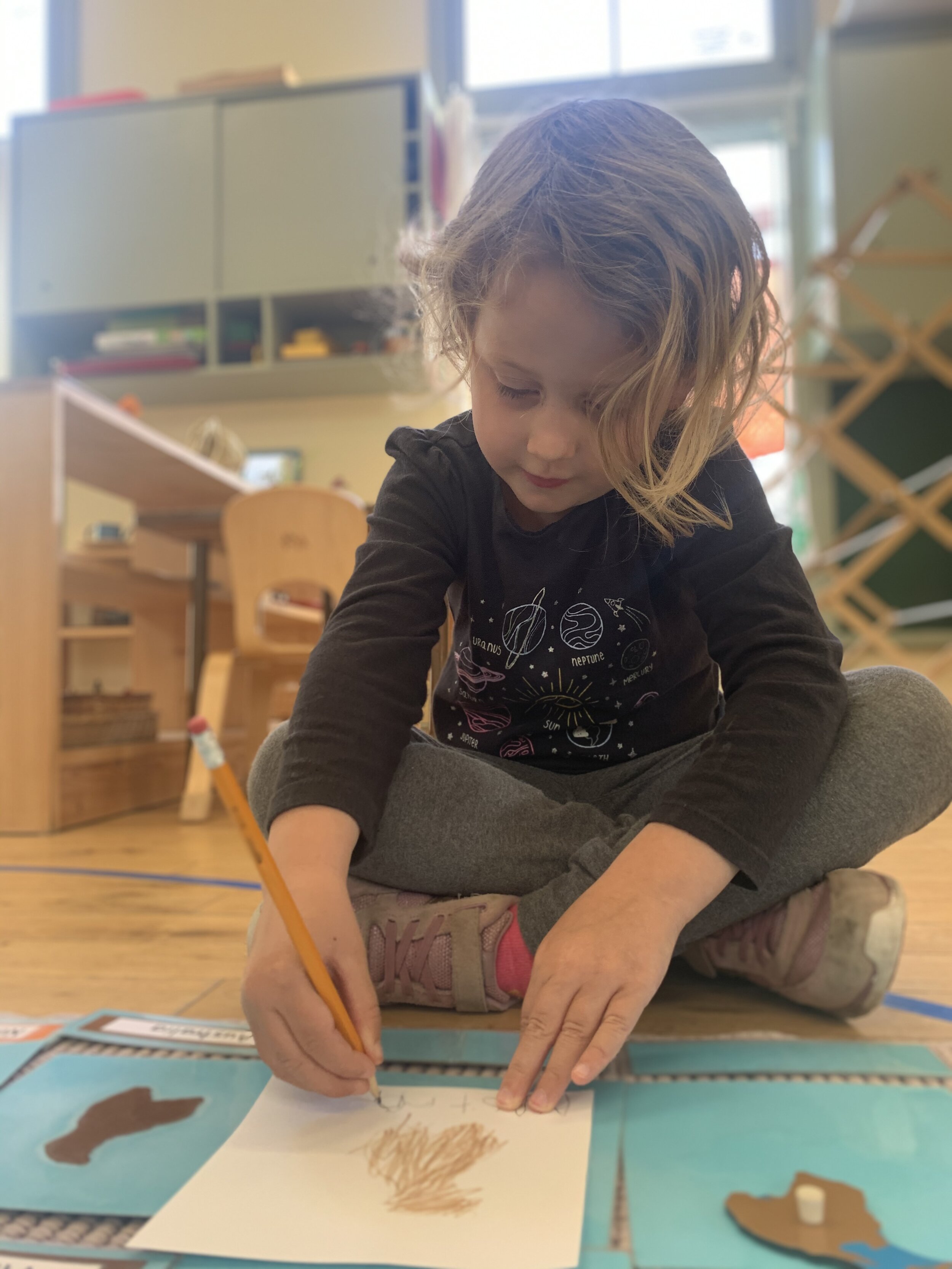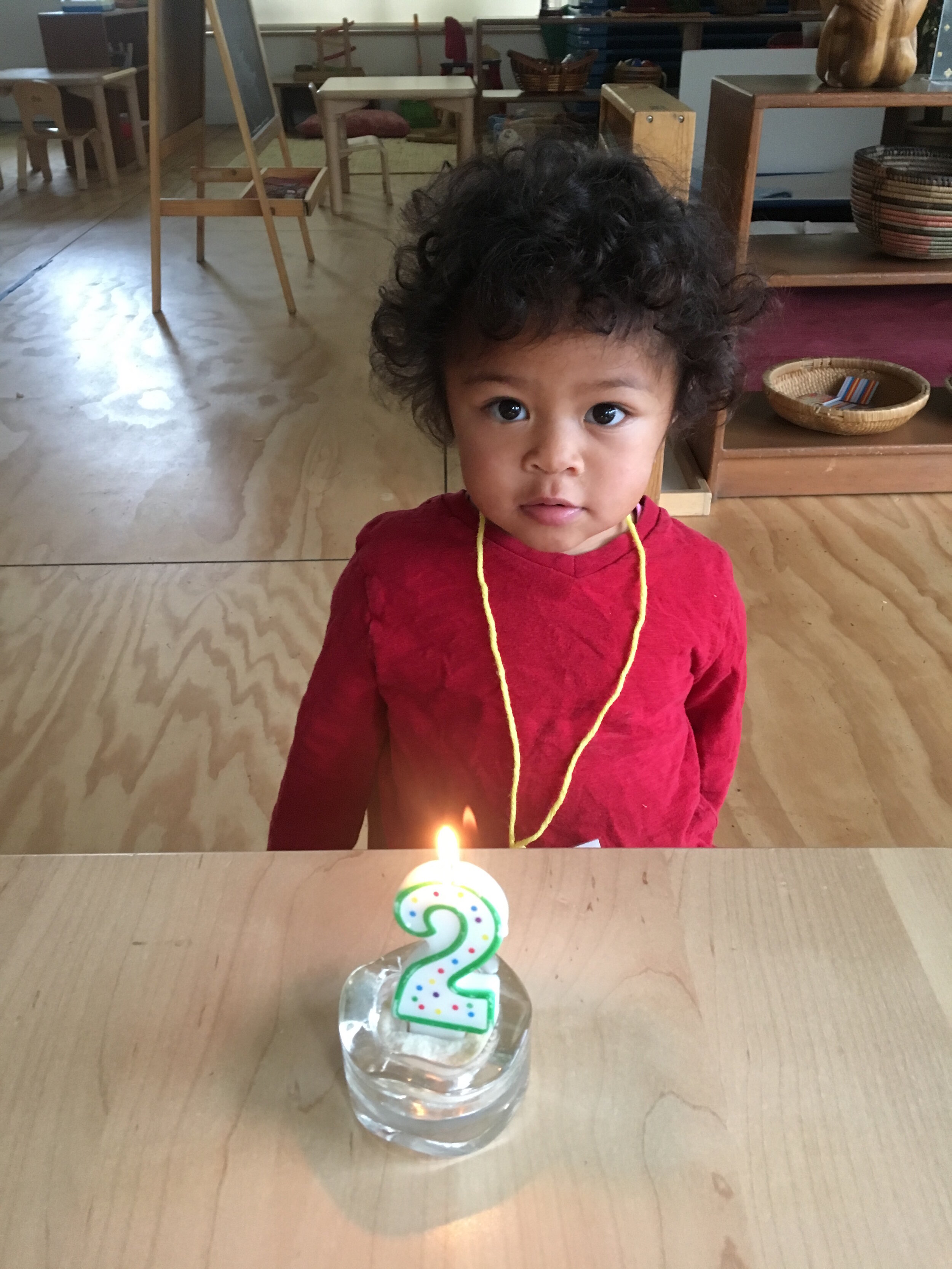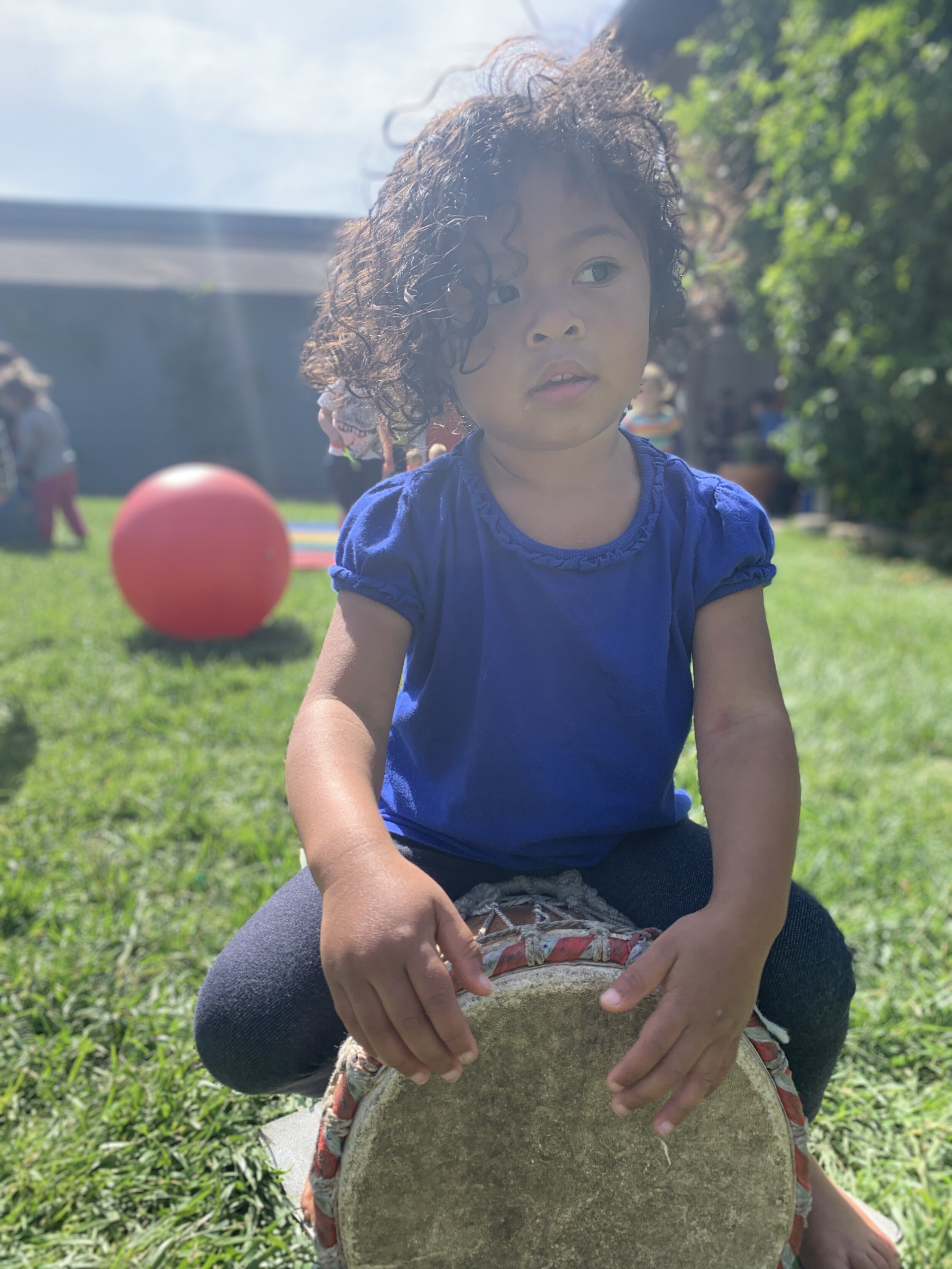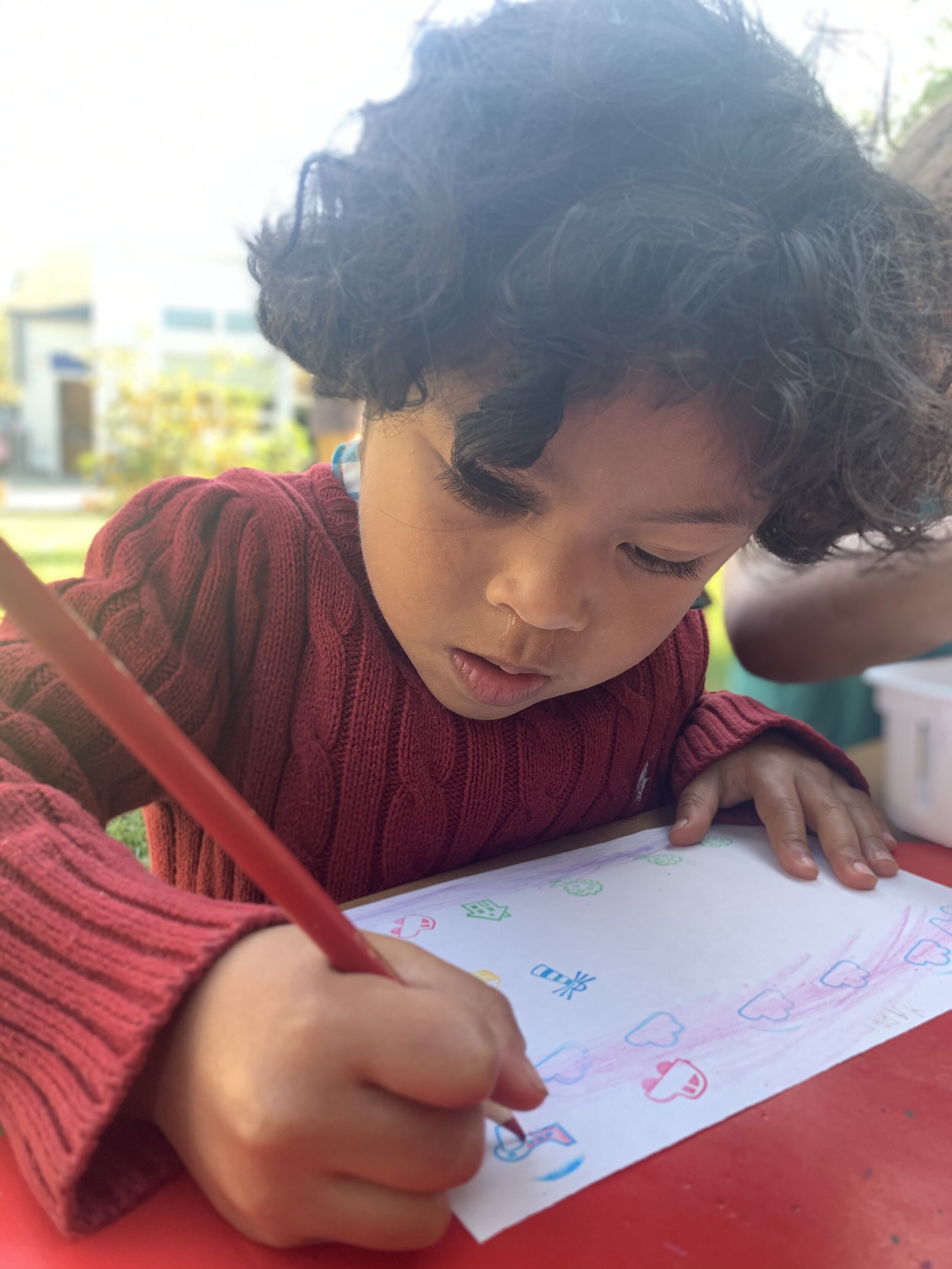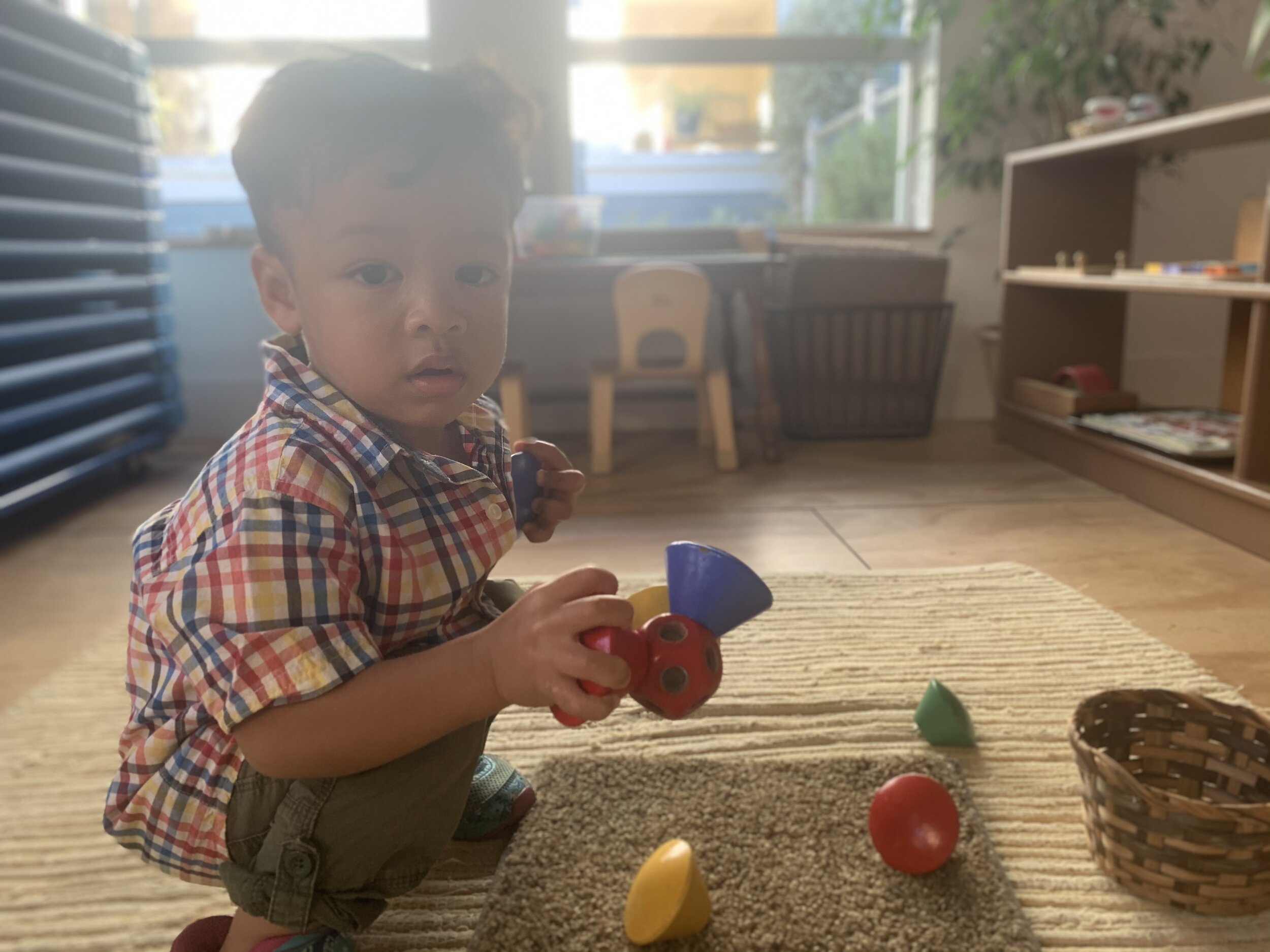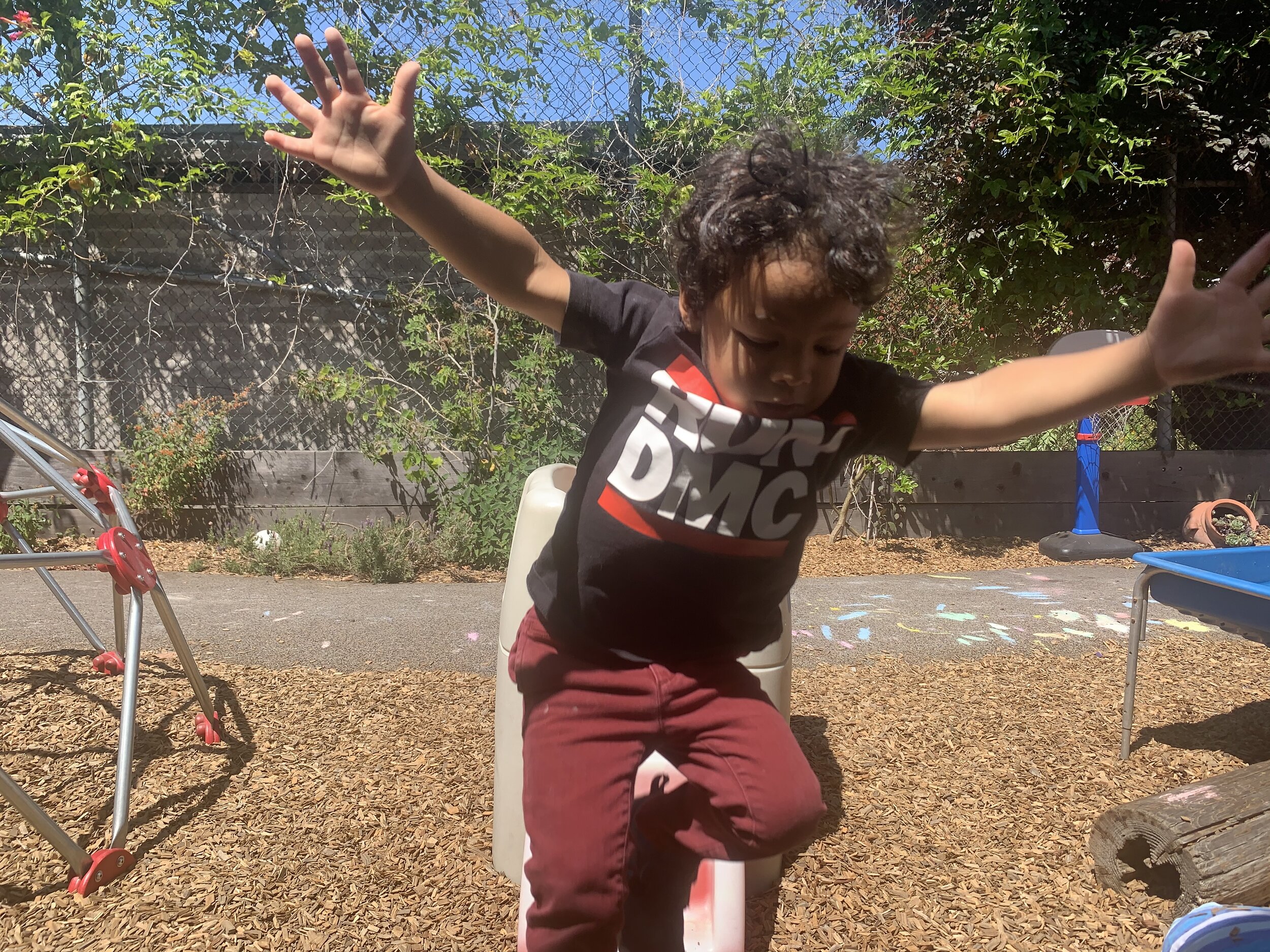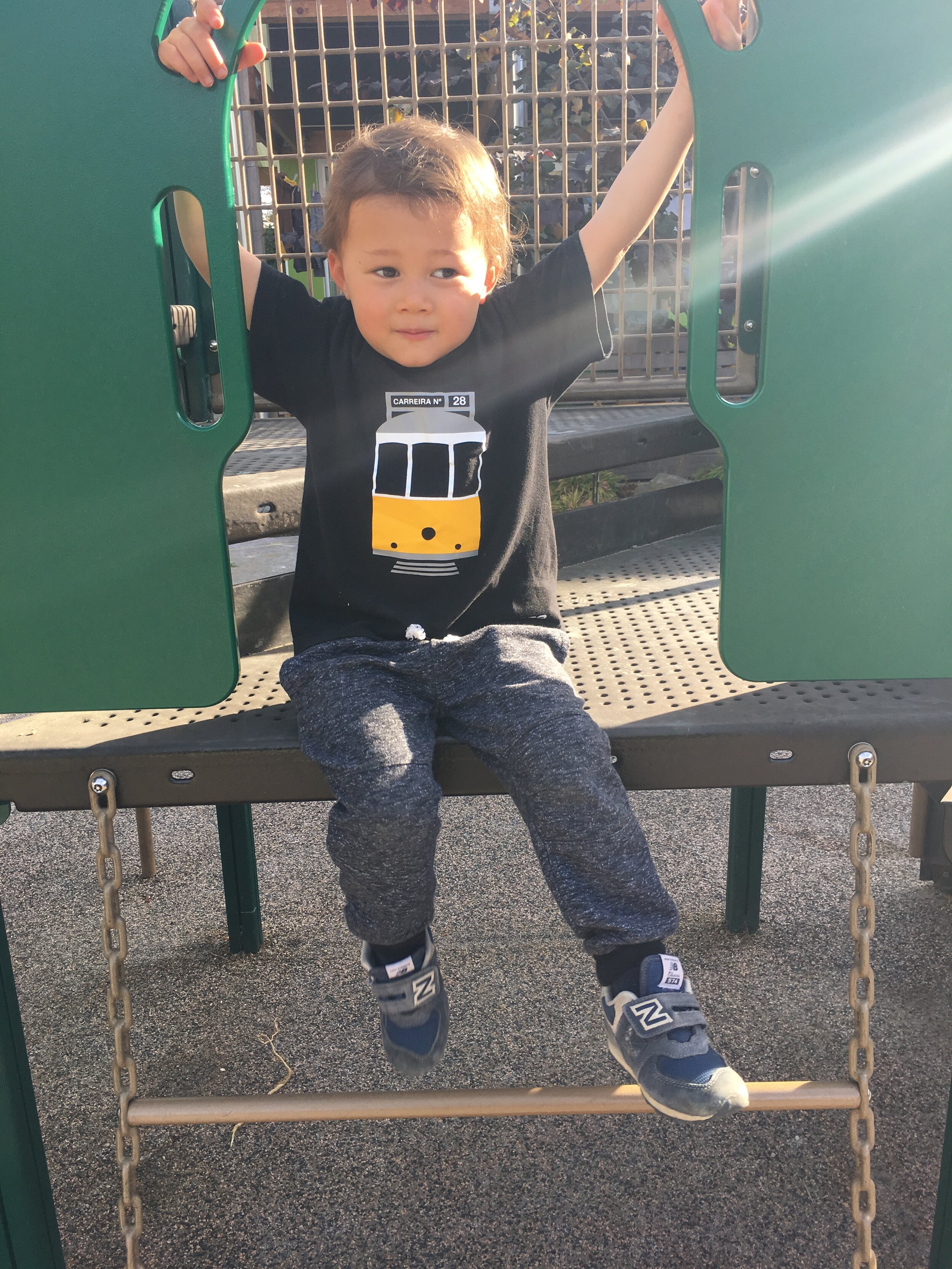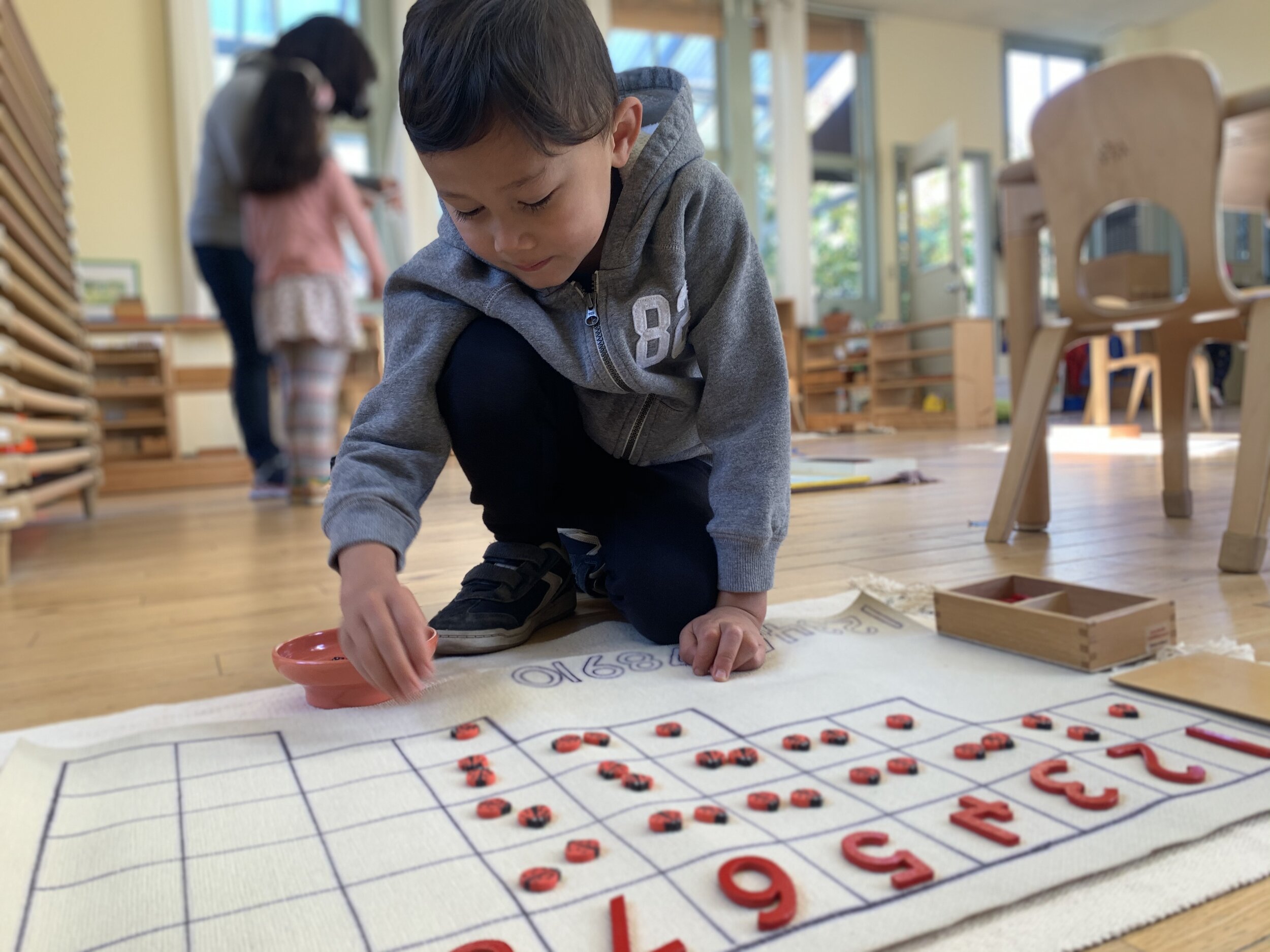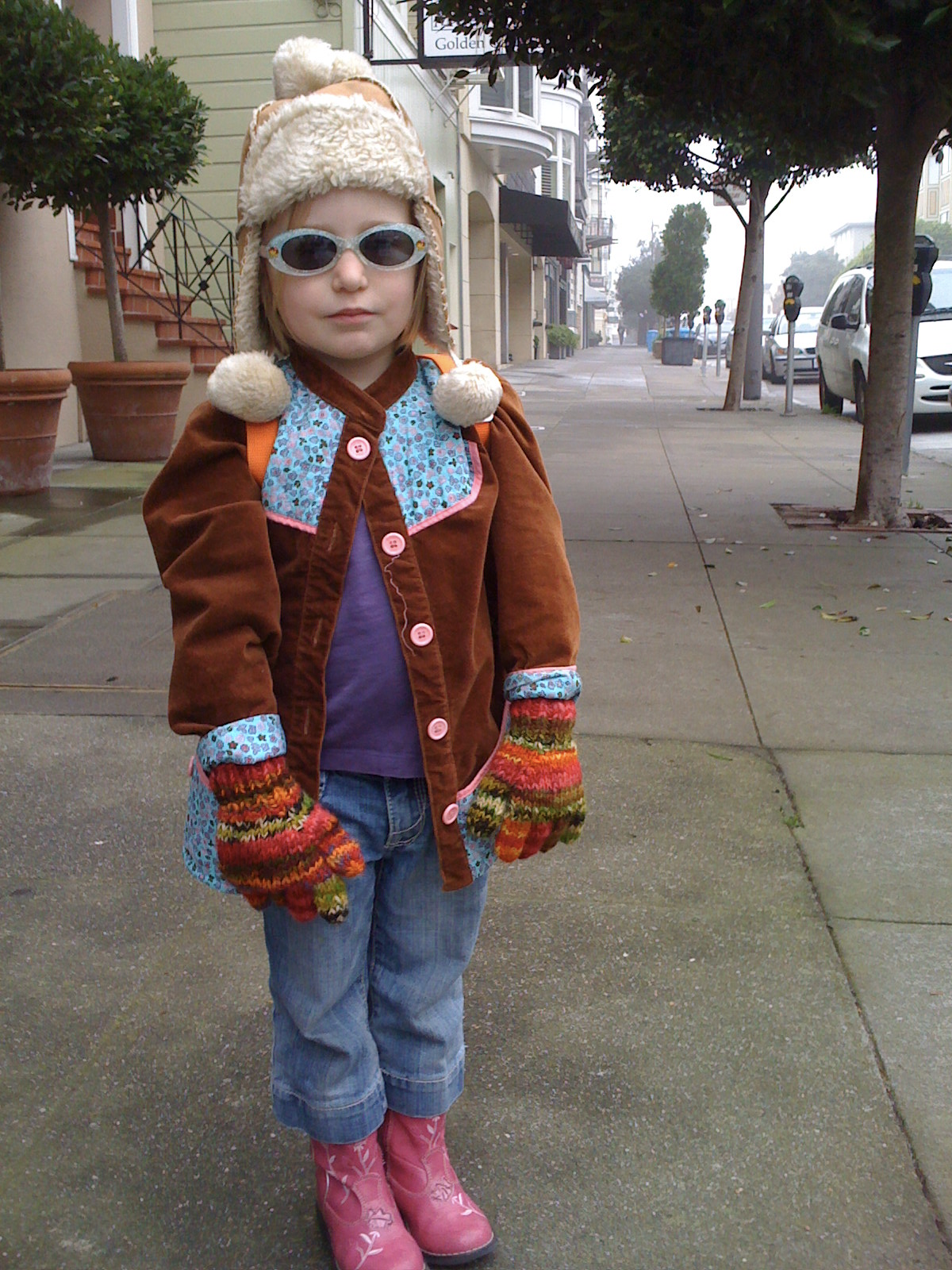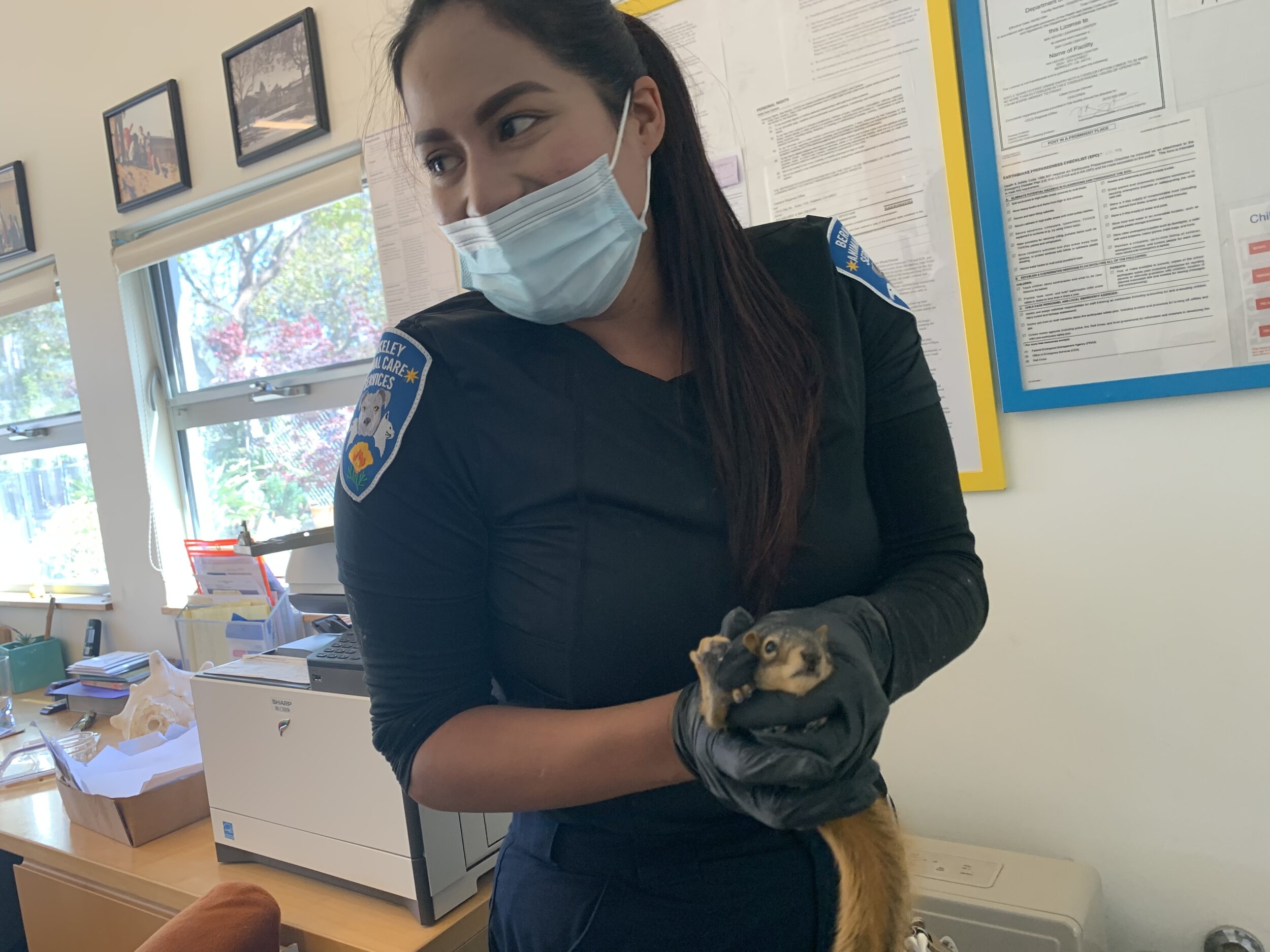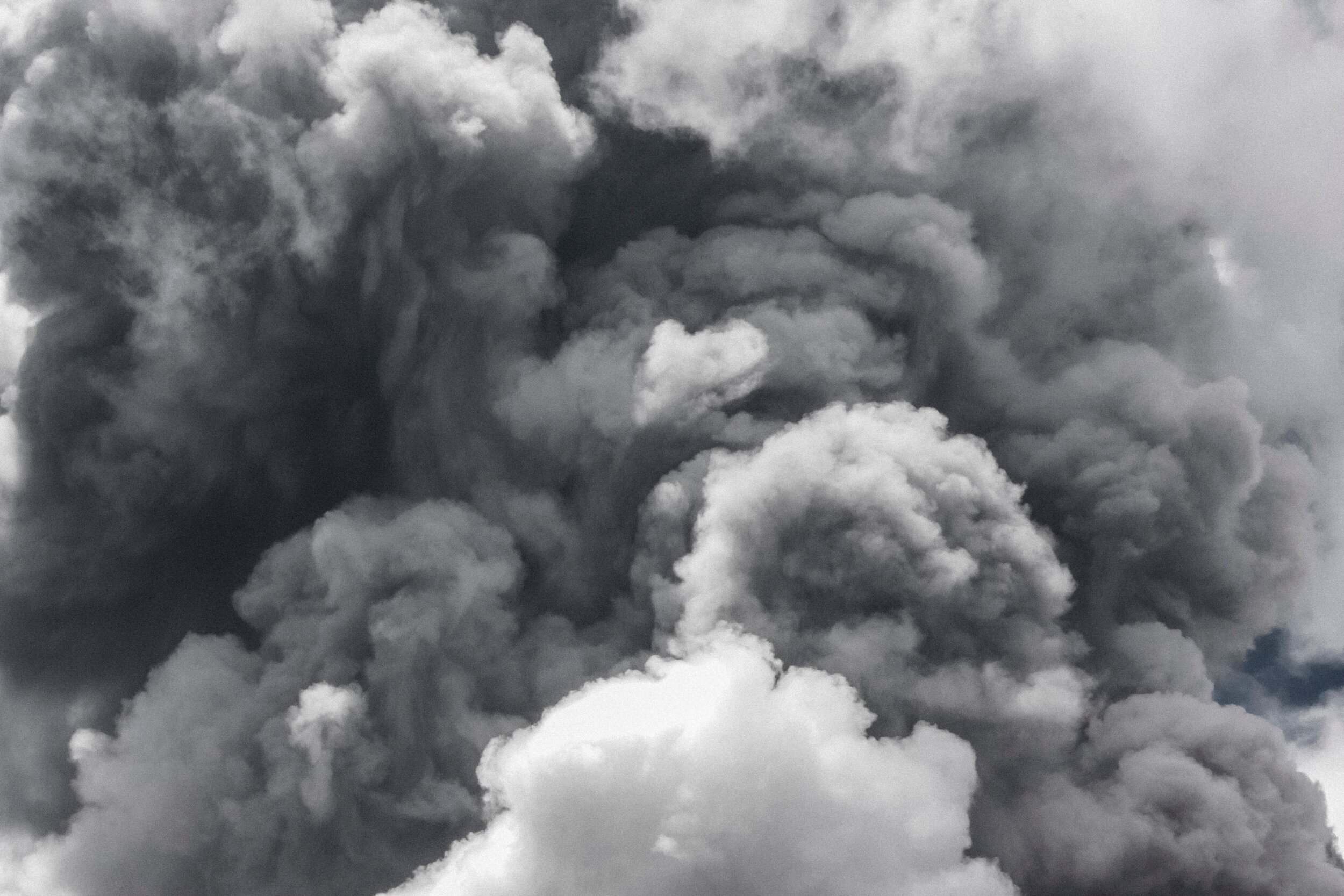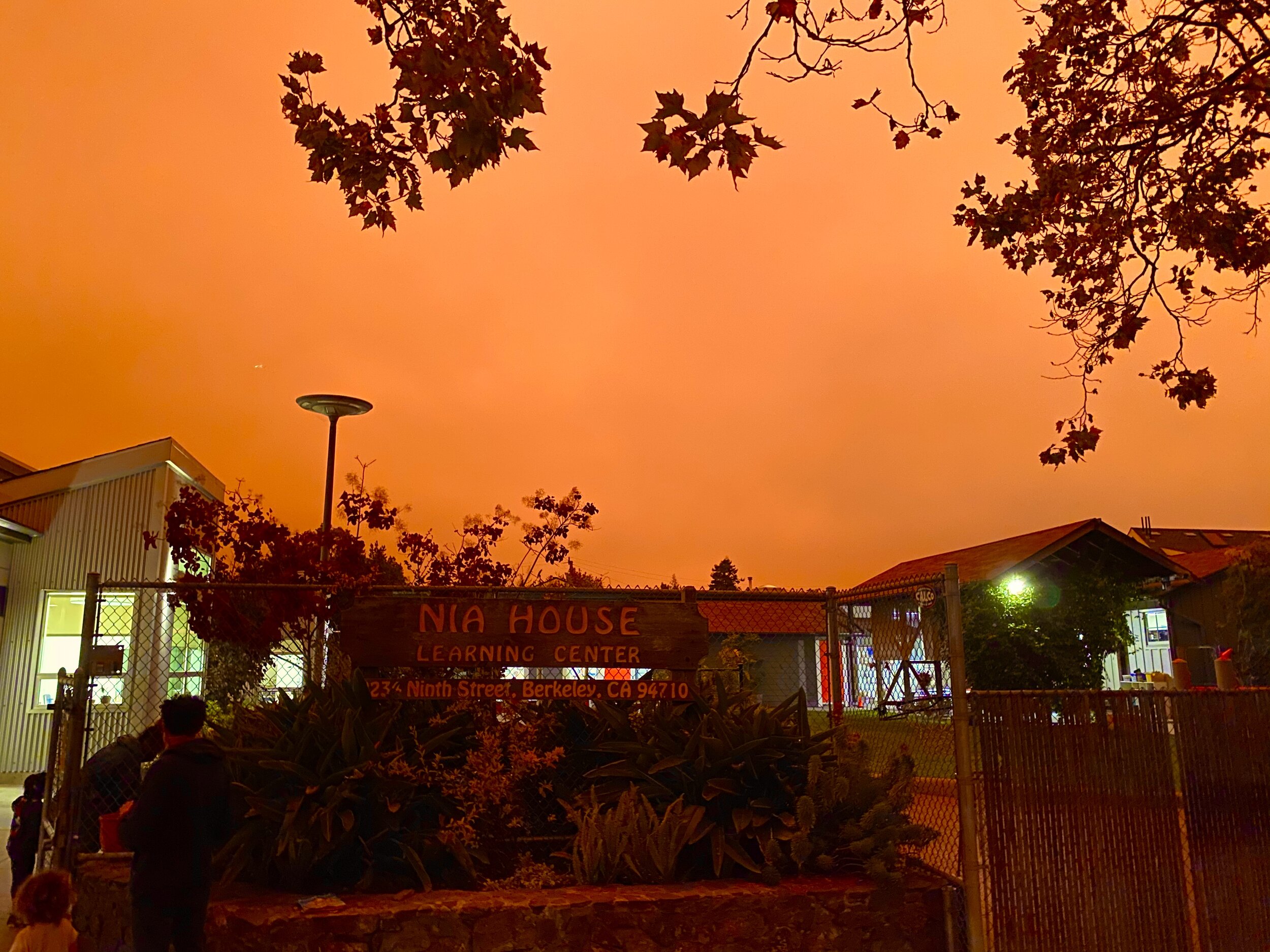September Back to School Slideshow
Rock Your Routines: 5 Key Strategies for Back-to-School Success
Back just in time for the start of the school year, this Raising Our Resilience workshop for parents and caregivers is just around the corner… and it's FREE!
Join parent educator Vanessa Callaghan, MEd., on Saturday, September 11th at 10am PST / 1pm EST for her top tips on creating routines where the kids are more MOTIVATED, daily life runs more SMOOTHLY, and everyone gets to enjoy having less POWER STRUGGLES and more EASE during routine tasks.
This FREE training will not only help you get a head start on tackling this year’s unique challenges and transitions, but will also help you build more intimacy, resilience, and trust in your relationships. Thankfully, we don’t have to do this alone!
SPACE IS LIMITED! Save your spot here: https://tinyurl.com/RORrockroutines
**Even if you have to miss it, you’ll still have access to the replay the week after.
What are we learning?
Step-by-step guidance on how to set up routines so that they practically run themselves
How to motivate kids to get out of the house on time and finish bedtime at a reasonable hour
Help finding time in your busy lives for both work and play
Ways to win your children’s cooperation to do more daily chores and follow routines
Tips to have fun while you get more done… as a family team
Plus… learn how to avoid the biggest mistake parents make when establishing new routines!
What is it? A HIGHLY INTERACTIVE WEBINAR with Vanessa Callaghan, MEd. “Rock Your Routines: 5 Key Strategies for Back-to-School Success”
Who is it for? Parents and caregivers seeking back-to-school routines that really work.
When is it? September 11th, 10-11:30am PST / 1-2:30pm EST
Where is it? We’ll be in a virtual Zoom Room- Please be sure to register so Vanessa can send you your Zoom link and handy email reminders.
How do I sign up? REGISTER HERE: https://tinyurl.com/RORrockroutines
*This webinar will be recorded- please register to have access to the replay.
Who is the presenter? Vanessa Callaghan, MEd. is a proven educator known for her refreshingly honest, hands-on, and personal approach. At Raising Our Resilience, she empowers parents struggling with their children's challenging behaviors to find the calm, confidence, and tools they need to build a lifelong relationship with their children based on love, respect, and appreciation. She is the lead coach and course creator of The Family Foundations Immersion, our yearlong academy for parents. Learn more here: https://vanessa-callaghan.mykajabi.com/immersion
This webinar couldn’t come at a better time… with all the changes to navigate in our work and home lives as we head back to school. Hope to see you there!
Slideshow: A Peek into Nia House Lately
FRIENDS FOREVER
It is with joy and celebration that we prepare for to say goodbye to our friends that are ready for their next adventure. Each child pictured below is off to a new school in the fall.
The teachers and staff are so honored to have witnessed and participated in the growth of each Nia House child. These early formative years are magical! We are so proud of these children.
ANTI-BIAS EDUCATION IN EARLY YEARS
The Nia House parent community joined last night for a screening of Reflecting on Anti-bias Education in Action: The Early Years, a film by Debbie LeeKeenan, John Nimm, and Filiz Efe McKinney.
Parents are children’s first teachers.
The Nia House teachers and staff join in community with children and parents to work together toward the following goals.
ANTI-BIAS EDUCATION GOALS
The film is organized around the 4 goals of anti-bias education. (Derman-Sparks, Edwards, & Goins, 2020, pp.15-17):
1 Identity
Demonstrate self-awareness, confidence, family pride, and positive social identities.
2 Diversity
Express comfort and joy with human diversity; accurate language for human differences; and deep, caring human connections.
3 Justice
Recognize unfairness, have language to describe unfairness, and understand that unfairness hurts.
4 Action
Demonstrate empowerment and the skills to act, with others or alone, against prejudice and/or discrimination.
Derman-Sparks, D. & Edwards, J.O, with Goins, C. (2020). Anti-Bias Education for Young Children and Ourselves, (2nd ed). NAEYC.
RESOURCES:
How to Talk to Your Toddler About Race, Beverly Daniel Tatum
When are Kids Old Enough to Talk About Race?, Greater Good Science Network
Five Ways to Reduce Racial Bias in Your Children, Greater Good Science Network
Parent, Family and Caregiver Resources, Anti-Bias Education: Broad selection of tools and strategies in diverse areas (gender, ability, race, language…)
What is Identity Development?, Debbie LeeKeenan
3 Keys to Navigating Tantrums with Confidence
An Interactive Workshop with Vanessa Callaghan, MEd.
RESERVE YOUR SEAT… Space is limited!
Parents, you really don't have to do it all alone!
Register for this free, interactive virtual workshop with Vanessa Callaghan where you'll learn the steps and strategies it takes to navigate meltdowns, tantrums, and power struggles with more ease and confidence, and to coach your child to be more emotionally resilient.
You’ll experience how to...
Coach your child through their big emotions
Teach your child self-regulation tools
Keep you cool during tough moments
Avoid the #1 mistake parents make during tough, emotional parenting moments
...all while staying calm, kind, and connected.
What is it? A highly interactive VIRTUAL WORKSHOP with Vanessa Callaghan, MEd. “3 Keys to Navigating Meltdowns, Tantrums, and Power Struggles with CALM + CONFIDENCE”
Who is it for? Nia House parents and their friends seeking tools and strategies to navigate meltdowns, tantrums, and power struggles with more ease and confidence and to coach your child to be more emotionally resilient.
When is it? Wednesday, May 5th, 7-8:30pm
Where is it? We’ll be in a virtual Zoom Room- Please be sure to register so Vanessa can send you our Zoom link and handy email reminders.
How do I sign up? REGISTER HERE and remember to invite your friends
About the presenter: Vanessa Callaghan, MEd. is a proven educator known for her refreshingly honest, hands-on, and personal approach. She empowers parents struggling with their children's challenging behaviors to find the calm, confidence, and tools they need to build lifelong relationships based on love, respect, and appreciation. You can learn more about Vanessa, her yearlong Parent Immersion, and are invited to join her free parent Facebook Group where she shares her top tips in weekly trainings.
Nia House Loves Me, Get Your Nia House Tshirts!
Did you know Nia House has t-shirts?! We do!
“Nia House Loves Me” children’s shirts come in green and purple, toddler through big kid sizes! Modeled above on Soul & Ololade (left).
Adults, don’t feel left out. We’ve got you covered. Check out the Nia House logo t-shirt modeled by Frances and Mateo (right). The light grey is a very narrow (female?) style tshirt (Kerstin from the office wears a large, though in most clothing, she goes for a small). The charcoal is a wider more traditional tshirt (Stacey from the office rocks a medium of this cut). They are very soft and stylish.
Short sleeve season is around the corner.
Get your tshirt in the office for $20. Email stacey@niahouse.org to give a heads up that you are coming by and what you are looking for so we can be ready.
The Asian American Book List that Went Viral
Xiaole Ni, Isaac’s mom and Nia House Board Member wrote this wonderful blog that went viral! Thank you, Xiaole, for sharing your love of books and your passion for a world that holds more justice, compassion, and understanding of one another’s lived experiences.
“Following the shootings in Atlanta, a heartfelt post by a Chinese American mother on the social media site WeChat went viral, being shared almost 100,000 times in 4 days. It contained no sensational crime or depressing statistics, but instead a simple reading list, including books for all ages that highlight stories and experiences beyond the stereotypical conception of the Asian American experience. In going viral, it showed the deep hunger that even Asian Americans feel in understanding their identity and history. Originally posted in mandarin, the article and reading list has now been translated into English, and is an incredible resource to people of all races who want to understand what it means to be Asian in America today.”
By: Xiaole Ni
Translation and Editing By: Jing Yao, Ning, Qing Ren, Lin Liu, Qing Zhao, Zack Van Brunt
Discrimination and violence against Asians in the country have been on the rise since the pandemic began in early 2020. Last year, we told our families and friends outside of the United States that we were fighting the pandemic by wearing masks and abiding by the health guidelines, and everything would be fine. This year, while concerns over COVID-19 lessen, many feel powerless fighting a different enemy: a wave of anti-Asian hate and discrimination that threatens our safety.
Crime statistics do not capture all that is happening. More and more we hear of passers-by who spit and swear at Asians, and we have learned to shrug it off, and told ourselves that none of this causes physical harm. In the past year, it truly feels like things have escalated, even if you haven’t heard about it on the news. In March of last year, a father and son were killed in Midland, TX, and “the suspect indicated that he stabbed the family because he thought the family was Chinese, and infecting people with the coronavirus.” In February of this year a man in San Francisco was slashed with a knife as a mob hurled racist insults at him on a public street, all captured on video. And last week, when six of eight victims of the brutal spa killing in Atlanta were Asian, it seemed that the media finally turned its attention to what has been going on. We cannot remain silent and keep our anger inside anymore.
Because I’m concerned about racial justice, I have deliberately read and collected books about Asians in the United States. When a teacher at my kid’s school mentioned to me about writing a letter in support of the Asian American and Pacific Islander community, I proposed that I could make a book list for children.
After the murder of George Floyd last year, we saw a lot of book lists about anti-racism and the history of African Americans. They helped many people, including me, to deepen understanding of the African American community. However, a similar book list for Asian American is rarely seen.
I’m happy to share my book list now, so that families from all cultural backgrounds can take this opportunity to learn more about the history and culture of Asian immigrants in the United States.
The book list, contained below, is divided into two parts: One book list for children, and one for adults. Please note that:
The book list mainly focuses on the history, life experience and feelings of Asians living in the United States, especially those coming from East Asia. This is for two reasons. First, we have learned that many East Asians look indistinguishable to people in the west. Second, I am myself Chinese, and the list comes from what I know and is authentic to my experience.
There are many excellent picture books about broader Chinese history or cultural stories, but I’m not including those here. There are similarly a lot of books on Asian American topics, and it is impossible to present all of them here. I have listed the ones that I feel comfortable recommending based on my experience and what I’ve read. I am aware of the lack of fiction and poetry books in this list. There are so many great ones, and they are mostly on my to-read list.
This list skews towards authors who are alive today. These are not musty old books. Many of the authors listed are activists on Asian civil rights, and you can find them on various social media platforms. I recommend that everyone interested in these topics subscribe to their updates and continue to follow the Asian civil rights movement.
Part 1: Children’s Book List
Children's books are more about general life experiences and feelings than those for adults, but I find that the best children’s books resonate with everyone.
1. Grandfather's Journey, by Allen Say
Allen Say is a Japanese American writer and illustrator. His mother was born in the United States to Japanese parents, and his father was a Korean orphan who had been adopted by a British citizen and grew up in Shanghai, China. Most of his works are related to his own and his family’s experience. This book, which won the Caldecott Medal, tells of his grandfather’s journey split between Japan and the United States, and his grandfather’s search for belonging and connections with both countries. I held this book to my chest after finishing it, triggering complicated emotions that took a long time to calm down.
2. I Dream of Popo, by Livia Blackburne
Author Livia Blackburne was a neuroscience researcher at MIT. She switched to writing full-time and creates books for children and youth. As a second-generation Taiwanese immigrant, Livia tells a true story of her own in this book with beautiful language. She spent her childhood with her Popo (grandmother) in Taipei. The two of them grew apart since Livia moved to the US, and Popo eventually passed away. I finished this book standing in a bookstore, tears rolling down my cheeks while I repeatedly read out the word “Popo.” This picture book brings comfort to all of us who did not get to say a proper goodbye to elderly family members because of moving to the US.
3. Eyes that Kiss in the Corners, by Joanna Ho
I love this newly published book. It was written specifically for Asians, especially Asian girls with almond-shaped eyes, who are still made aware every time they open a fashion magazine that they do not fit a western conception of beauty. The book's author, Joanna Ho, is a Chinese immigrant who teaches at a high school in the Bay Area and also creates children's books. I thought of the daughters of my friends when I saw this book. Hopefully, they will get to read this book when they go to school and start pondering the implications of mainstream aesthetics. I am also looking forward to Joanna Ho's next book, which will be the story of Yo-Yo Ma.
4. Where the Mountain Meets the Moon, by Grace Lin
If I’m asked to recommend only one children’s book author rooted in Chinese culture, I would recommend Grace Lin, a very productive writer and illustrator. Her motivation is to let Asian kids see themselves and to accept themselves the way they are. Her books also became a channel for more readers to see and accept Asian kids. This book is one of her most noted books, and has won many awards. It’s about a fantasy adventure of a girl inspired by Chinese folklore. In a Ted Talk, she mentioned that when she reads this book in schools, many kids tell her they felt like they are the protagonist Minli.
5. The House Baba Built, by Ed Young
Ed Young is probably the most famous illustrator from an older generation of Chinese immigrants, publishing his first book in 1962. Since then, he’s won countless awards for his books including the Caldecott Medal in 1990. His illustrations have strong Chinese traditional styles, and his stories often originate from Chinese folklore, languages, and aesthetics. The House Baba Built is an illustrated memoir, telling the author’s family history of war, childhood, love, and loss through the events that took place in the house his Baba (father) built in Shanghai.
6. American Born Chinese, by Gene Luen Yang
A graphic novel with a straightforward title. The author, Gene Luen Yang, is a Chinese American cartoonist who used to be a science teacher in a high school in Oakland, CA. This cartoonish graphic novel interweaves stories about the Monkey King of Chinese mythology, a first generation immigrant, and a white American boy and his strangely-stereotypical Chinese cousin.
7. Paper Son: The Inspiring Story of Tyrus Wong, Immigrant and Artist, by Julie Leung
“Paper Son” is the name given to those Chinese children who immigrated to the United States with documentation which stated that they were blood relatives to Chinese Americans. The illustrated book Paper Son tells the true story of one such immigrant, the Chinese painter, calligrapher, and Hollywood film artist Tyrus Wong (黄齐耀). He immigrated to the United States through Angel Island in San Francisco when he was only 10 years old, where he was kept in solitary confinement for nearly a month, separated from his father. Against all obstacles he became the rare Asian artist working at Disney in the 1930s and 40s, where among other work he was the lead production illustrator for Bambi, drawing beautiful backgrounds inspired by Song Dynasty landscape paintings. His contribution to many cartoons were largely unknown by the public at the time. It was not until much later in the 20th century that Wong started to receive recognition for his talents and contributions. He died in 2016 at the age of 106.
Bonus Reading:
There are several books bearing the same title, “Paper Son.” Some of them are children’s illustrated books, some for young adults, and some are novels for adults. They all tell stories about different people with the same history as “paper son” immigrants. If you’re interested in the history of that particular generation of Chinese immigrants, these stories are a great place to start.
8. The Best We Could Do, by Thi Bui
This is an illustrated memoir, full of emotion, of the long journey of a Vietnamese family who immigrated to American as refugees in the 1970s, fleeing civil war. The author, Thi Bui,has published a number of illustrated novels about Asian immigrants. She herself is an advocate for Asian rights, and is a great follow on social media. As a Chinese American, this book was eye-opening to me and made me appreciate how diverse the immigration experiences are within the Asian American community, and the distinct journeys of Vietnamese Americans.
9. Inside Out and Back Again, by Thanhhà Lại
Similar with The Best We Could Do, Inside Out and Back Again is an award-winning novel based on the author, Thanhhà Lại’s personal experience. It’s a story about a girl’s loss, healing, hope and growth as she flees Vietnam with her family to dwell in a new country. This story has inspired many people who have shared the experience of leaving their homeland to survive in the United States.
10. Front Desk, by Kelly Yang
Front Desk is the winner of the 2019 Asian Pacific American Award for Children's Literature. It's written by Kelly Yang, who is an active advocate on social media. This story, based on the author’s own experience, illustrates a Chinese immigrant family’s hardship and resilience when they move to the US, from a young girl’s perspective. The top review on Amazon for this book tells a lot:
“One reason why I loved this book was learning about the Tangs’ hardships. I think that this book can open the eyes of many people to how immigrating is hard and painful to many. When I learned about what the Tangs went through, I thought about what it must have been like for everyone else like them. More people need to know about these people and what they go through, and how they make America a great and stronger country.”
11. They Called Us Enemy, by George Takei
They Called Us Enemy is a memoir from Japanese American actor George Takei, famous for playing Sulu on the original Star Trek. This book talks about how the American government sent 120,000 Japanese Americans to concentration camps during WWII. These American citizens had their property and family stripped away by their own government, as they were sent to isolated camps to live in dismal conditions far from their homes. George spent his childhood in such a camp. As an adult, he has worked hard to pursue justice for the people affected, pushing the U.S. government for apologies and compensation. This is history for all Americans to know, not only Japanese or Asian Americans.
12. The Arrival, by Shaun Tan
Unlike the rest of the books on this list, The Arrival is not written directly for or about Asian Americans. But this illustrated book strikes the chords of all hearts far away from home. The author, Shaun Tan, is a second-generation Chinese immigrant in Australia. He is married to a Finnish woman, and he is the son of a Malaysian Chinese father and an Irish immigrant mother. This entangled and complicated family background has created a unique focus on outsiders and cross-cultural issues in his works.
13. Awesome Asian Americans: 20 Stars Who Made America Amazing, by Phil Amara and Oliver Chin
14. Asian Americans Who Inspire Us, by Analiza Quiroz Wolf
15. Queen of Physics, by Teresa Robeson
16. Maya Lin, by Jeanne Walker Harvey
These four picture books share the commonality of telling the stories of outstanding Asian Americans to children. Kids everywhere can see themselves in these Asian role models.
Part 2: Adults’ Book List
Nonfiction that Focuses on Asian Experiences:
1. Third Culture Kids, by Ruth E. Van Reken , Michael V. Pollock , and David C. Pollock
This book is important to me personally, and I want to talk about why.
I wonder if any other immigrants share this similar feeling: The longer I live in the U.S., the more homesick I feel, but the harder it is to search for the home in my memory. Like many immigrants, I moved frequently when I first arrived, and never really felt like I had a hometown here. I would meet other immigrants and share a bond with them, but then they’re moving a lot too, and the relationships do not last. At times I feel alienated, like I do not belong here. Then when Trump became president, this feeling grew stronger and stronger with his anti-immigrant rhetoric.
I once shared my feelings with my husband’s colleagues, who are twin sisters from a mixed-race family, born and raised in Jamaica and then immigrated to the US. I opened my heart and told them I wish I could feel like I have a home. They immediately recommended the book "Third Culture Kids".
Third culture kids live in a culture that is different from their parents' culture or the culture of their original nationality, and feel like they are part of neither culture and yet both cultures. Since I moved from China to the United States, where I have spent a significant part of my life, I am a grown-up third culture kid. My Chinese culture is fading while I develop a new cultural identity. I understand how it feels to live in China and live in the U.S., but my friends and relatives who are in China do not understand what I go through living in the U.S., and my U.S. friends do not understand how it feels to be Chinese in this country. This makes me feel lonely, especially when the political relationship between these two countries that I love grows more tense.
The book “Third Culture Kids” helped immensely. Knowing that I am not alone in this journey makes me feel validated. People like me, who celebrate more than one culture, have existed for generations. This book discusses many studies about the unique experiences and the consequent psychological effects of third culture kids and adults. Being a third culture kid is not a lack of identity, it is our identity. This book is on the top of my book list because it was so important to me. It provides a foundation for people like me, who are shaped by different cultures, to put our experiences and feelings in words. I hope this book brings light to your life as it has to mine.
2. Minor Feelings, by Cathy Park Hong
This is an essay collection by Cathy Park Hong, a Korean American poet and writer. These essays illustrate a variety of “minor feelings” experienced by Asian Americans, especially Asian women, due to stereotypes and biases. The topics are excellent, and the narratives beautiful. This essay collection became a hit in 2020, representing Asian women’s experiences and thoughts through the lenses of ethnic and gender identities.
3. Chinatown Pretty, by Andria Lo and Valerie Luu
Elderly Asians have been notably targeted in the current wave of Asian hate crimes. When a video surfaced of an old Chinese lady fighting back with a wooden board, she became a hero in everyone’s heart. I often wonder what kind of challenges the seemingly relaxed and silent seniors in Chinatown have been through.
This book is a collaboration by two young Asian female photographers. Featuring vivid portraits and touching stories of seniors across six Chinatowns, this book challenges our stereotypical image of Chinese elders and allows you to discover the uplifting spirit and uncanny humor of those Chinatown grandmas and grandpas.
4. The Asian American Achievement Paradox, by Jennifer Lee and Min Zhou
5. The Color of Success, by Ellen D. Wu
These two books are quite similar. They are both about how Asian immigrants succeeded, and how they became “model minorities” at the same time. These two books broke lots of stereotypes and provided new perspectives of the model minority myth. They are especially good for Asian parents who are anxious about education policy reforms.
6. Ambitious and Anxious, by Yingyi Ma
The author Yingyi Ma is an associate professor of sociology at Syracuse University. This is a rare book about Chinese students who came to the U.S. in recent years for higher education: their lives here, their successes and losses, their ambitions and anxieties. The COVID-19 pandemic, which spread in the U.S. right after this book was published, took away many Chinese students’ path to higher education in the U.S. Maybe eventually, this book will be not only a sociology study, but a record with historical value.
7. The Souls of Yellow Folk: Essays, by Wesley Yang
A few essays in this book from Wesley Yang are the best I’ve seen about Asian males’ experience in the United States. It’s a very good reference if you want to learn more about that little-discussed experience.
8. Eat a Peach: A Memoir, by David Chung and Gabe Ulla
This book is a memoir by the Korean American chef and founder of Momofuku, David Chung. It’s a book about how he created his business across restaurants, publishing, and entertainment in an American restaurant industry dominated by white people. In this book, he discusses not only his career, but also about being an Asian man, an underdog who disobeyed family expectations and struggled with depression and suicidal intentions, and his transformation into a dad who accepts himself, loves and accepts being loved.
There are several similar memoirs from prominent Asian Americans of his generation. Whether Ali Wong, or Jimmy O. Yang, they’ve all talked about the struggles of climbing the social ladder in American mainstream culture as an outsider, while ironically as an outlier not being accepted by their own Asian family.
9. The Fortune Cookie Chronicles, by Jennifer 8. Lee
Fortune cookies are a unique invention of American Chinese restaurants. The author Jennifer 8. Lee is a second generation Chinese American, and grew up in New York. After graduating from Harvard she went to study at Peking University in China, and then came back to the U.S. and worked as a food journalist for the New York Times. She mentions her middle name 8 symbolizes prosperity in Chinese culture. This book tells the story of the creation of fortune cookies, and within it tells the story of Chinese food and how American Chinese food developed. If you are looking for a relaxing book, this is a good choice.
10. All You Can Ever Know, by Nicole Chung
A large group of Asians living in the U.S. are adoptees. They are frequently considered as “the lucky ones,” but the immense self-doubt, struggle, trauma and guilt they deal with are unknown to many. Their identities often intertwine with discrimination, and their Asian appearance may feel foreign to the experiences and cultures they grow up with in their adopted families.
In this memoir, Nicole Chung tells a beautiful story of a journey to understand her identity, reuniting with her family, and healing her wounds when she becomes a mother.
Nonfiction that Focuses on Asian History and Culture Studies:
11. The Making of Asian America, by Erika Lee
12. America for Americans, by Erika Lee
These two books were both written by Erika Lee, a professor of history at the University of Minnesota. Her research specialties include immigration history and Asian Americans.
The first book focuses on the immigration history of Asian immigrants from different countries. The second book is a comprehensive history of perpetuated xenophobia in the United States as a country of immigrants. Early arrivers discriminate against latecomers. Light-skinned immigrants discriminated against those with dark skin. And so on.
13. Ghosts of Gold Mountain, by Gordon H. ChangThis book, about the Chinese workers who arrived in America to build the Transcontinental Railroad, has a dedication page which reads, “For the forgotten.” The author, Gordon H. Chang, is a Stanford professor who specializes in China studies and history, and I thought the book would be an academic piece with a tragic plot. It turned out to be a lively book of stories.
In this book, the author has shown the rich variety of these early Chinese immigrants’ life experiences. At times hated and disrespected, there were also times when they were respected and admired. The group of largely Cantonese immigrants managed to prepare decent food for themselves in the rough terrain of the American west. They made salted fish, soups, herbal teas, and even roasted whole pigs. Their tents were full of soup ladles. It was somewhat comforting reading this. After the Chinese workers finished building the railroad, their accomplishments were briefly acknowledged. However, once their labor was no longer needed, the United States restricted Chinese migrant labor in the latter half of the 19th century, ultimately giving birth to the only law ever made in the United States prohibiting immigration from a specific country or ethnic group, the Chinese Exclusion Act.
14. The Chinese in America, by Iris Chang
This is the third book by Iris Chang, the author of the widely-recognized The Rape of Nanking. On a book tour, the author met with many Chinese Americans from different generations who told her of their experiences, and it inspired her to write this book providing a broad narrative history of Chinese immigration over 150 years. It tells of the Chinese immigrants’ great journey forging an identity in a new land, often against great discrimination, to find success and prosperity.
15. Asian American Dreams, by Helen Zia
Helen Zia is a journalist covering Asian communities for a long time, and an Asian civil rights activist. She is a second-generation Chinese immigrant and was one of the first female graduates of Princeton. She actively participated in the civil rights movement while she was in school. Later she worked as a reporter covering the murder of Vincent Jen Chin in Michigan, a turning point in the Asian civil rights movement. As a lesbian, she has also been actively involved in LGBTQ and feminist movements. This book is largely about the history of social movements among Asian groups in the United States.
16. Driven Out, by Jean Pfaelzer
When you open the cover of the book, you can find the more straightforward Chinese title of the name - "Paihua" (meaning Chinese Exclusion). The author, Jean Pfaelzer, is a professor of English at the University of Delaware, focusing on women and gender studies and Asian studies. This book focuses on the history of Chinese labor from 1848 to 1900. Because of the author’s background, the book reads more like a historical report. Through individual stories, readers can appreciate the contributions of early Chinese immigrants to American infrastructure, in spite of massacres and oppression of their race, and their continuous attempts to fight for a brighter future.
17. The Chinese Must Go: Violence, Exclusion, and the Making of the Alien in America, by Beth Lew-Williams
"Chinese Must Go" is a book by Beth Lew-Williams, a historian of race and migration in the United States. She is Associate Professor of History at Princeton University. I attended a seminar by the author about this book. She described the anti-China violence that broke out across the West Coast of the United States in the 1850s. From California, to Oregon, to Washington State, the government and general public of the United States expelled, oppressed, and even killed Chinese. This book is helpful in understanding the feelings of first generation immigrants from this time, how these experiences took root in Asian American feelings on social issues, and how the feeling that everyone should "bow their heads and behave" came to be passed on within the Asian community.
18. Strangers from a Different Shore: A History of Asian Americans, by Ronald Takaki
A classic on the history of Asian immigrants, published in 1989. The author, Ronald Takaki, received his Ph.D. in history in 1967 from UC Berkeley. He later became a professor of ethnic studies. He established the major of ethnic studies in Berkeley and had a number of students who now continue to strengthen ethnic studies in many academic institutions across the United States. Professor Takaki also promoted teaching the history of Asian immigrants in American K-12 schools. His UC Berkeley obituary stated that “his work has changed the way American history is taught.”
Fiction
Interior Chinatown, by Charles Yu
Interior Chinatown won the 2020 National Book Award for Fiction. Its unique storyline overlays the experiences of new Chinese immigrants with older generations of immigrants. It’s an important reading experience especially in the past year. It highlights the astonishing similarities of the seemingly very different journeys of older and newer immigrants.
This is the only fiction book in this list because of my own limitations, since I myself prefer reading non-fiction. However, I’ve read this novel twice and still keep it at hand. Other fiction on my to-read list includes but is not limited to the following authors: Chang-Rae Lee, Lisa Ko, Min Jin Lee, Viet Thanh Nguyen, and of course, Amy Tan.
Final Thoughts
I strongly recommend a documentary called Asian American from PBS. If you don’t have time to read, this documentary provides a good introduction to Asian American history. The authors of several books mentioned above were interviewed in it.
I’d like to recommend a bookstore at Berkeley called Eastwind Books. This bookstore focuses on selling and publishing minority-related, especially Asian-related books, and has been an organizer within the Bay Area’s Asian community. COVID has hit their business hard. Eastwind Books provides pickup and mailing services, and if you plan to buy the books mentioned above, please consider supporting them and purchase from their website.
Lastly, the rising violence against Asians in America hopefully has one silver lining: while Asians are frequently the “quiet” minority, staying out of the mainstream American news, suddenly people are noticing we exist. I hope we do not waste this moment. The injustices and fights many generations of Asian people have endured should not be ignored or forgotten. I hope we can understand the shared history of Asian Americans, what we’ve been through, where we are today, and where we’re headed.
LEARNING IN THE DIRT
By Amelia Hayward & Maya Lee
When we were younger, we used to spend full days in Golden Gate Park in SF. We used to sit in the sand or dirt and play with sticks and rocks for hours. We have very fond memories of making leaf boats and floating them down a stream or leaving the path to make our own way in the forest. We used to imagine that trees were our houses and piles of leaves were our beds, which gave us independence in our own “homes” or imaginary worlds. We also loved going on mini hikes where we could discover new plants and animals.
We are extremely grateful to our parents for introducing us to the outdoors and letting us explore. It allowed us to be independent and fostered our creativity. It also sparked in us a love for the natural world and a desire to preserve it and the memories that we have with it. With the current state of climate change and global warming, it is now more important than ever that this generation and the next generation spend time with and learn to protect our environment.
Not only is it important to introduce young kids to the outdoors, but in a mostly virtual world during the pandemic, a direct connection with the earth is very important and helpful to their learning. With parents and kids working and schooling together at home, it can sometimes seem difficult to find the time and motivation to get your kids outdoors.
Going for a walk around the block for a quick screen break will help your focus and your child's focus. It can also be as simple as allowing your child to get dirty and explore in a park, or climb a tree, even if it's only for a short amount of time. Studies have shown that getting kids outdoors can allow them to exercise their problem-solving, creativity, and exploration, which are very important aspects of young children’s development.
As teenagers, we can now recognize how the outdoors played a crucial role in our development. Some of our favorite memories are of the hours we would spend in the park as young kids. Now that we see the crisis our environment is facing, we are extremely grateful for the time we spent and still spend in nature. We also recognize how our introduction at a young age to the outdoors has made us passionate about protecting it today.
Below, we have attached a scavenger hunt we made for common Bay Area plants and animals, as well as toddler-friendly Bay Area hikes and parks. We encourage you and your kids to explore the natural beauty of the Bay Area!
Hikes/Locations
Albany Hill
Middle Harbor Shoreline Park
Huckleberry Botanic Regional Preserve
Bay Farm Island
Point Pinole Regional Shoreline
Mount Diablo State Park
Redwood Regional Park
Other Resources
A Brief Guide to Early Scientific Exploration
Wizard’s Brew!
Create a foaming volcano that spews out in whatever color you choose… read on to learn more.
By Rapha Lee and Marina Muñoz Ledo
Being able to explore and figure out a situation on your own—as a kid—can make that activity even more fun. I (Marina) remember doing science activities as a kid, and the fact that there was no parent controlling my every move made me feel more comfortable exploring. I learned to experiment; to try out new ways of doing things. Without the fear of arriving at the wrong conclusion, or of messing up along the way, I built a healthy relationship with science. Instead of a subject that I am forced to do, science has been a source of curiosity, investigation and discovery. At a young age I was able to develop essential skills that I have relied on through my primary, middle and high school science courses. Most important of all, I learned to build my own opinions based on observations.
Conducting fun scientific experiments with your kid is a great way to cultivate curiosity for science and improve observational and inferential skills. It’s all about letting your kid learn and explore in a hands-on, interactive way. Be sure to give your child room to make mistakes and solve them on their own. I (Rapha) went to a preschool where the philosophy was to allow kids to figure everything out on their own. The children, including me, learned how to deal with situations that we wouldn’t have been able to get through as smoothly had the parents swooped in every time we had trouble. Applying this philosophy to science as well will prepare kids to tackle hands-on experiments and deal with their messes quicker and better than they would had their parents carried them through it.
Keeping this in mind, we urge you to give scientific exploration a try. We have included our favorite experiment, Wizard’s Brew, along with a list of other kid-friendly activities below.
Wizard’s Brew -
Ingredients: baking soda, liquid watercolors and/or food coloring (recommended), glitter (optional), dish soap, vinegar, glass jar, a small plastic container, a tray.
Instructions:
Fill the glass jar halfway with vinegar, then add a few drops of your choice of color watercolor/food coloring.
Squeeze in some dish soap, stir, and place the jar on a tray.
Now have your child add in a heaping teaspoon of baking soda, stir again, and watch the foaming begin! (The soap makes it foam rather than fizz.)
To keep the reaction going continue adding baking soda and vinegar when the foam starts to slow.
To make it change colors, add a tablespoon of vinegar mixed with one color of liquid watercolor/food coloring every so often.
Celery Food Coloring Experiment - Learn how plants absorb water https://www.teaching-tiny-tots.com/toddler-science-celery-experiment.html
Dancing Worms - Make gummy worms dance!
https://www.primroseschools.com/blog/science-fun-dancing-gummy-worms/
Rainbow Milk - Explore the world of color with rainbow milk
https://artfulparent.com/awesome-rainbow-milk-science-experiment/
Fashion & Childhood Independence
Allowing your child to dress themselves teaches crucial lessons.
By: zoe sokatch
When I look back at images of myself from preschool and early elementary school I laugh at the ridiculous outfits I concocted. Bright patterned tights, pink cowboy boots, skirts over jeans and dresses over shirts, all accompanied by my blond bob hair cut and a bright smile. My outfits screamed, “look at me” and showcased so many of my budding personality traits. So yes, maybe my outfits attracted too much attention, maybe I tried to dress like a tween in a Disney original, and maybe my choices weren’t so fashionable, but those mix match outfits taught me from an early age to hone my creativity and express myself without shame.
“For children, creativity is as natural as breathing, until they are cultured out of it” says Catherine Davis Hayes a coordinator for the RISD Young Artist Program. This sentiment is true, all of your children have creative ideas and insights that adults and older teens have been “cultured out of”. In order for them to feel confident in those ideas and to share them with the world, they need to learn the art of self expression. One of the easiest ways to foster this expression in children is to give them independence and one of the simplest ways to give your child this independence is to allow them to dress themselves.
Clinical psychologist Dr Rachel Johnson stated in an interview with the Huffington Post that at 4-6 years old children should be able to dress themselves. She went on to say that “all children thrive on being independent” and that even “toddlers enjoy choosing what to wear.”
The Important Lessons:
From my experience in being able to choose what I wore from an early age, I learned three very important things.
1. First, it allowed me to say who I am to the world.
Clothing is a key element in first impressions and a way for people to gain a sense of who you are before even speaking to you. If your child is choosing how they dress, they are also choosing how they want to present to the world. This choice should be theirs and theirs alone.
2. The second it allowed me to do is understand myself better .
If your child has control over their clothing choices it allows time for exploration into what makes them feel good about themselves, happy, and comfortable.
3. The third important thing allowing me to choose my own clothing did was create a sense of trust between me and my parents.
If you allow your child this independence they understand that you trust them to make decisions and to express themselves freely. This tells them that you will always be there to support who they are and who they want to be.
Even if your child wants to wear an outfit that might not be appealing to your aesthetics or sensible or even costume like, encouraging them to style themselves will have a lasting positive impact on their independence and creativity. For more information check the links below.
Huffington Post: What Should Your Child Be Able To Do And At What Age? https://www.huffingtonpost.co.uk/2014/08/14/what-should-your-child-be-able-to-do-and-at-what-age_n_7369008.html
Scholastic: Self Expression in Preschool
Angelibebe Blog: How Fashion Affects Kids
https://www.angelibebe.com/blog/2015/11/how-fashion-affects-kids/
GUTTER BOATS: Bring on the rain!
Get ready for some amazing guest bloggers!
Urban High School of San Francisco partnered with Nia House for a service learning project. These bloggers met with Nia House parents to learn more about our school community and then tailored blogs just for you!
GUTTER RACERS :
environmentally friendly and fun
By Cooper Makhijani and Rylan Waterman
Don’t let those disposable masks go to waste!
Making boats out of found objects is a fun way to introduce reusing materials and “trash.” Teaching kids to reuse waste is a valuable lesson, and will help ensure the planet they grow up on remains beautiful. Gutter racers can be easily made out of recycled materials like plastic bottles, aluminum cans, string, paper, and more. Items can be found around the house and around the neighborhood. This is also a good way to encourage kids to get out of the house.
Gutter boats are a really fun activity for parents and kids to do together. One of my (Ryan) favorite childhood memories was of making gutter boats with my dad. In my situation, my dad taught me basic woodworking skills, and we built a gutter boat using my dad’s toolkit. This experience was super fun, especially because my dad had built gutter boats with his dad as a child, and for me it was a fun and easy way to connect with him. Teaching your kids to make things will instill creativity and an experimental mindset in them.
Plastic bottles and pieces of light driftwood can be used to create a hull for your boat. Straws, and sticks can be used to form a mast, and a cut out piece of a chips bag can be used as a sail. Plastic water bottles can form pontoons, and a pencil with paper on it can be a sail. Experiment and play around with different materials and configurations, try to make a boat that can hold a lot of weight, or one that goes faster. Show your child your ideas and let them show you theirs.
Here is a basic outline you can follow if you want to build a gutter boat
(Try to experiment and get creative with materials):
Find a base of your boat (We recommend pool noodles, water bottles, or other large light items that would float)
Create a small hole where you want the top of your boat to be. It should be the exact size of your mast (Probably the easiest type of mast would be straw)
Feed the straw through the hole in the boat.
Using strong adhesive (Duck tape, hot glue, etc.) secure the straw to the boat.
Get your sail (Paper, old cloth, plastic bags) and tape it to the mast. Alternatively, you can cut two holes in the bottom and top of the sail and feed the straw through.
Remember to grab your boat at the end of the gutter so you don’t end up littering!
NIA HOUSE ANNUAL NEWSLETTER 2020
Get Outdoors Family Style
Here are some fun destinations to get out and enjoy local wonders.
REDWOOD REGIONAL PARK
Find wintering ladybugs: 100s & 100s of ladybugs!!
ALBANY BULB
Chill at the beach, bring your own/borrow a pup, or walk to the tip for amazing industrial art, seesaws, and swings.
NATURAL BRIDGES (Santa Cruz)
Monarch butterflies migrate here. See this amazing natural wonder and enjoy the California Coast.
OAKLAND PUMP TRACK
The Oakland Pump Track is Oakland's first and only dirt pump track located in Oakland's Joaquin Miller Park. All levels of riders welcome.
DIRT WORLD
More dirt biking fun in Richmond, CA.
Where do you like to go?!
Add more to our Family Resource Share Google Drive.
Finding CALM in the CHAOS : Free 6 Day Training for Parents
Parents, do you find yourself losing your cool this back-to-school season? Want more ways to be calm and confident in the moment? Could your children use some new tools and strategies to calm themselves down?
Good news… help is on its way! Vanessa Callaghan, MEd. is offering a FREE online mini-course and you’re invited.
What is this event and when is it?
It's a FREE online training for parents where we meet Monday through Saturday at 2pm, PST, starting October 5th.
We’ll also watch the replay each evening at 8pm in the Raising Our Resilience parent group on Facebook.
Can’t attend live? Go ahead and register to watch the replay videos.
How do I register?
Click this link and enter your information:https://vanessa-callaghan.mykajabi.com/calminchaos
What are we learning?
This course is designed to give you 6 powerful strategies that you can use in the toughest moments with your kids to stay calm, confident, and in control.
You will experience how to:
Hack your nervous system to regulate your stress and navigate big emotions.
Create more connection, trust, and respect in your relationships.
Respond to challenging behaviors with less yelling, giving in, and shutting down.
Did you say prizes?
Be sure to register for your free guide with 6 quick and easy strategies to keep your cool. They are also great daily prizes and a GRAND PRIZE worth $895!
About your presenter:
Vanessa Callaghan, MEd. is a proven educator known for her refreshingly honest, hands-on, and personal approach. She empowers parents struggling with their children's challenging behaviors to find the calm, confidence, and tools they need to build a lifelong relationship with their children based on love, respect, and appreciation.
Baby Squirrel Visitor
Today a 10 week old Fox Squirrel found its way into the office today and got stuck behind the heater! Worry not, Daniela from Berkeley Animal Control came to the rescue. Today we learned that squirrels have long childhoods, relying on maternal care and nursing for 12 weeks. Children from PSS got to watch the squirrel on the yard and were quite surprised to hear that it came into the office!
FREE PARENT WORKSHOP FROM VANESSA CALLAGHAN
Parents, are your kids experiencing big emotions this back-to-school season? Want more ways to help them with outbursts and stay calm yourself?
Good news… help is on its way! Vanessa Callaghan, MEd. is offering her most popular workshop as a FREE online session and you’re invited! What is this event and when is it?
It's a FREE online training for parents on September 26th, 10am-12pm, PST
Can’t attend live? Go ahead and register to watch the replay video.
How do I register?
Click this link and enter your information:https://vanessa-callaghan.mykajabi.com/navigating-meltdowns-webinar What are we learning?
This course is designed to get you ahead of big emotional episodes, so that you can experience less of them and the concern, guilt, or embarrassment that follows.
Learn how to...
COACH your child through their big emotions
TEACH your child self-regulation tools
STAY calm, kind, and connected, even during tough moments
+ How to AVOID the biggest mistake parents make during tough parenting moments!
About your presenter:
Vanessa Callaghan, MEd. is a proven educator known for her refreshingly honest, hands-on, and personal approach. She empowers parents struggling with their children's challenging behaviors to find the calm, confidence, and tools they need to build a lifelong relationship with their children based on love, respect, and appreciation.
STAY INSIDE: SMOKEY AIR & CHILDREN'S HEALTH
Friends-
Here are some resources to make sense of how this air impacts our health, specifically children’s.
We recognize the great gift of having an inside to enter. Our love is with those that are without out homes due to wildfires or homelessness.
3 VIDEOS ON THE IMPACTS OF AIR POLLUTION
What is particulate matter? Where does it come from? How does it impact children and adults?
What does PM2 (and pollution) do to children’s bodies and brains?
EPA/ American Academy of Pediatrics flyer
Why is the sky dark and orange?!
Our very clever teacher, Kendall, did a little research to understand why it is dark and orange out.
This is an unnerving time, for sure, and it is our task as adults to bring calm and meaning to this experience for our children.
So, why is the sky dark and orange?!
Very strong winds are pushing smoke 5000 feet up into the air through a process called “turbulent mixing.” Currently, the air quality in Berkeley is not too smoky because smoke has to be at ground level to make it unhealthy. The sun’s longer wavelength light, the red and orange, is able to push through the smoke particles. The shorter wavelength light, the blue and purple, is filtered out.
The thick smoke is also reflecting sunlight which prevents the temperatures from getting too hot.
